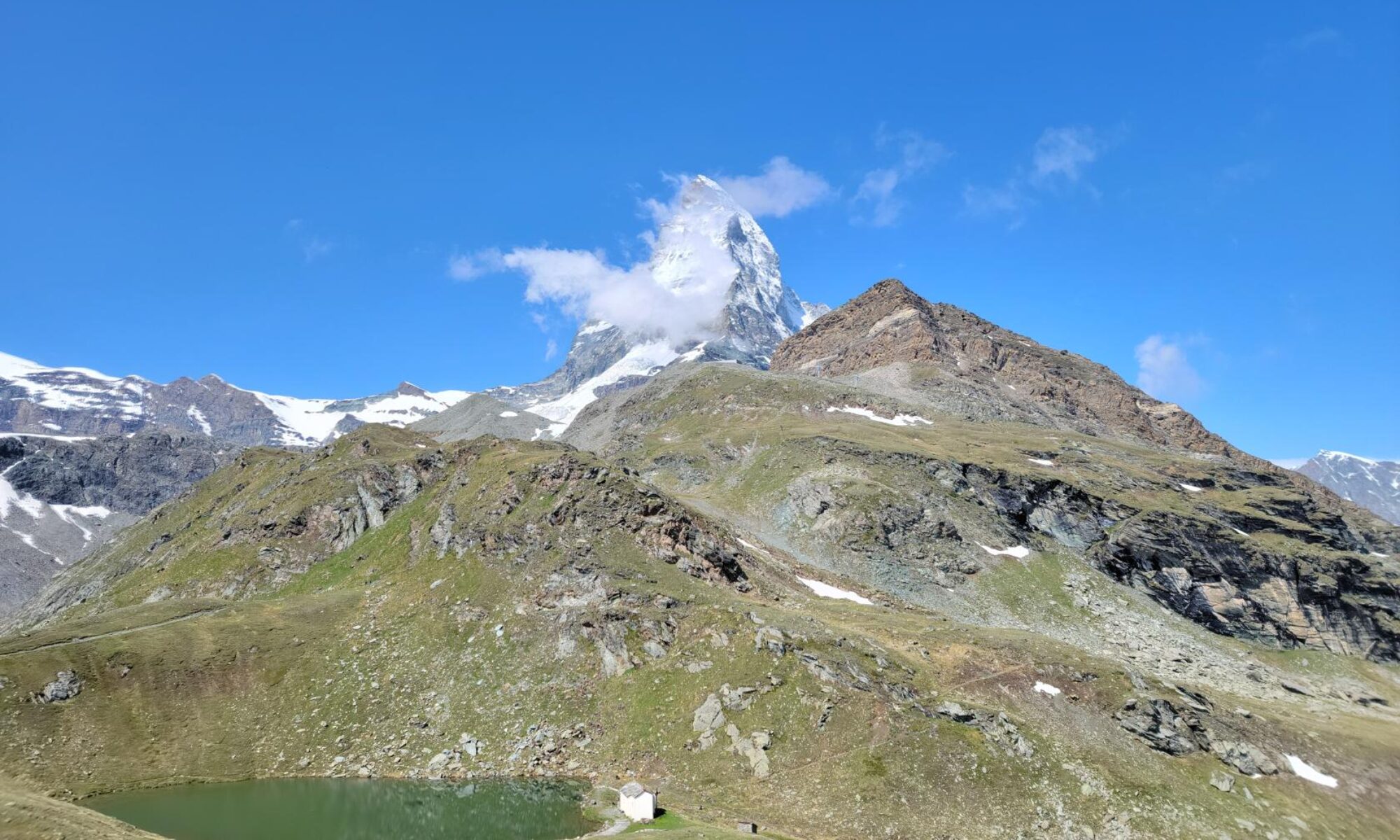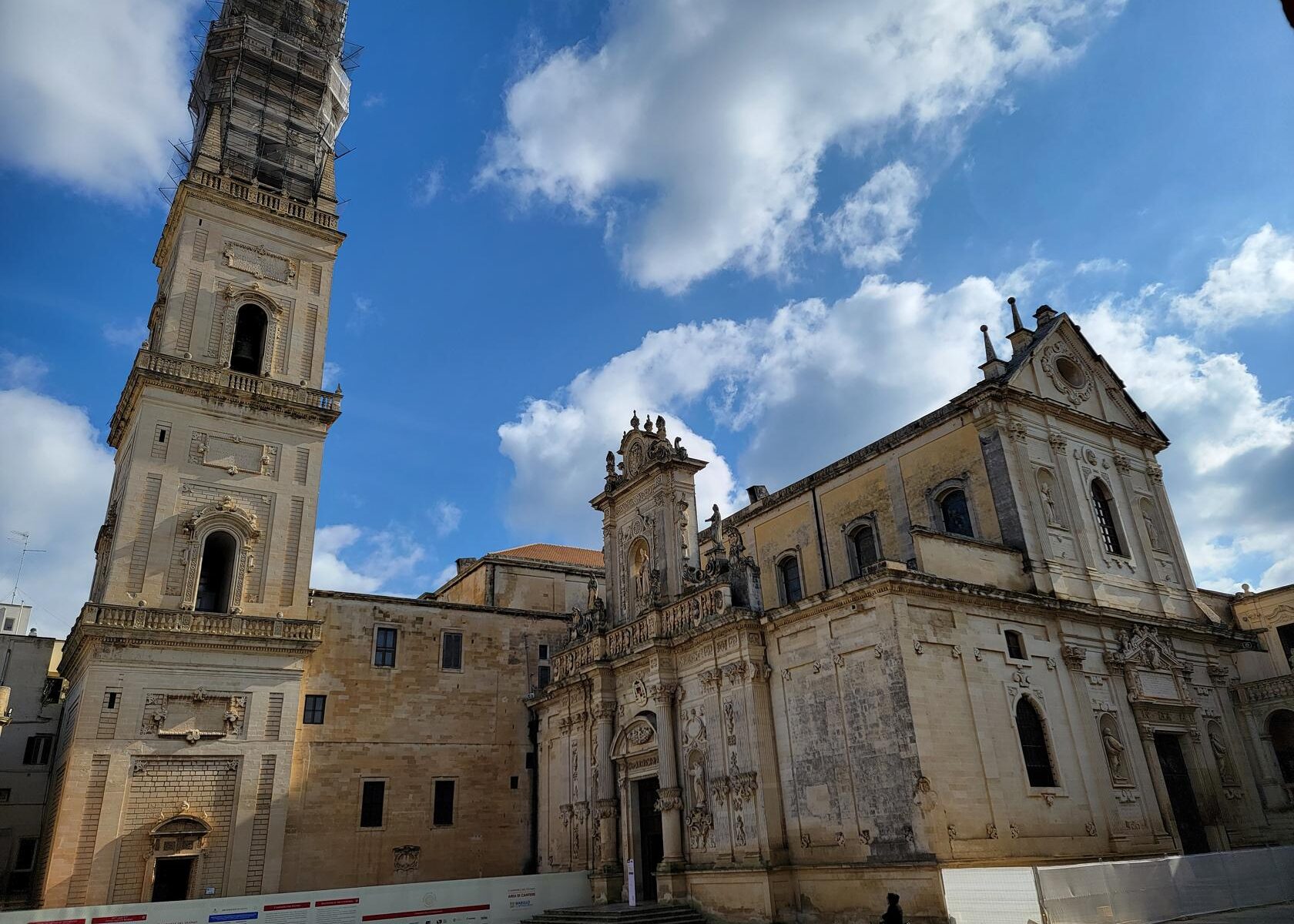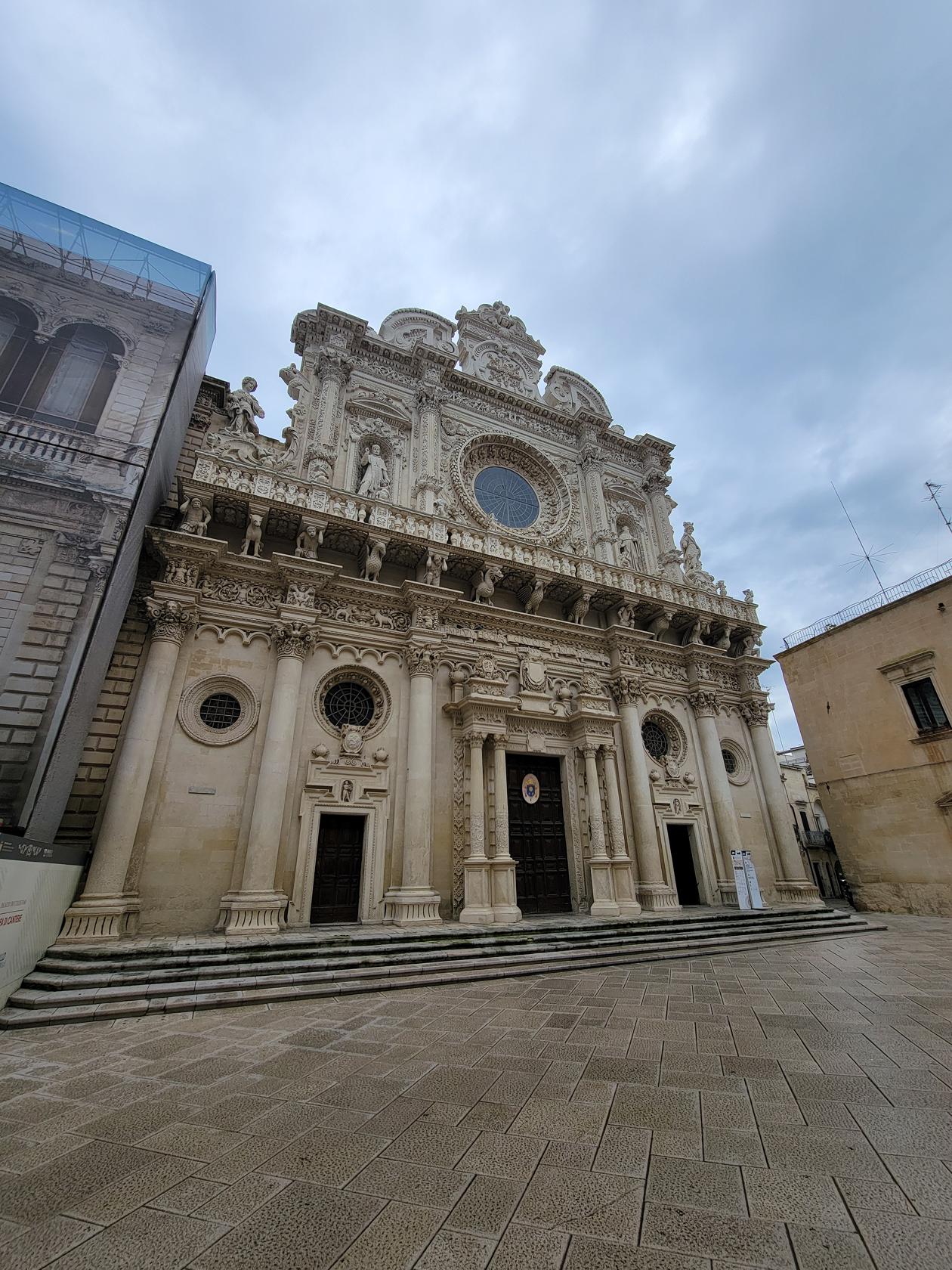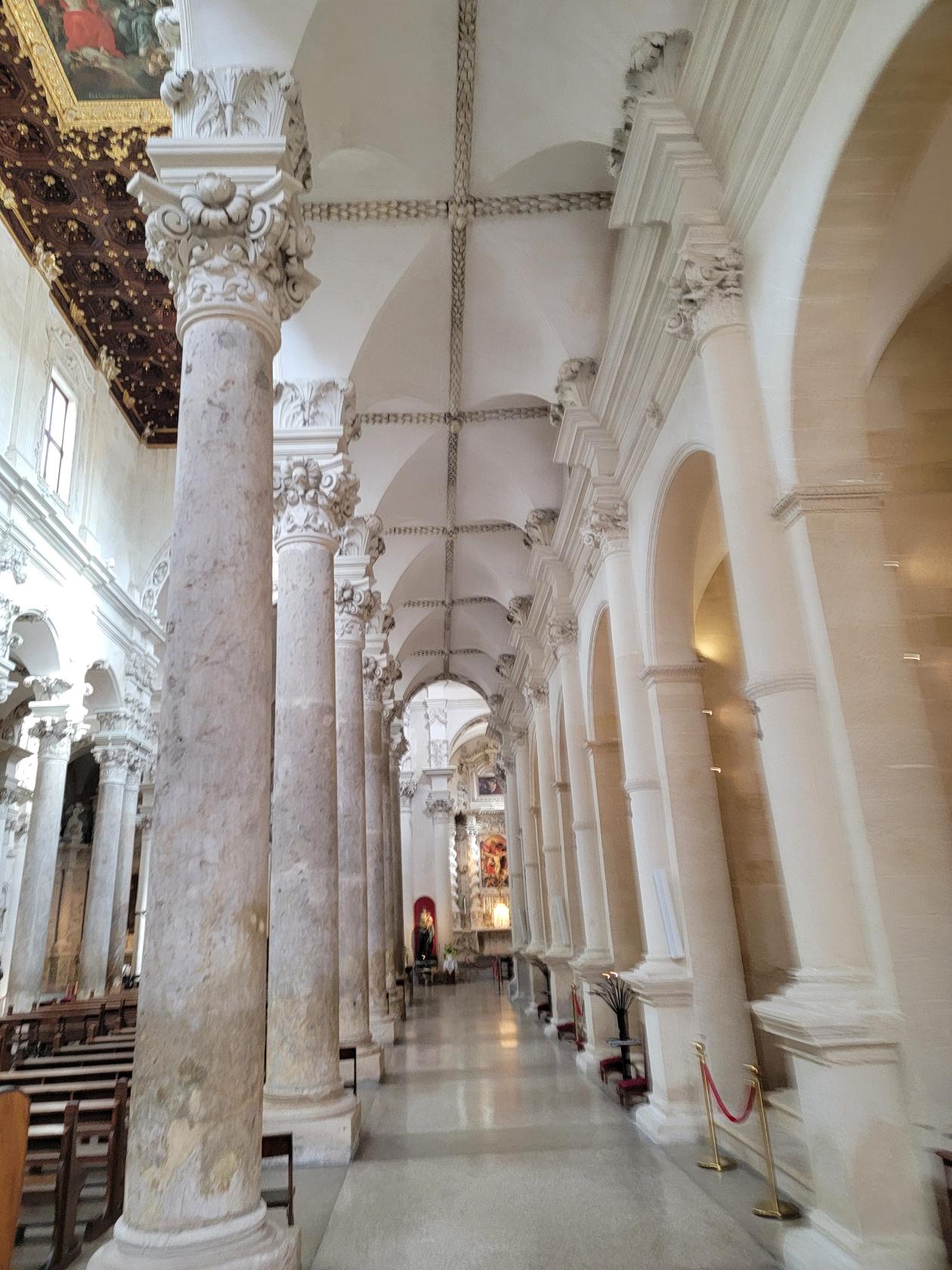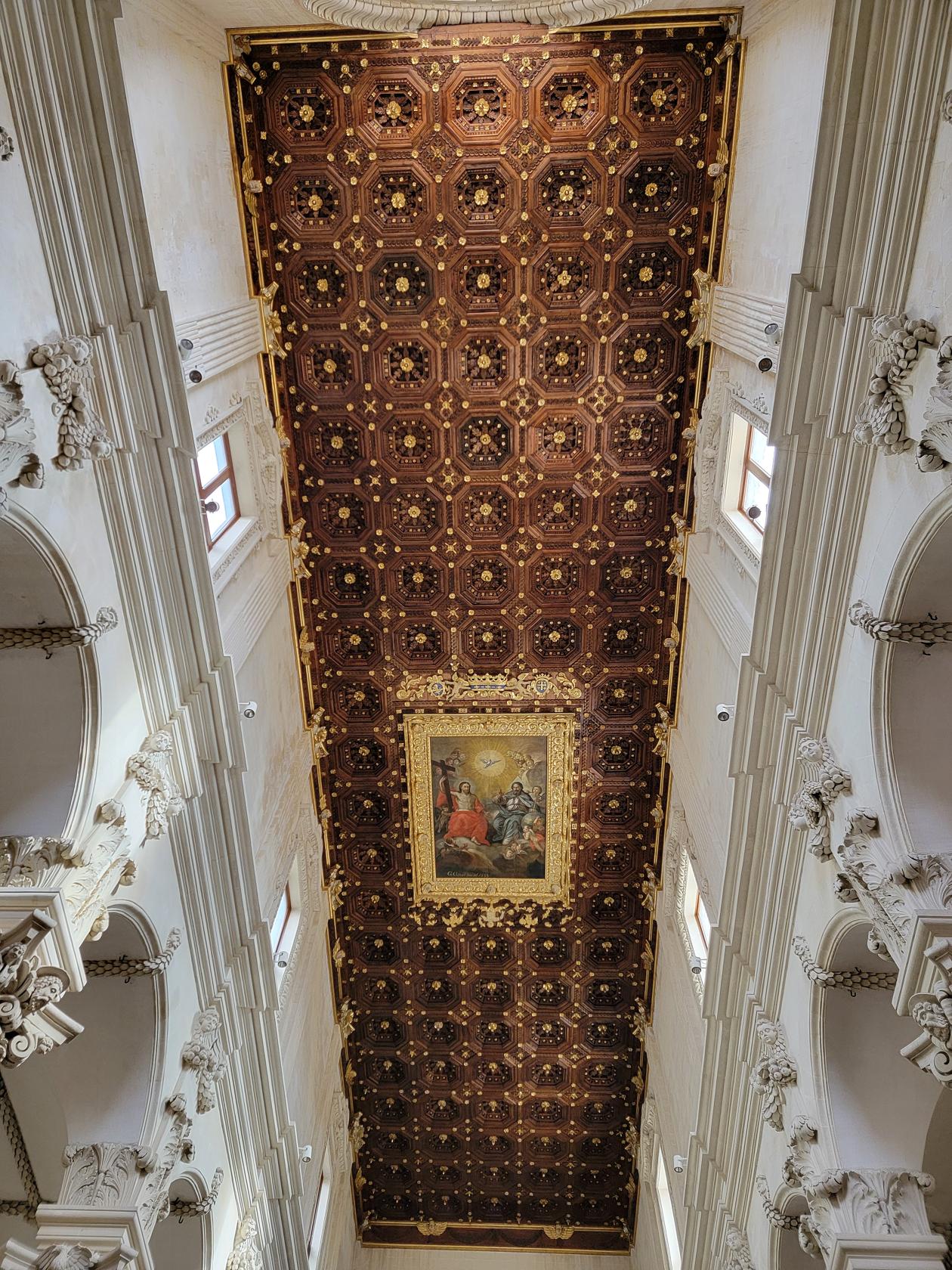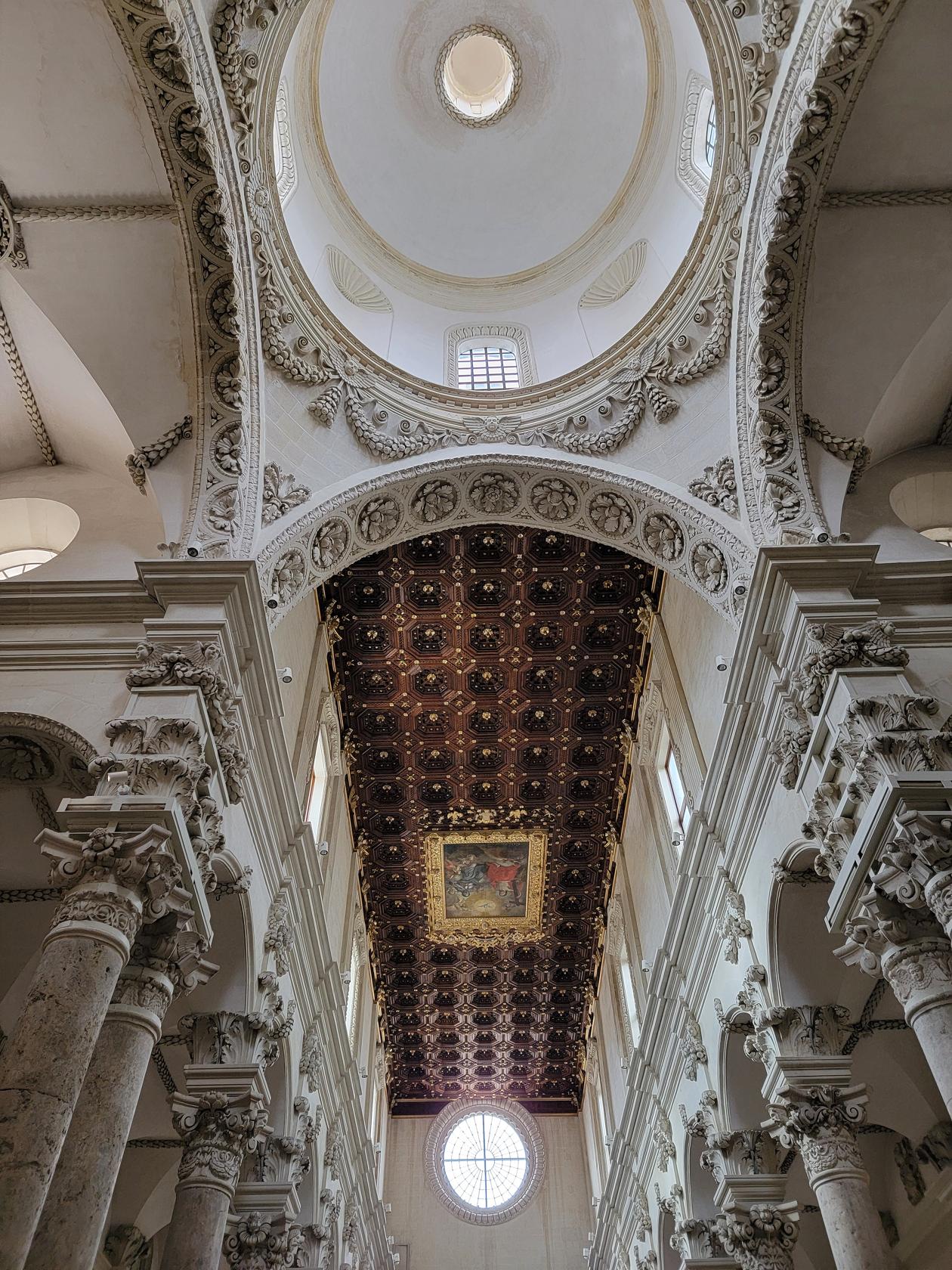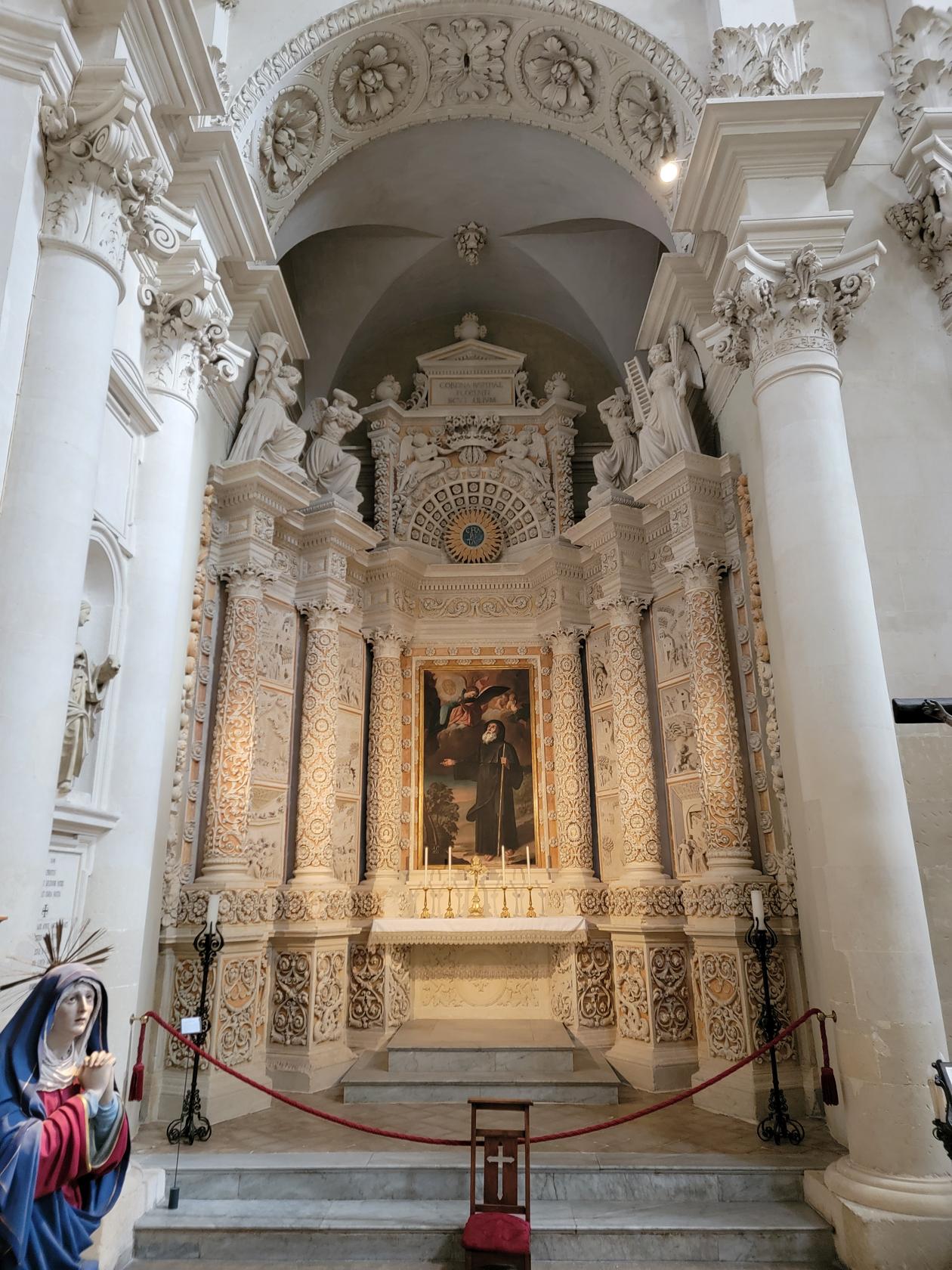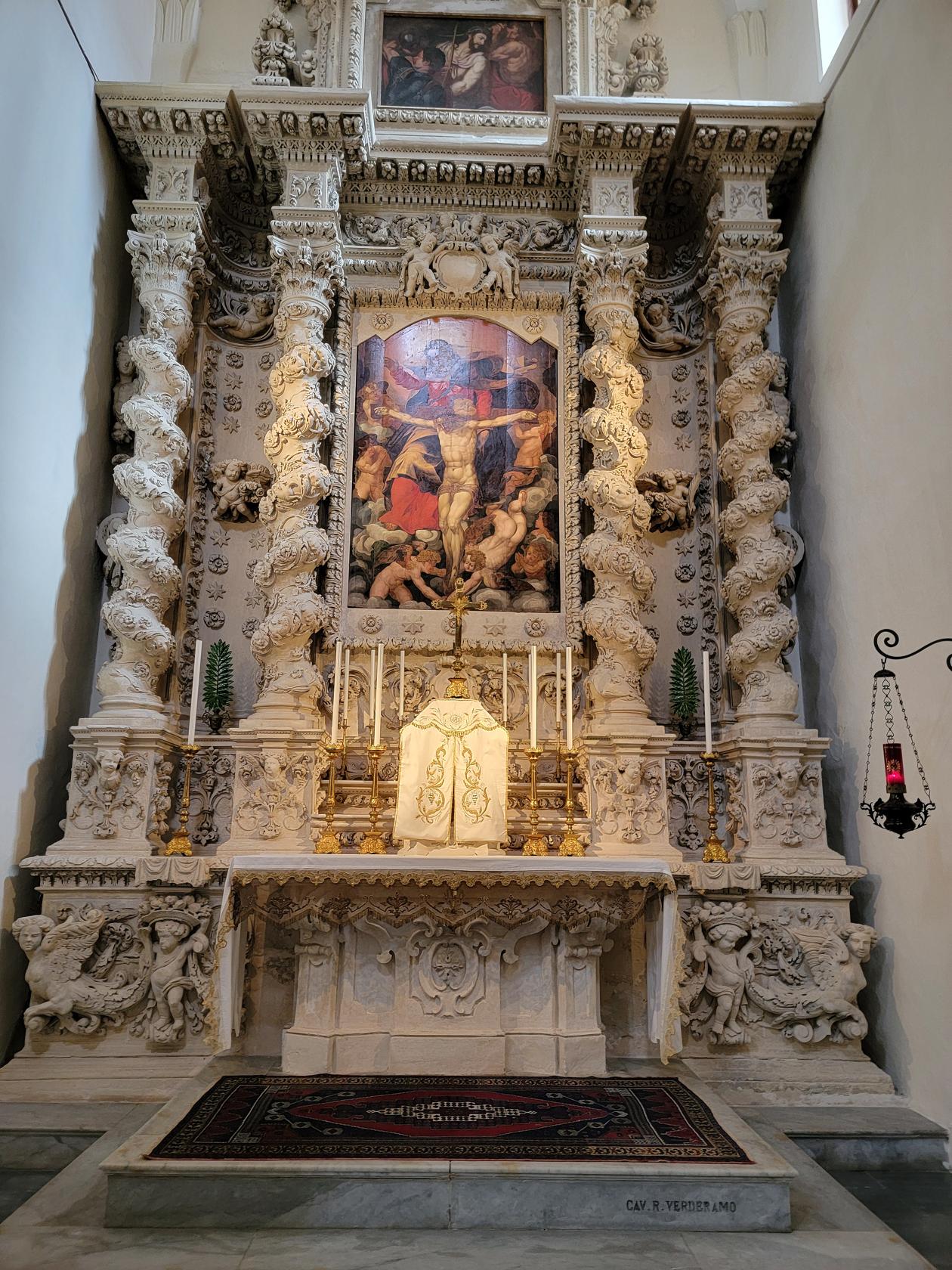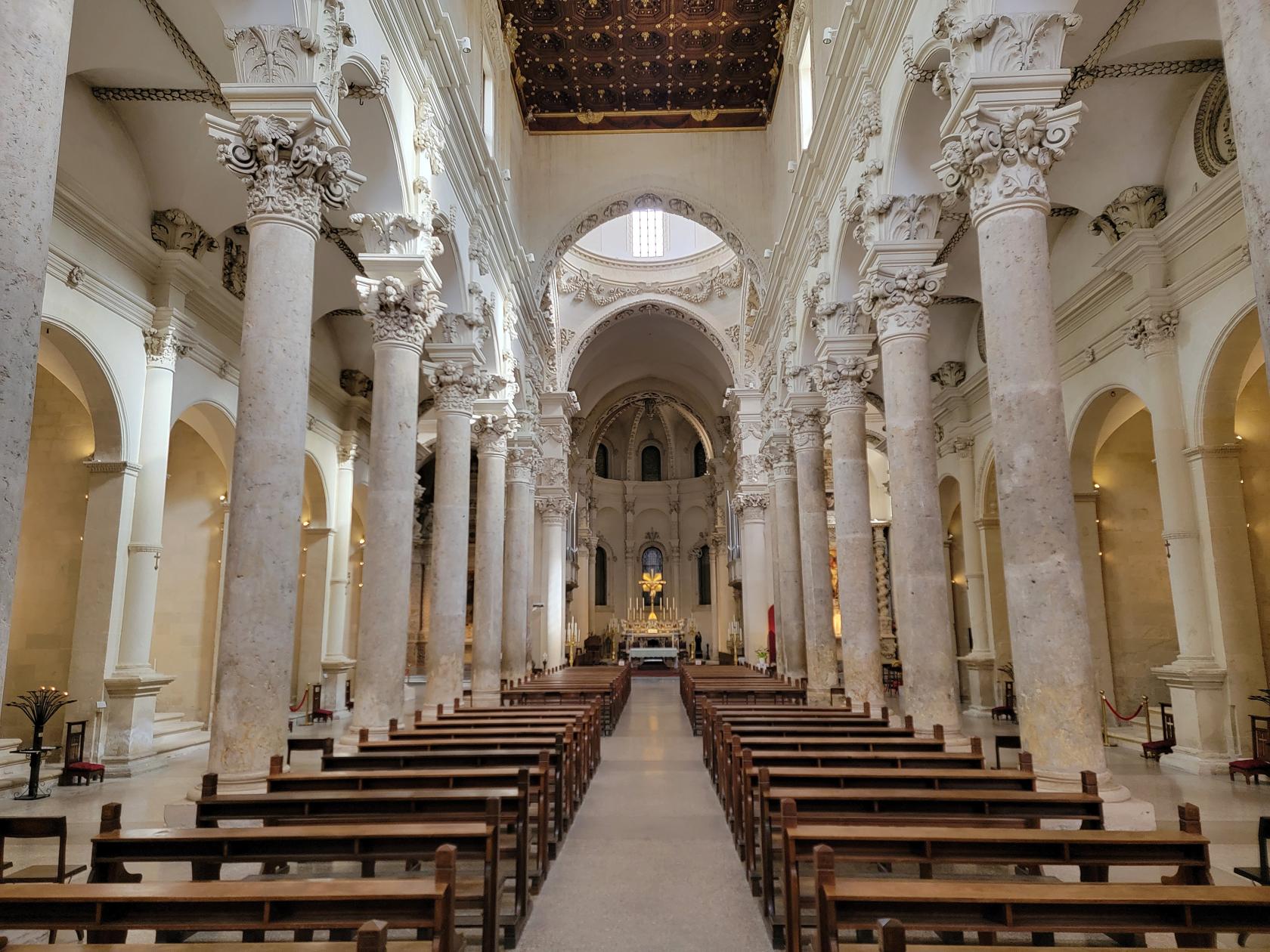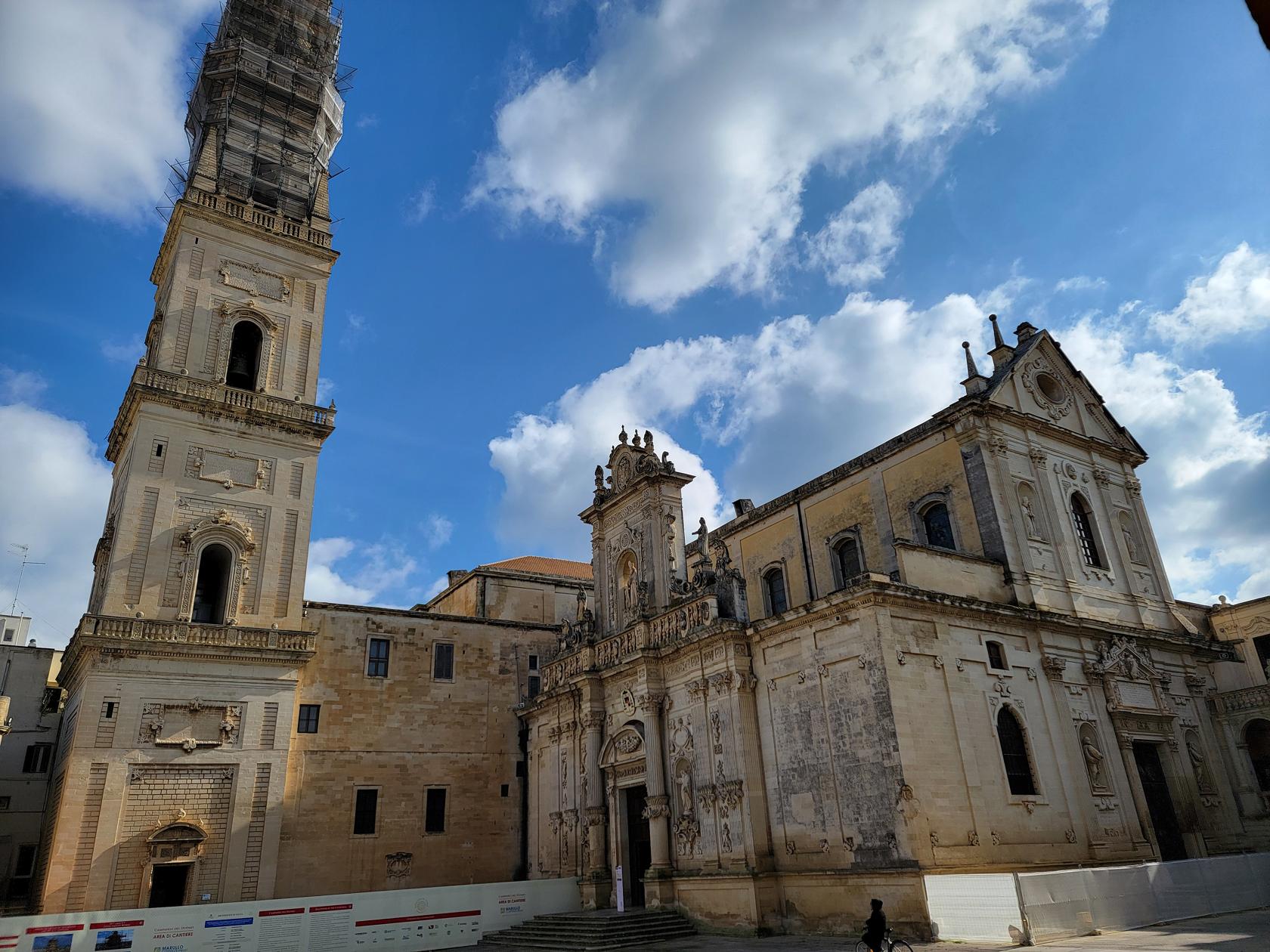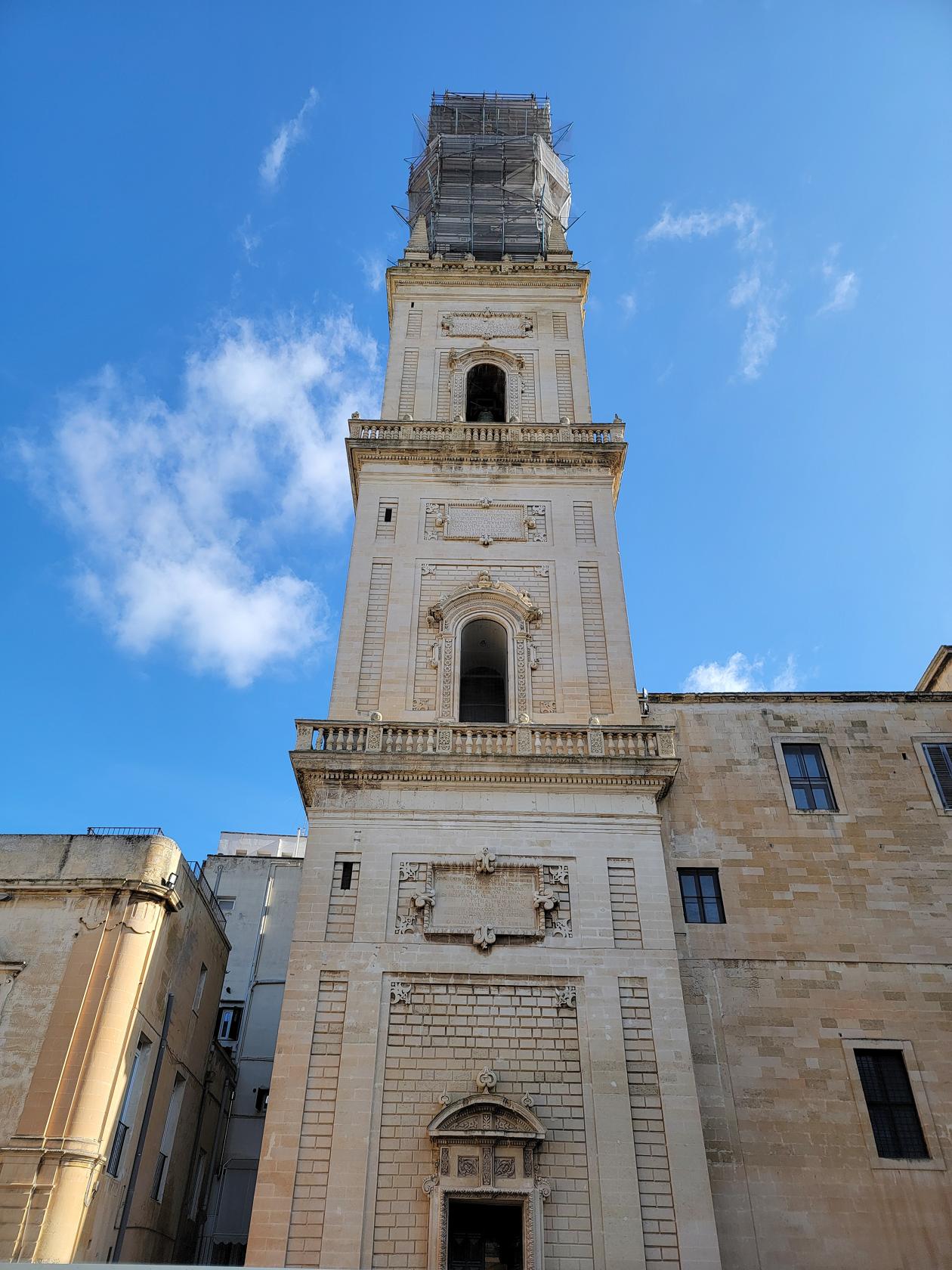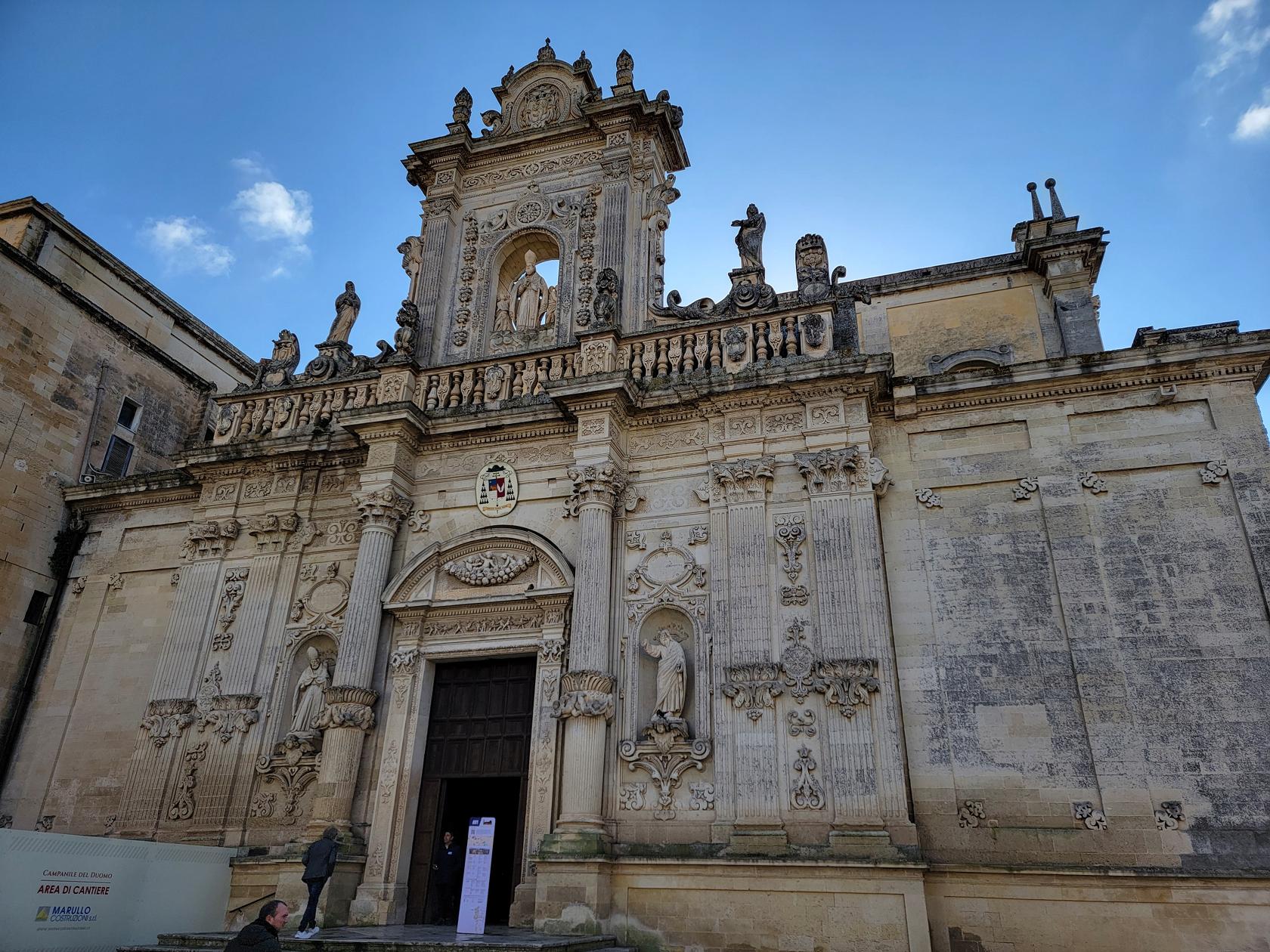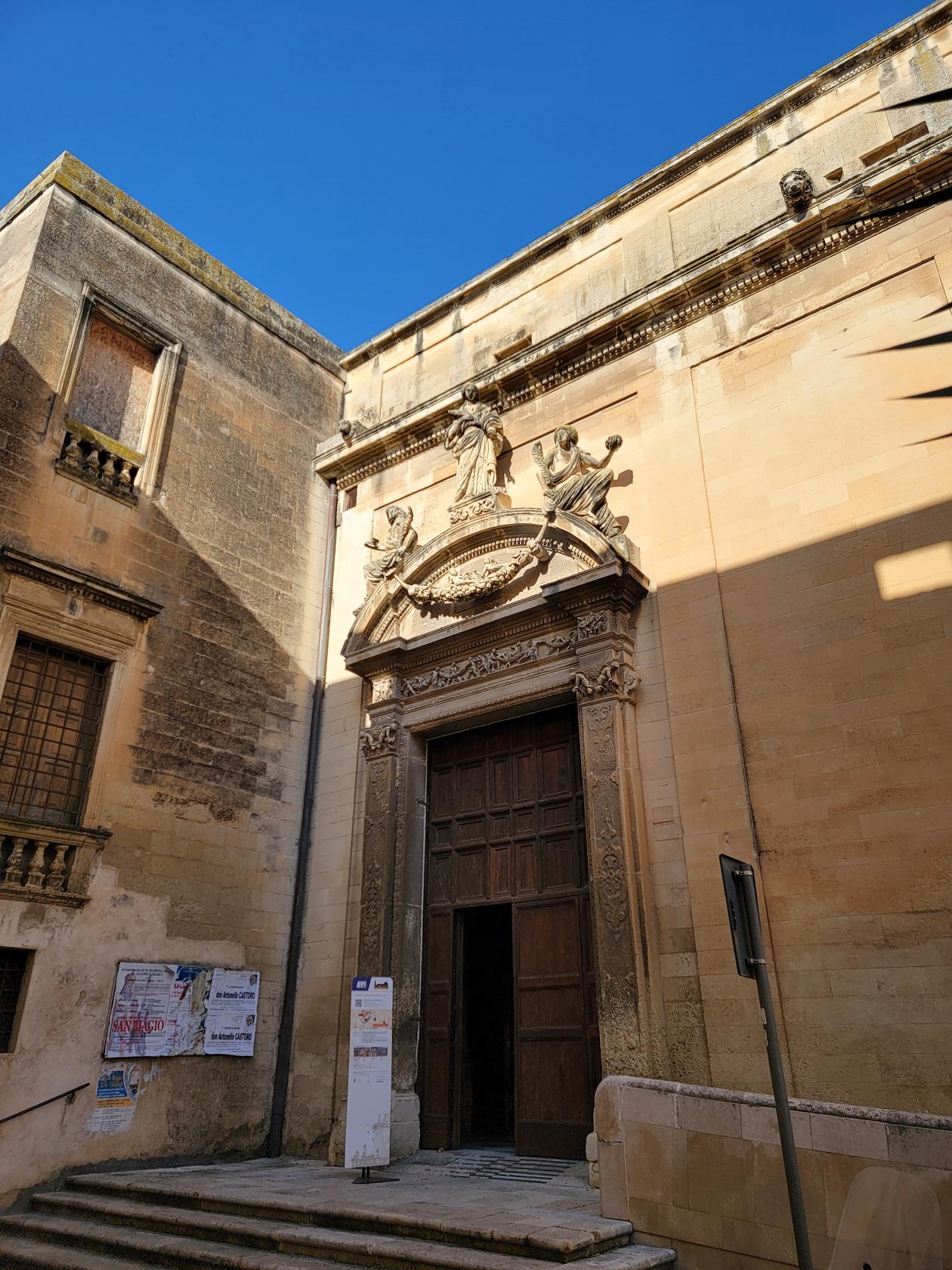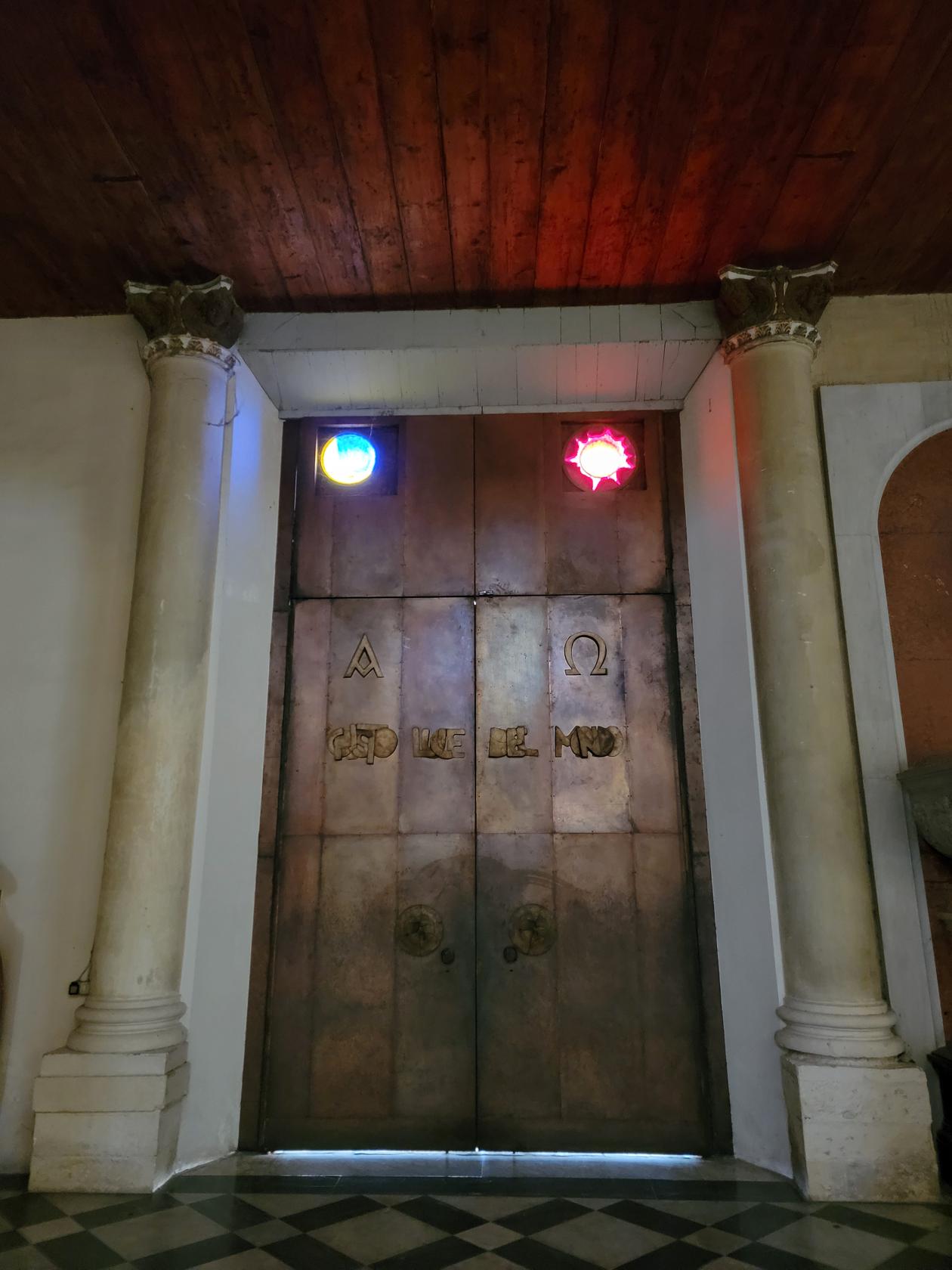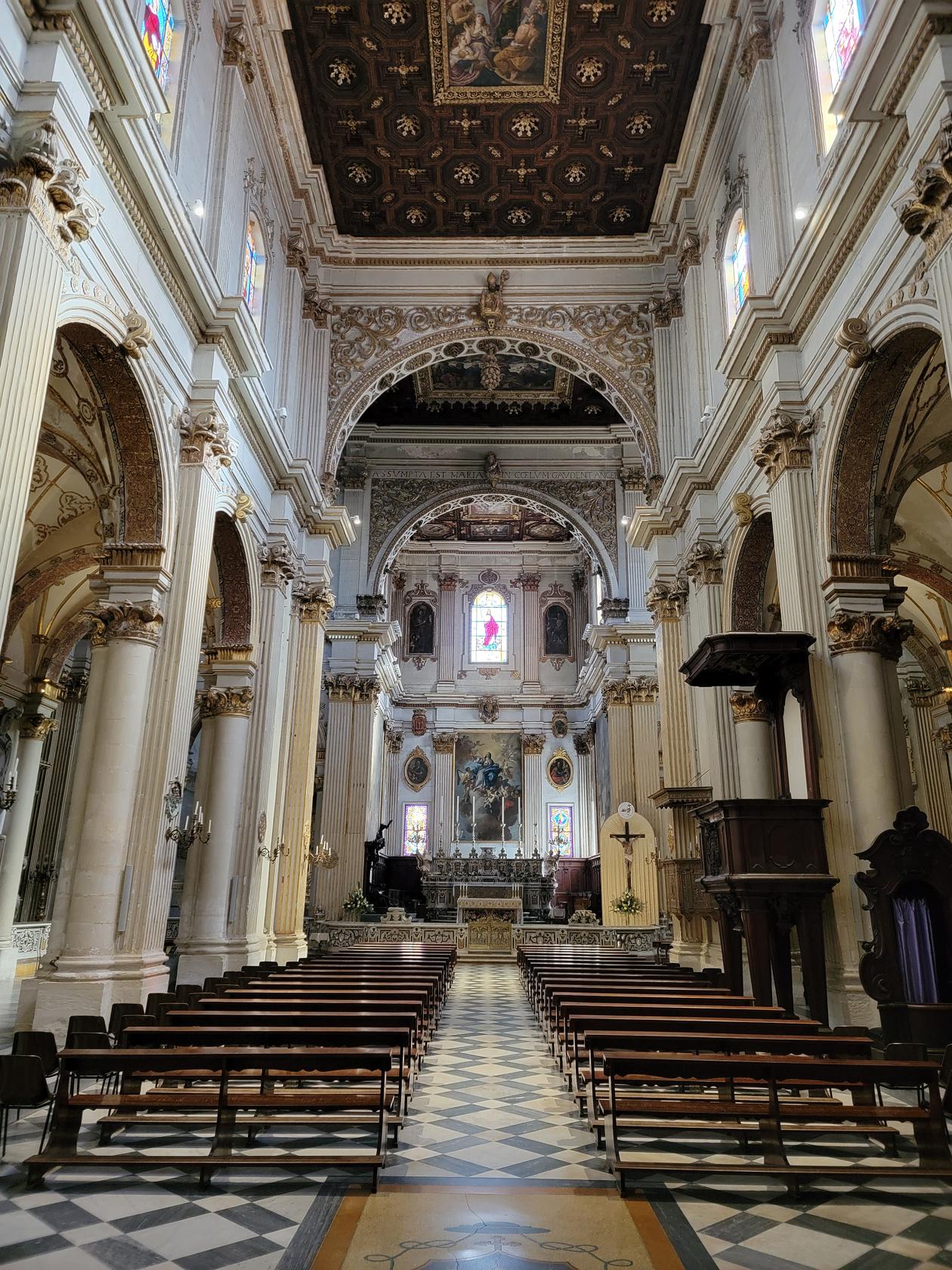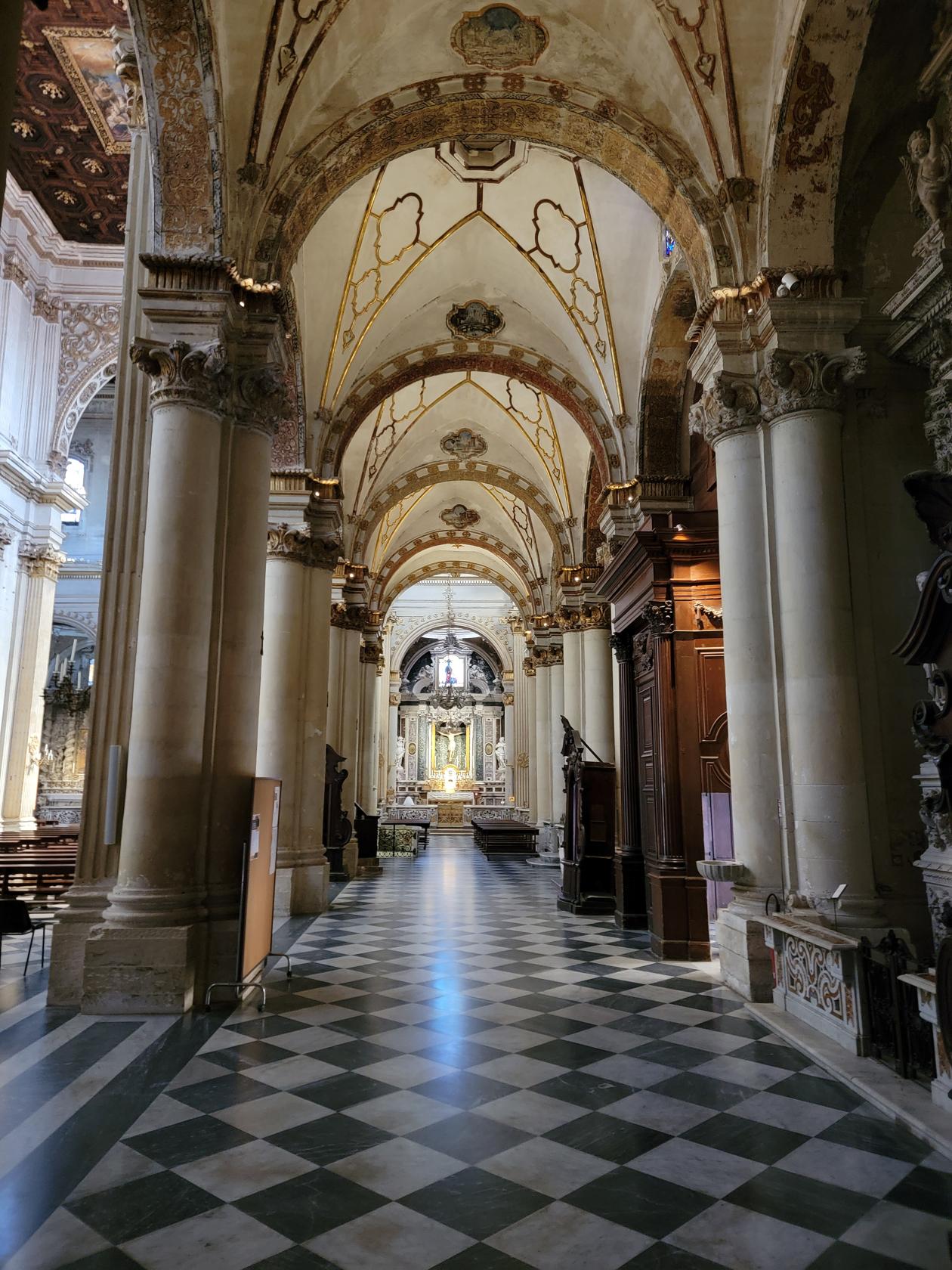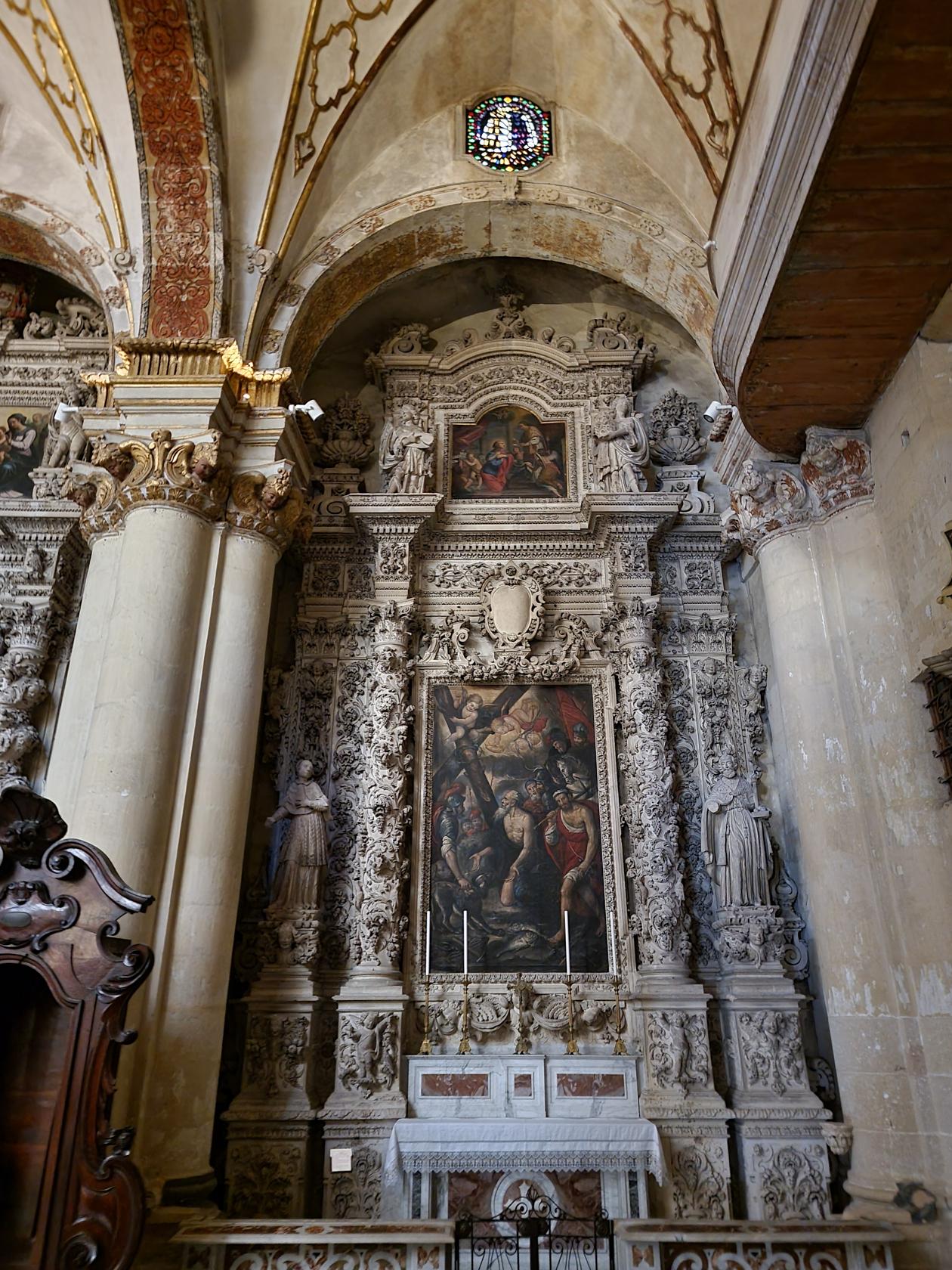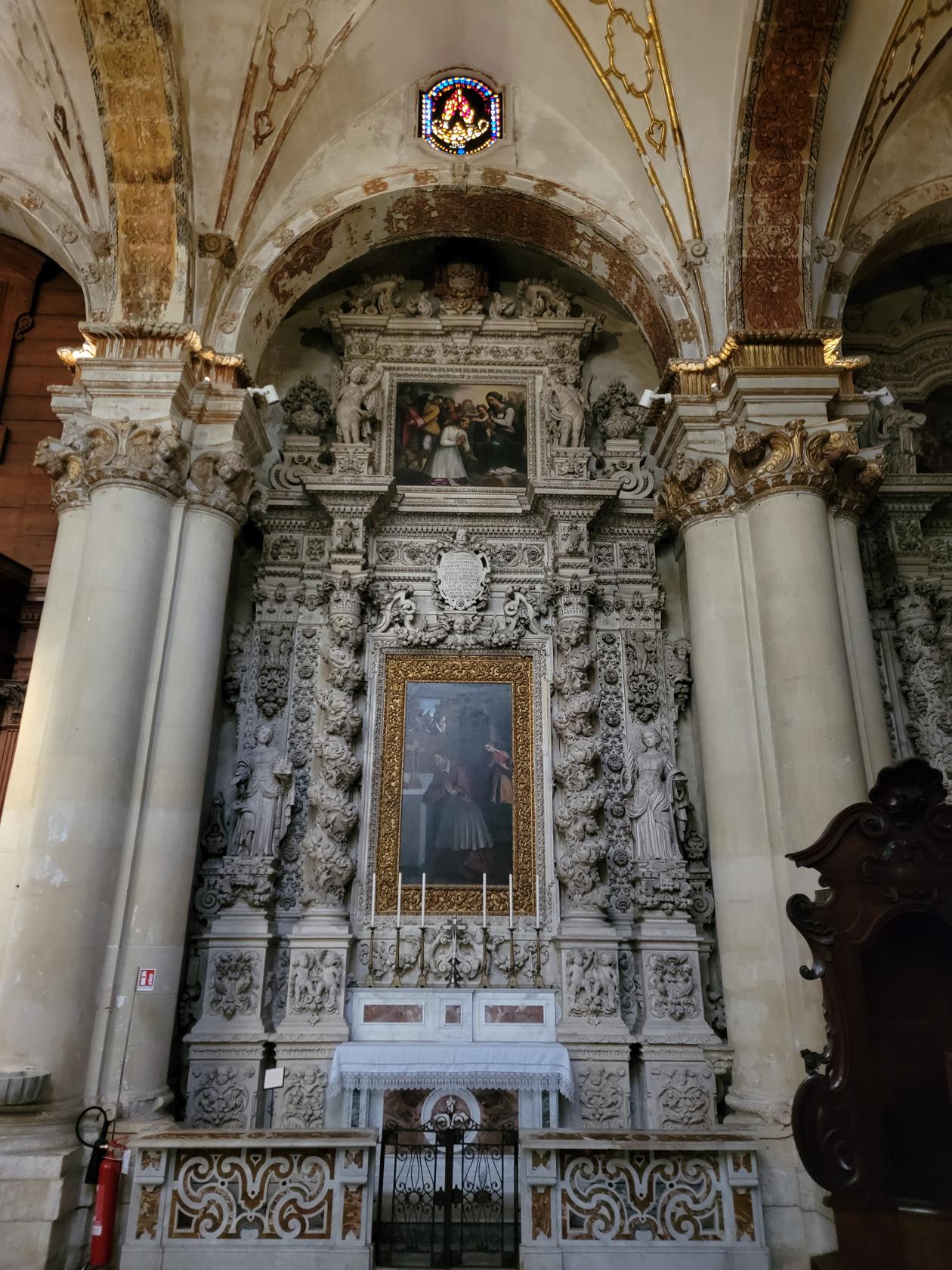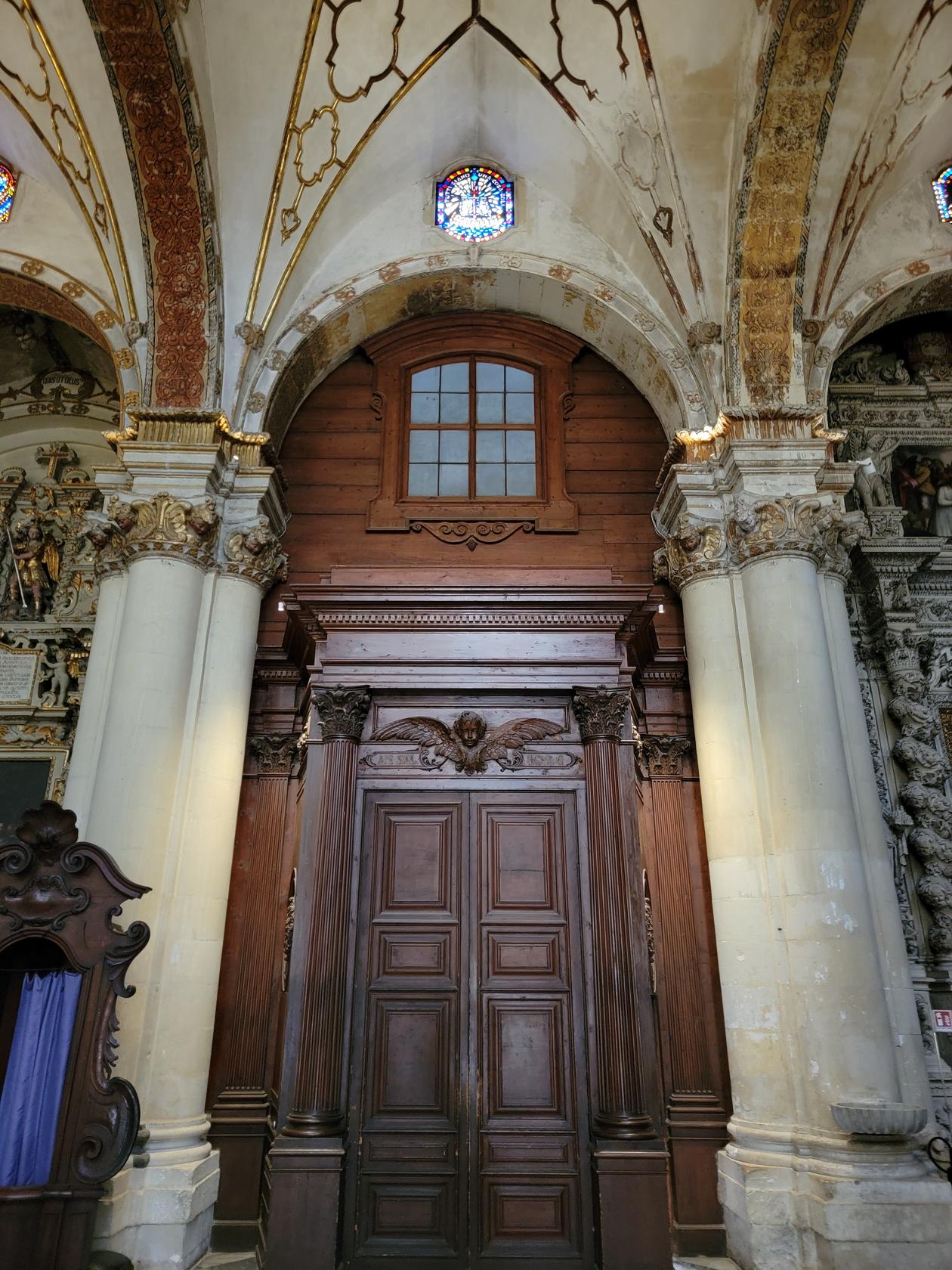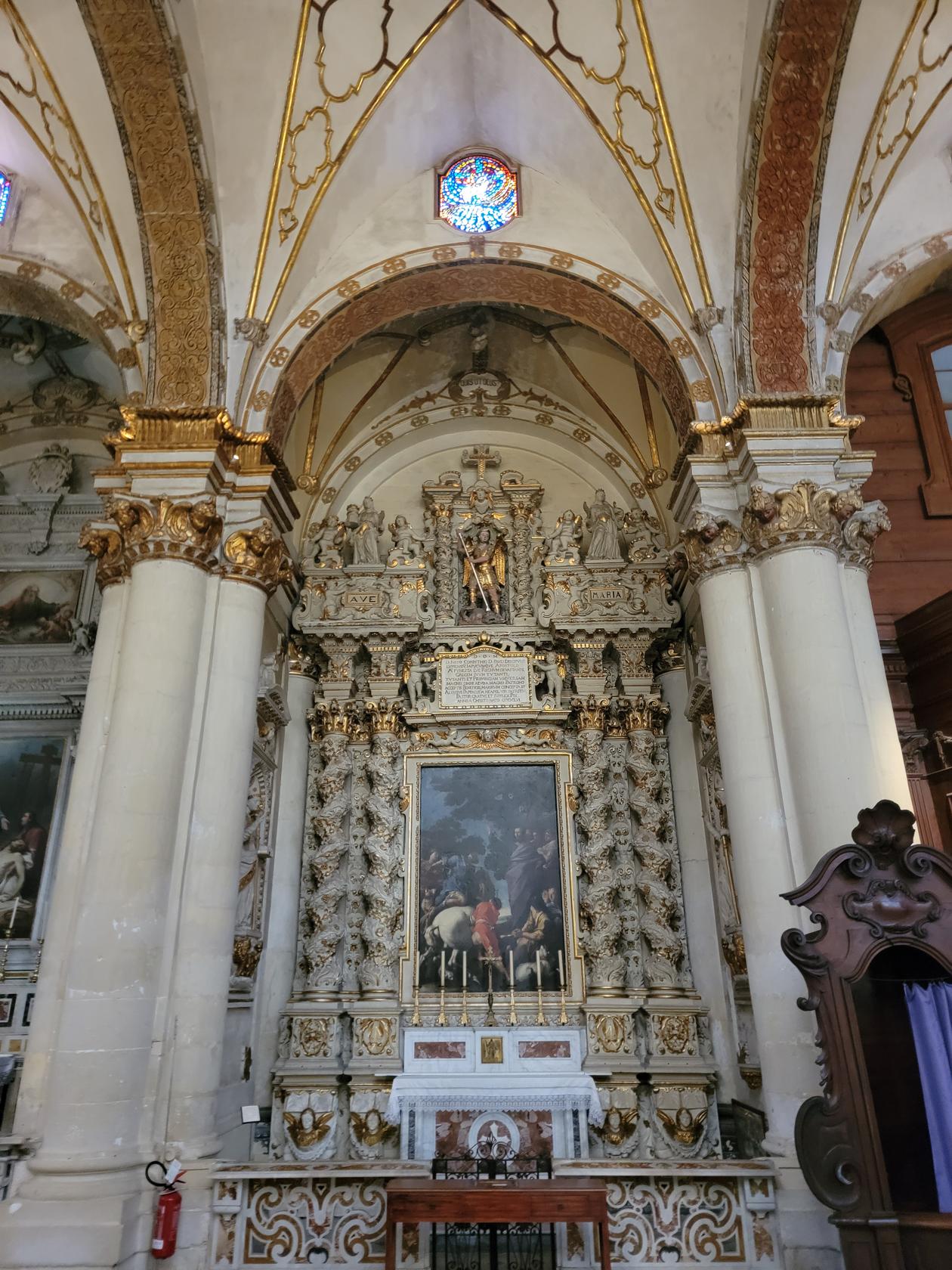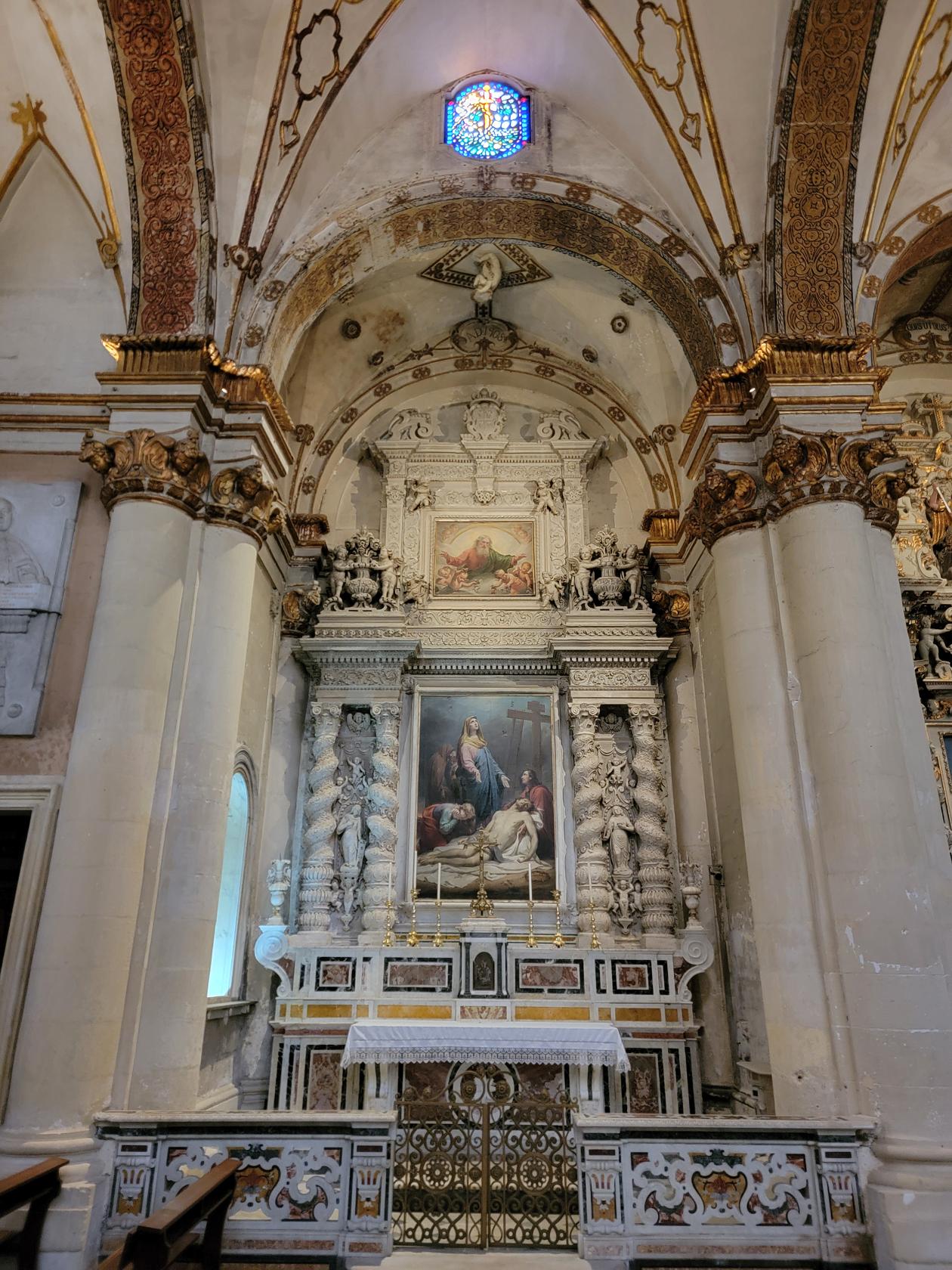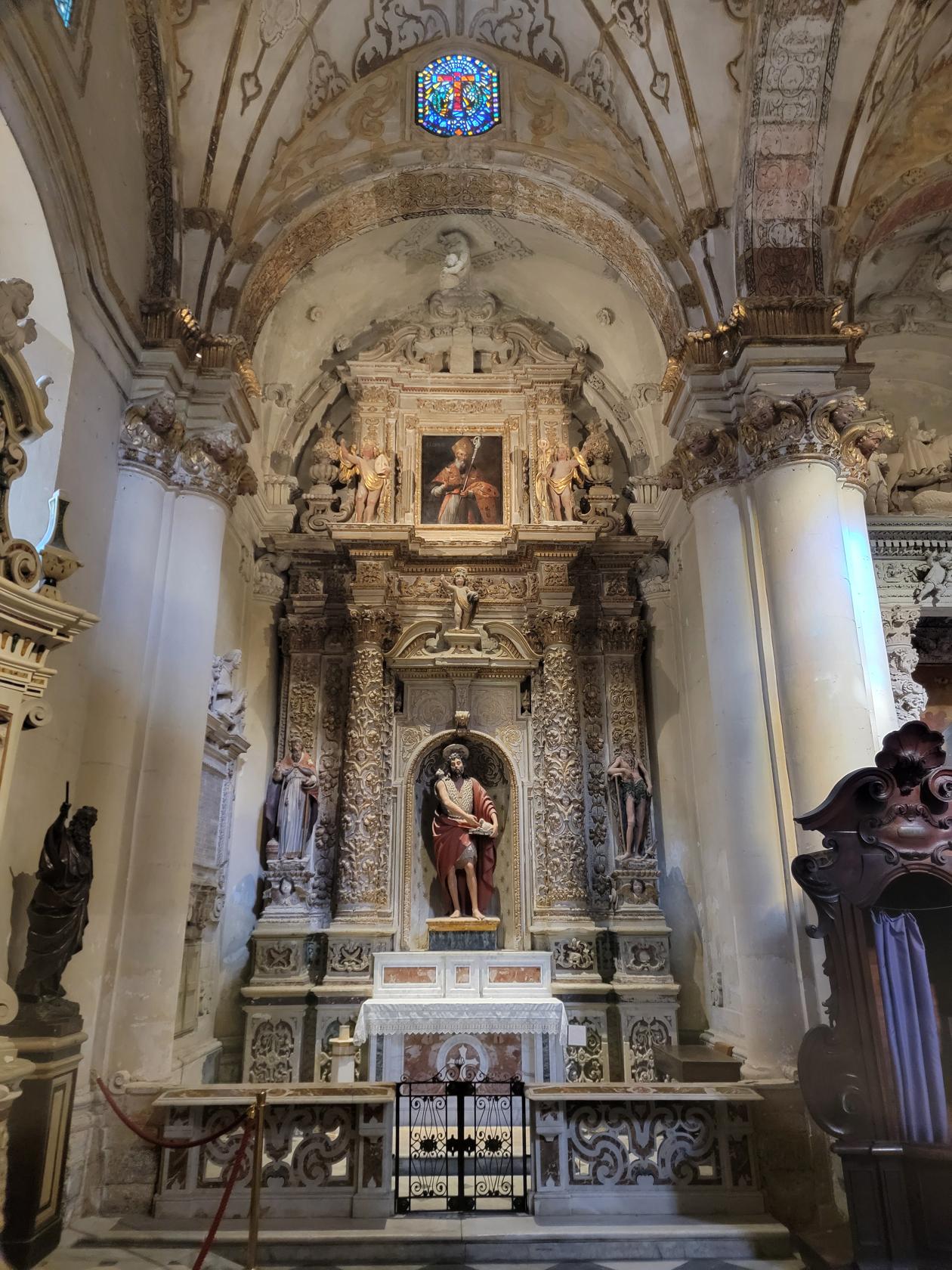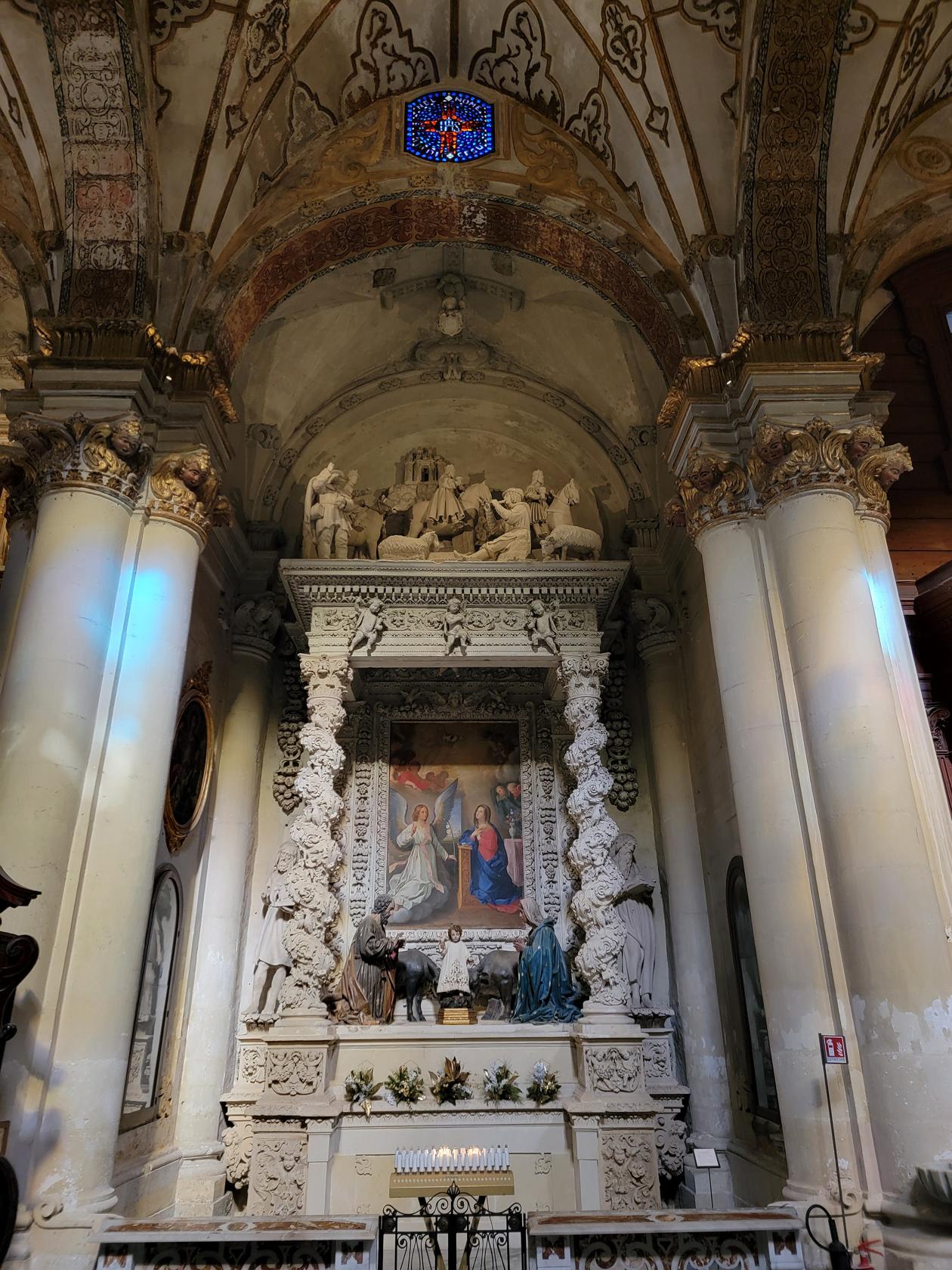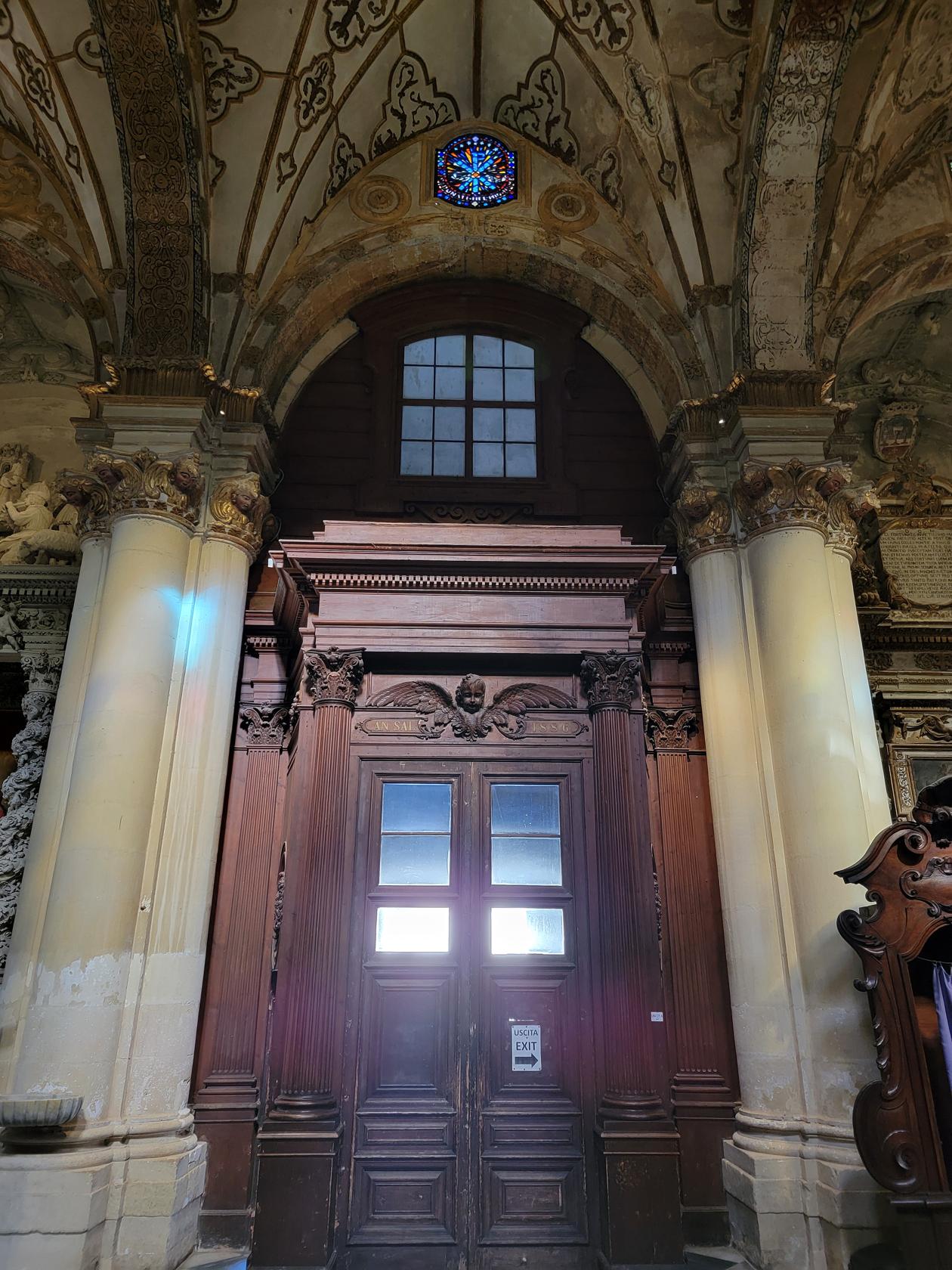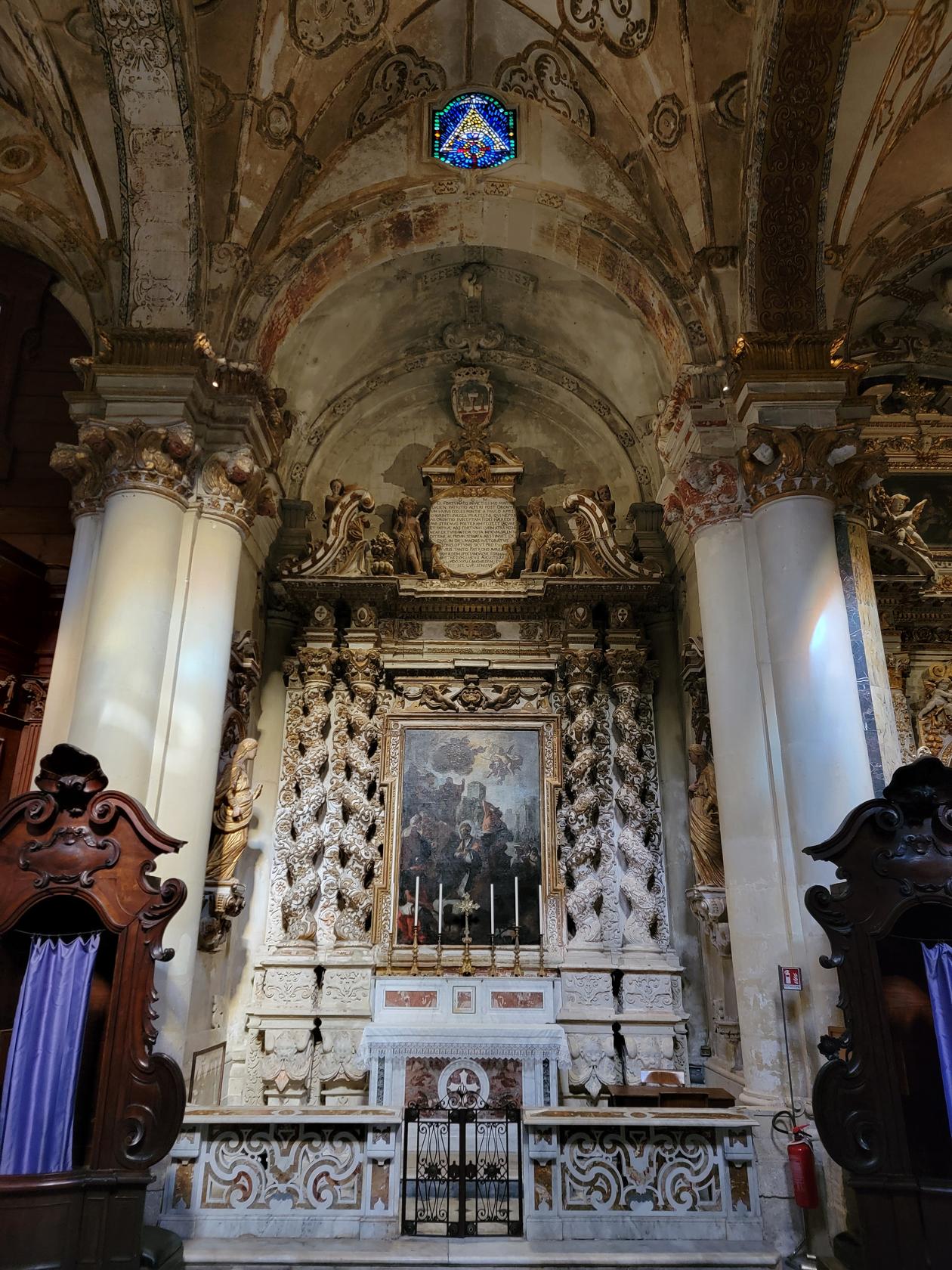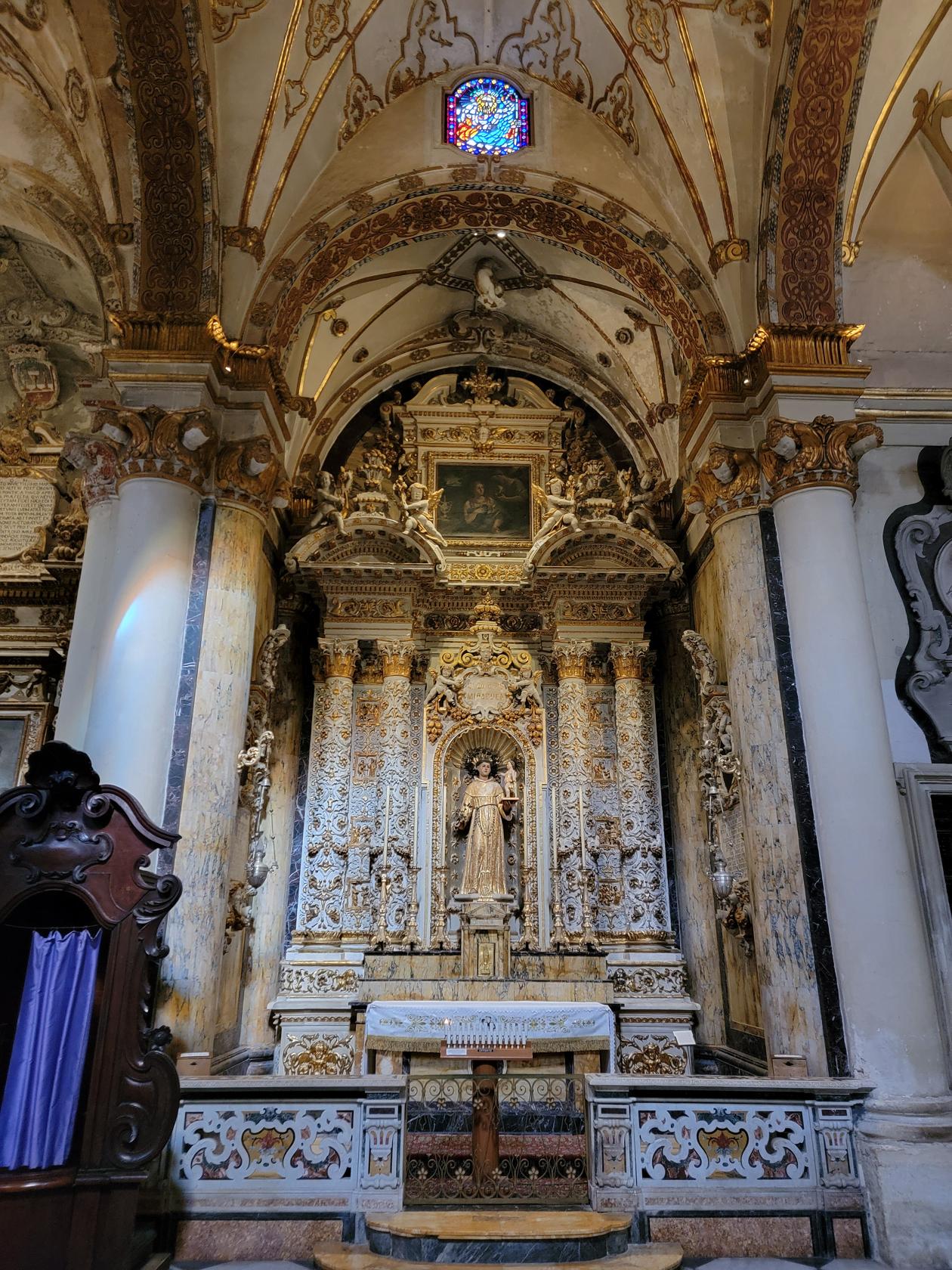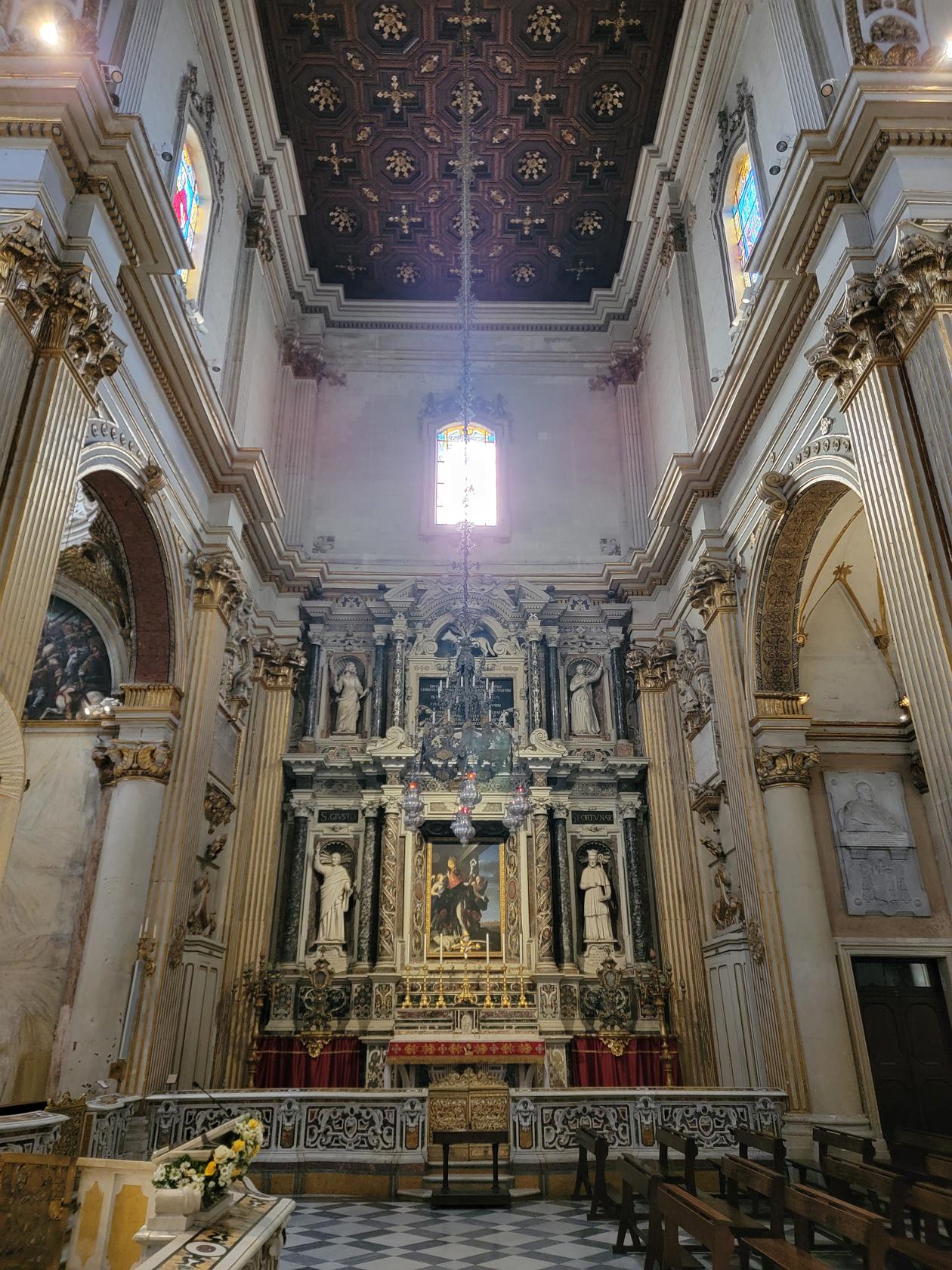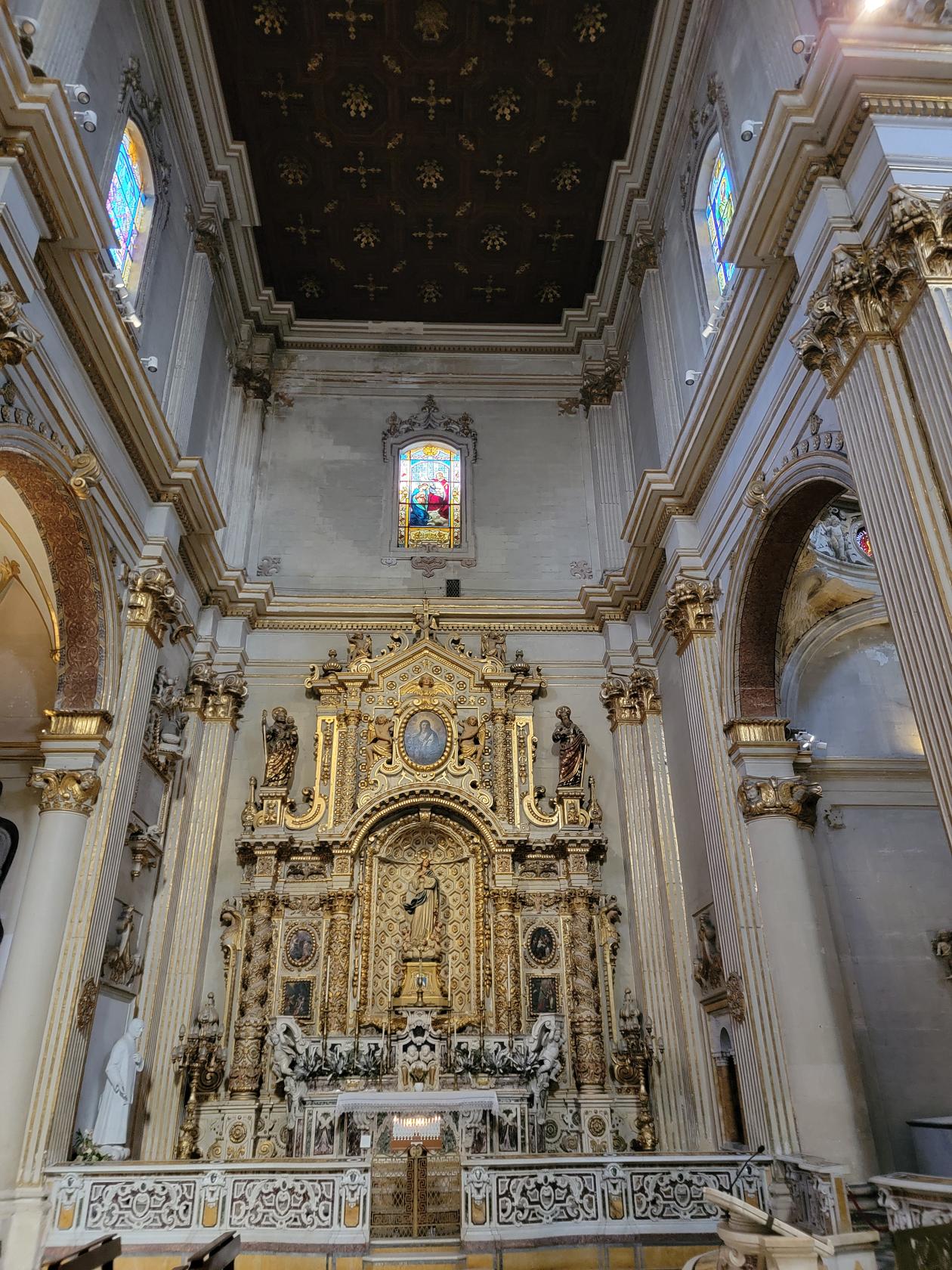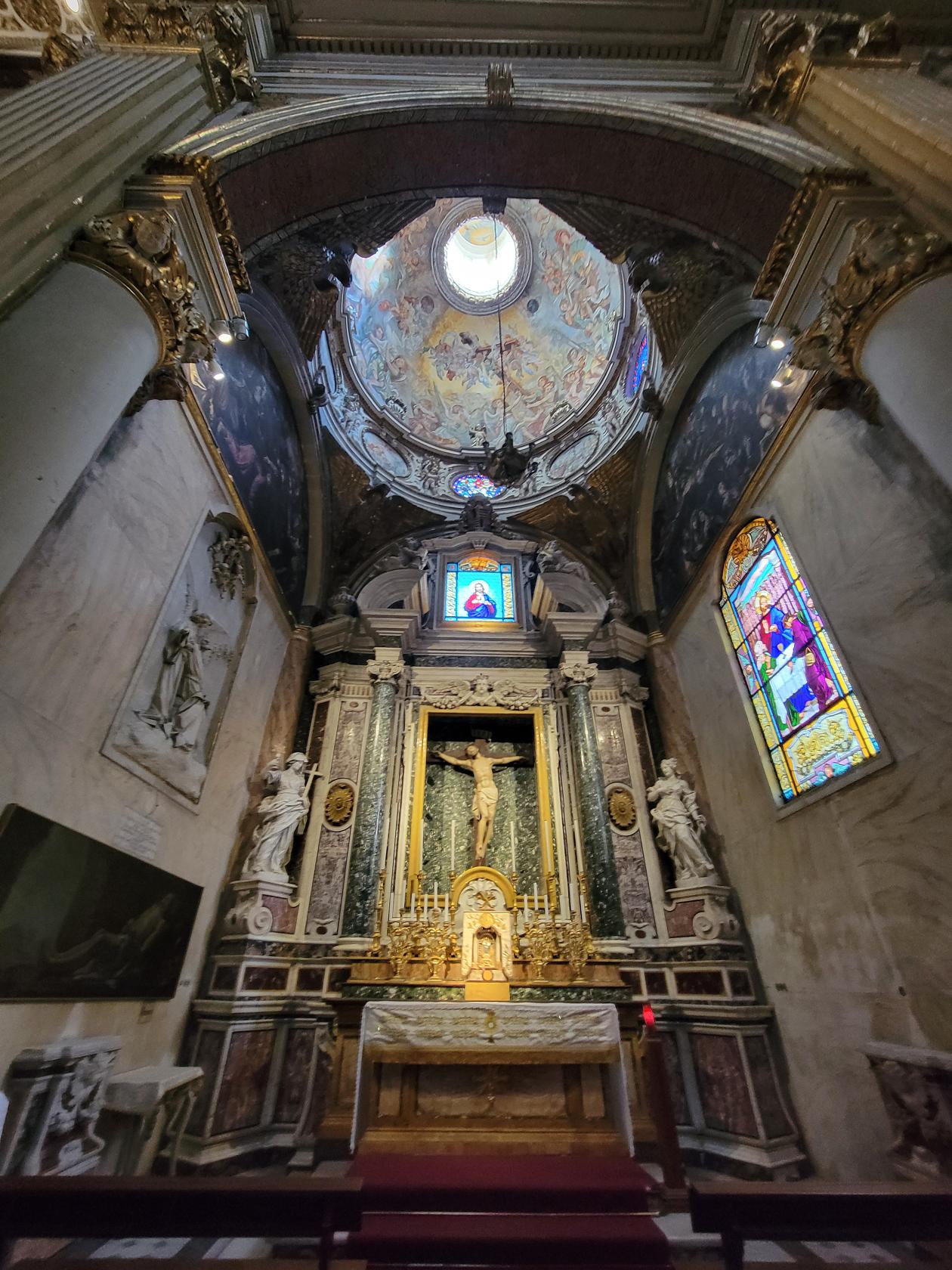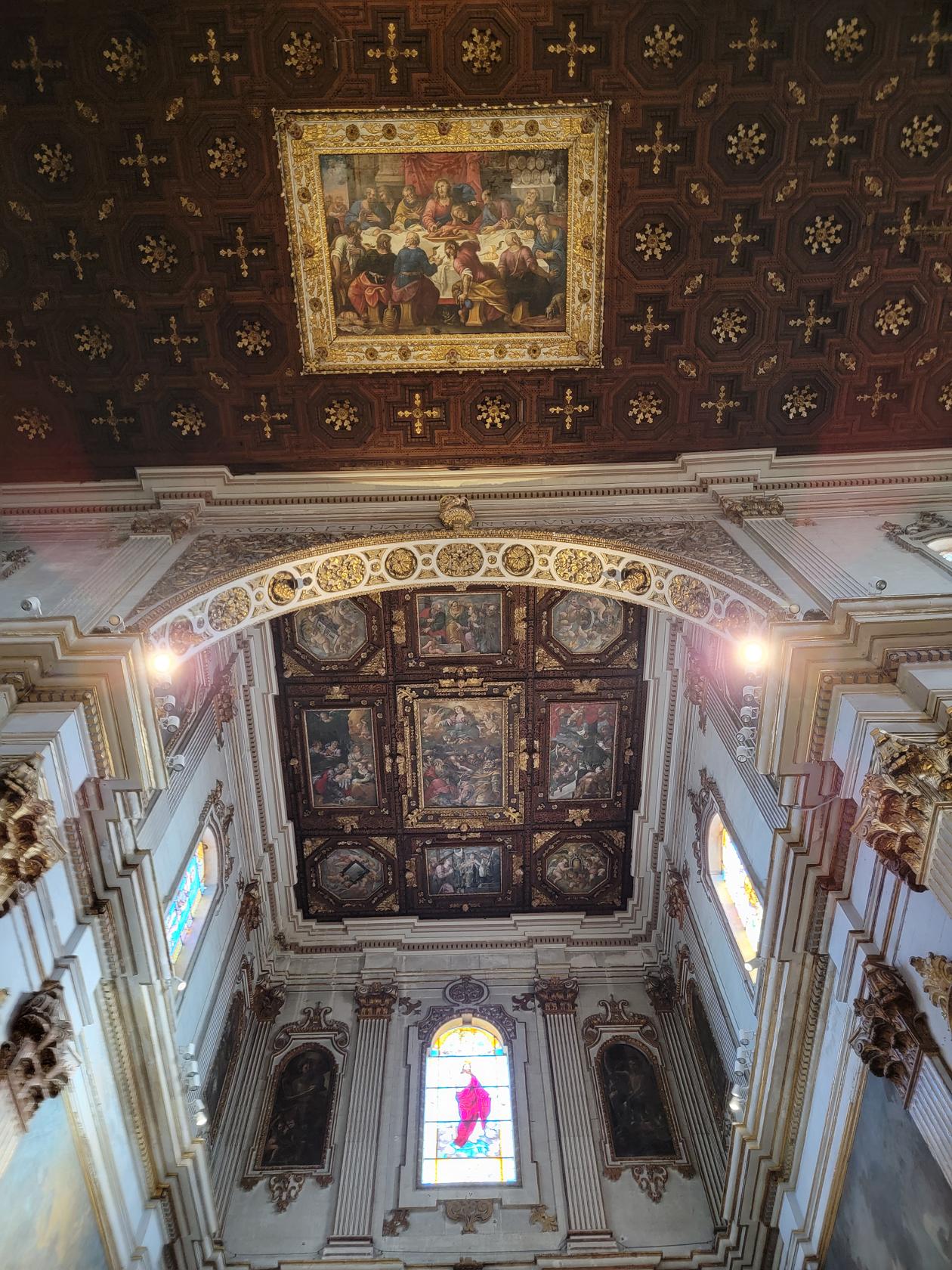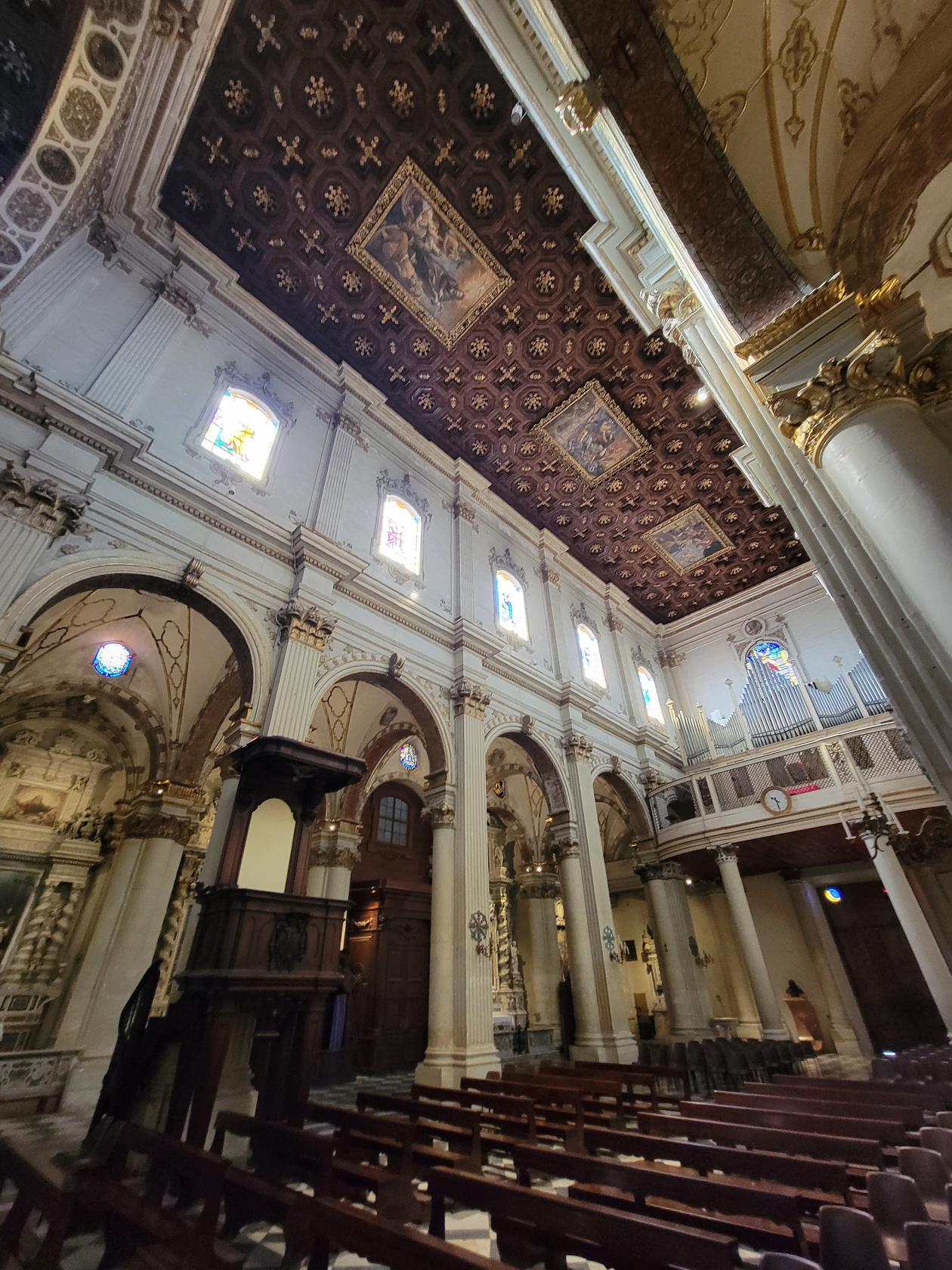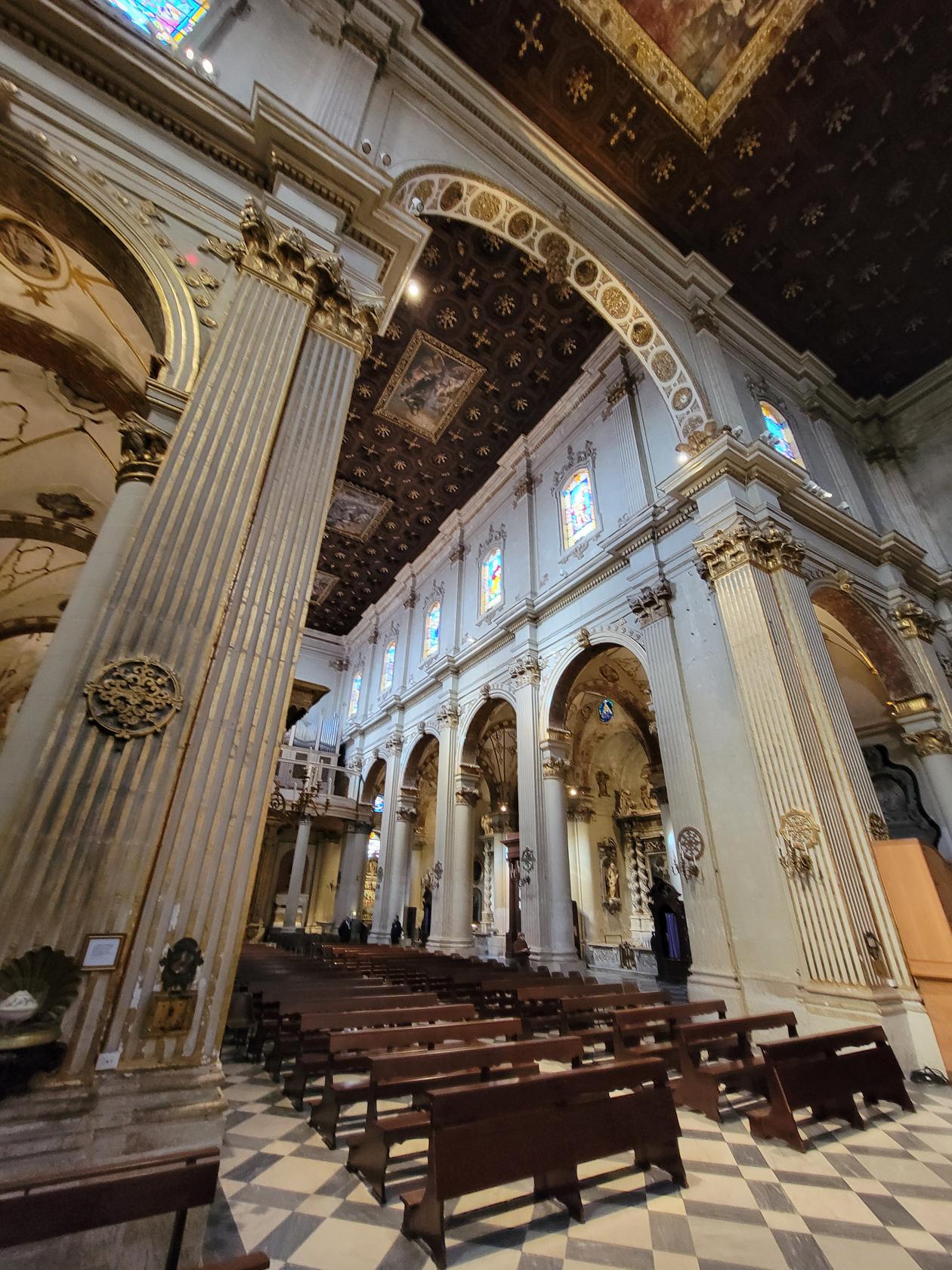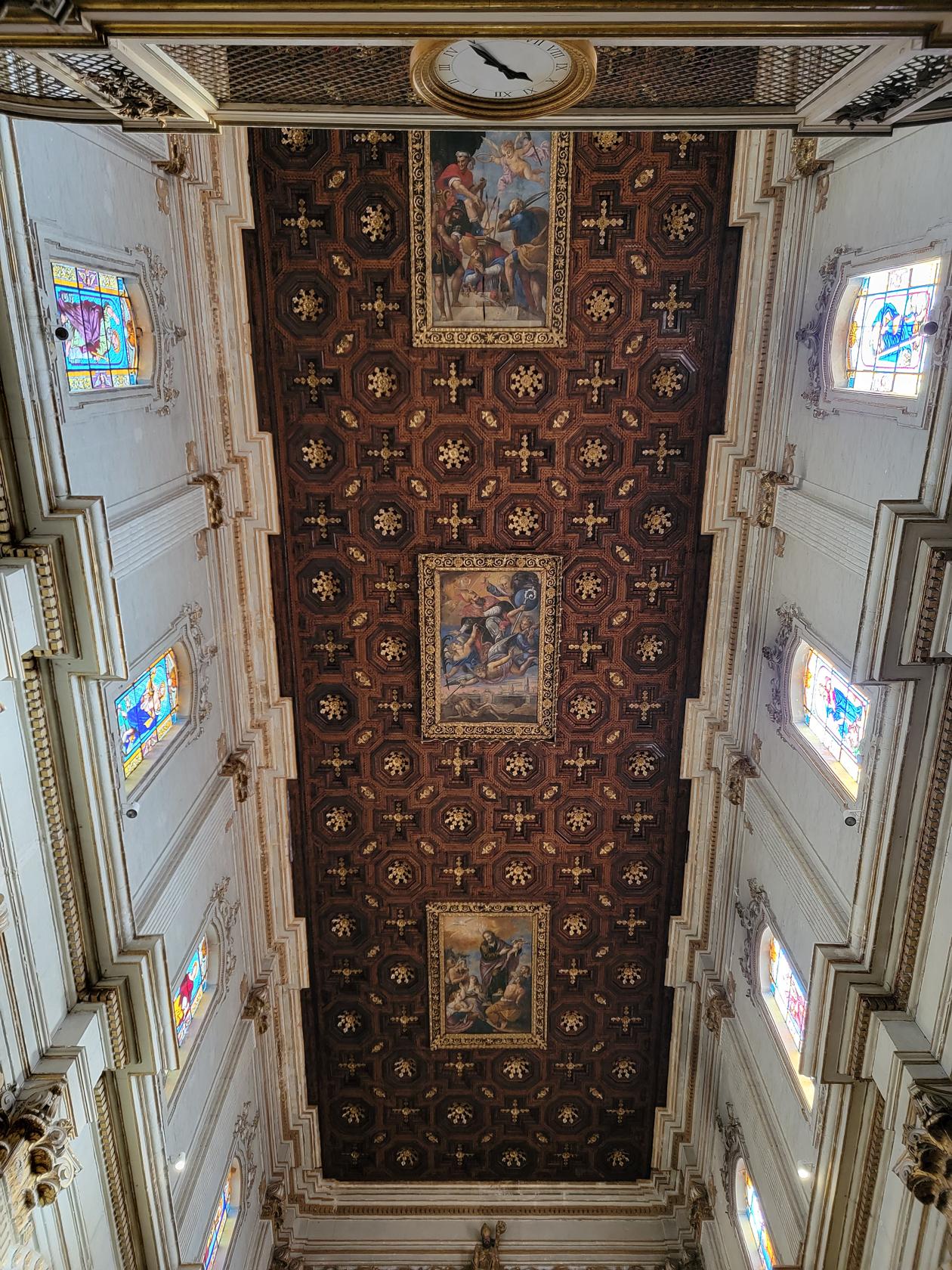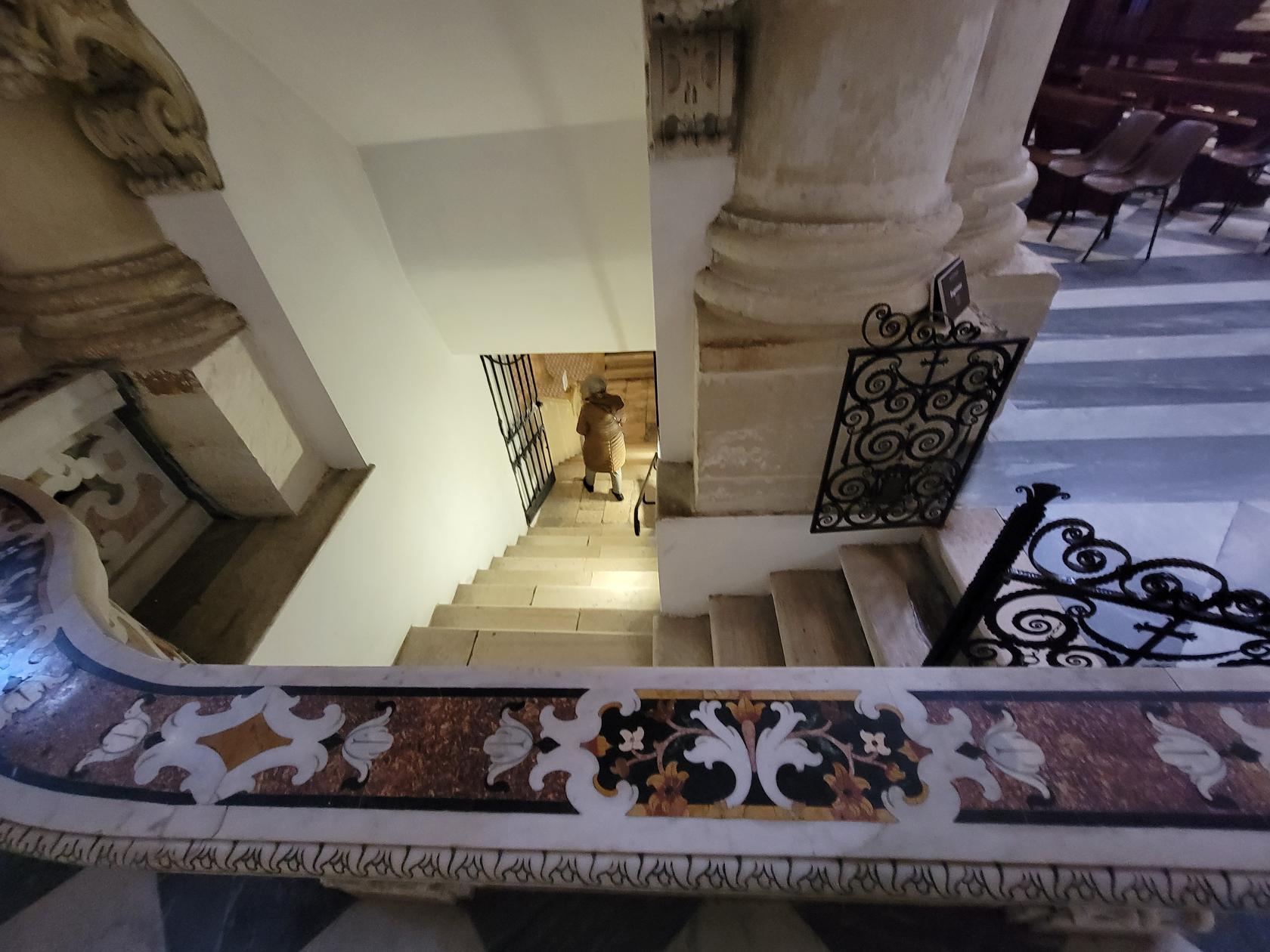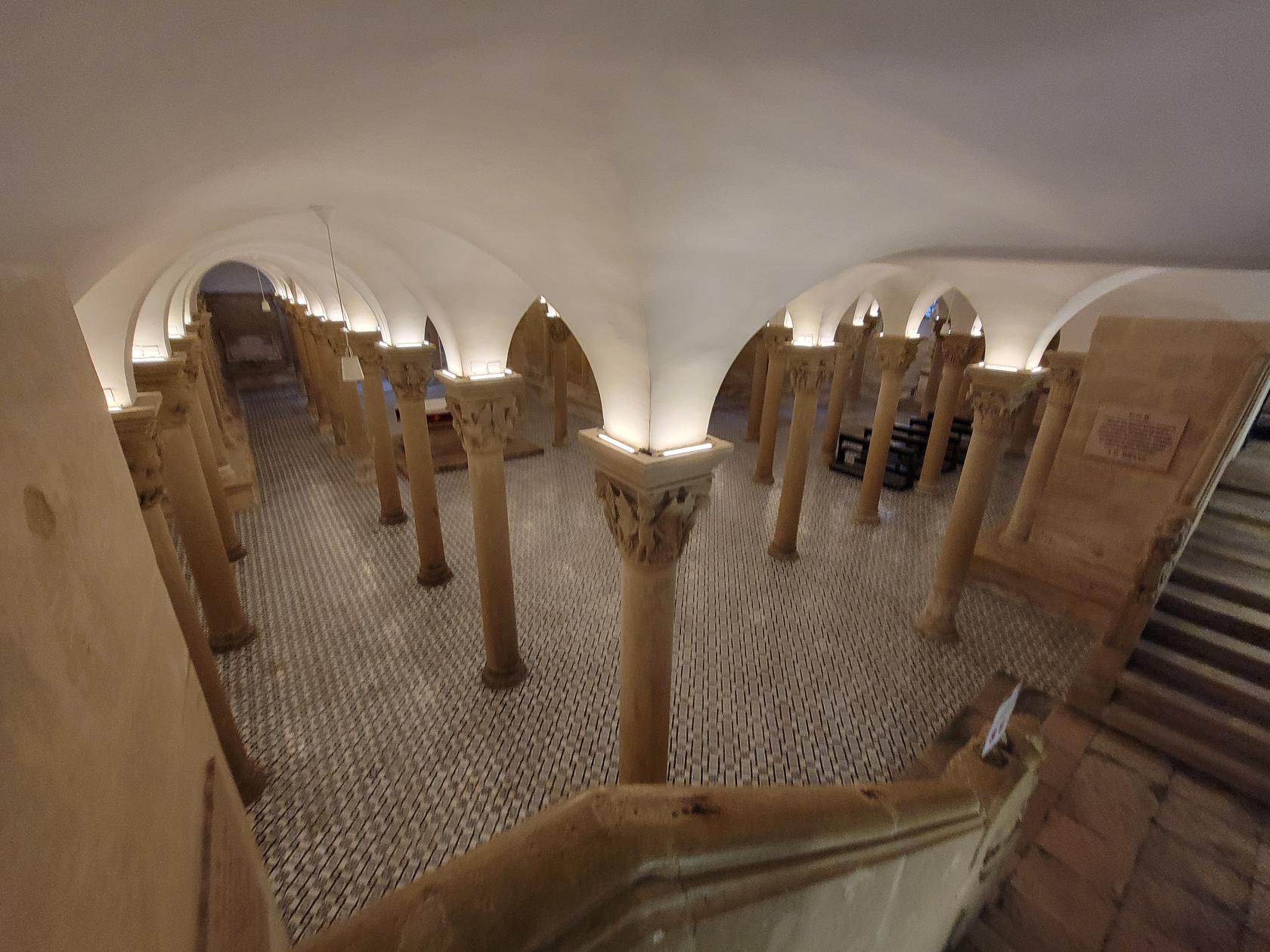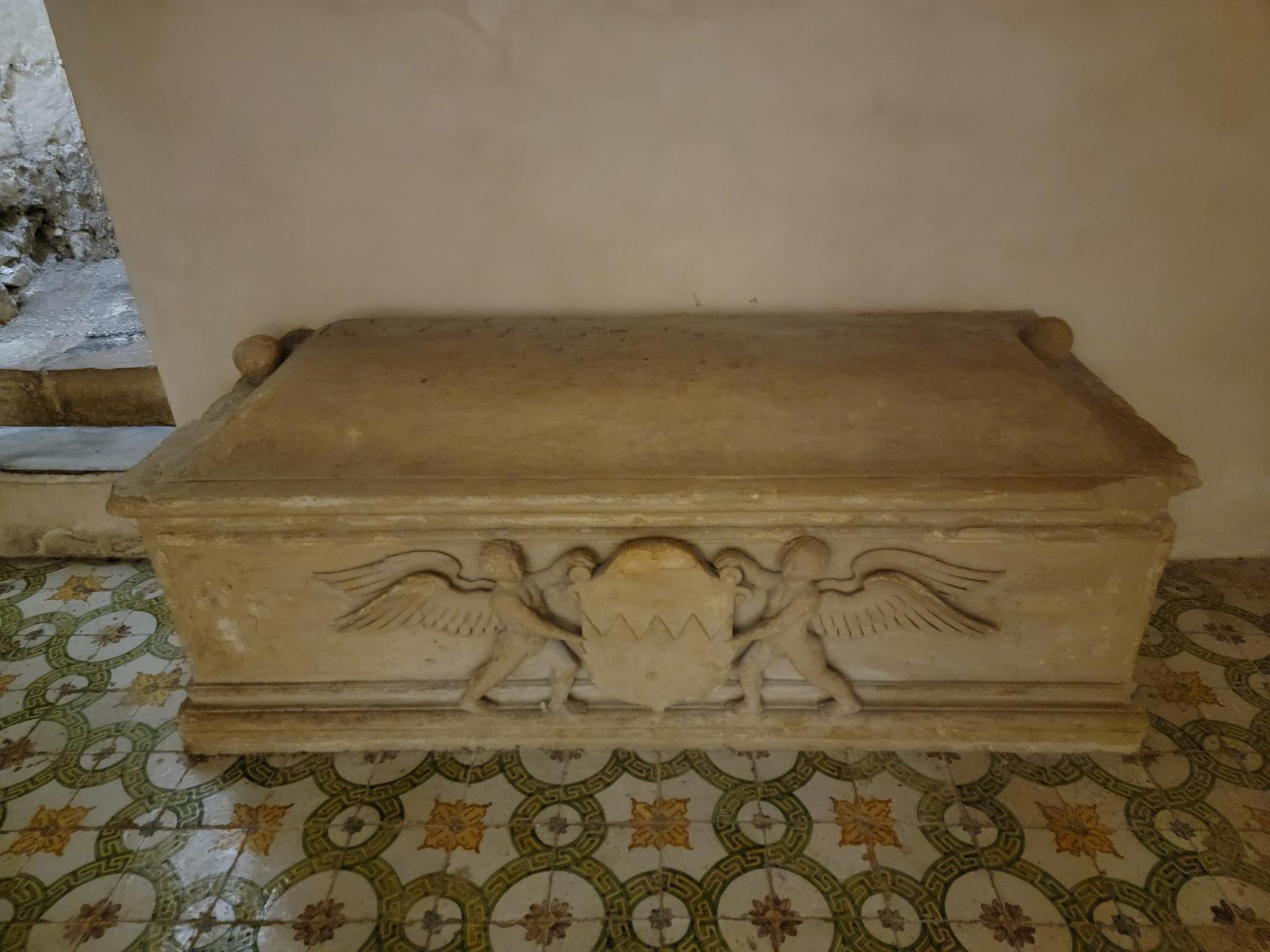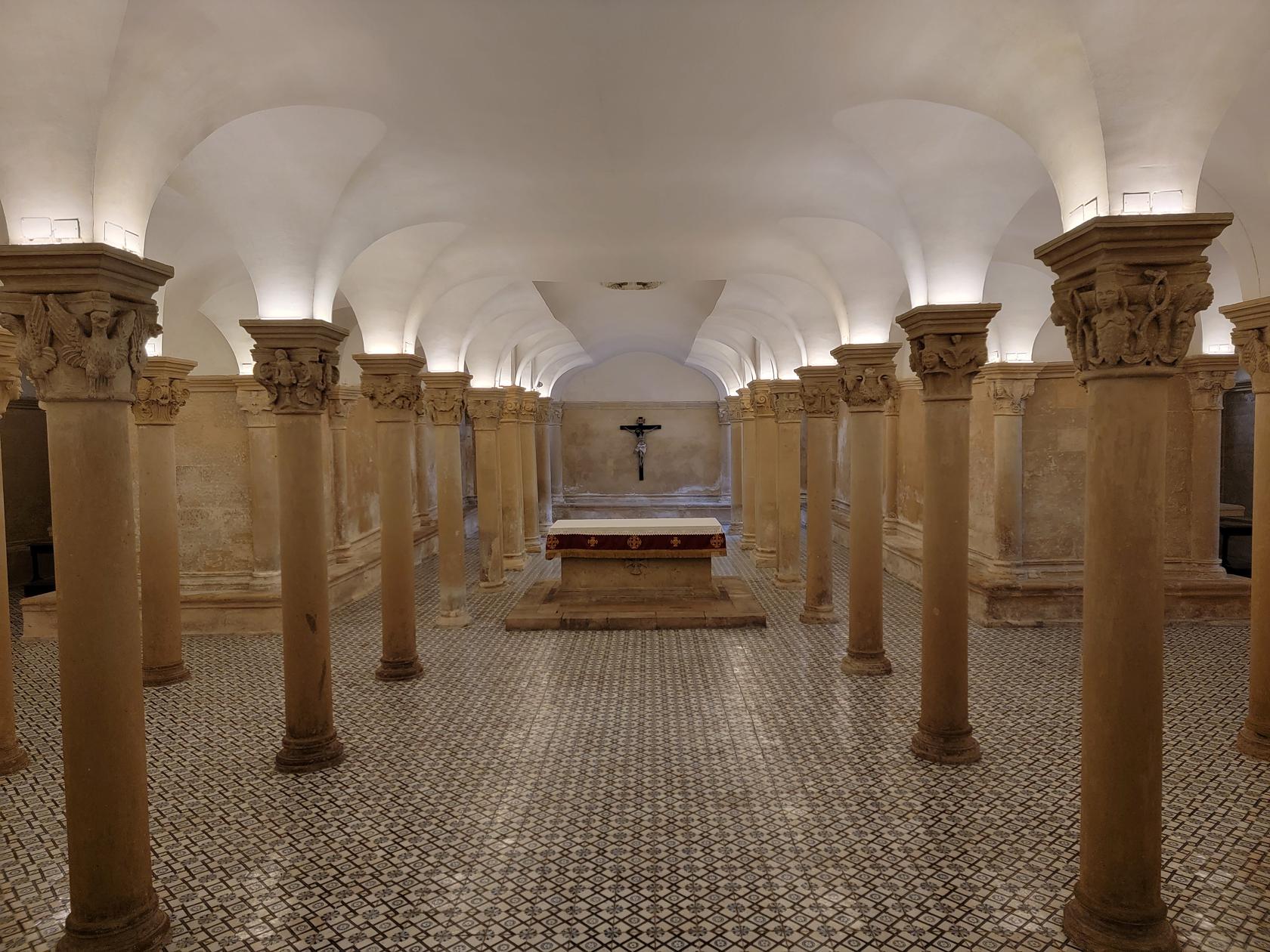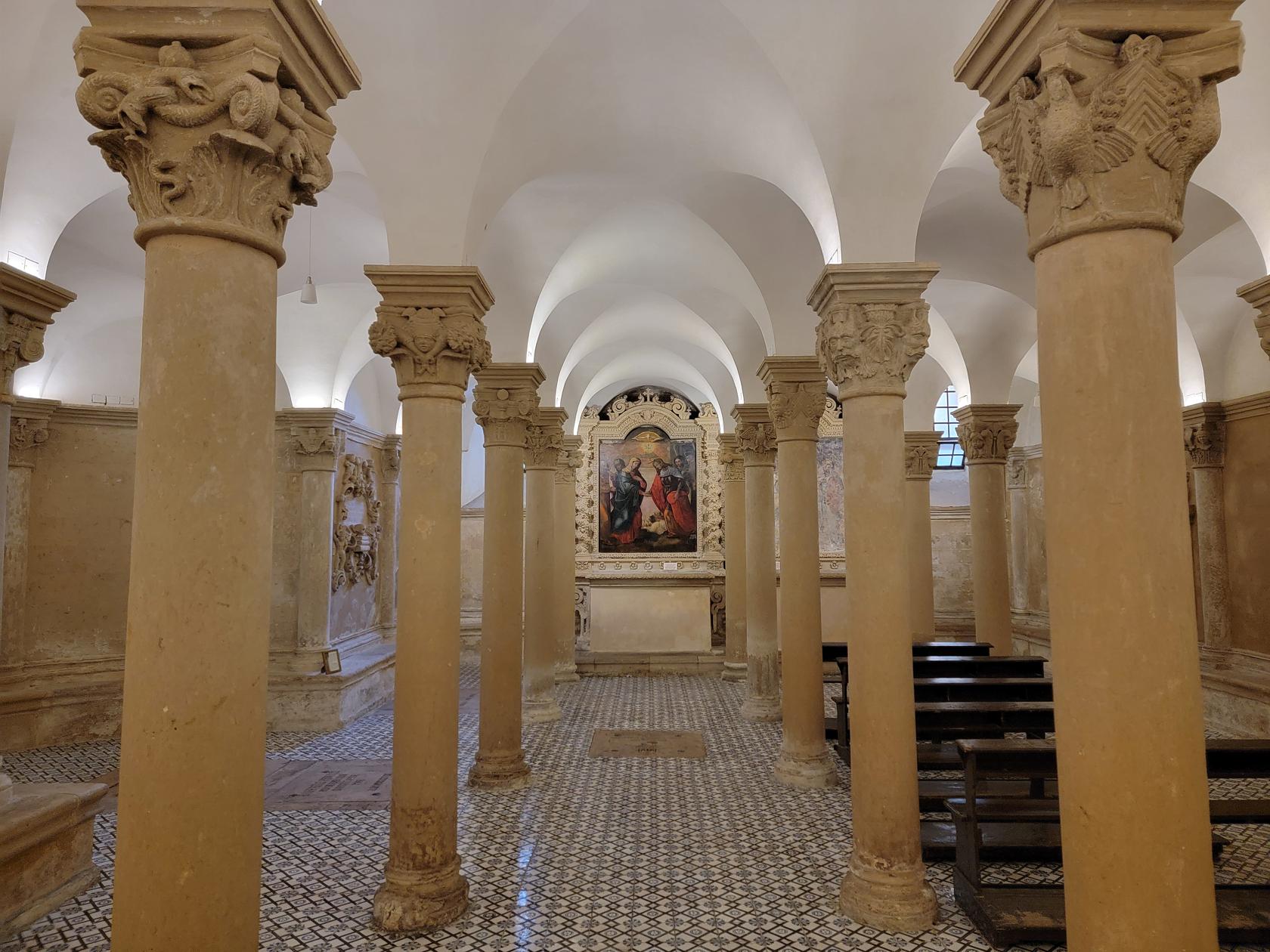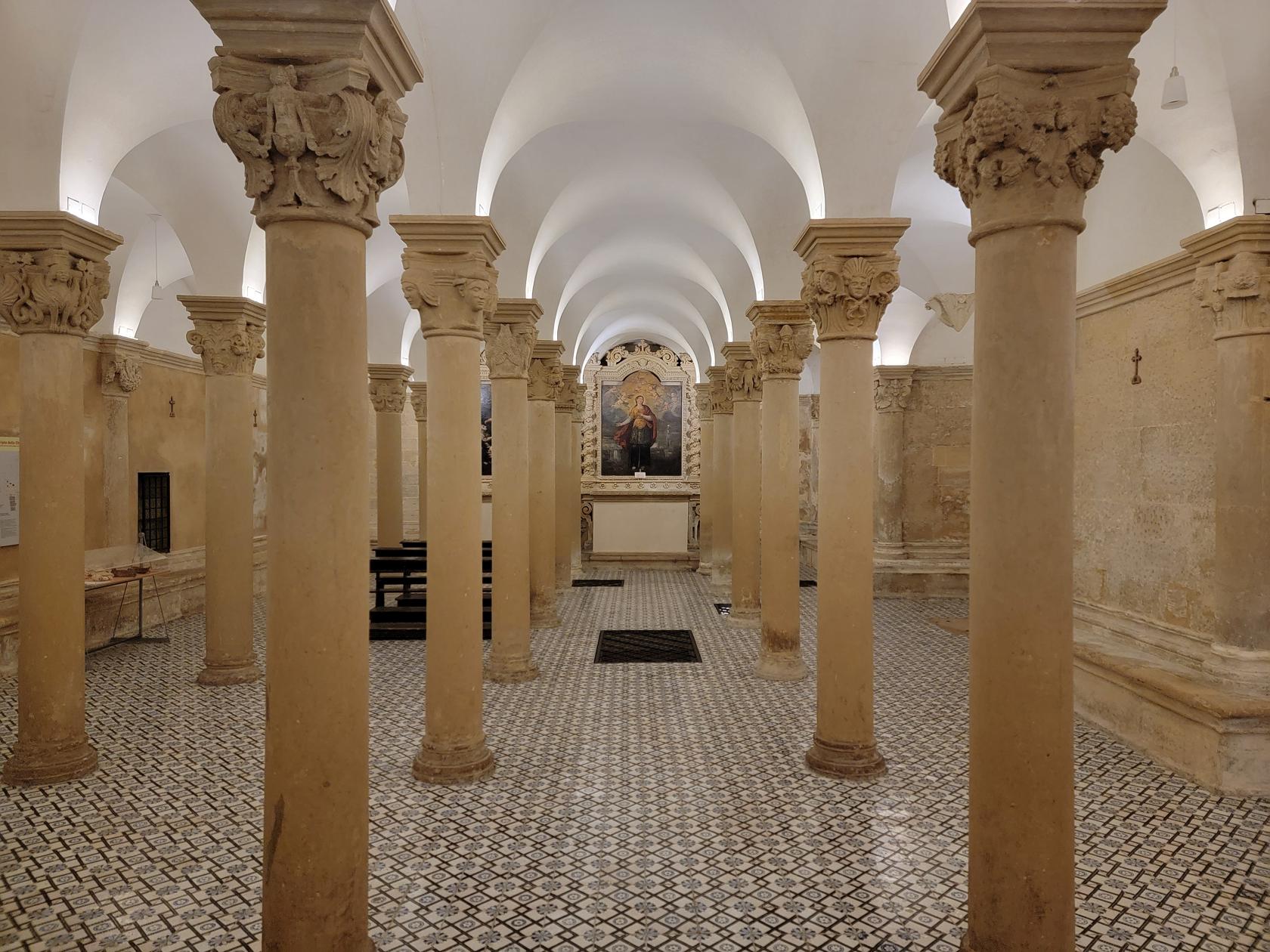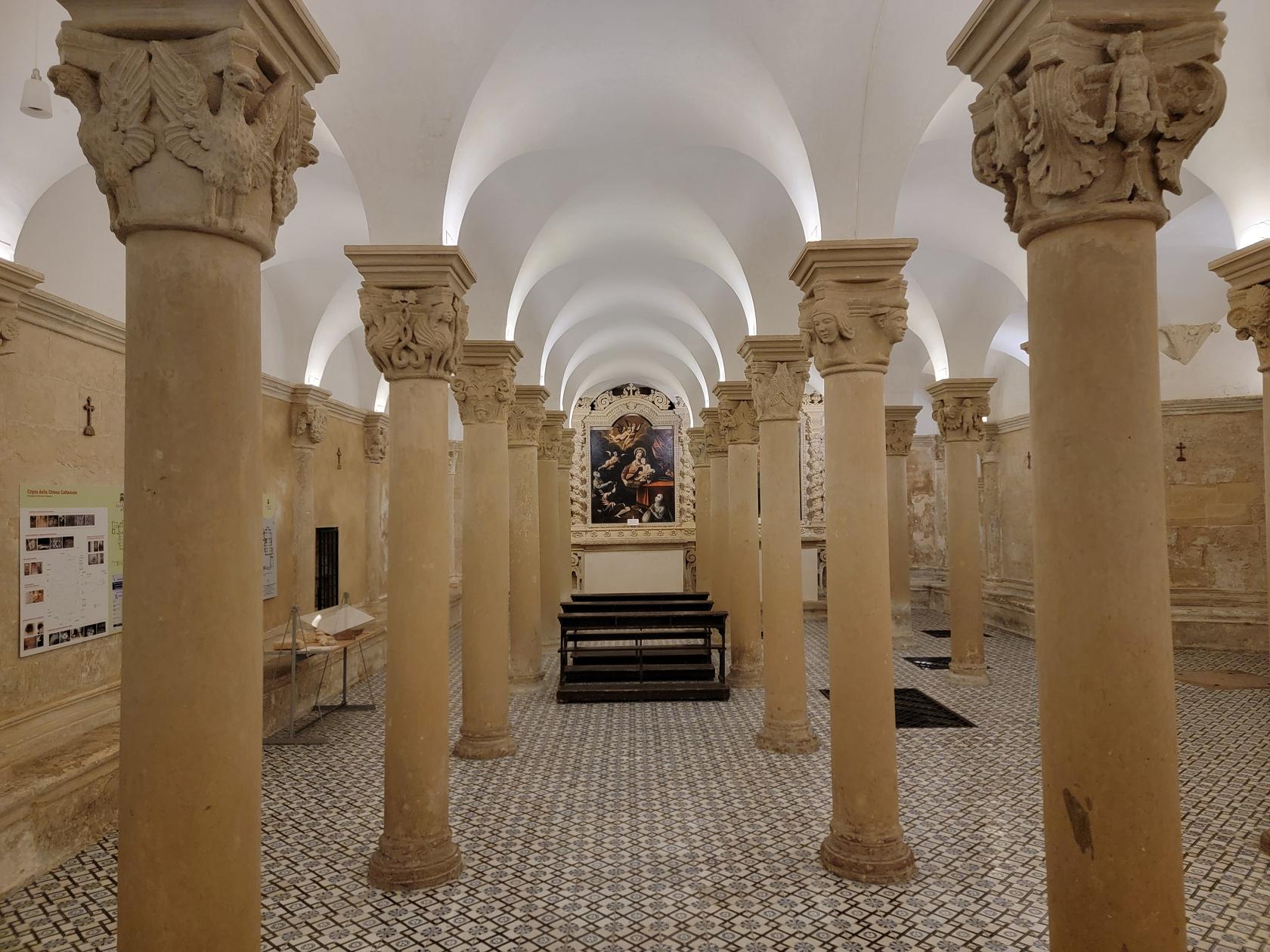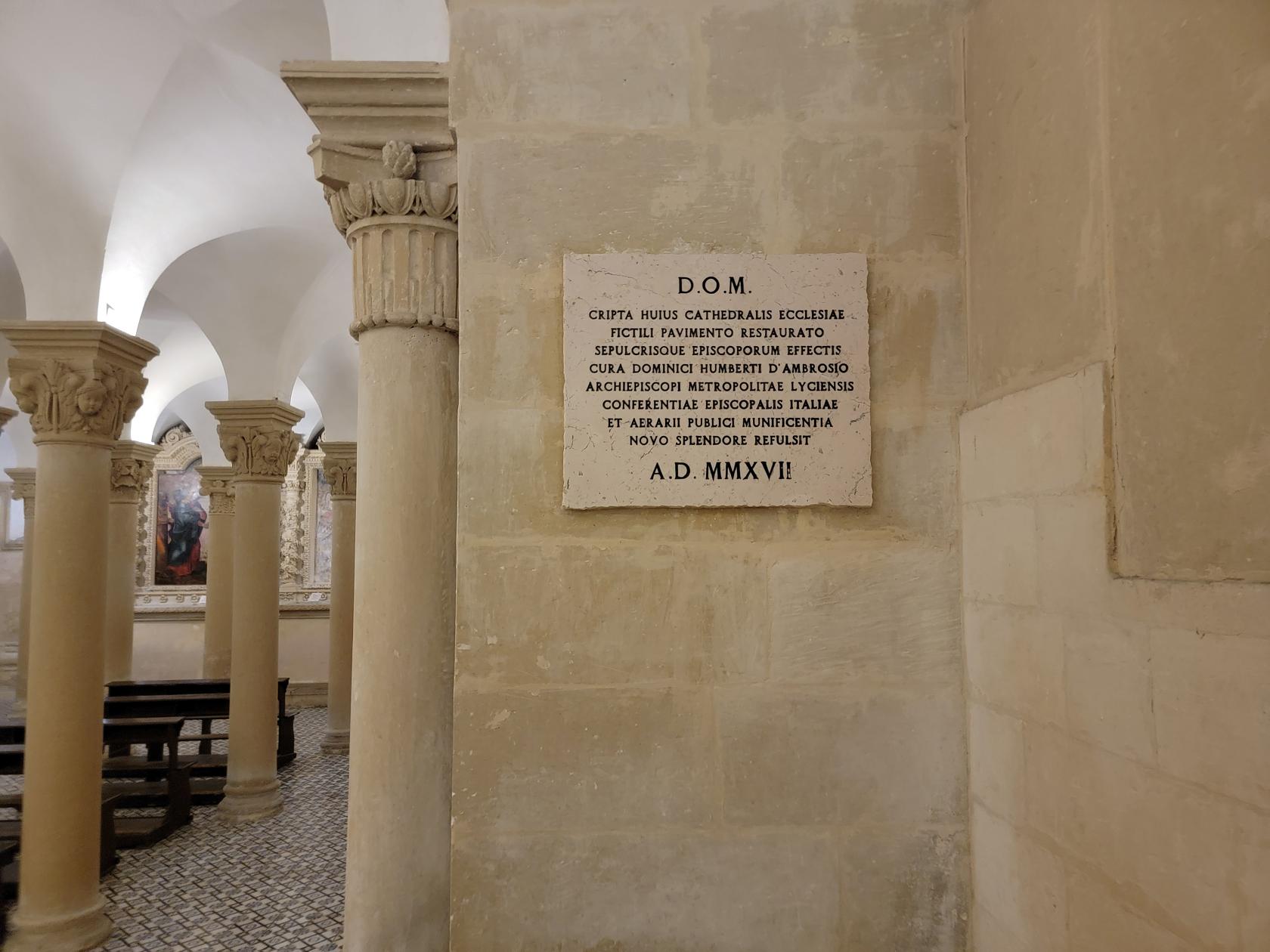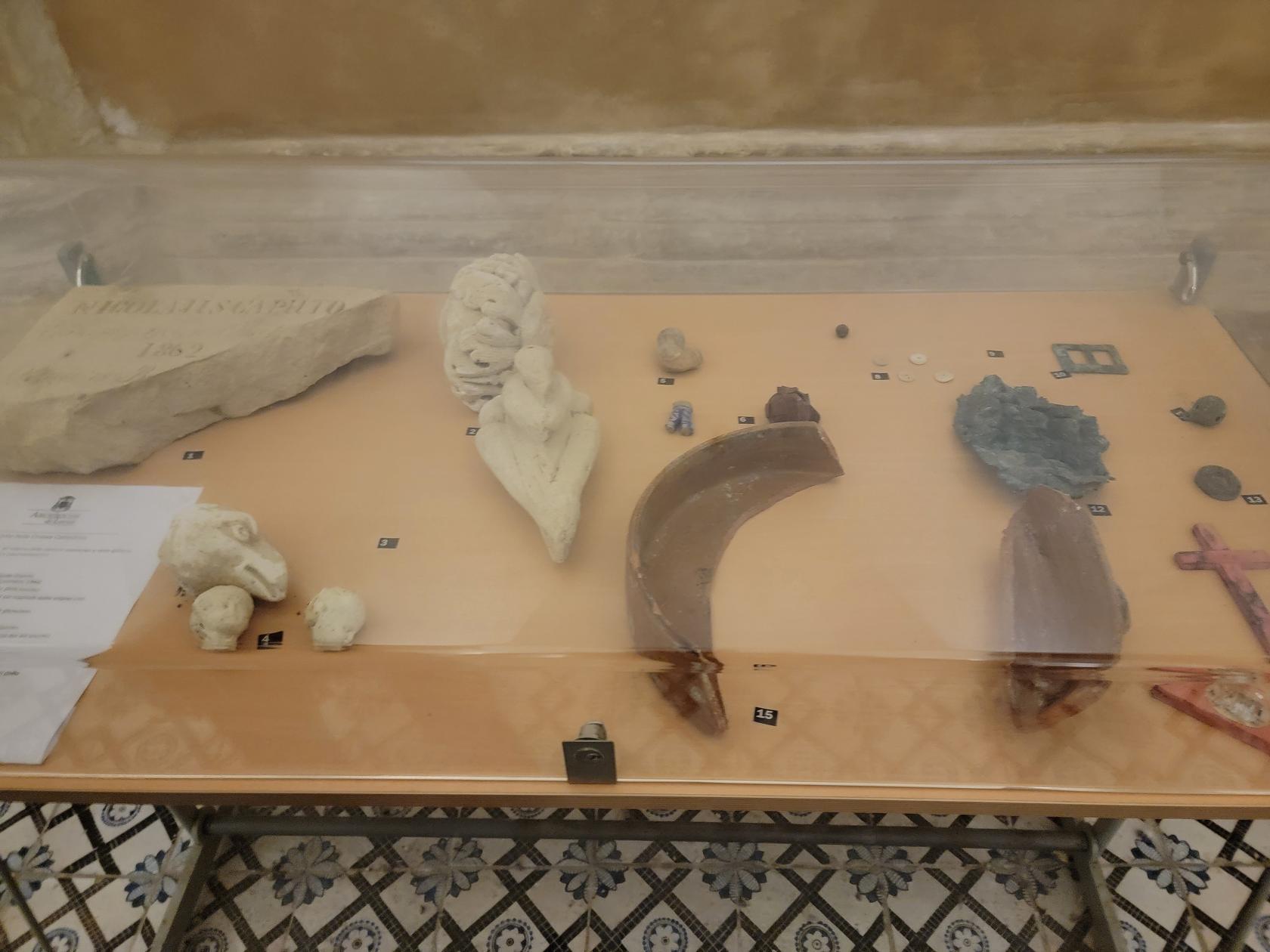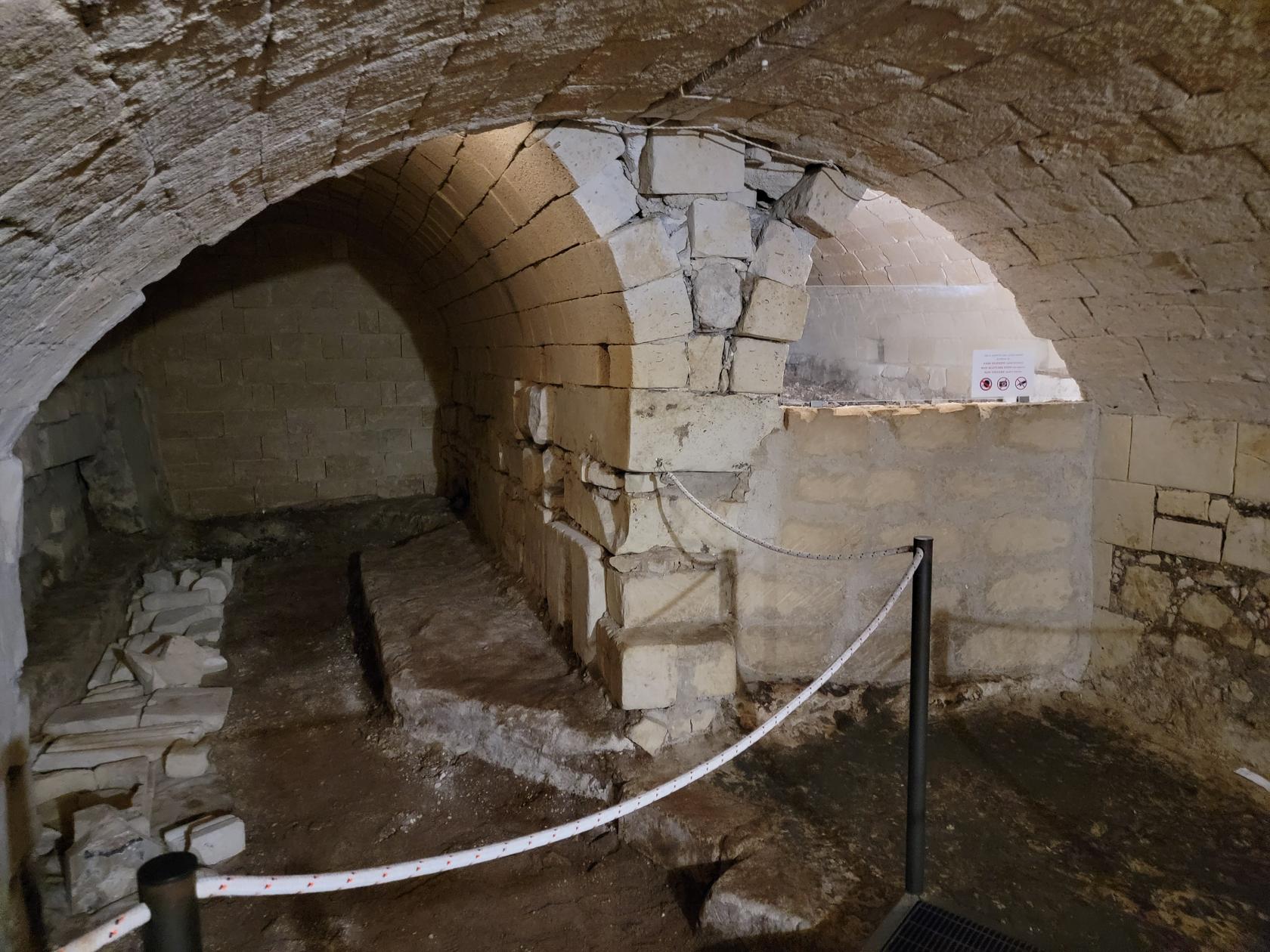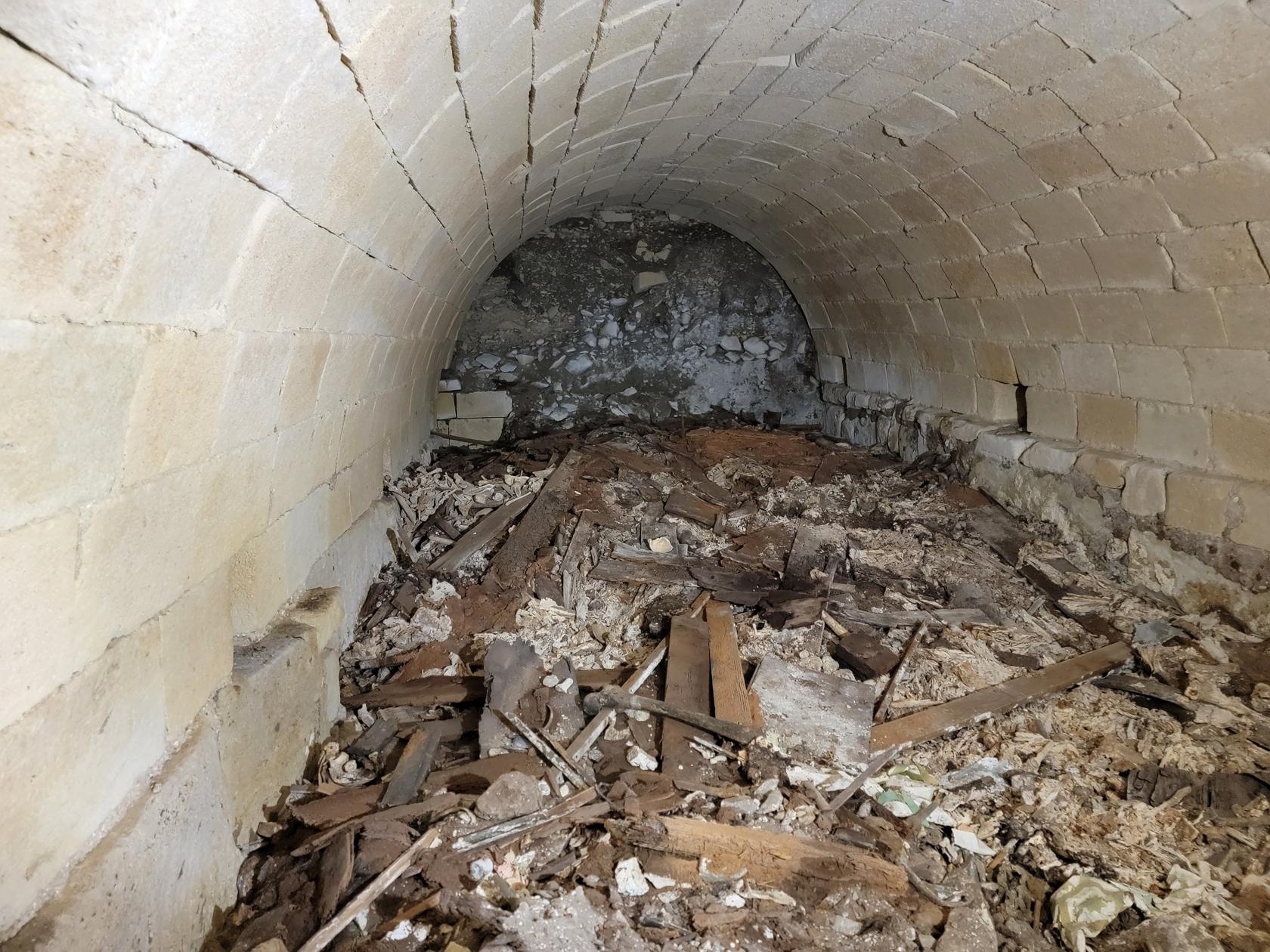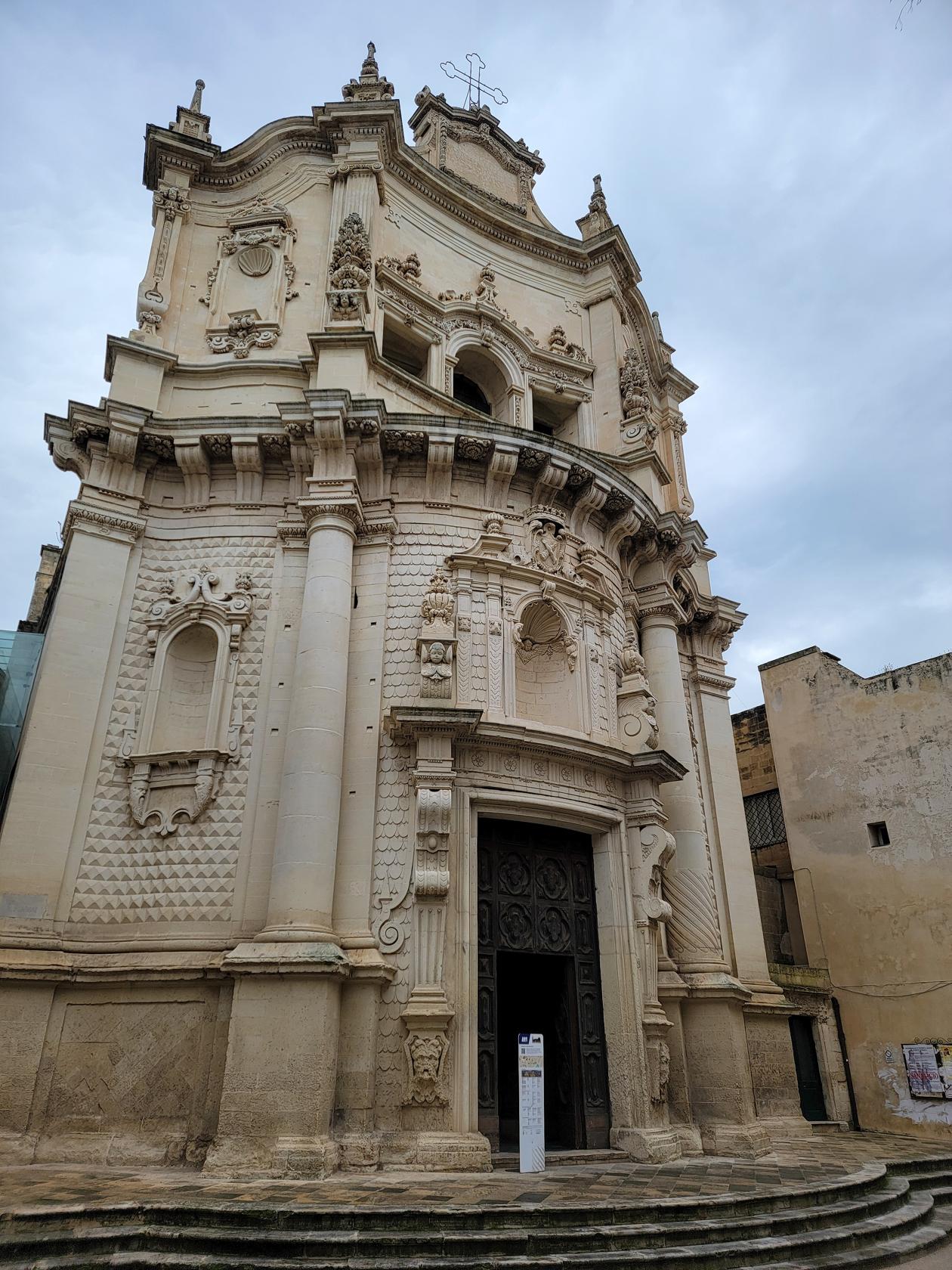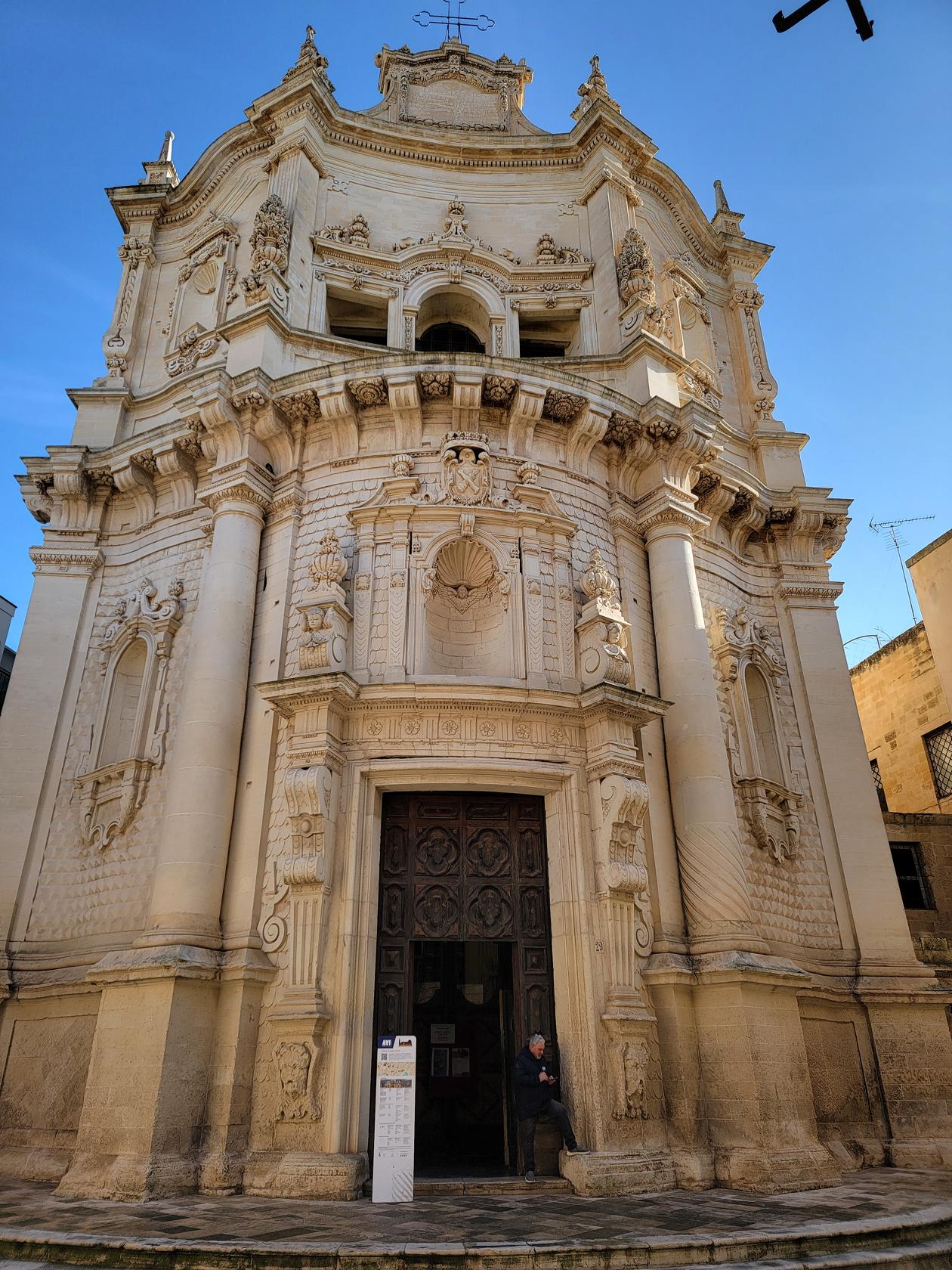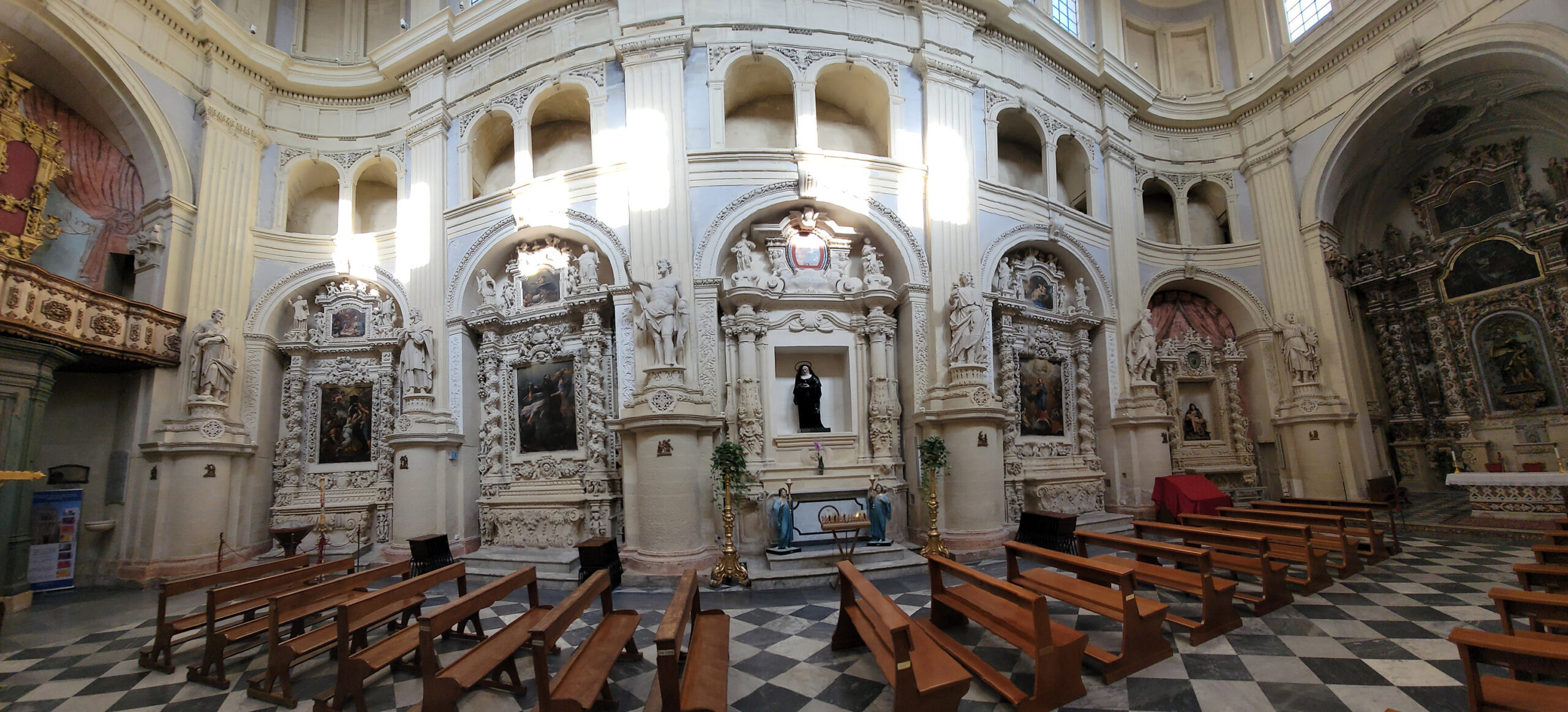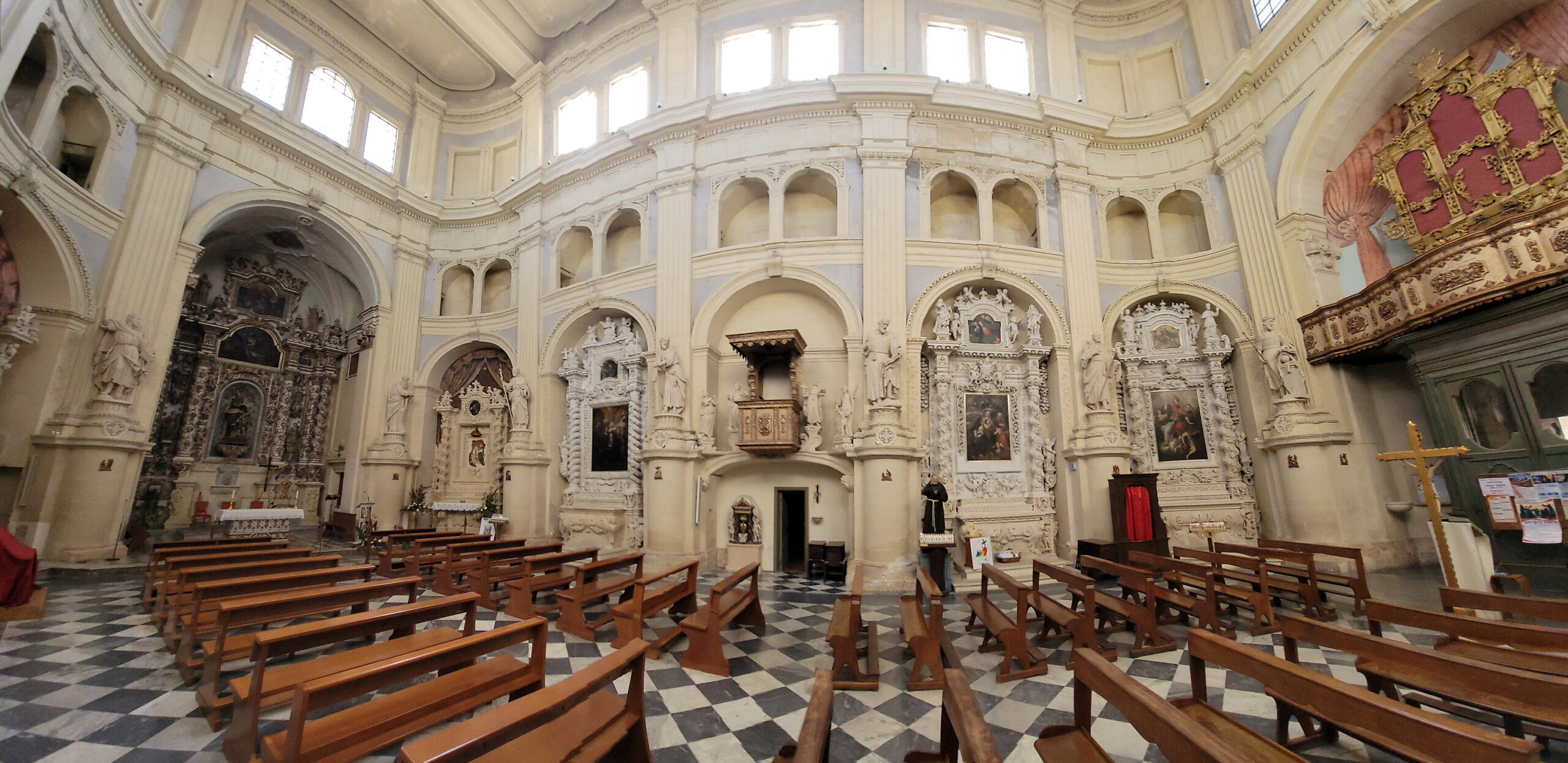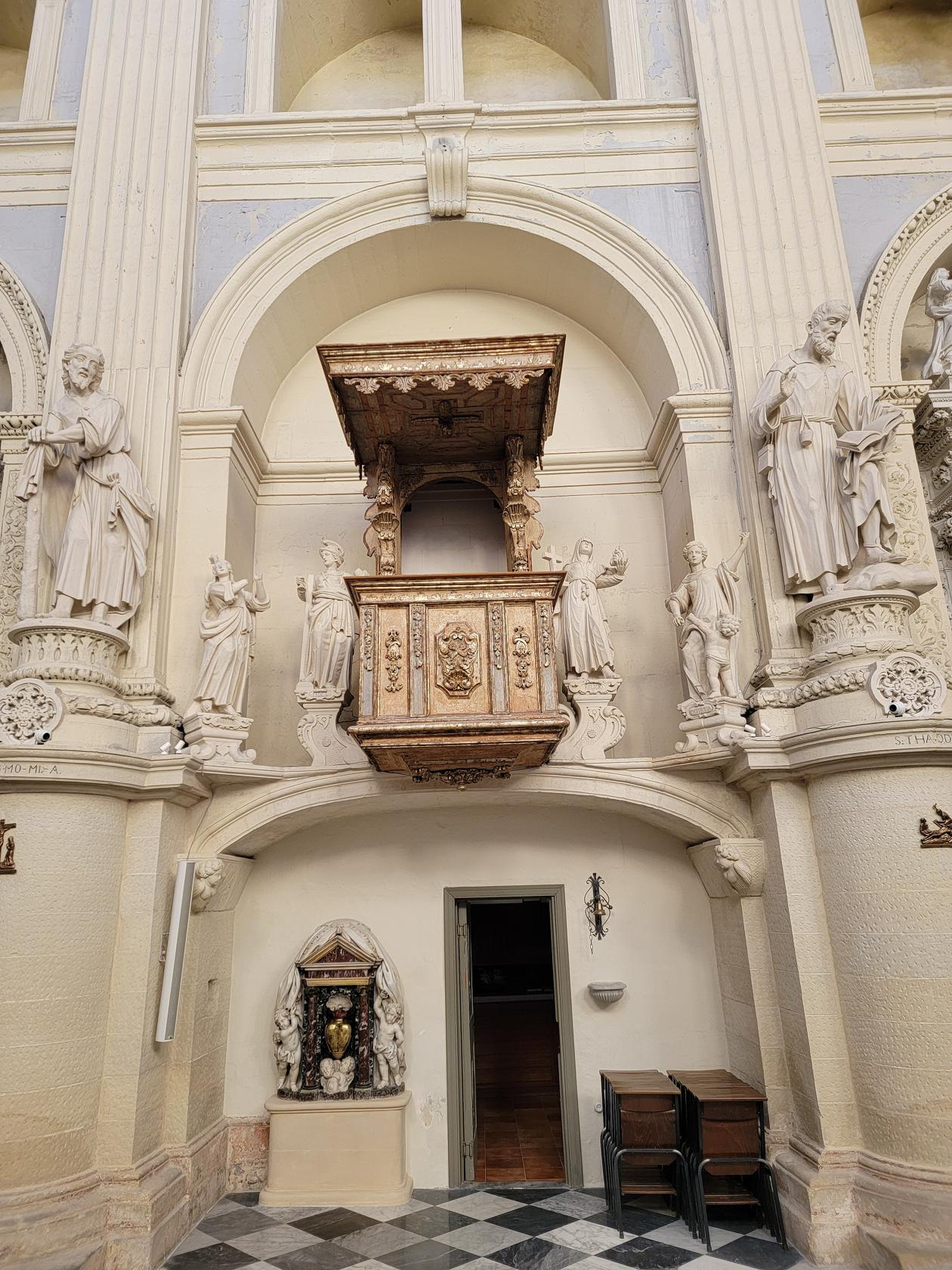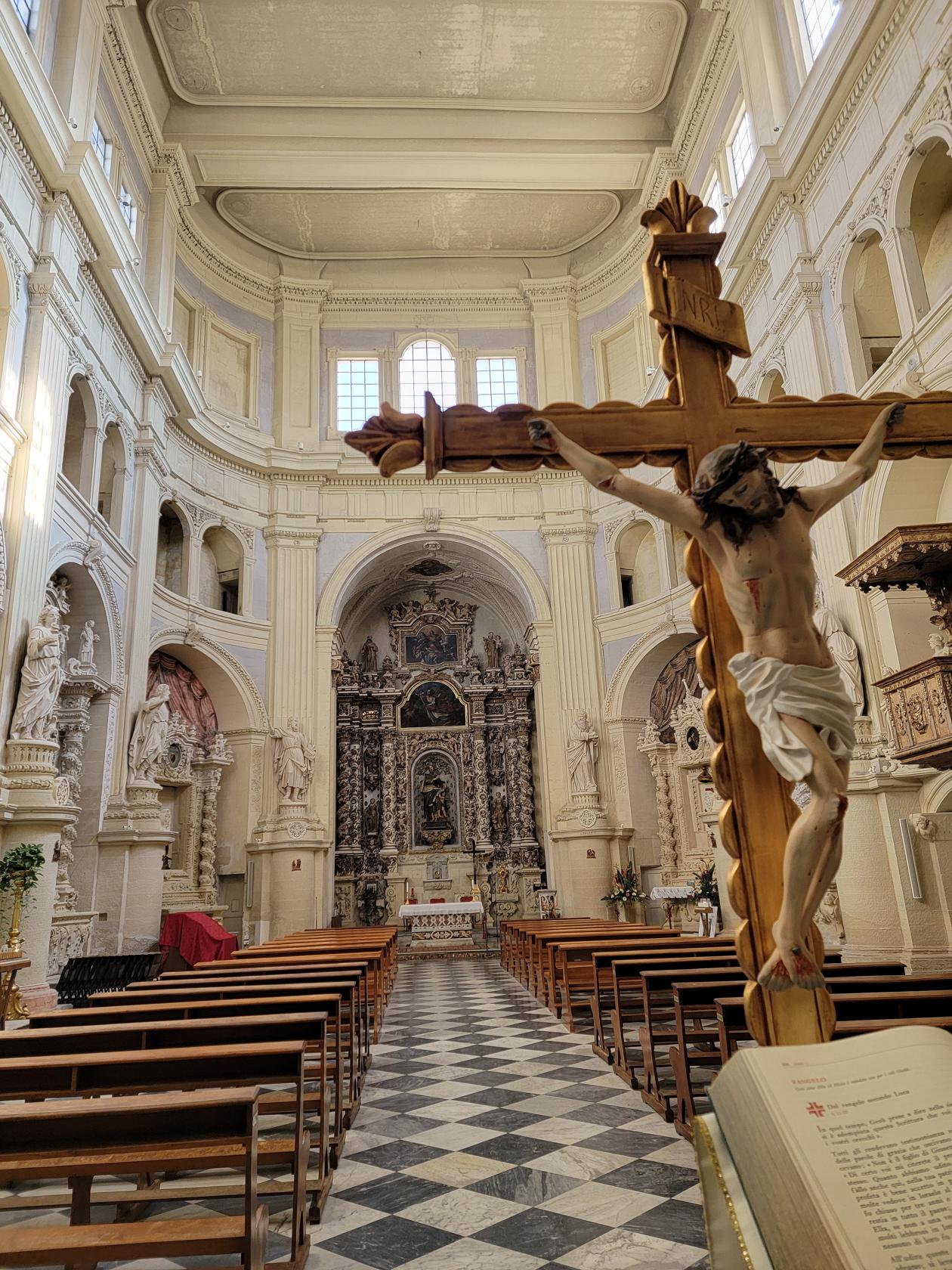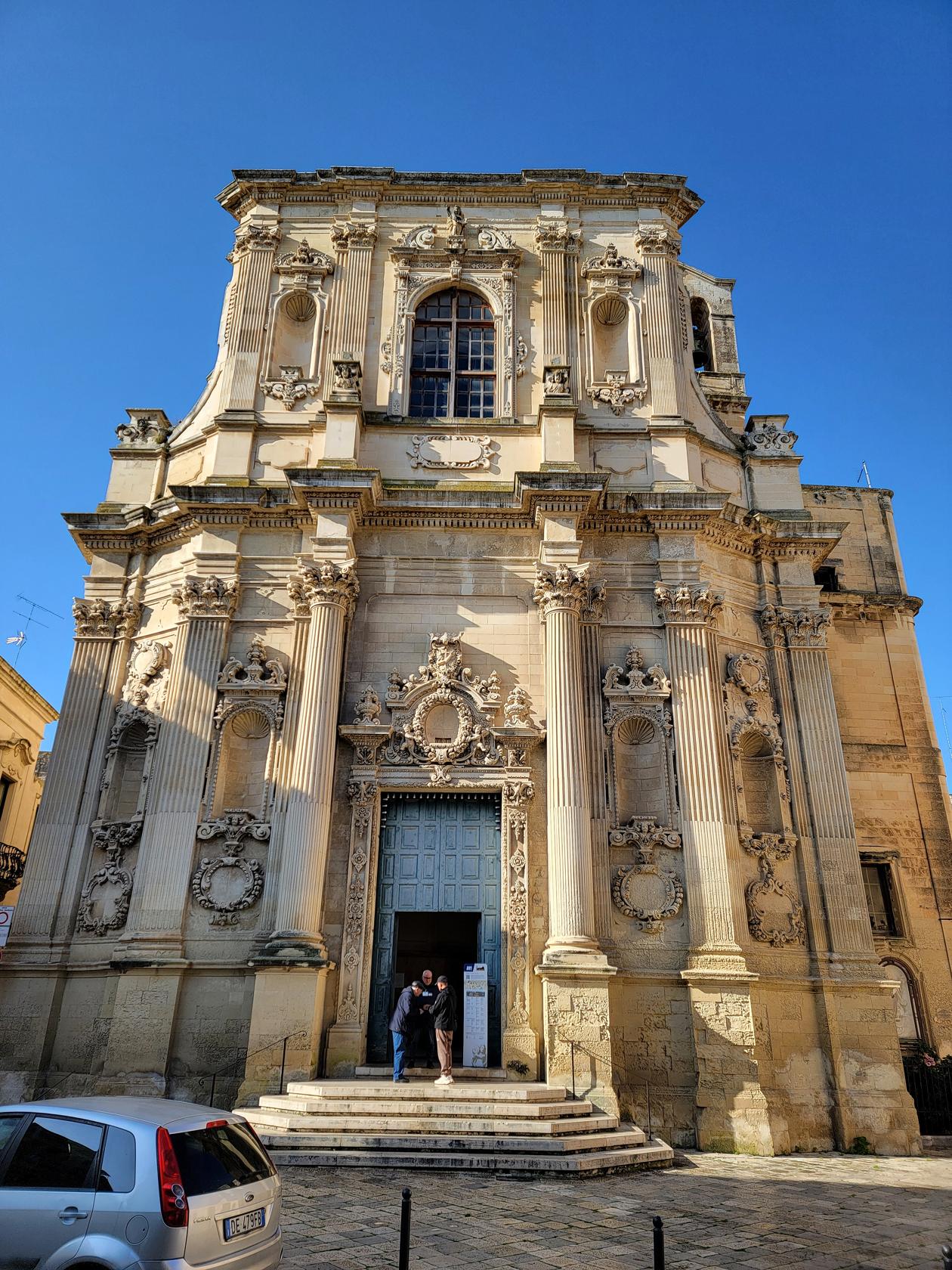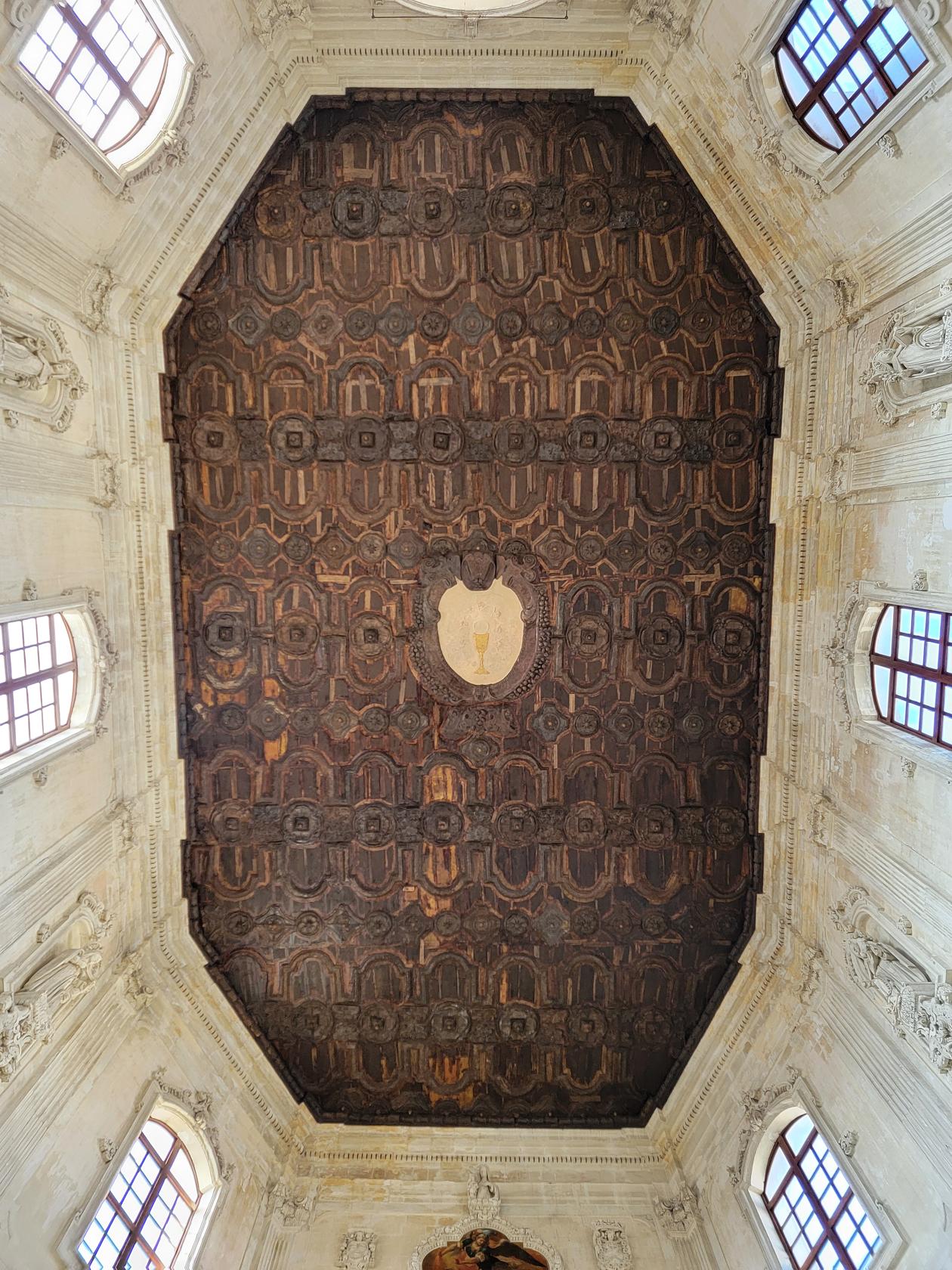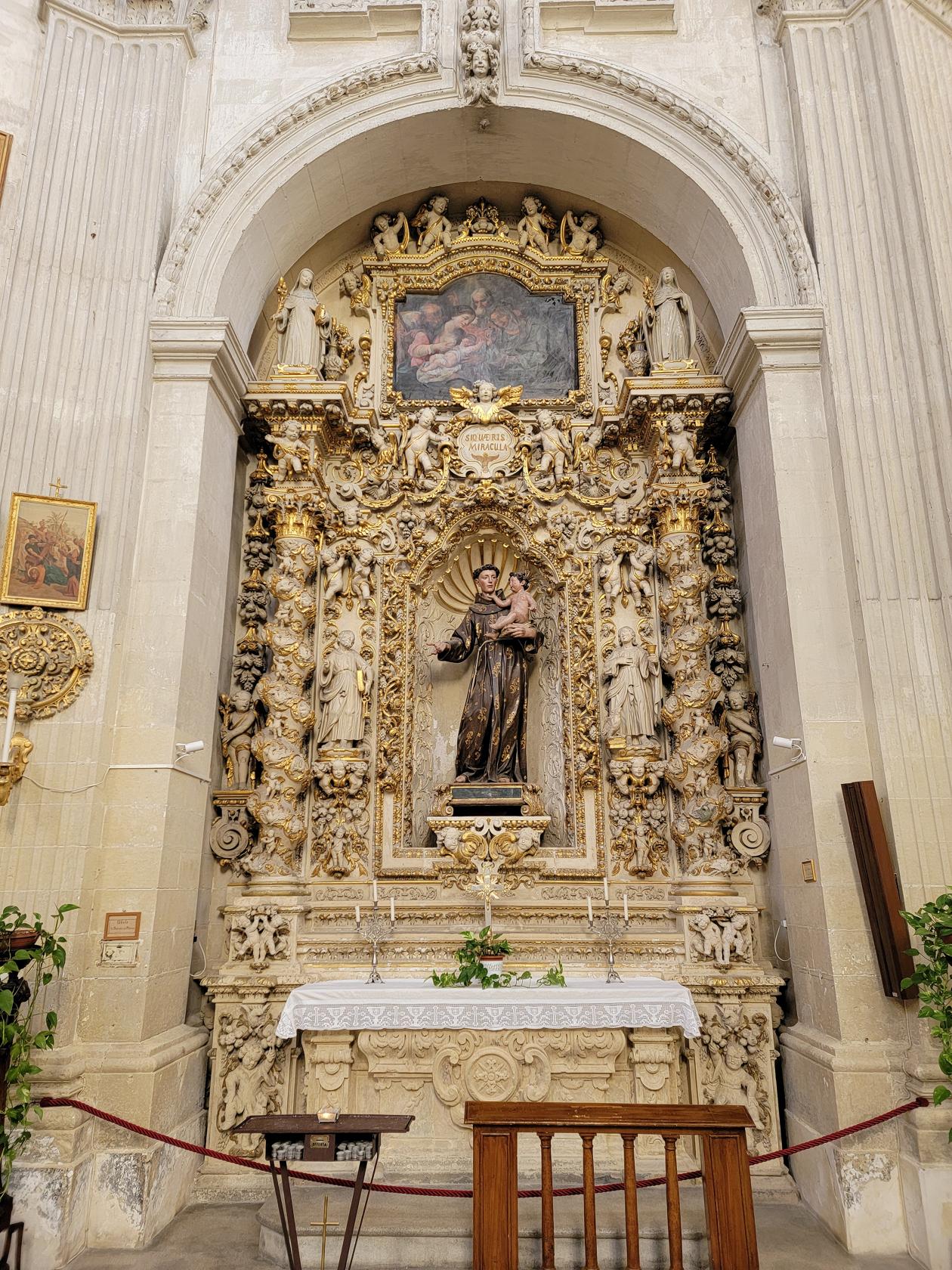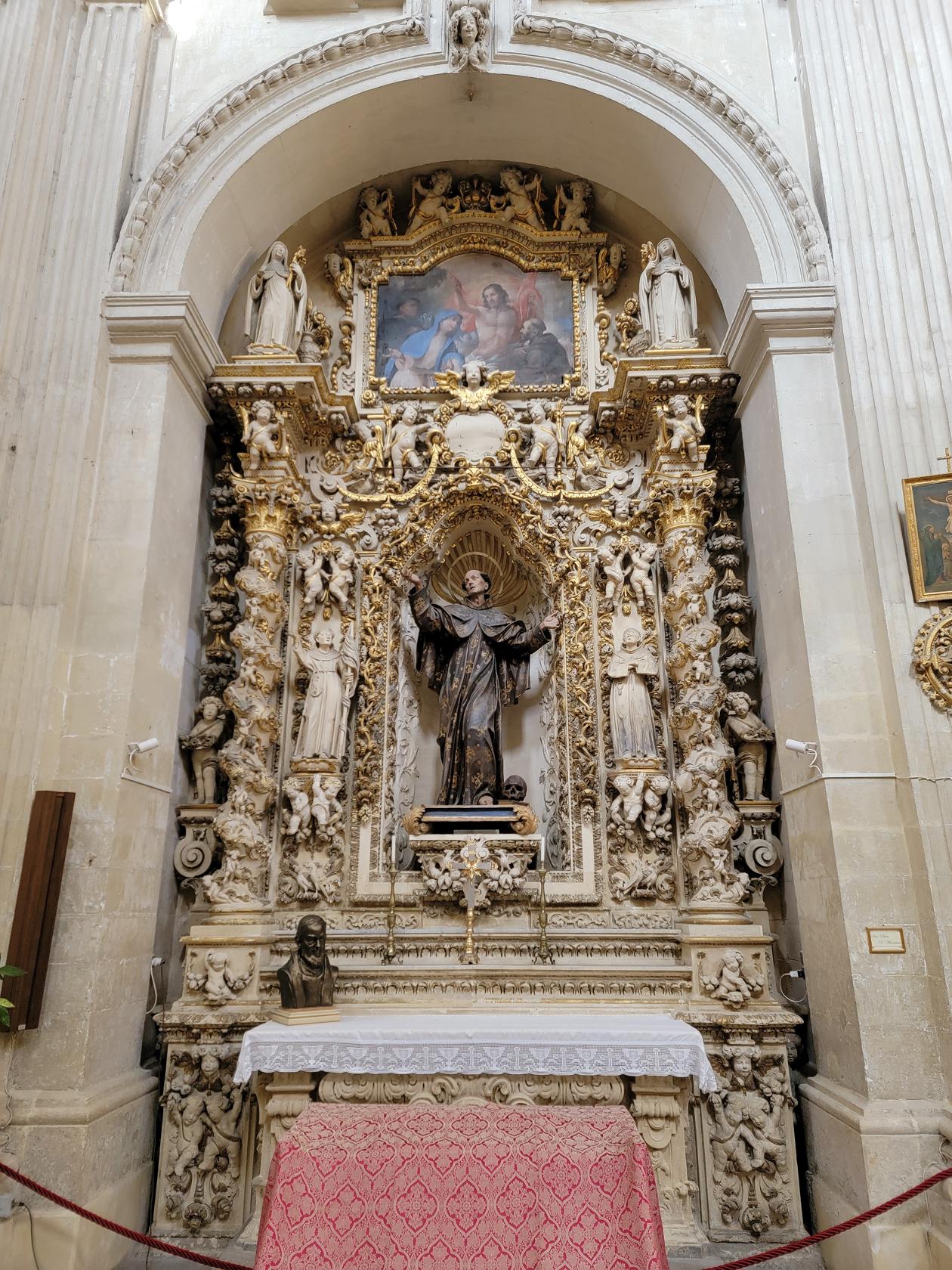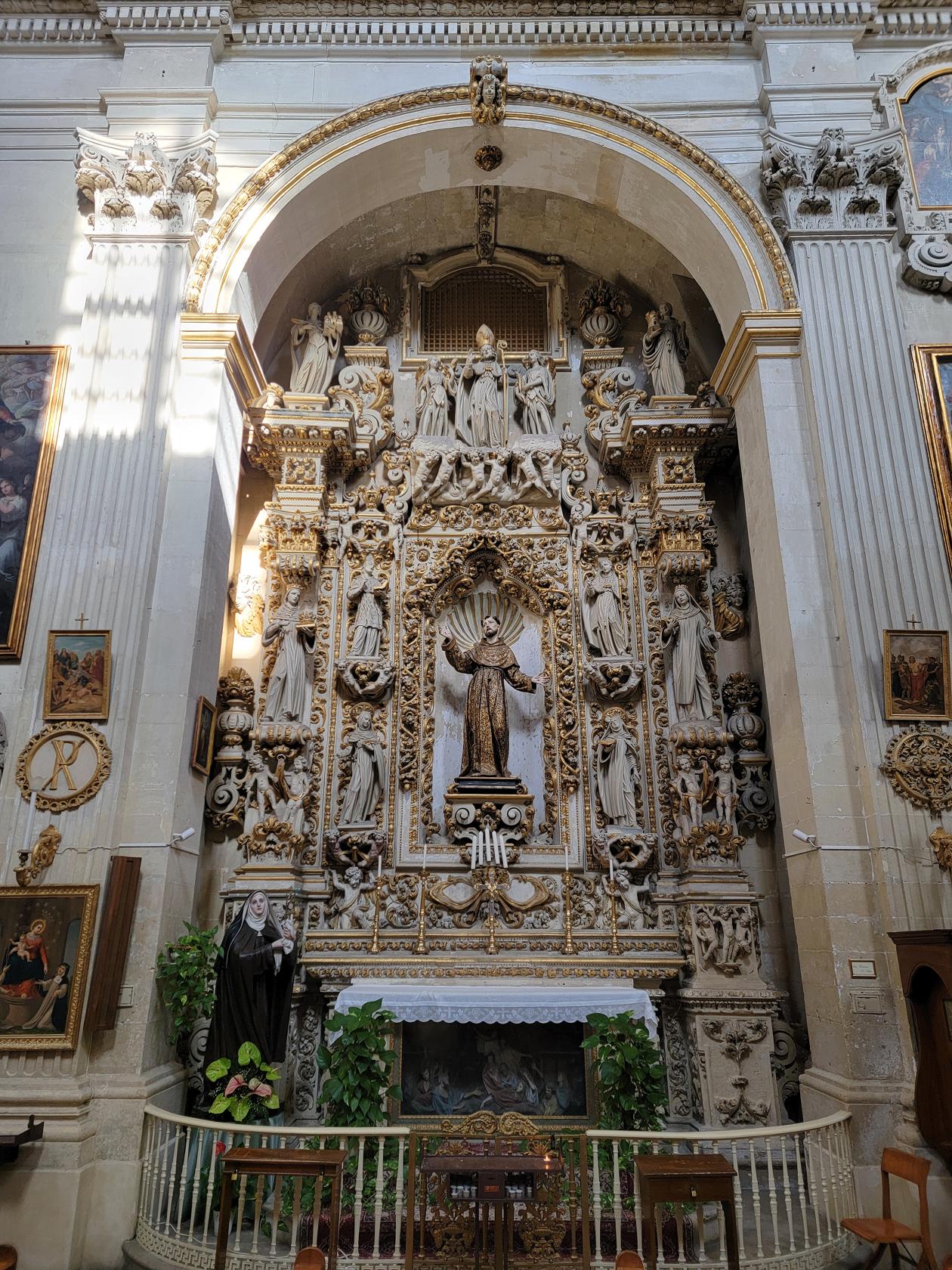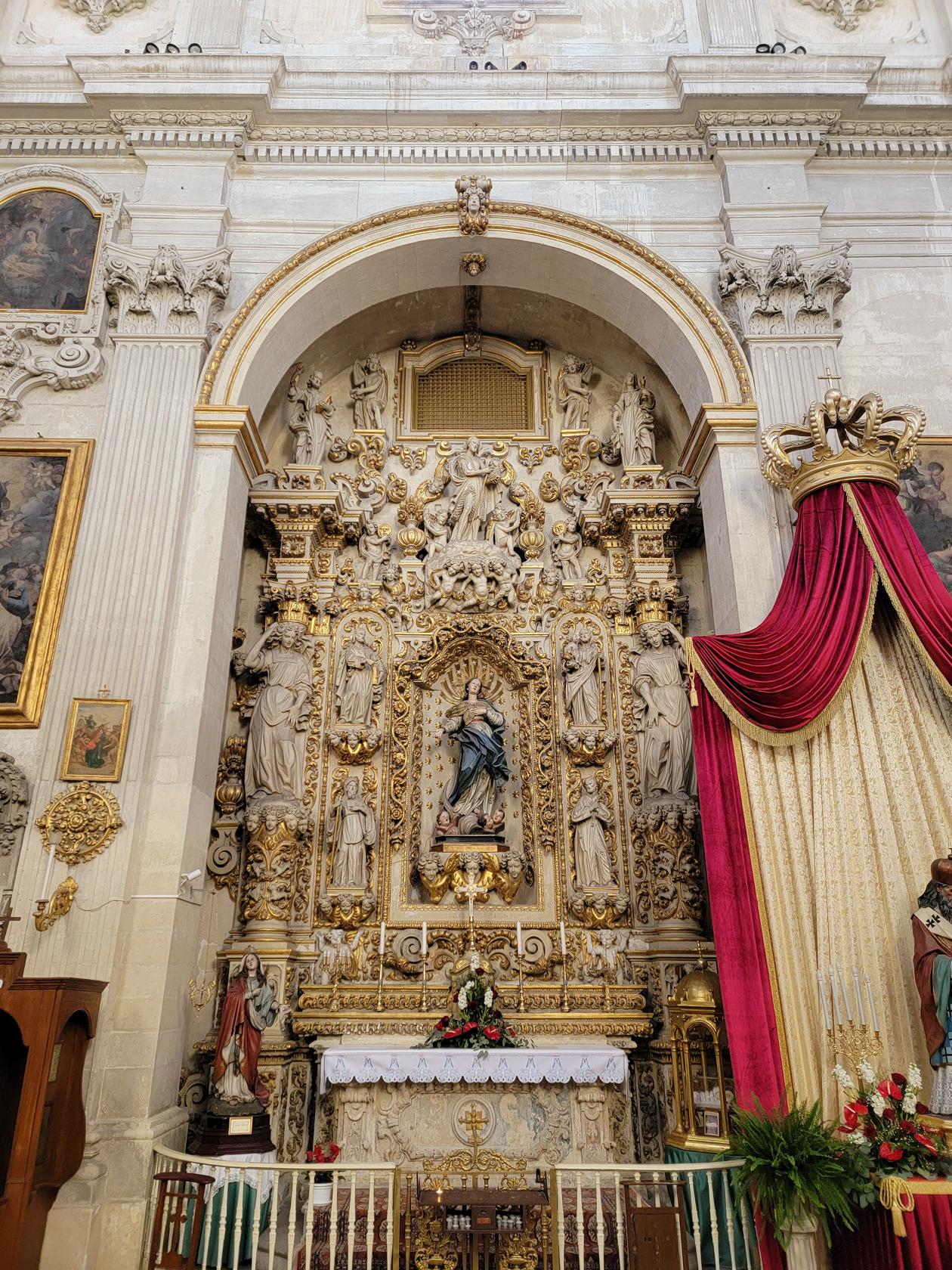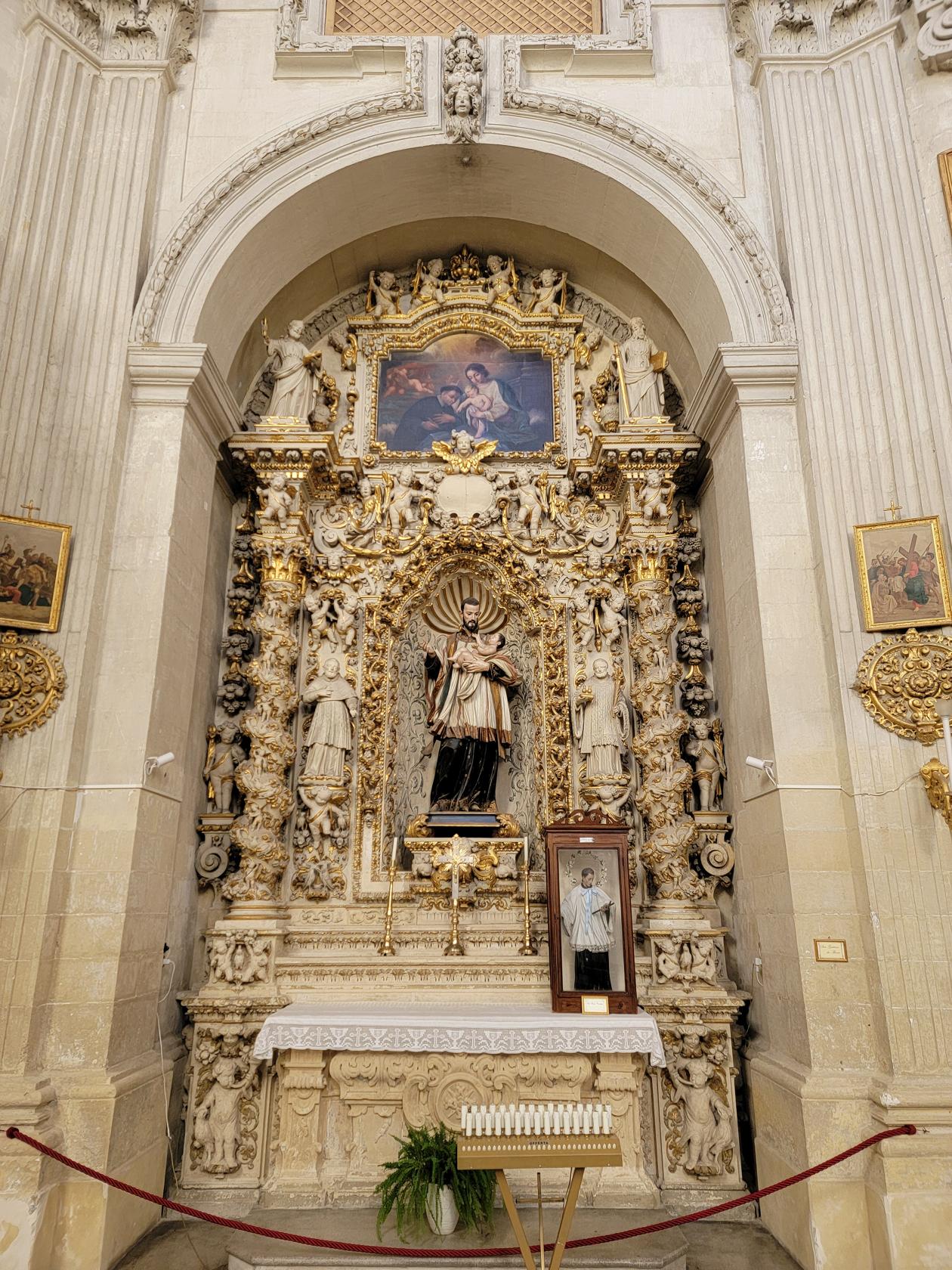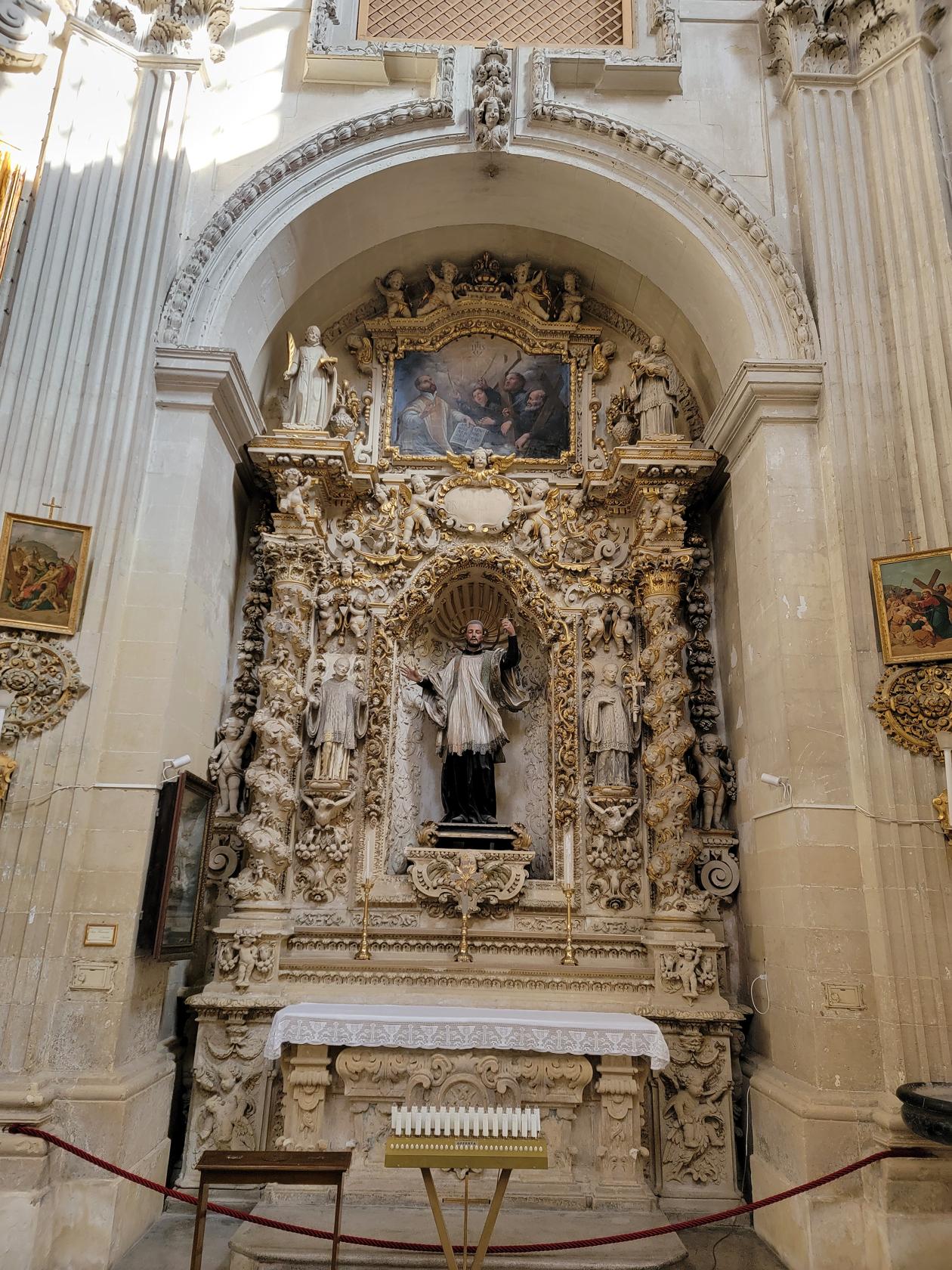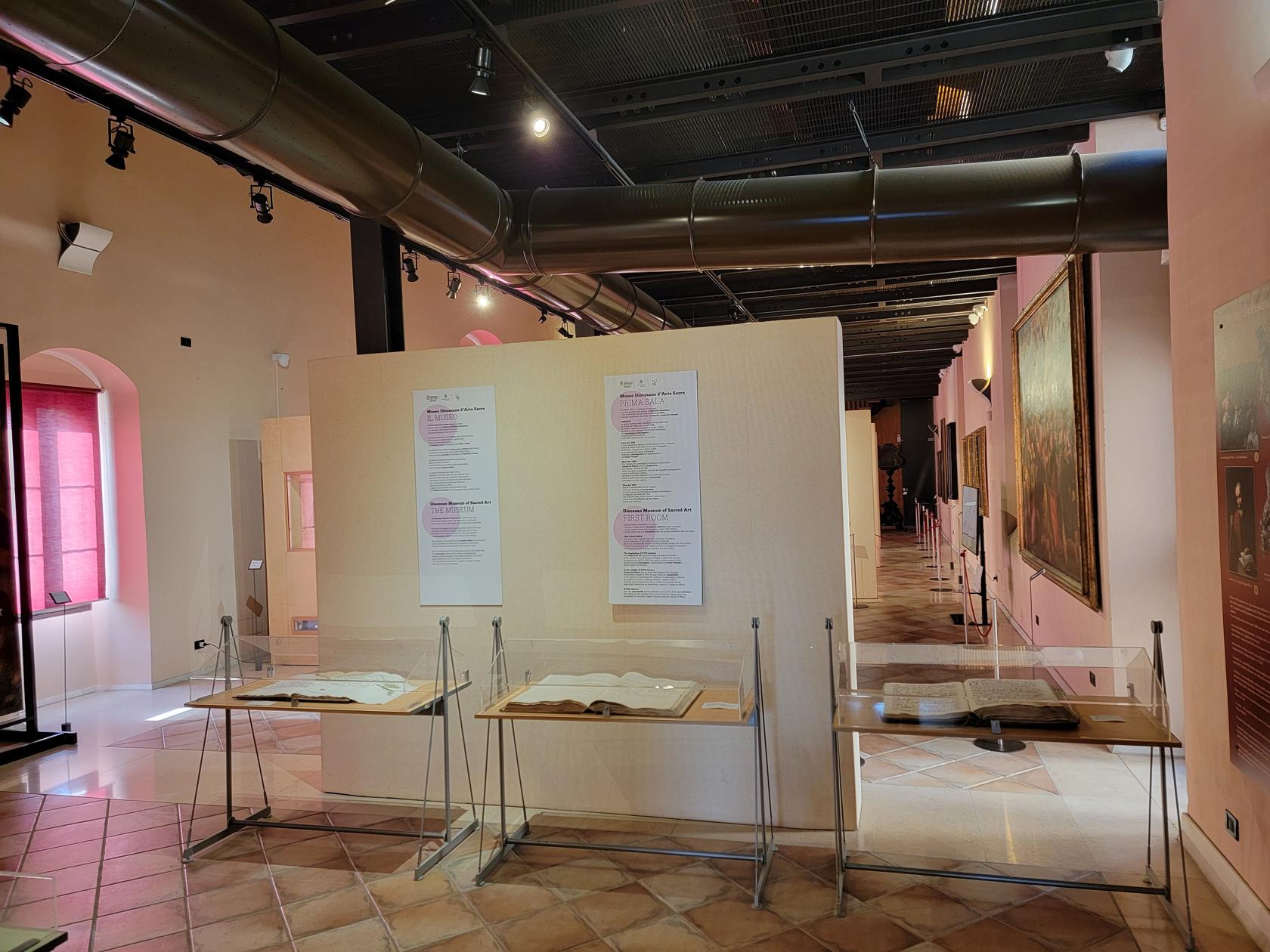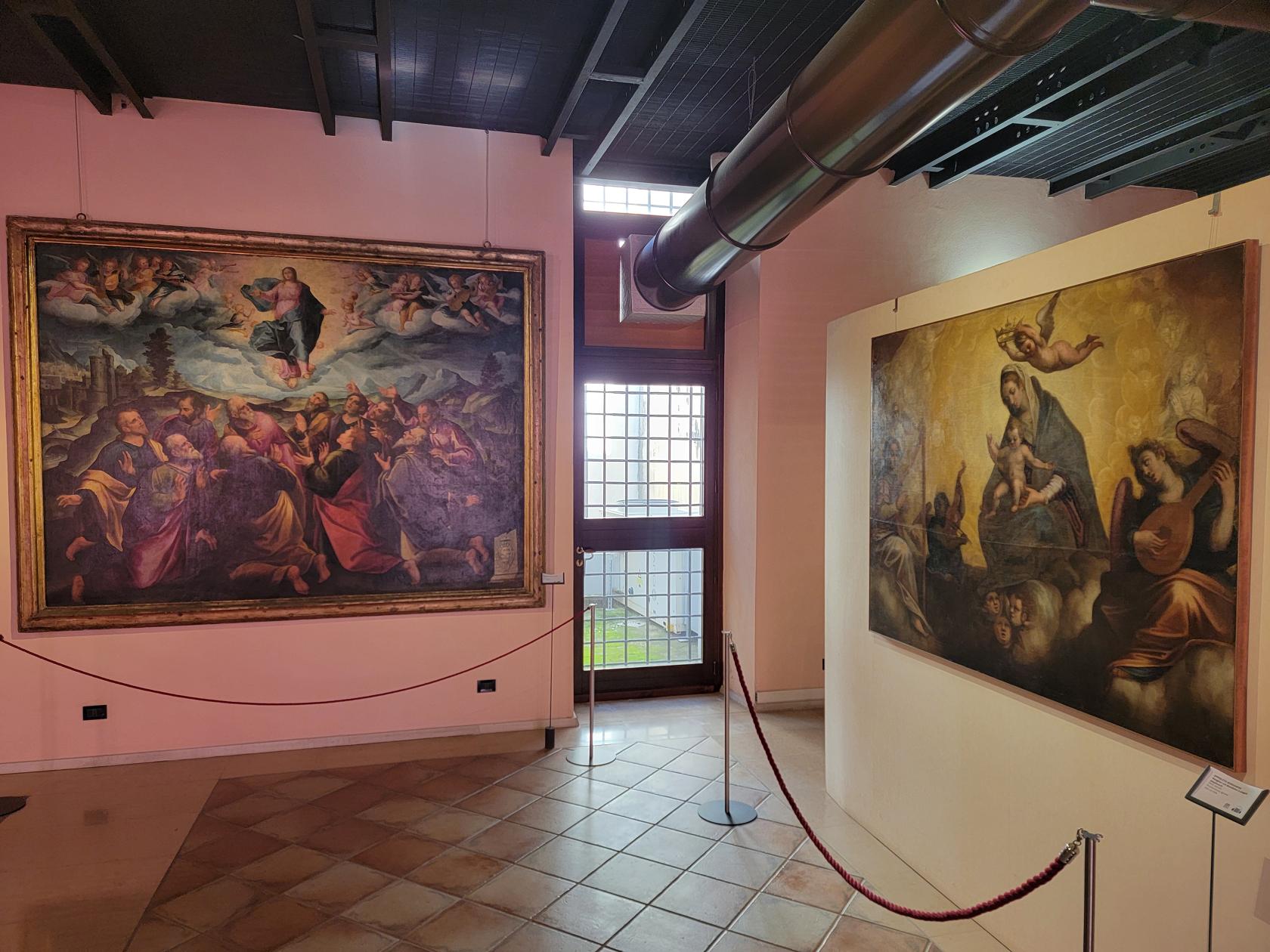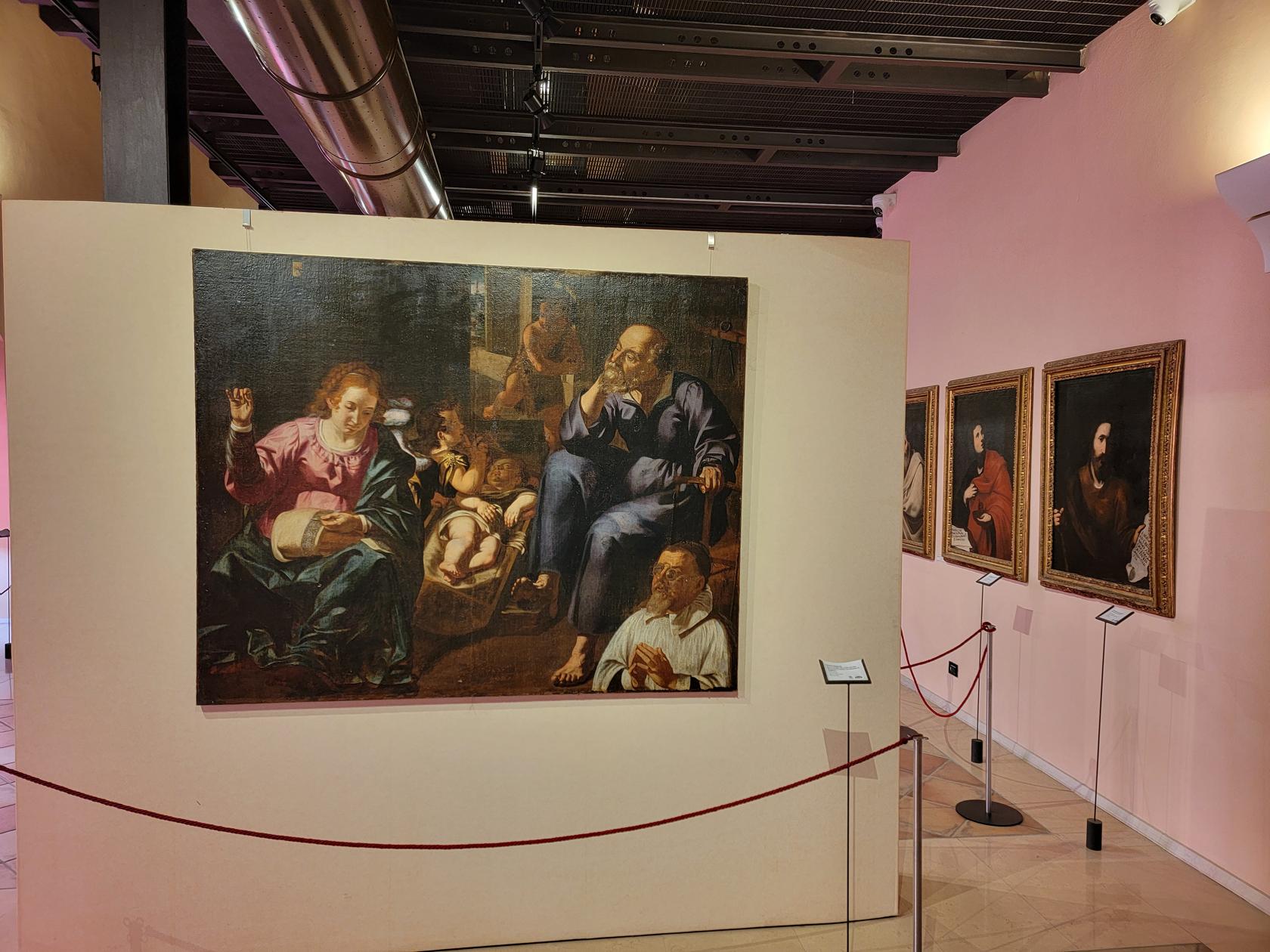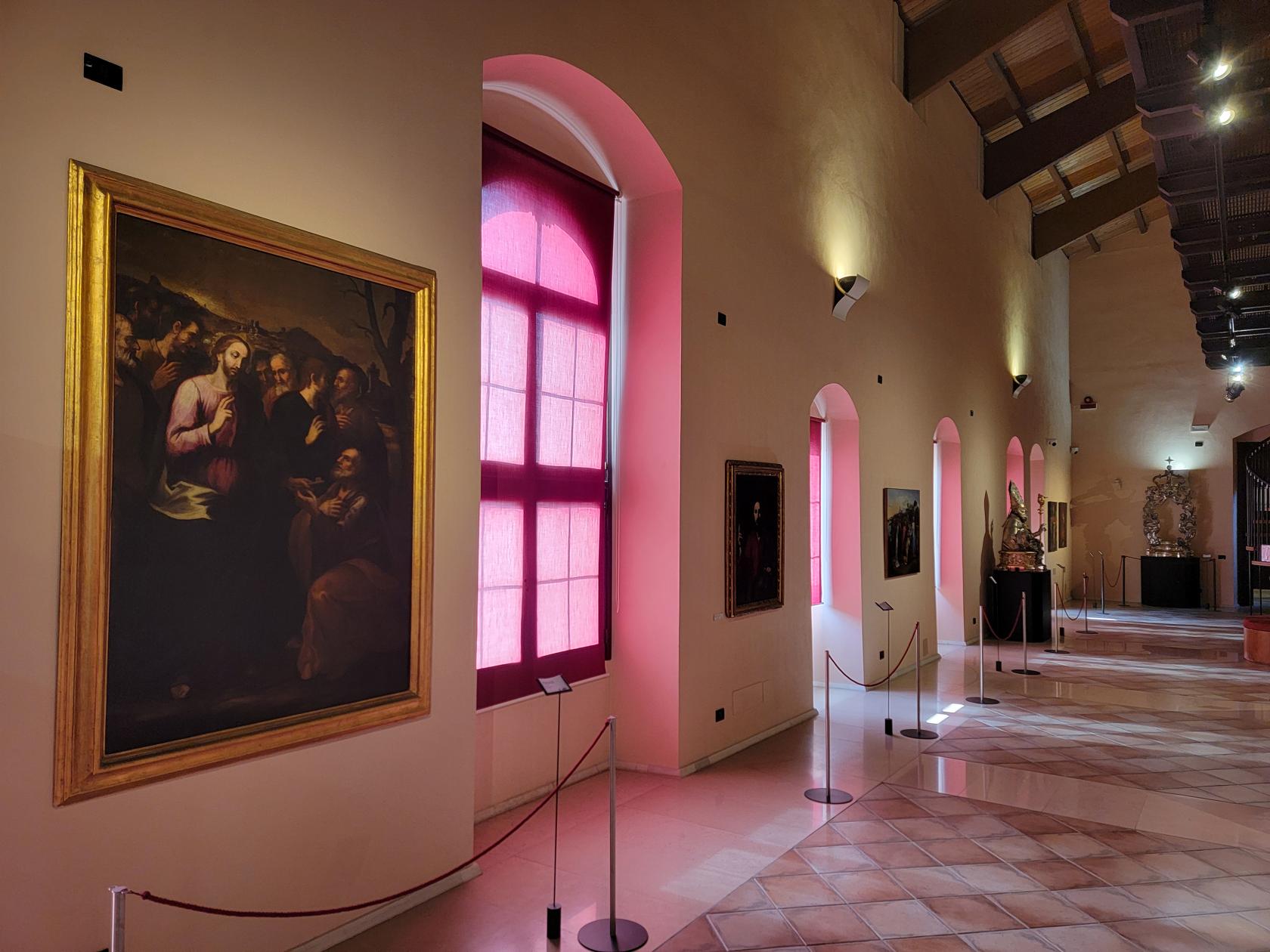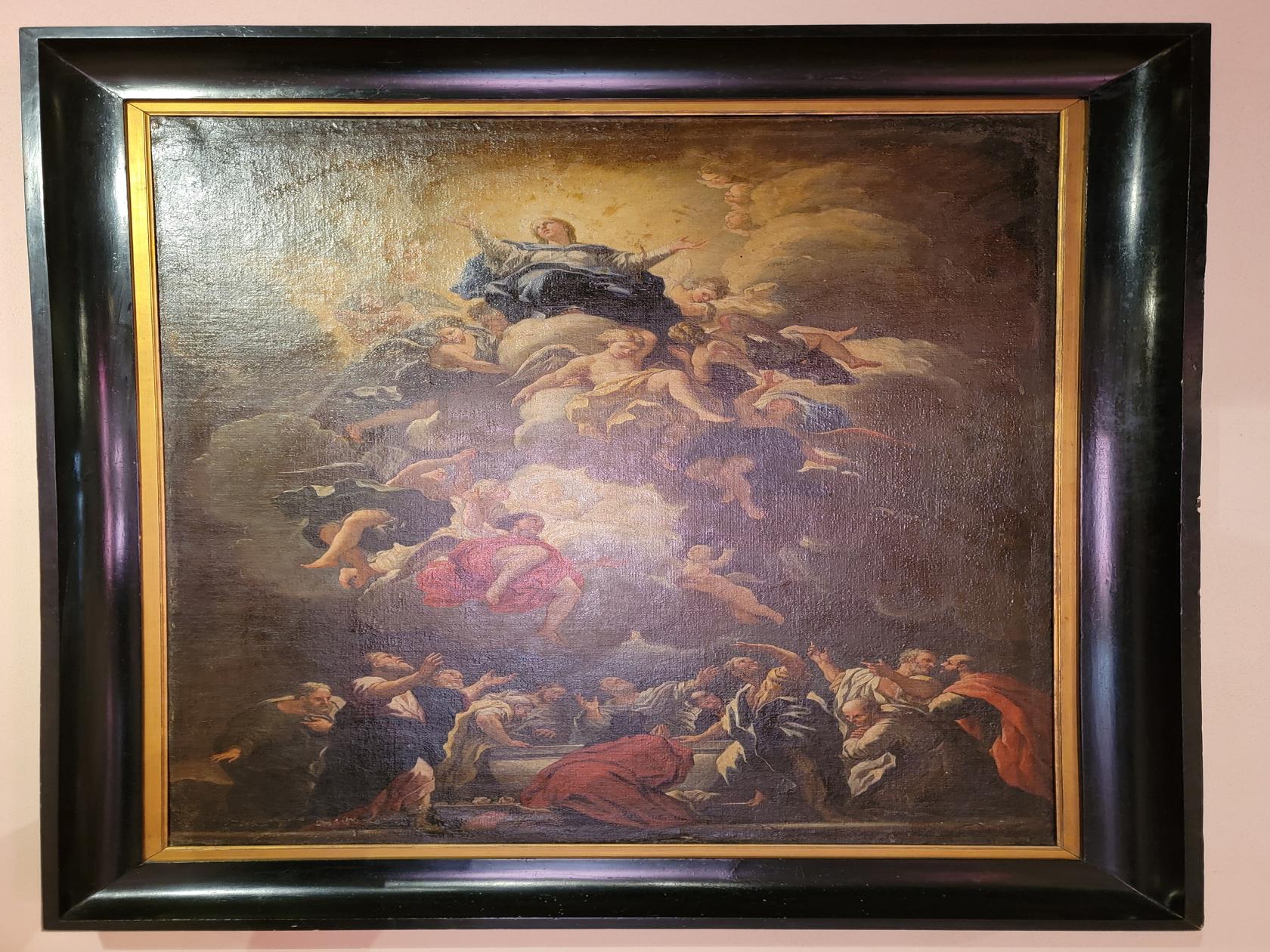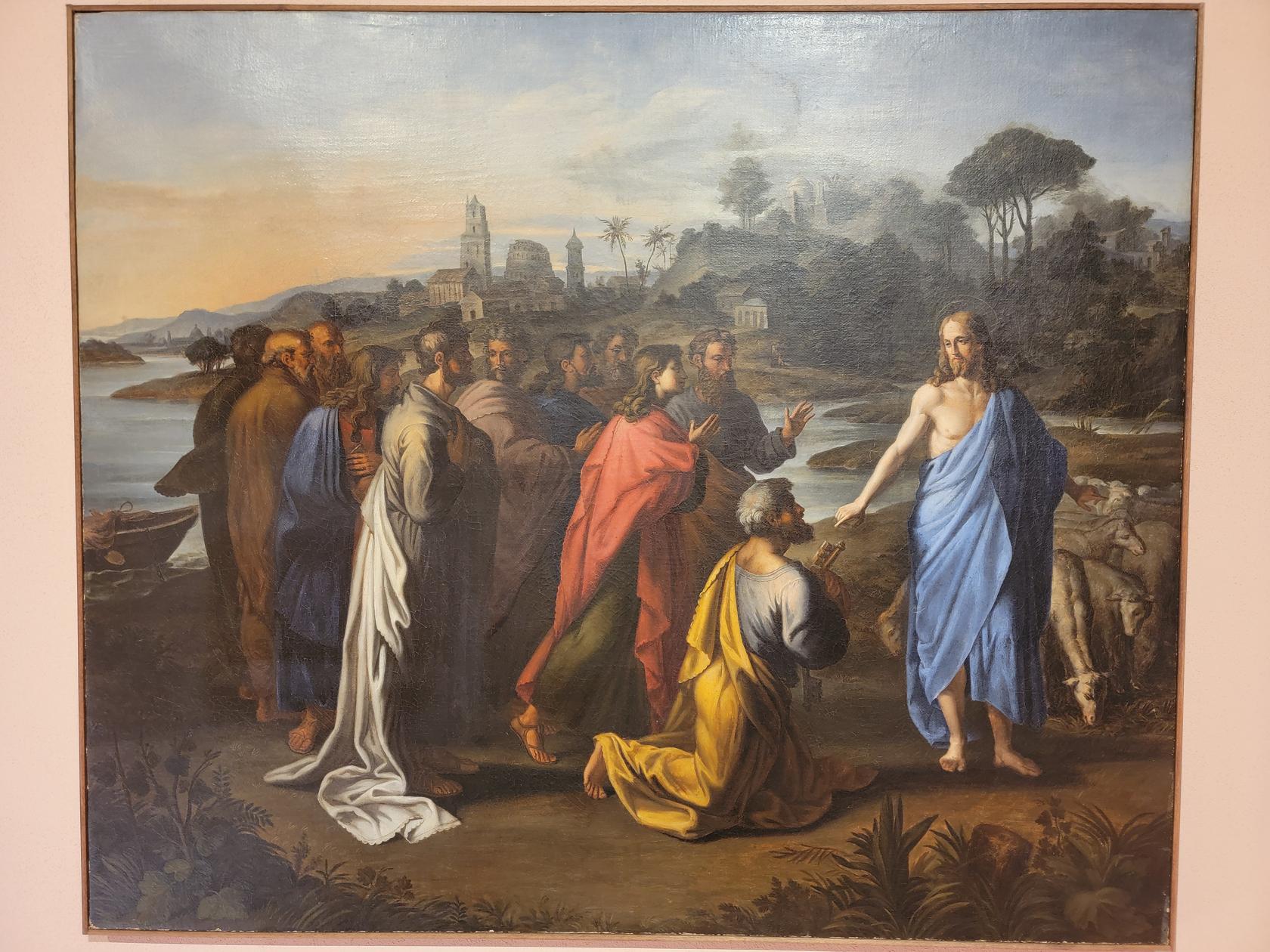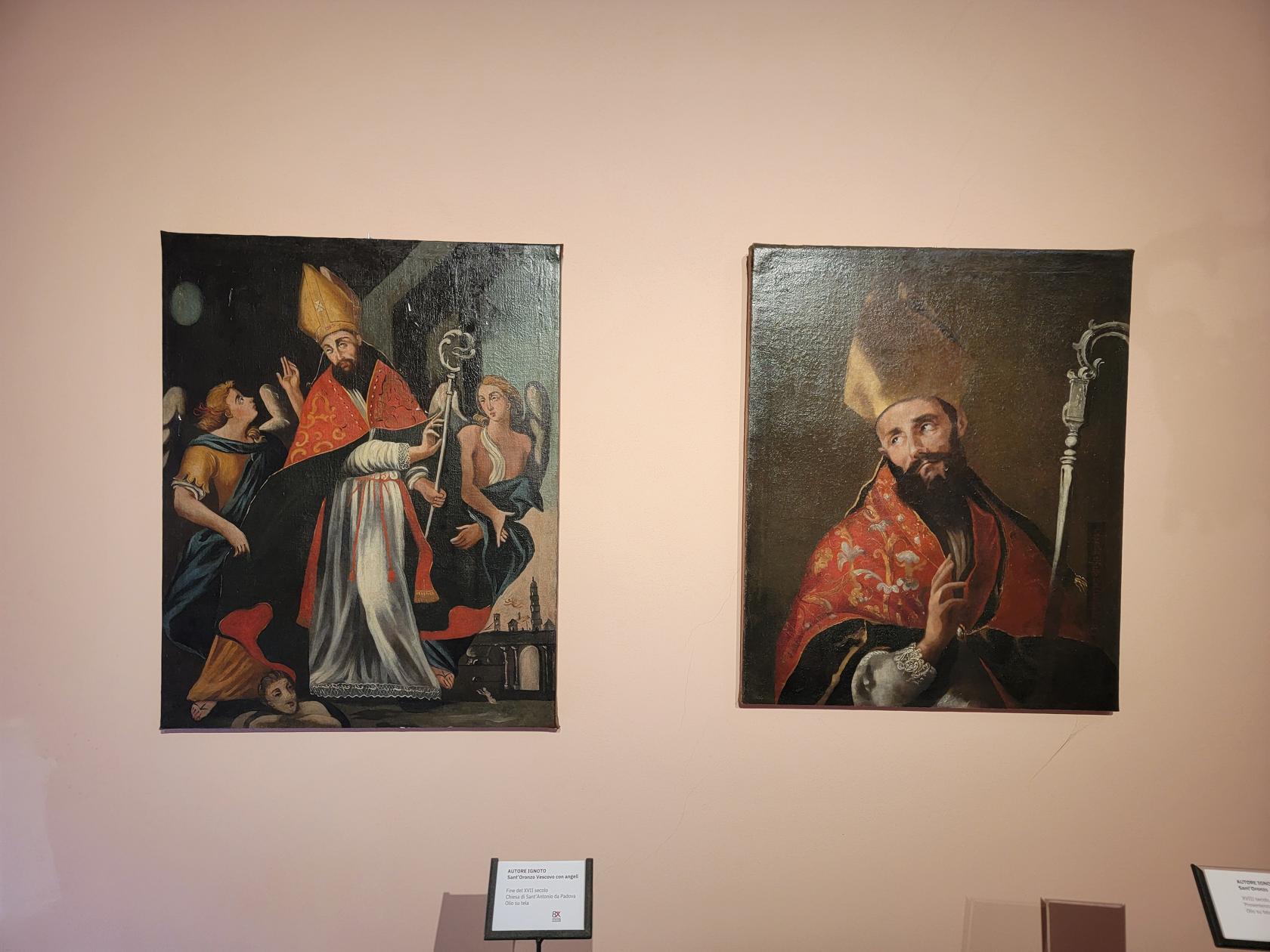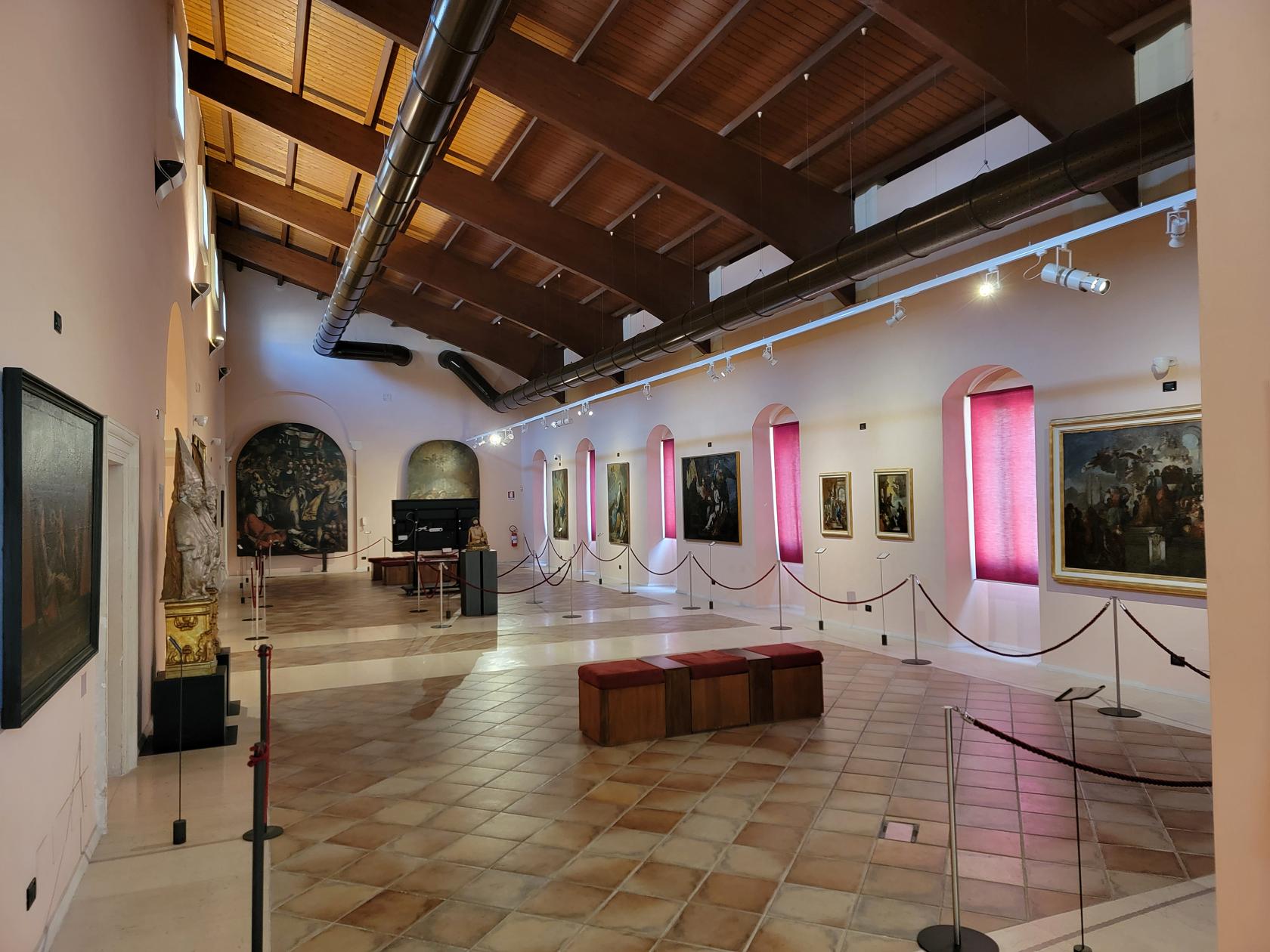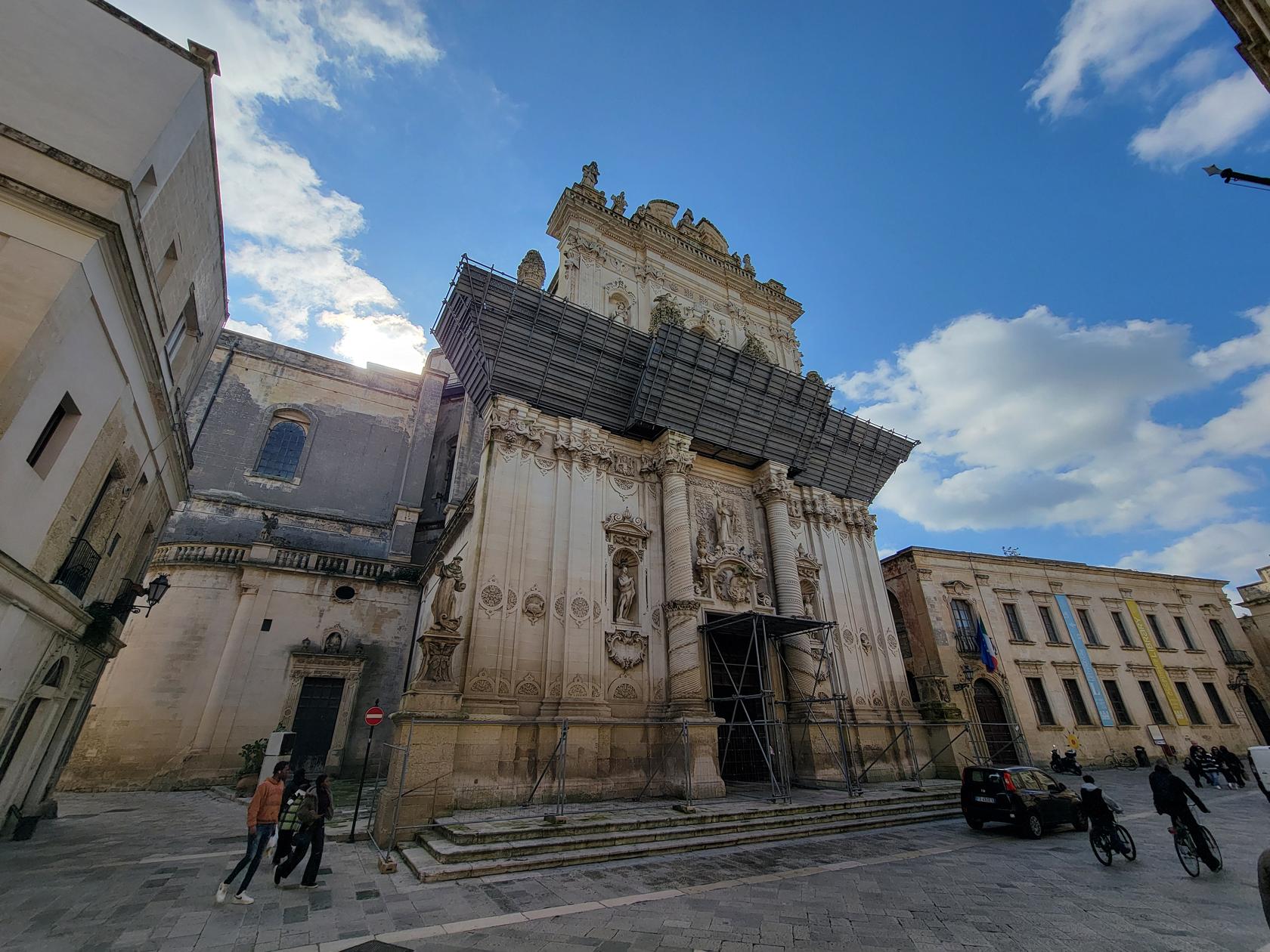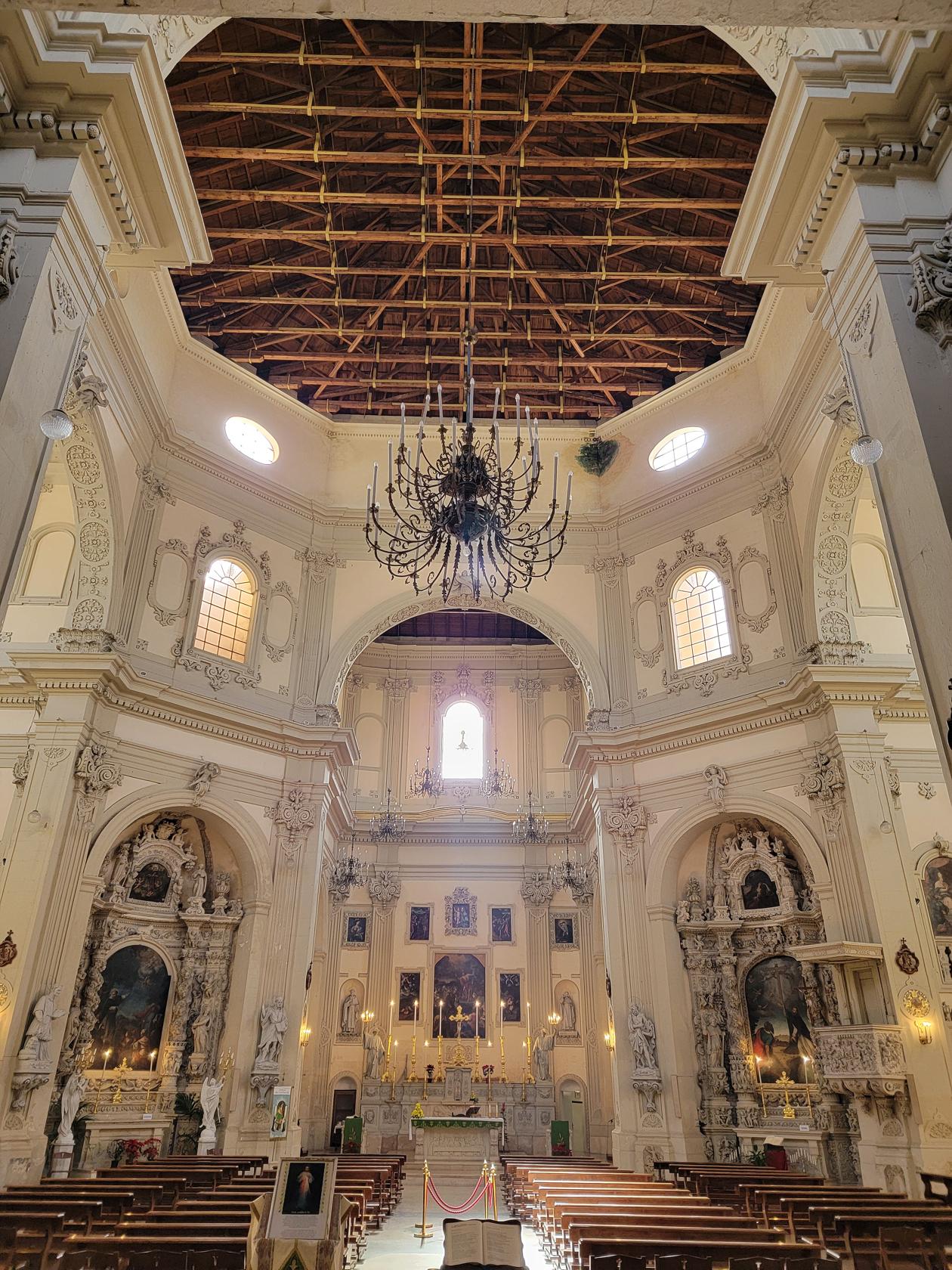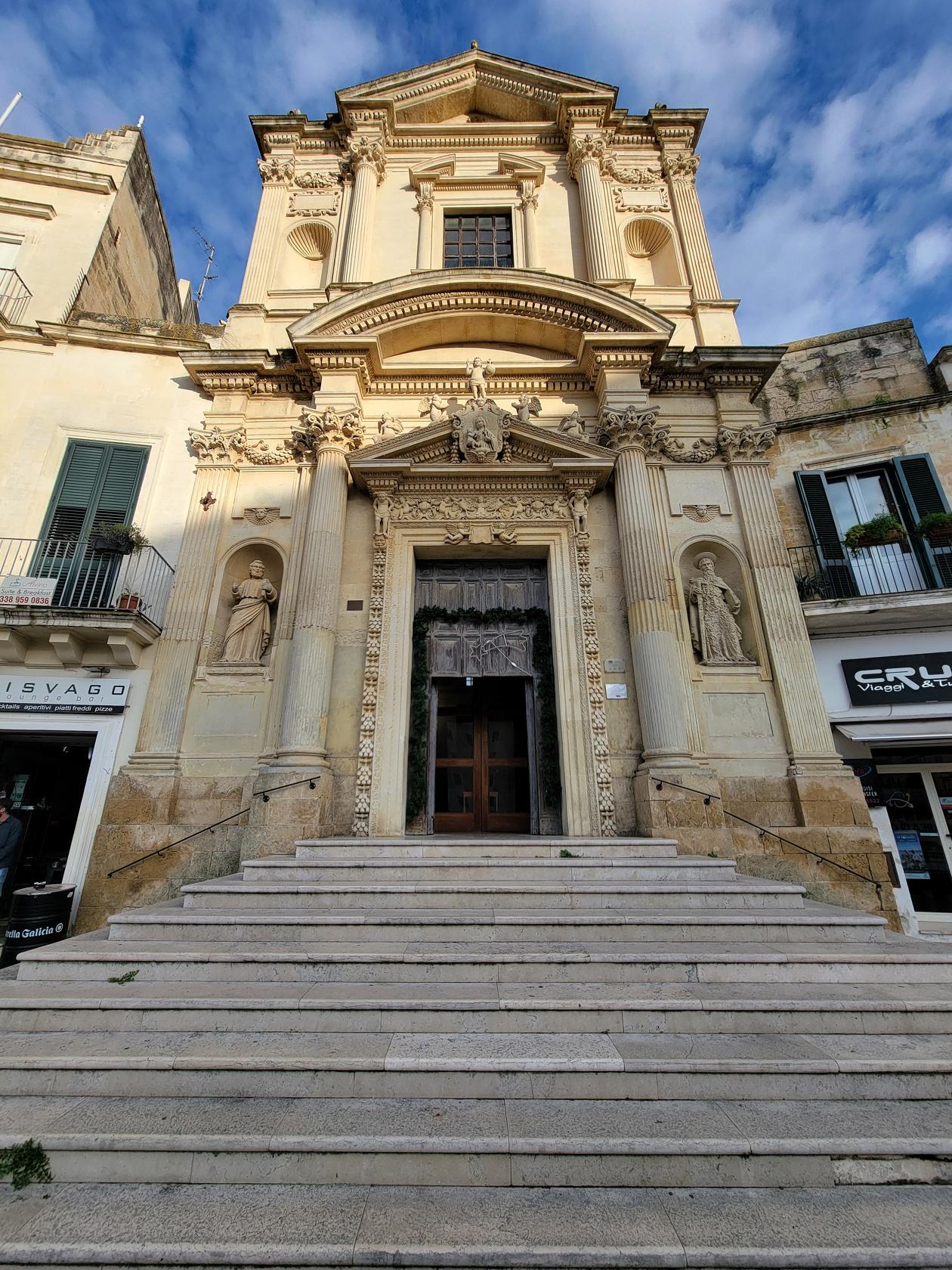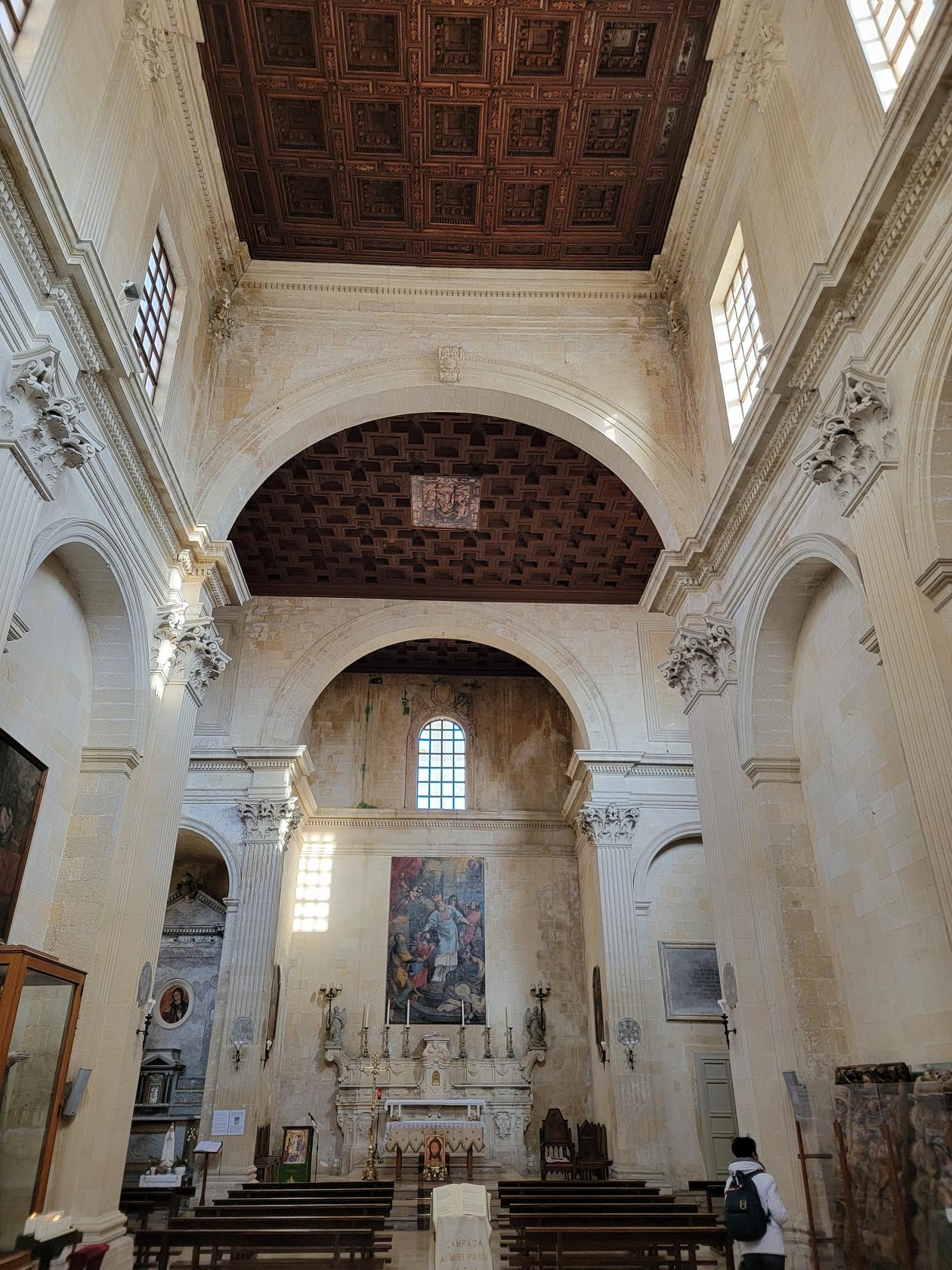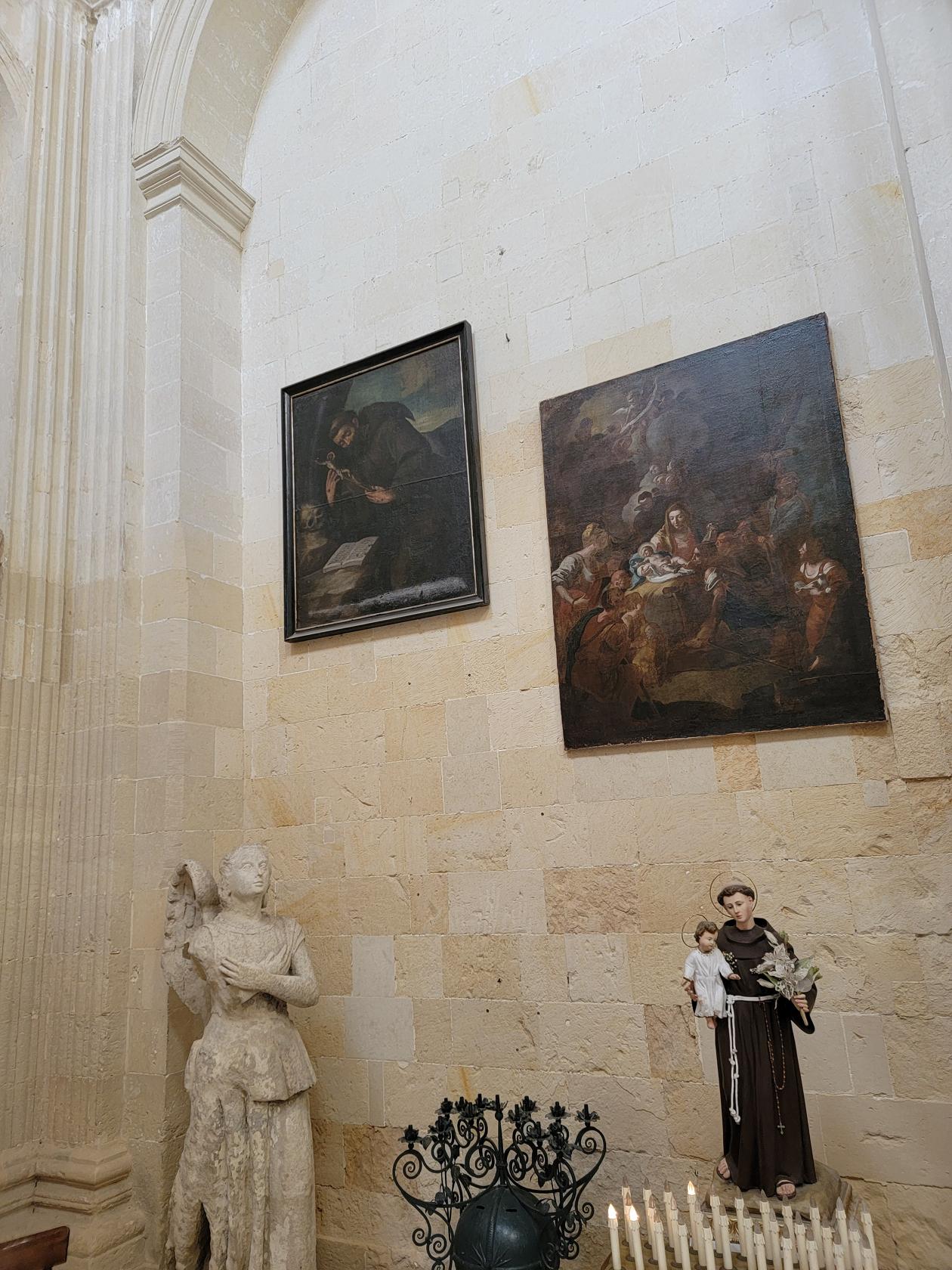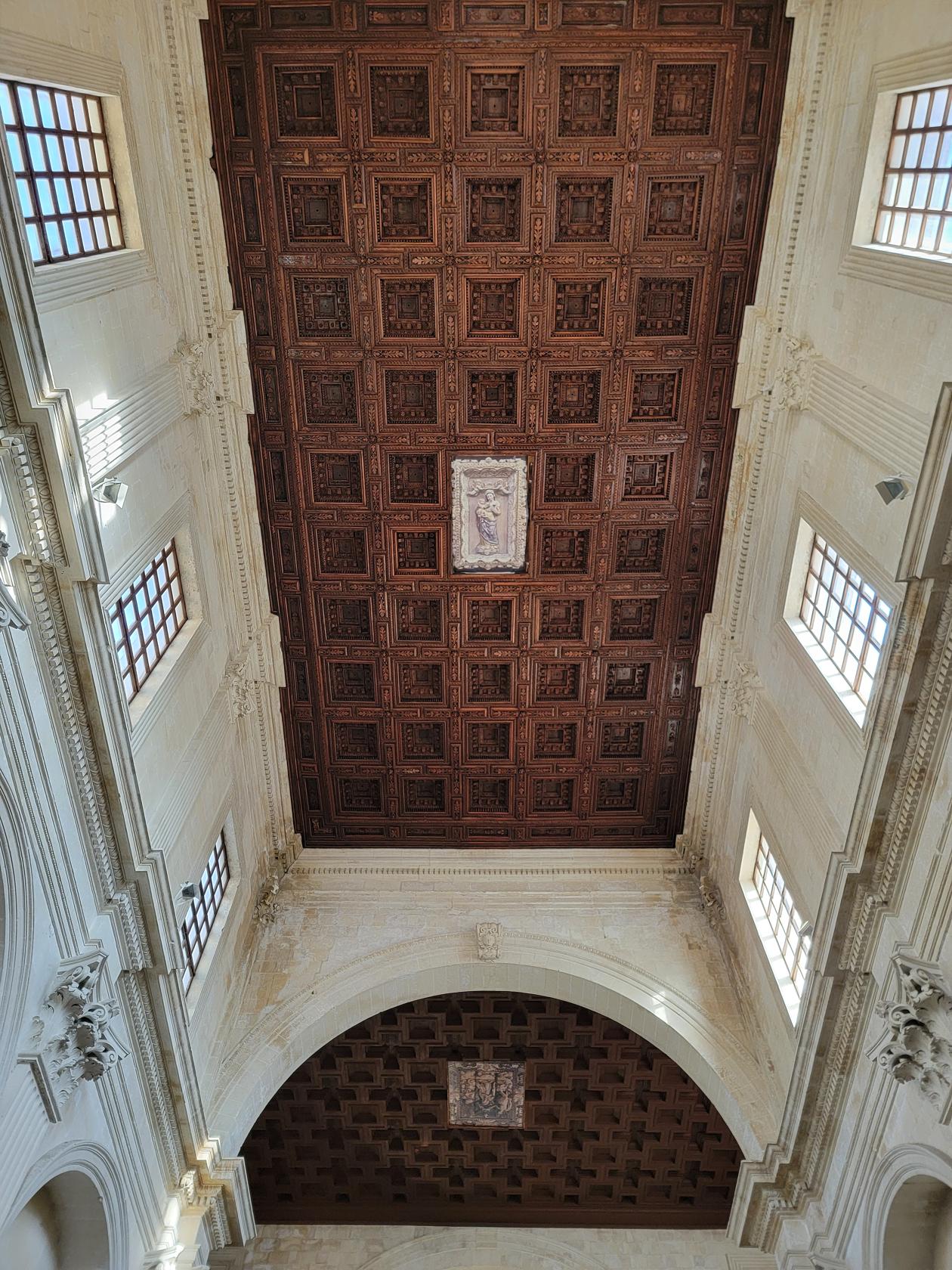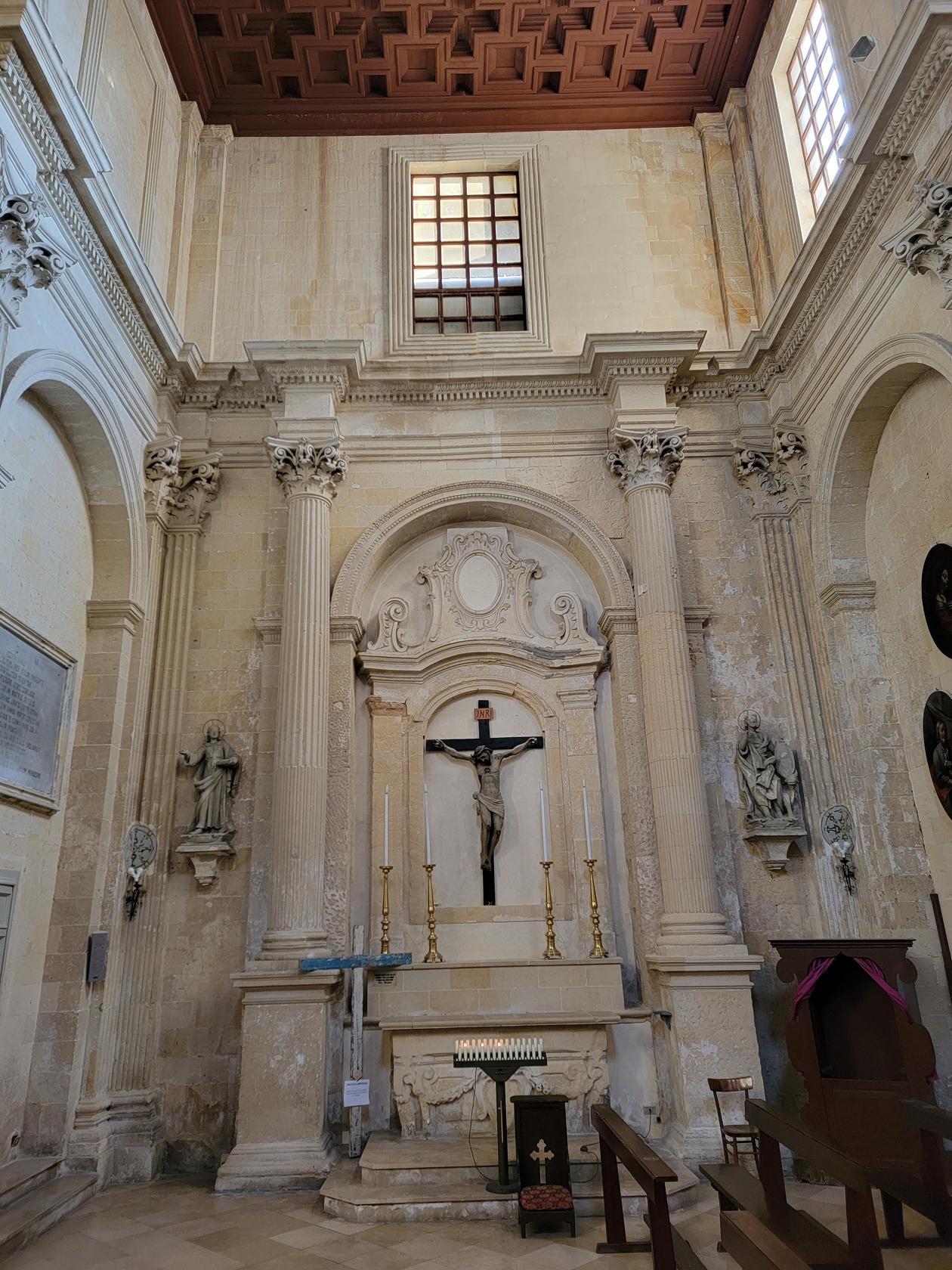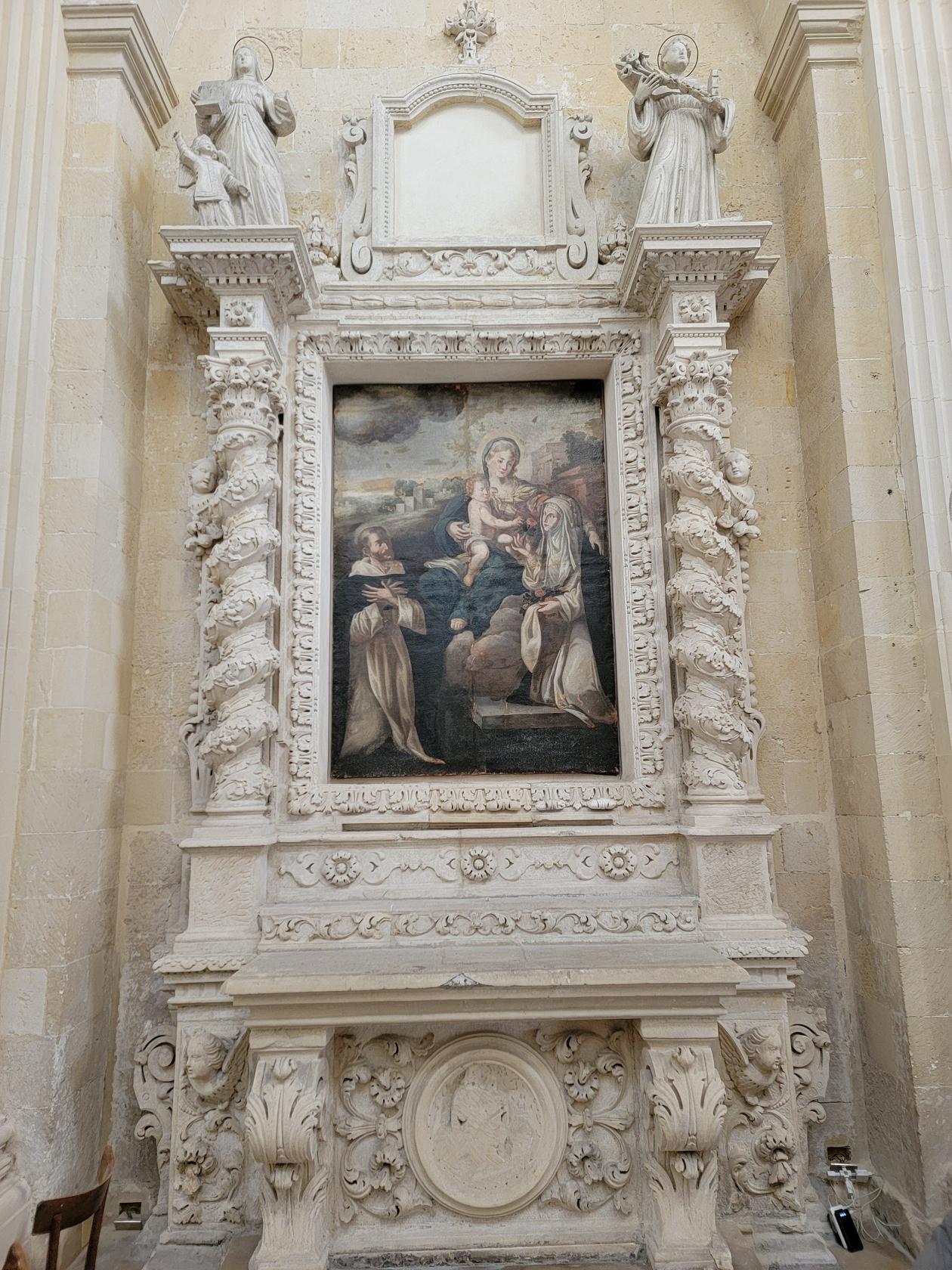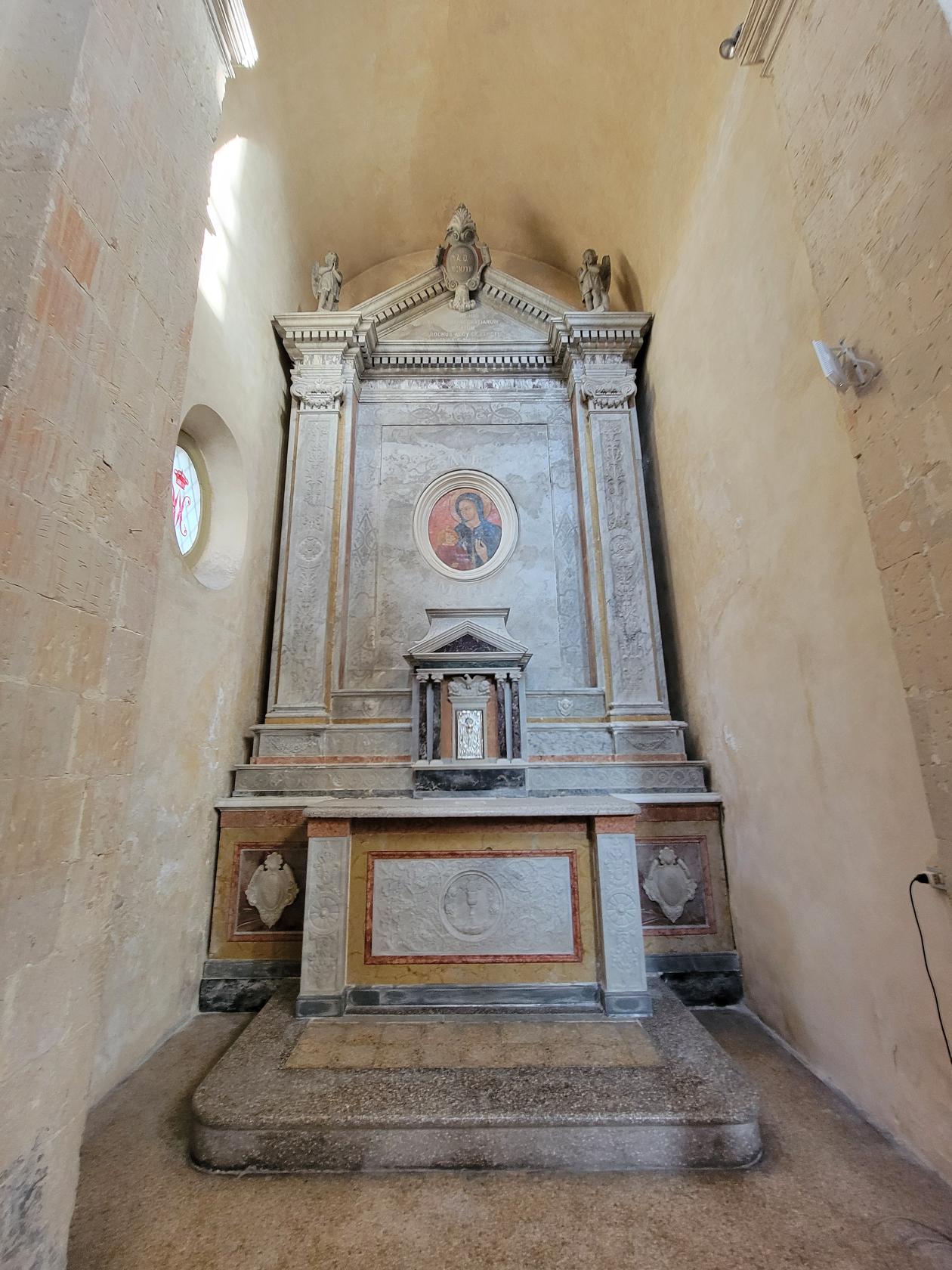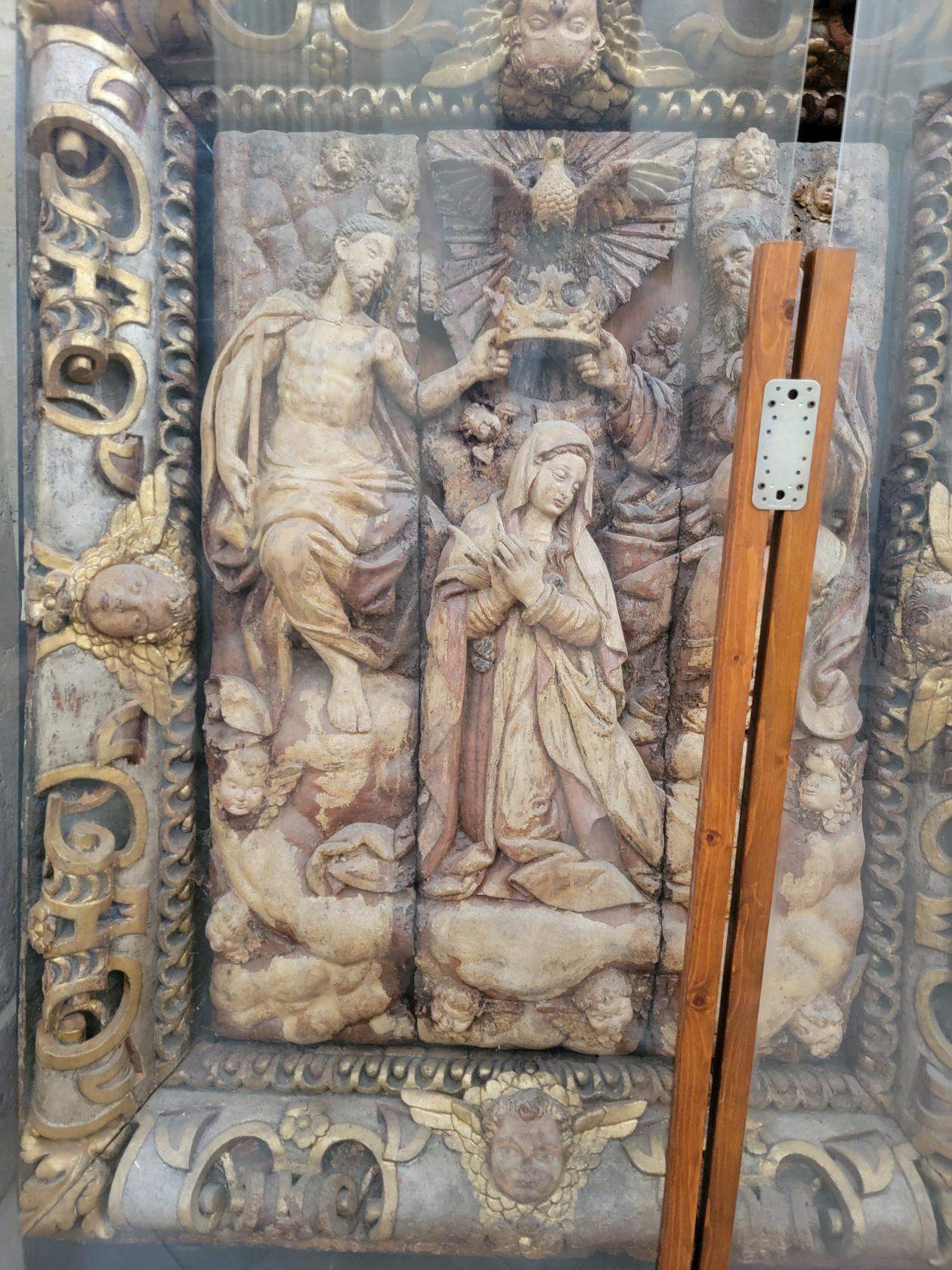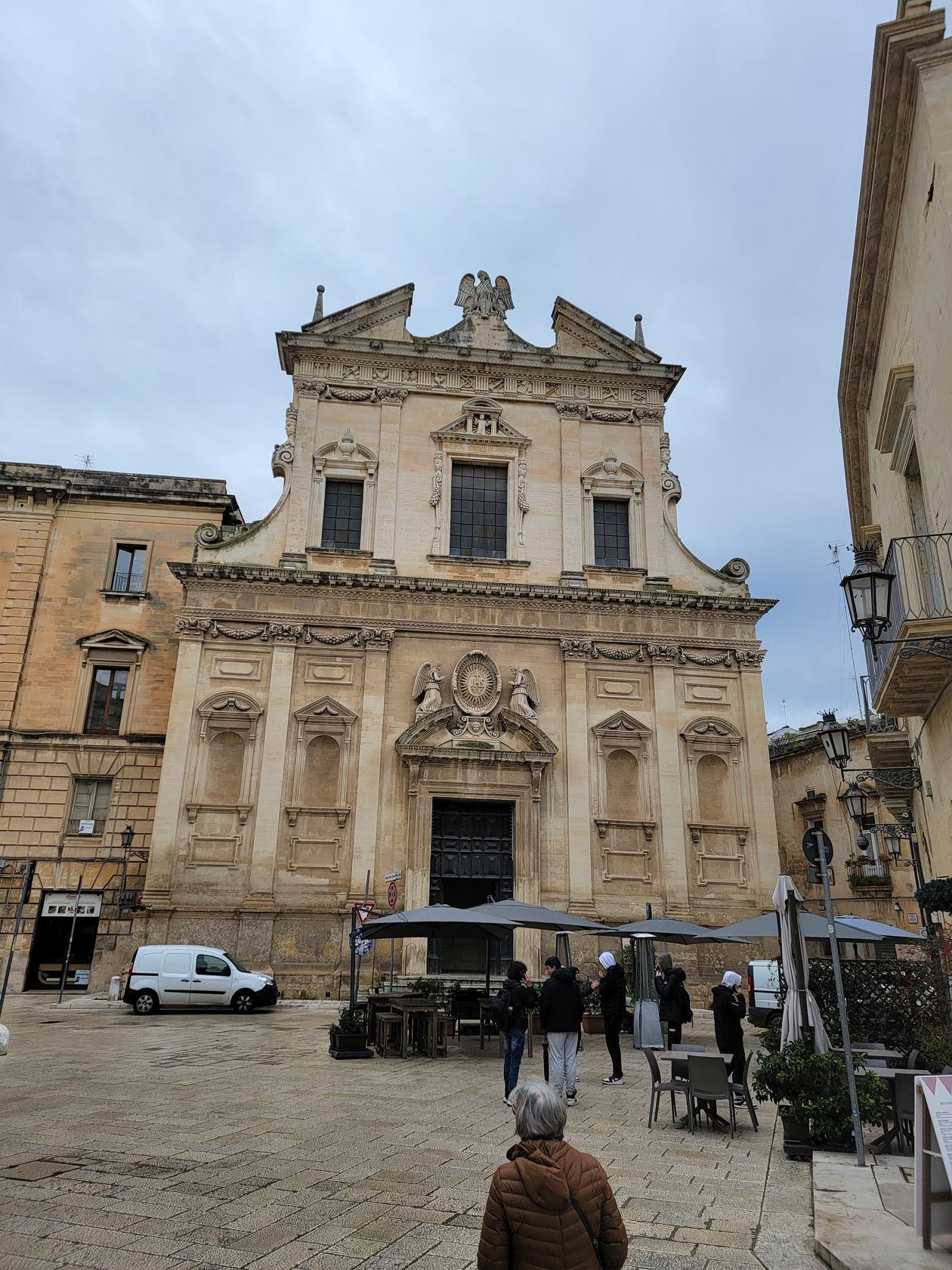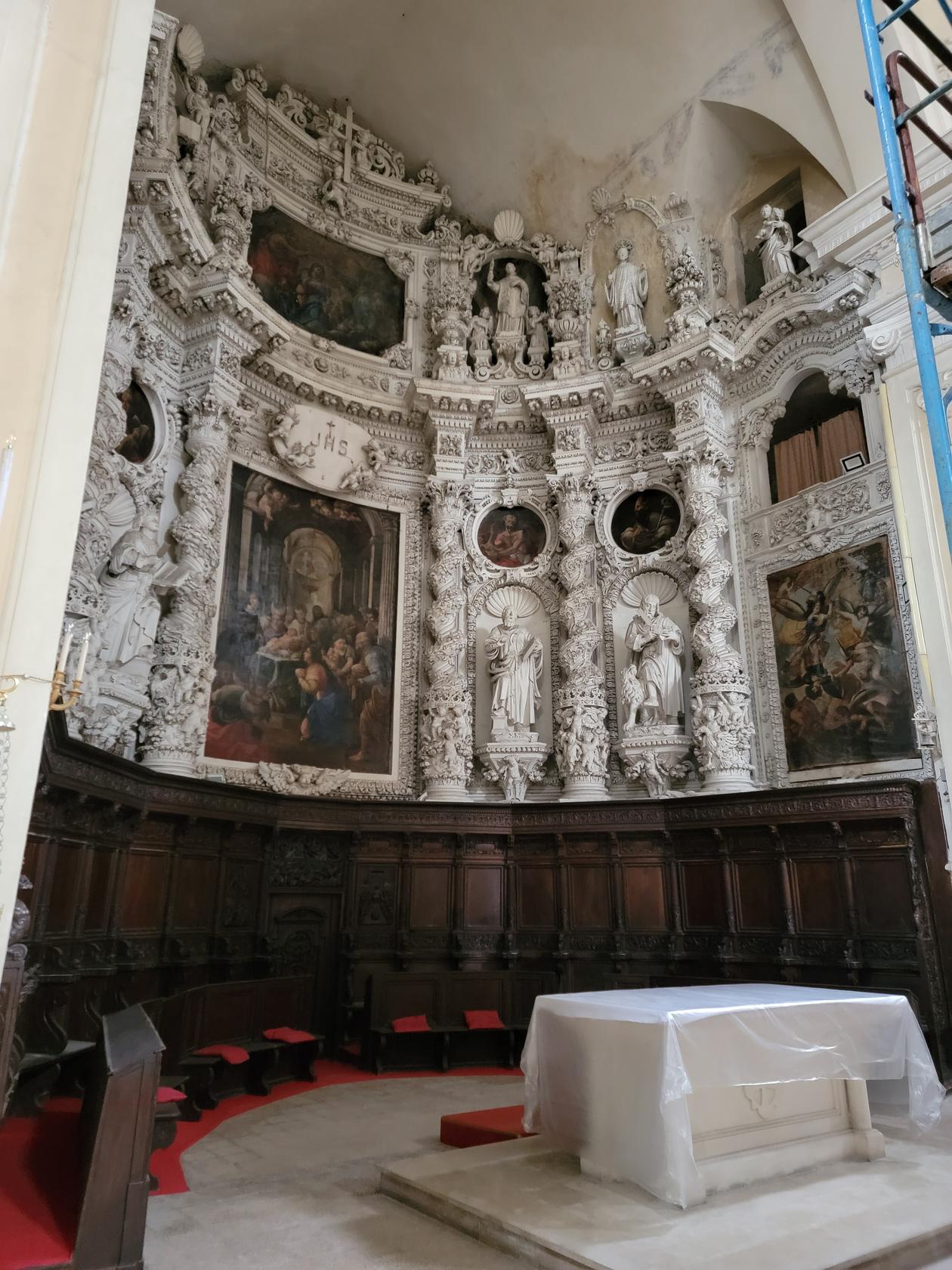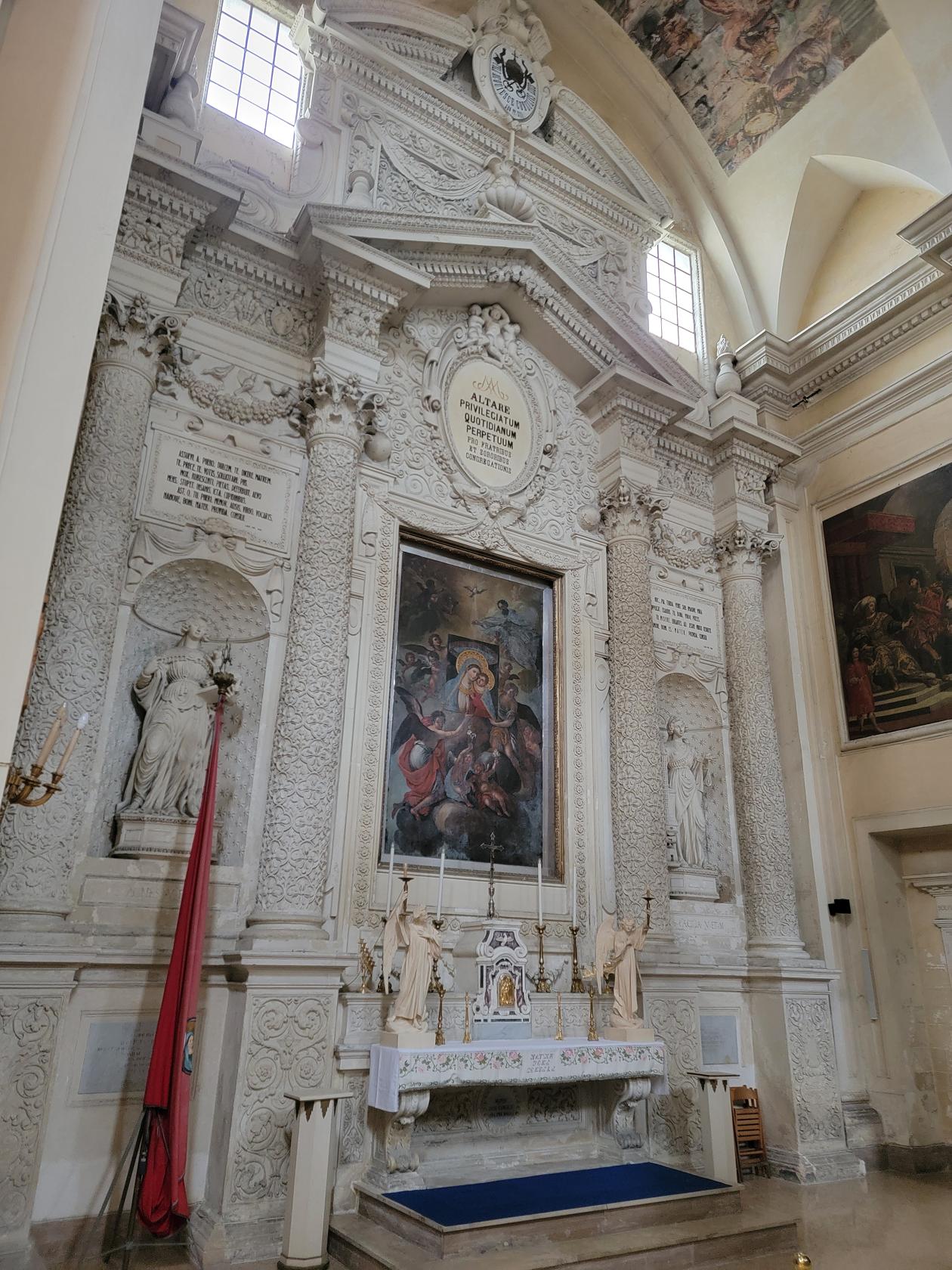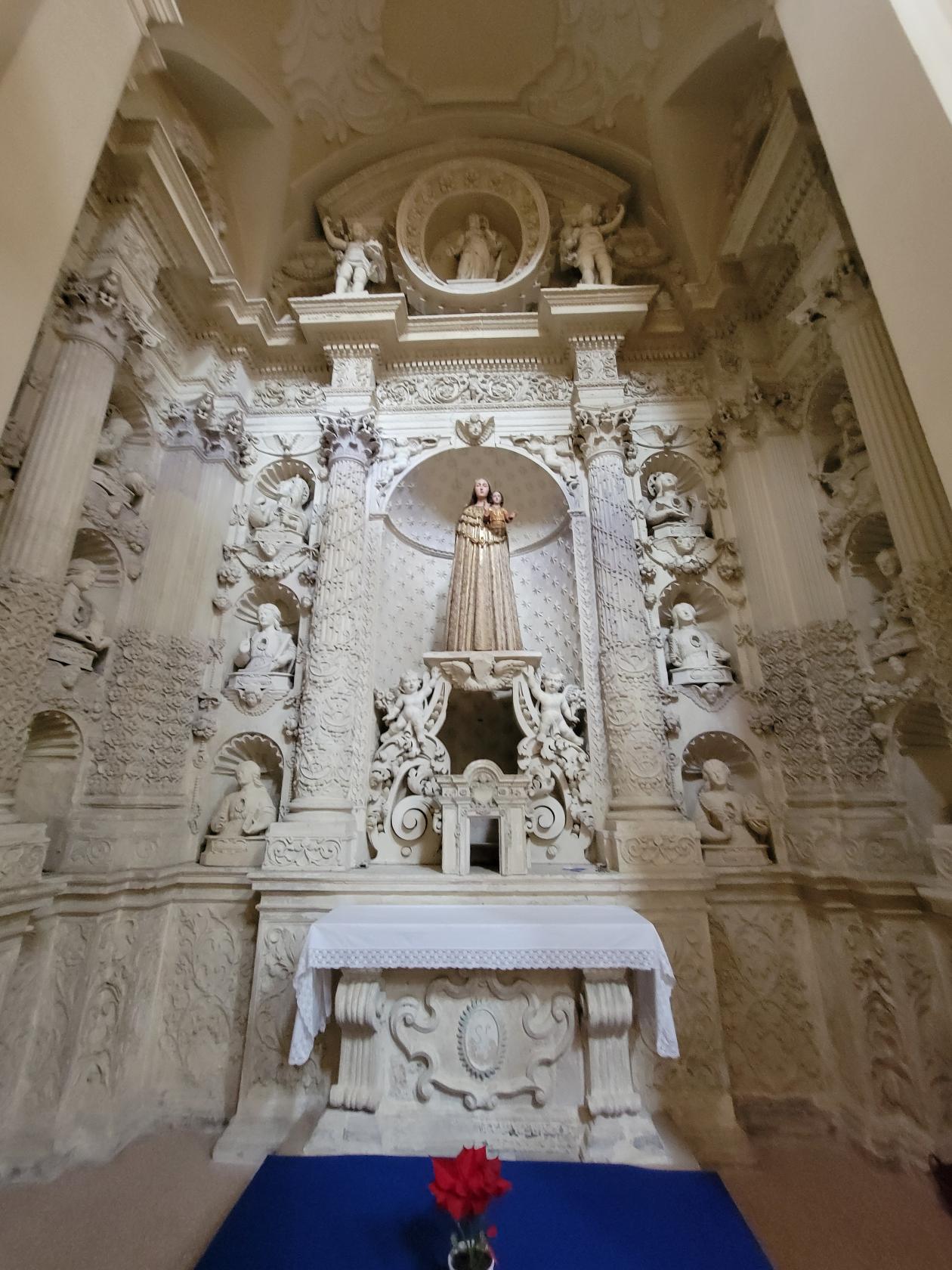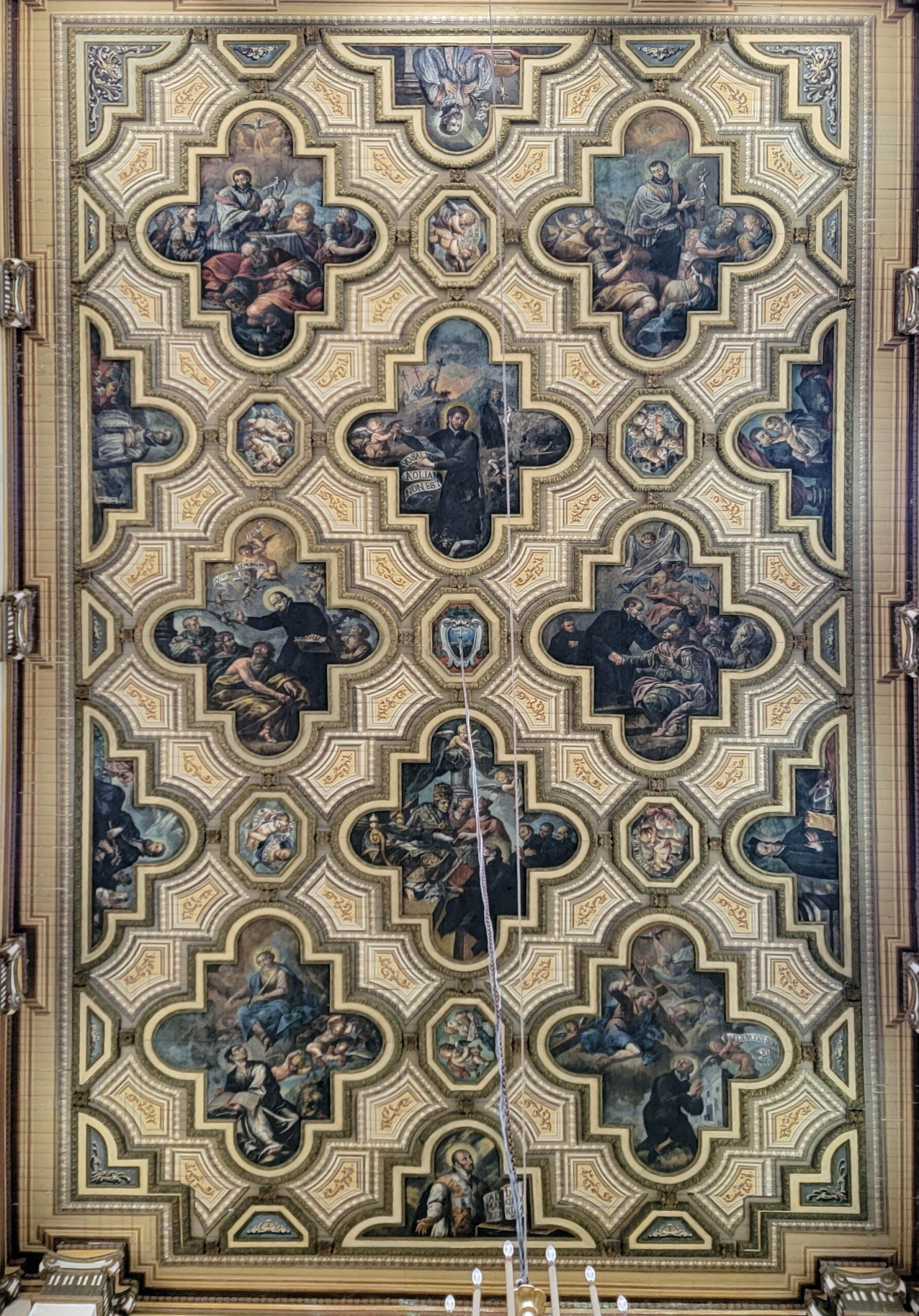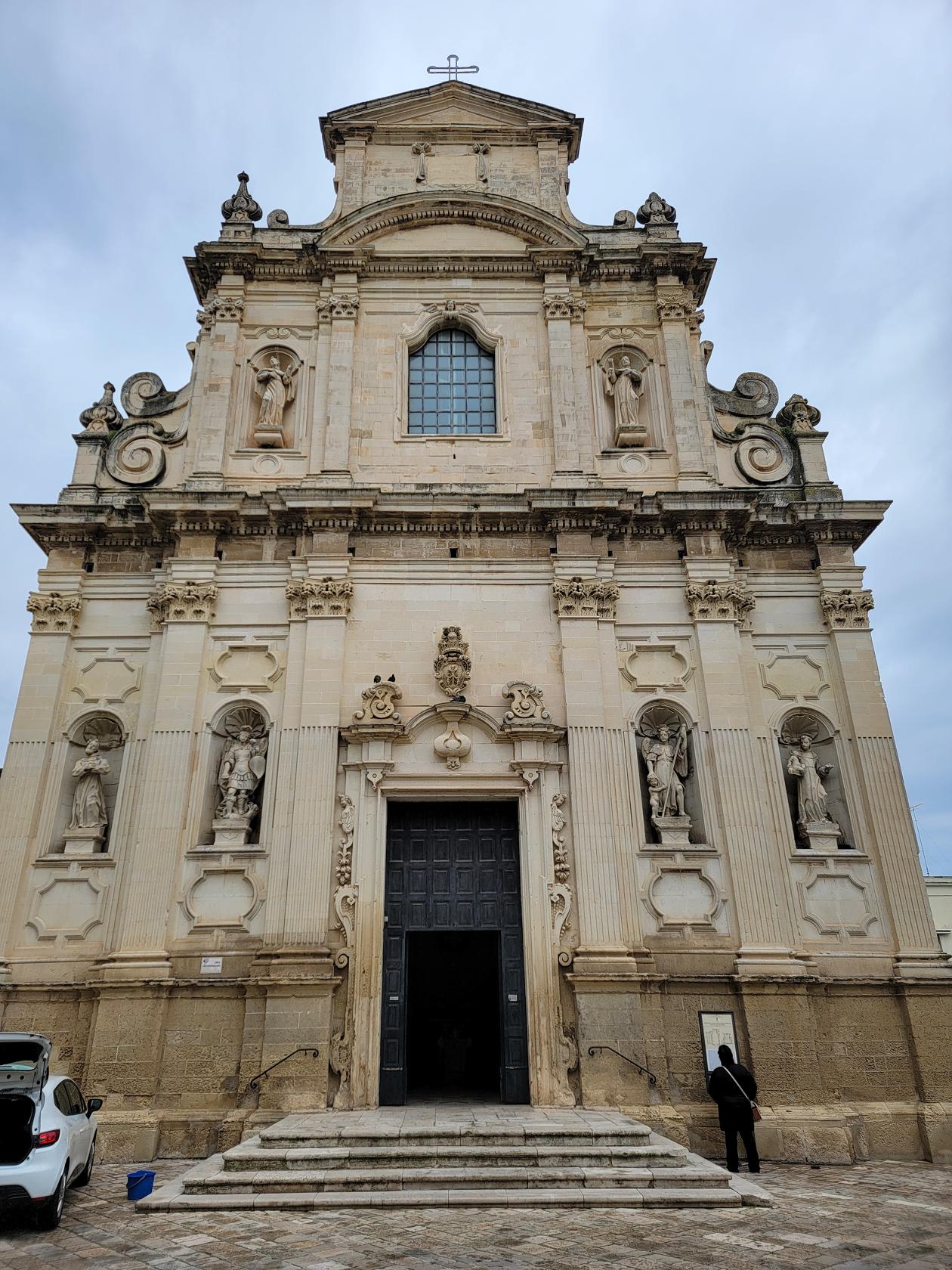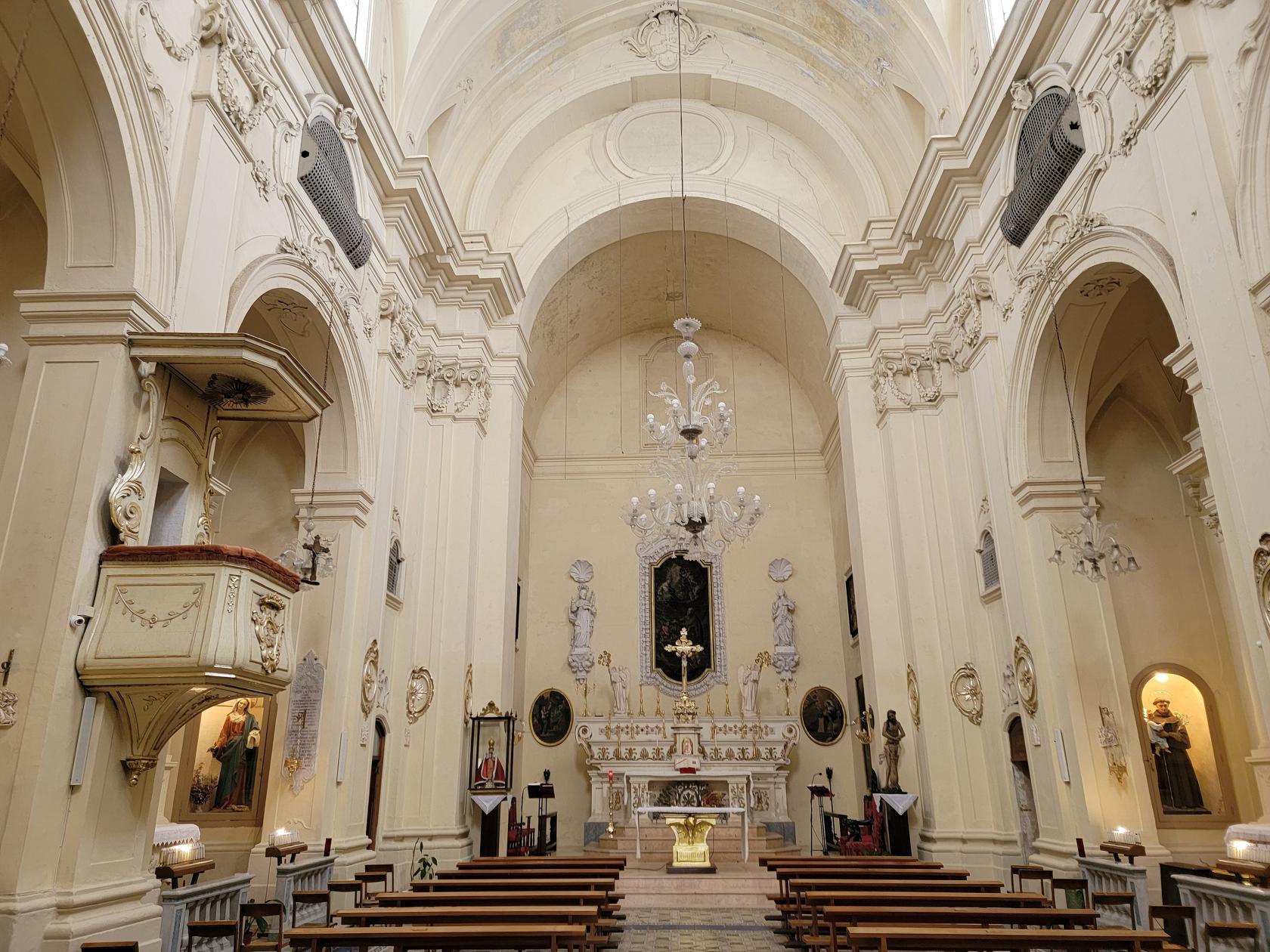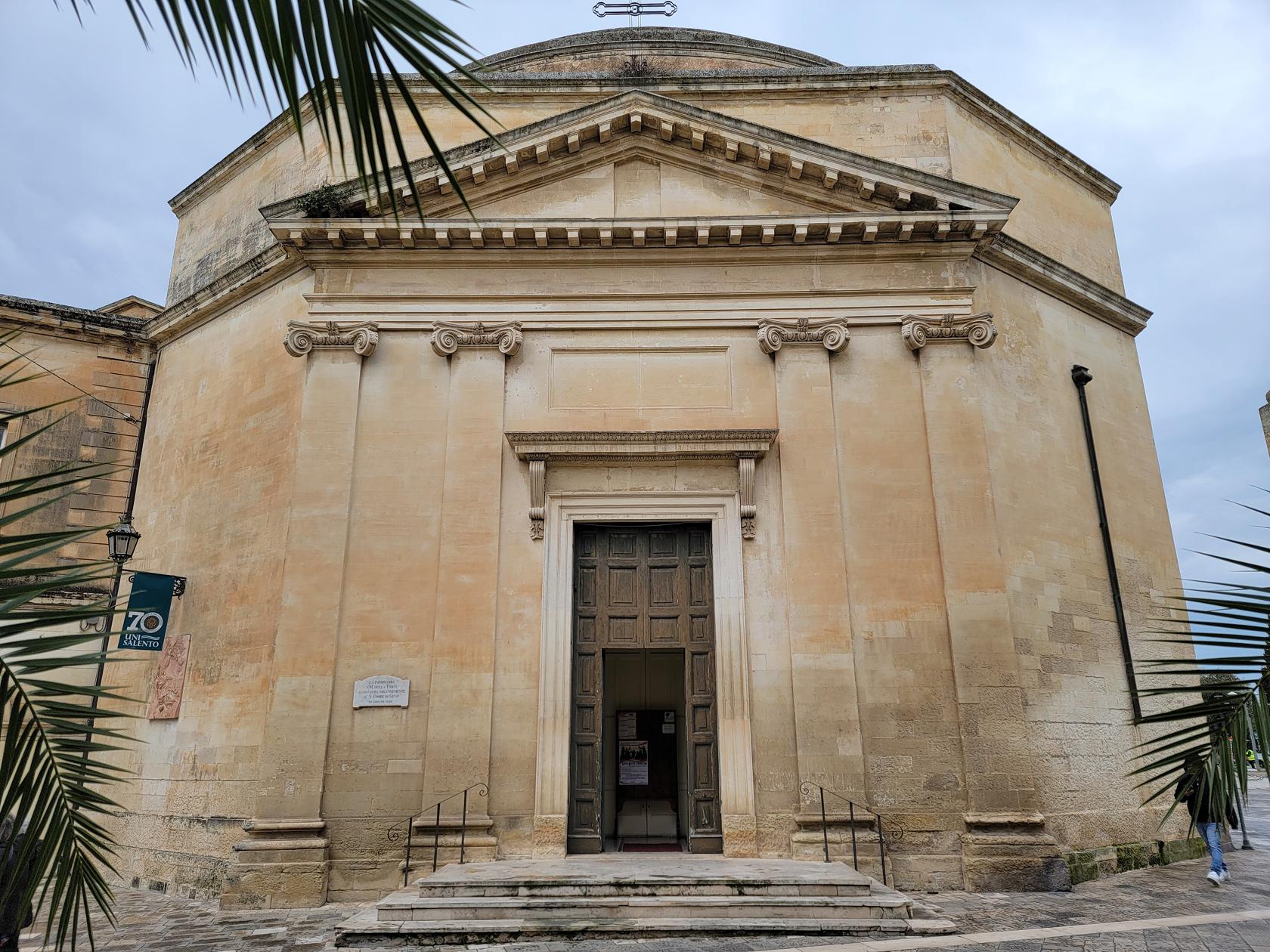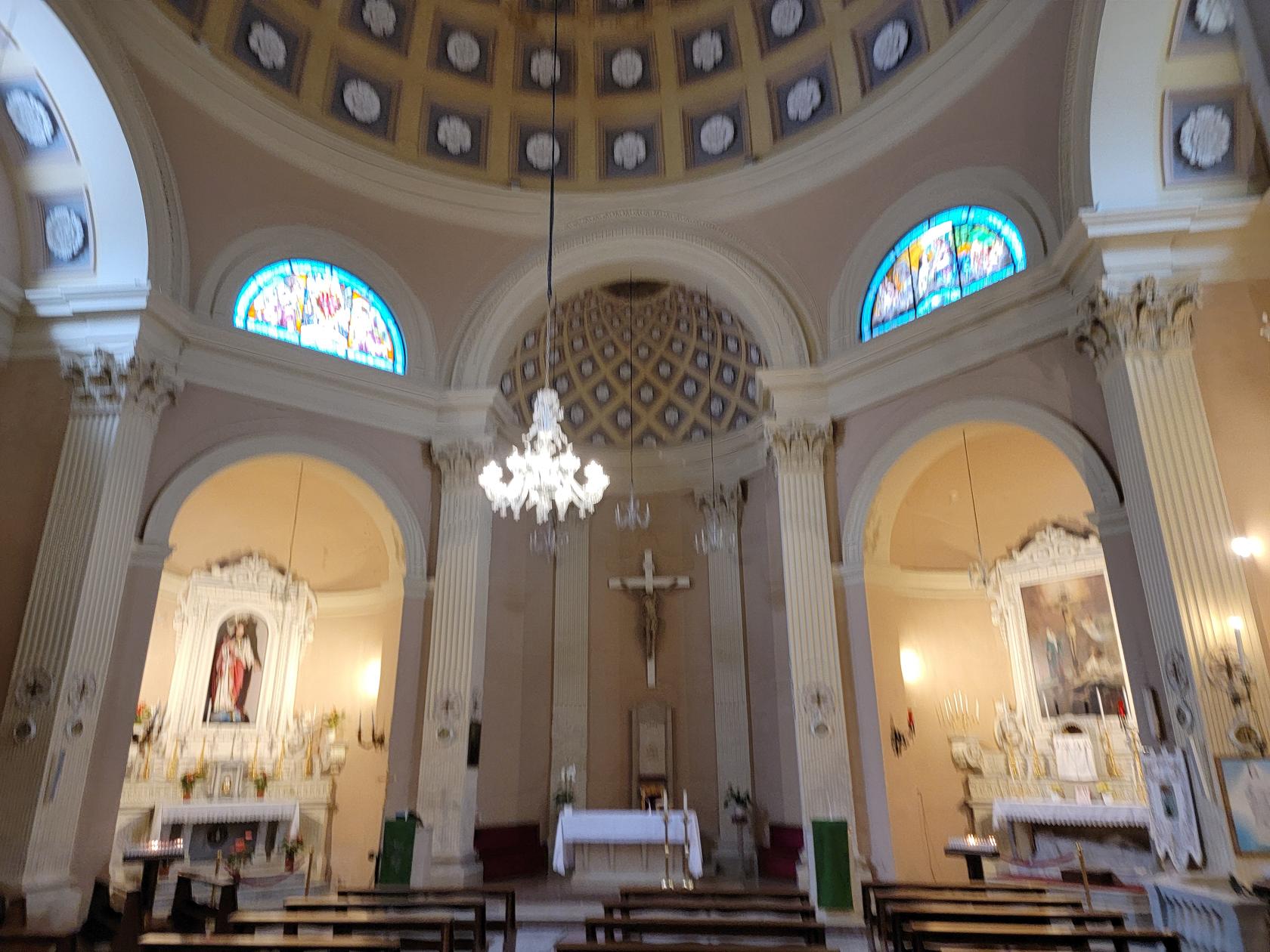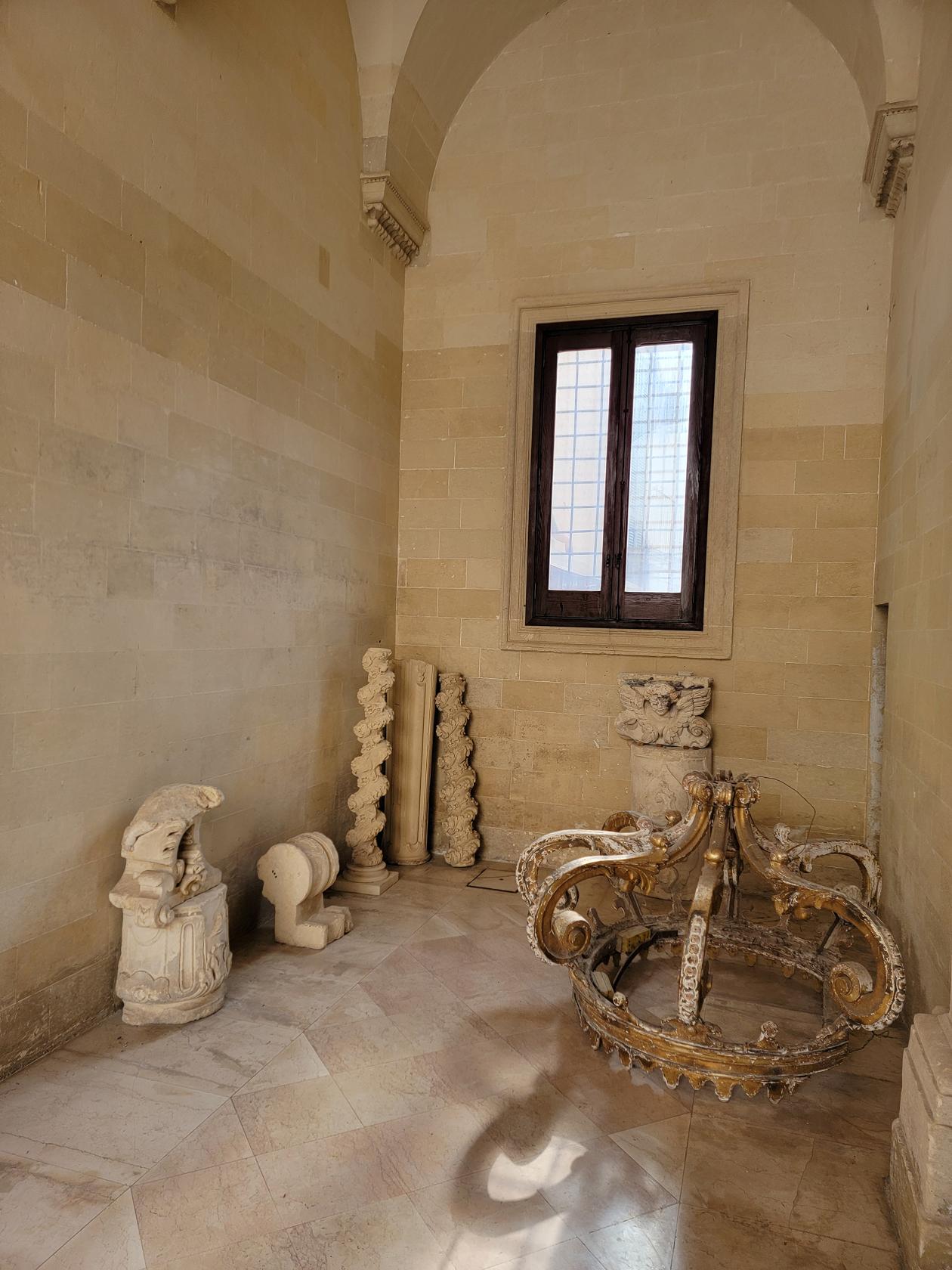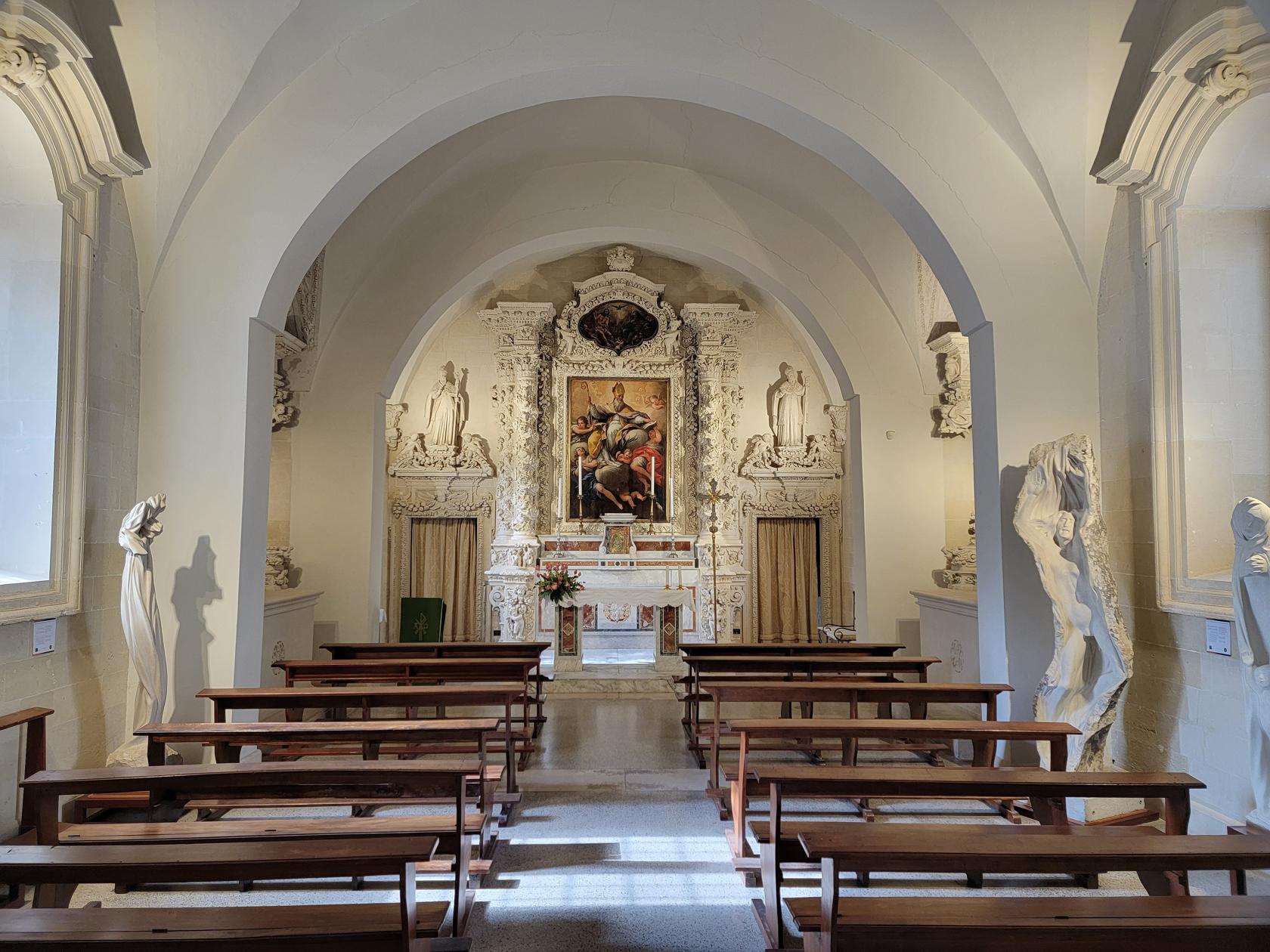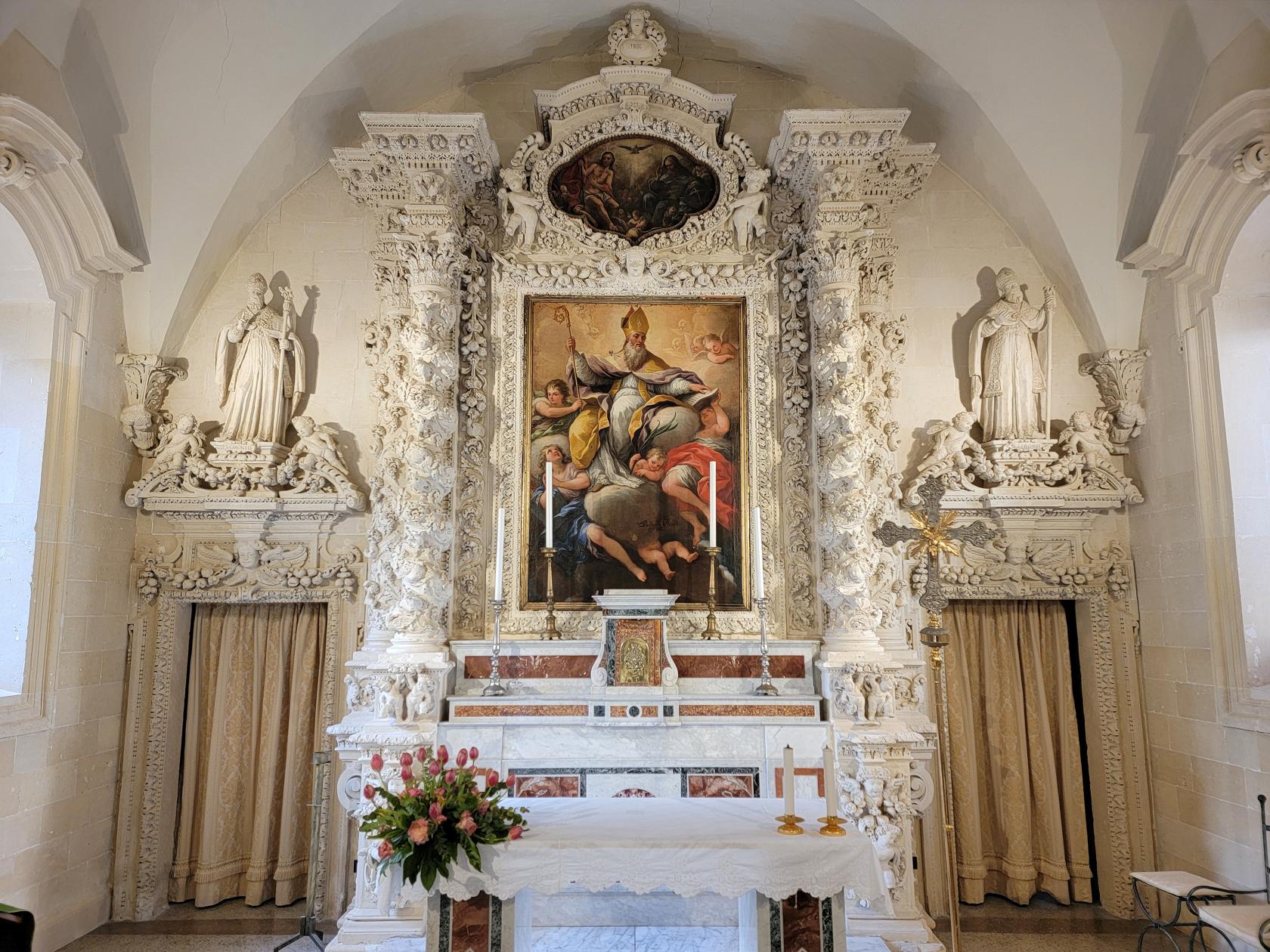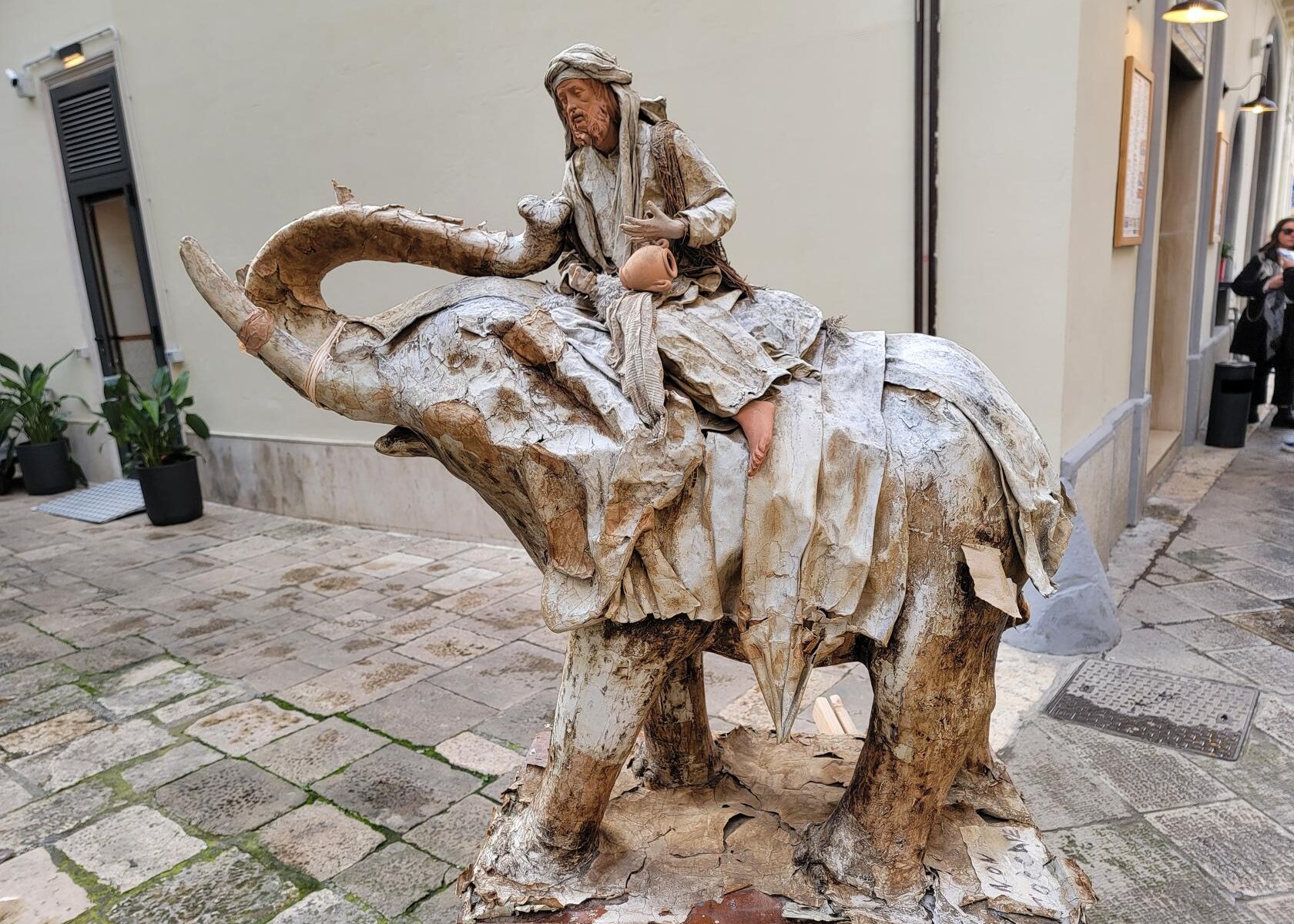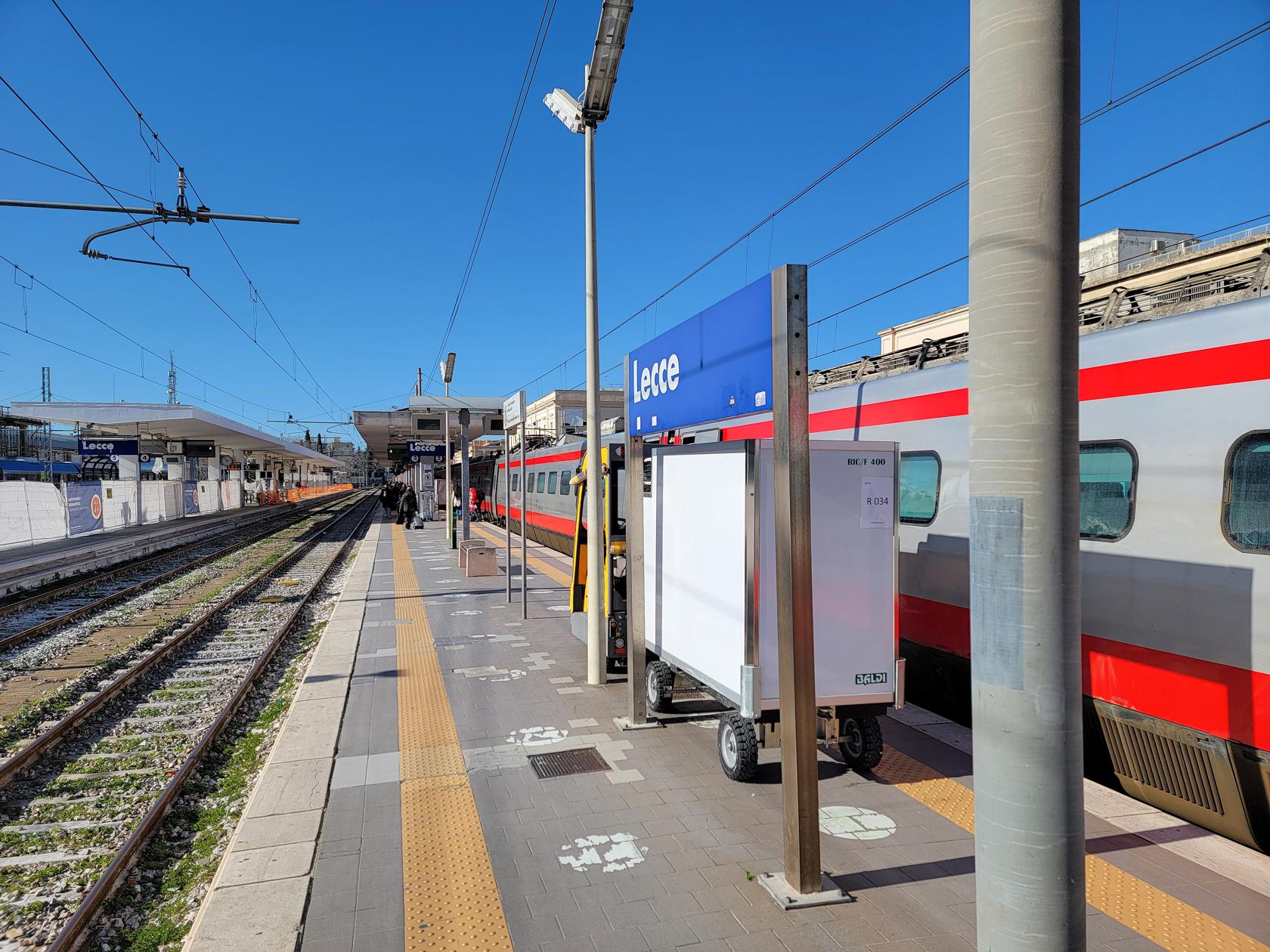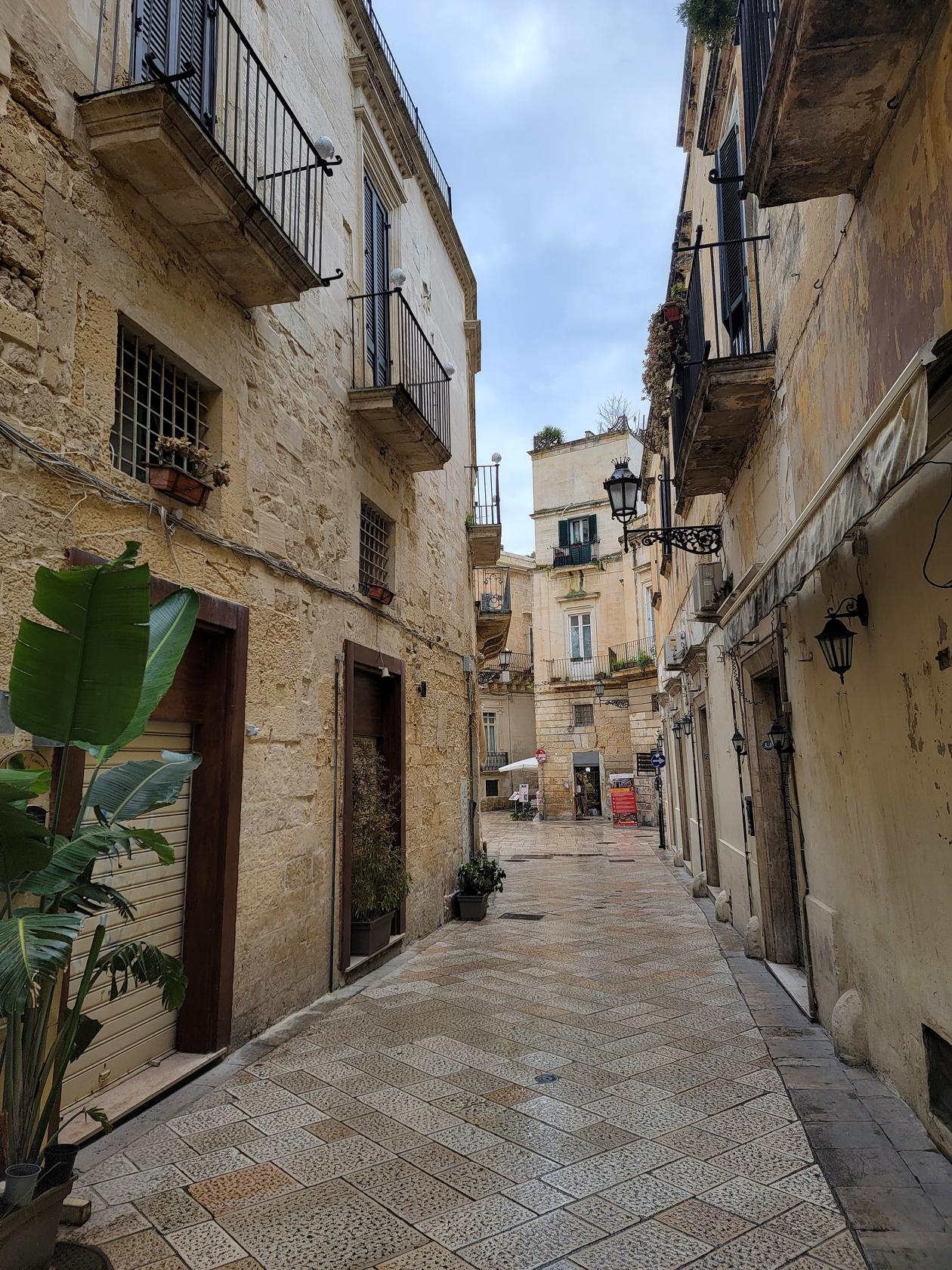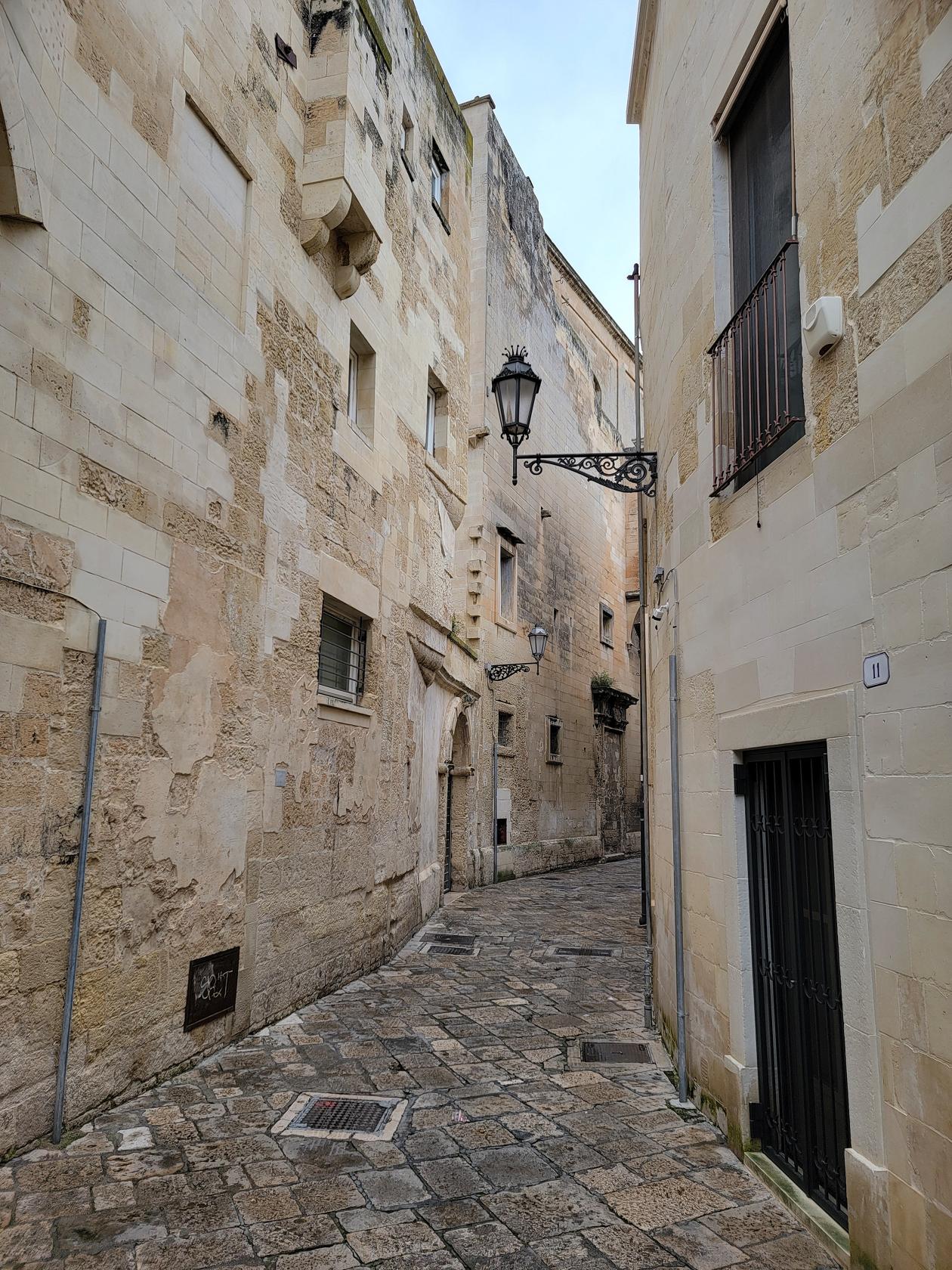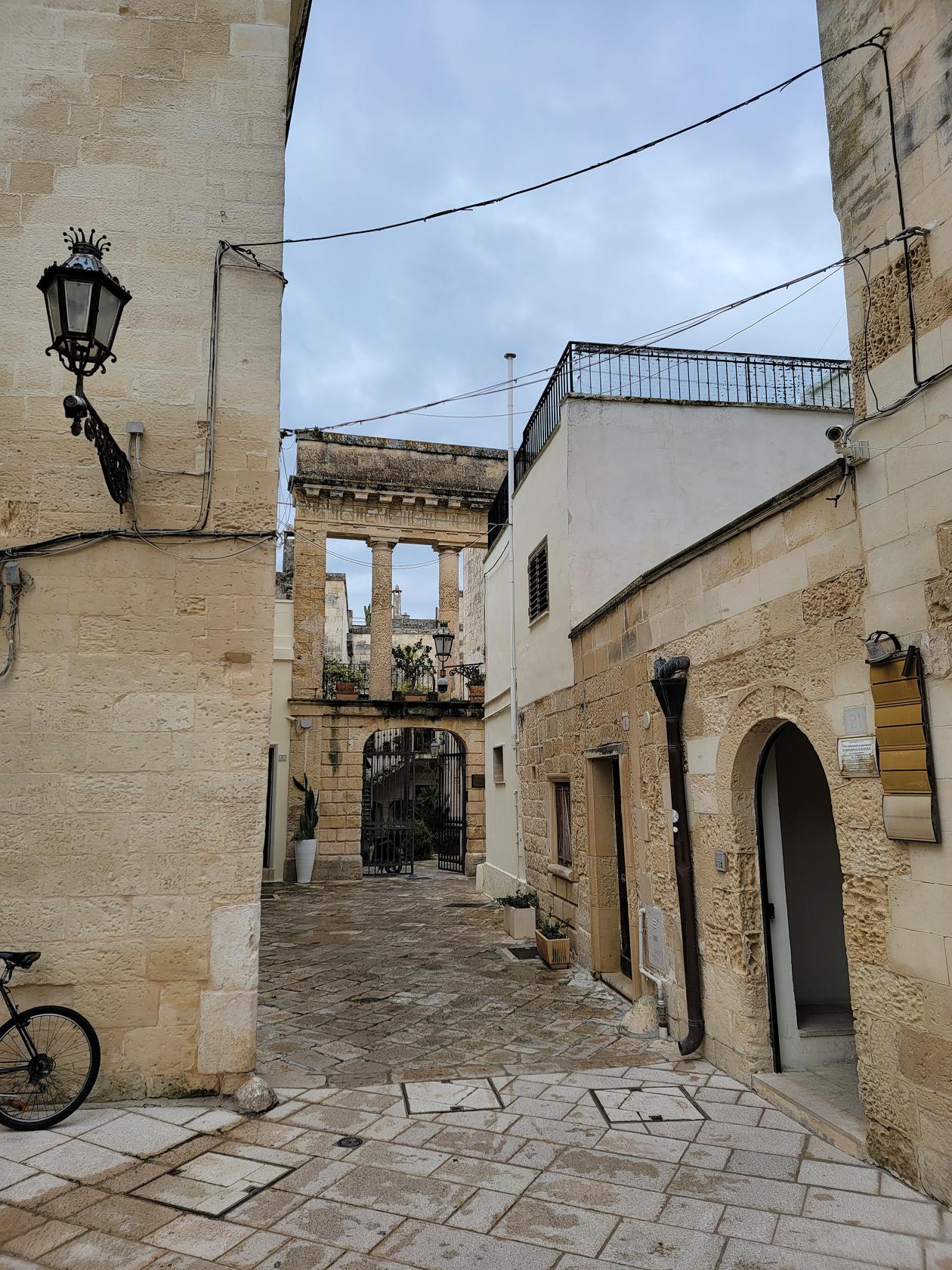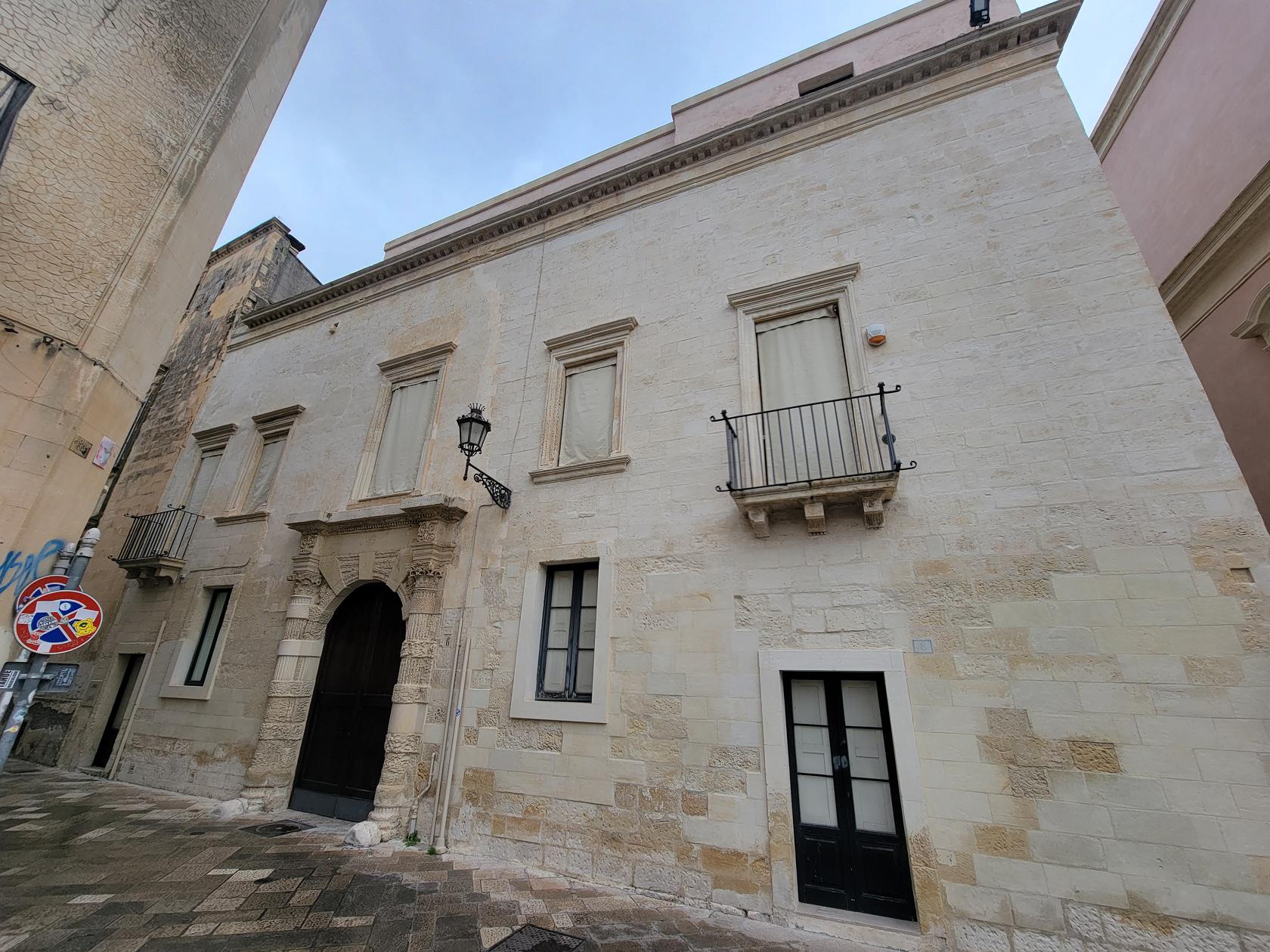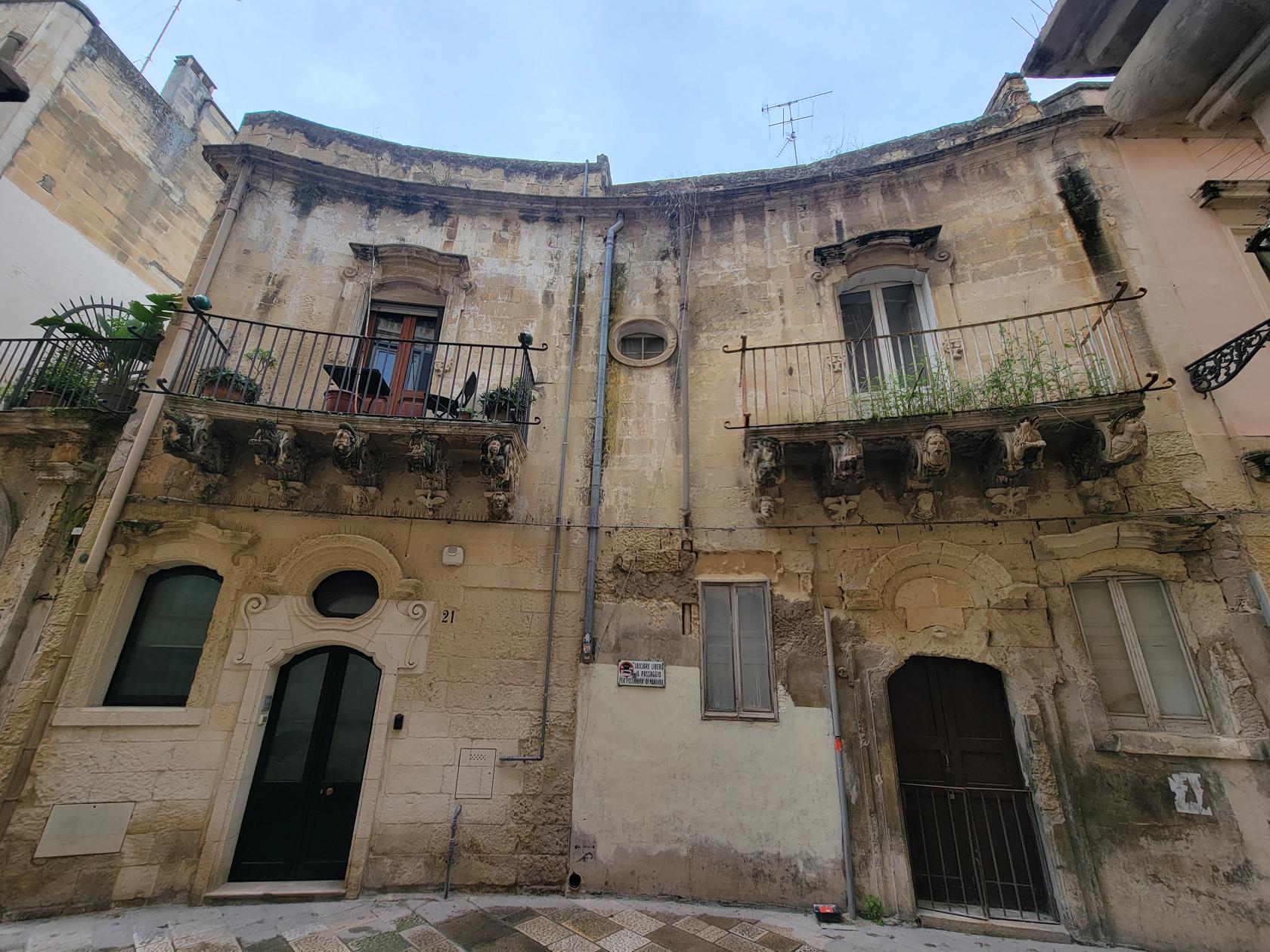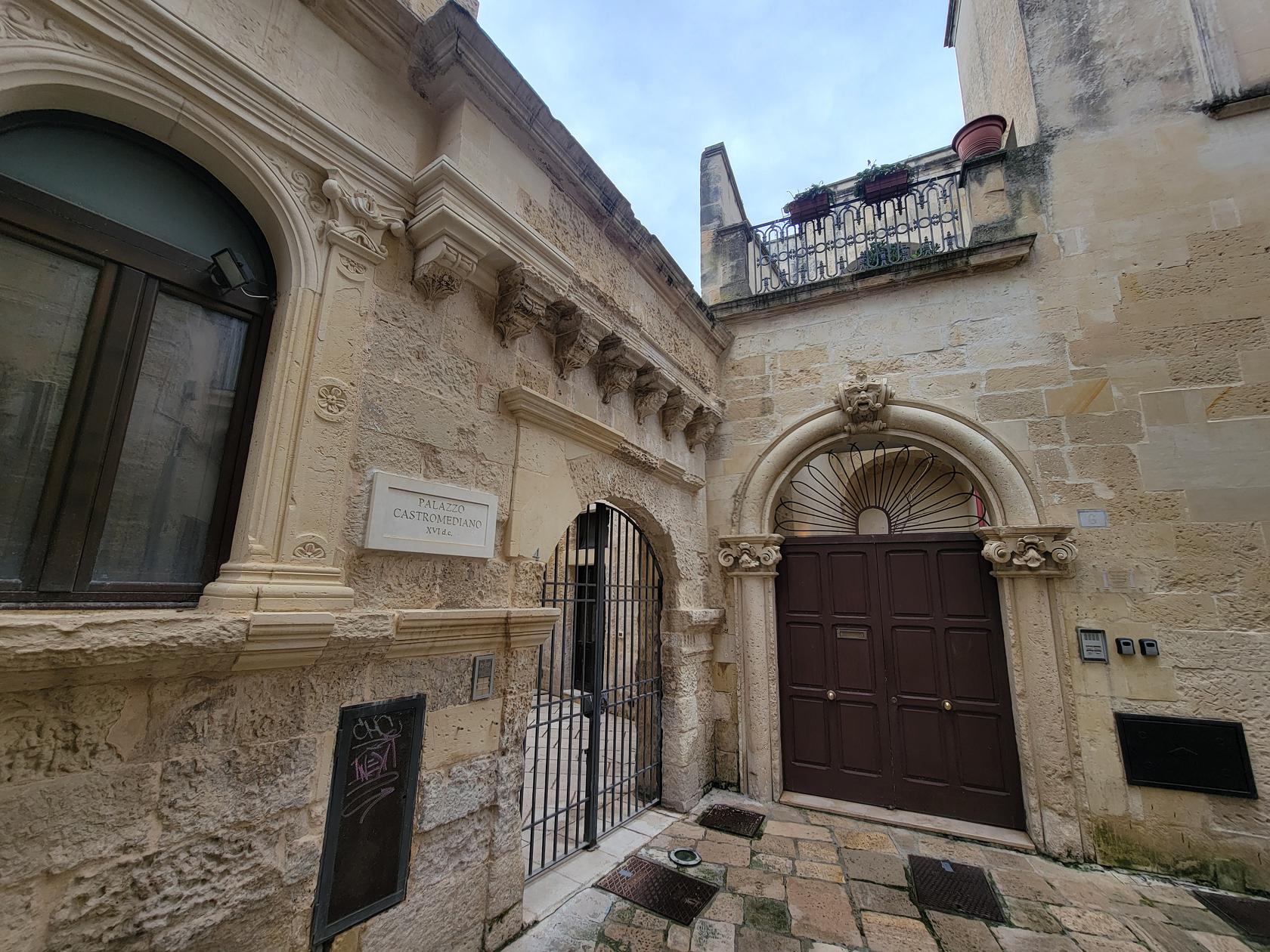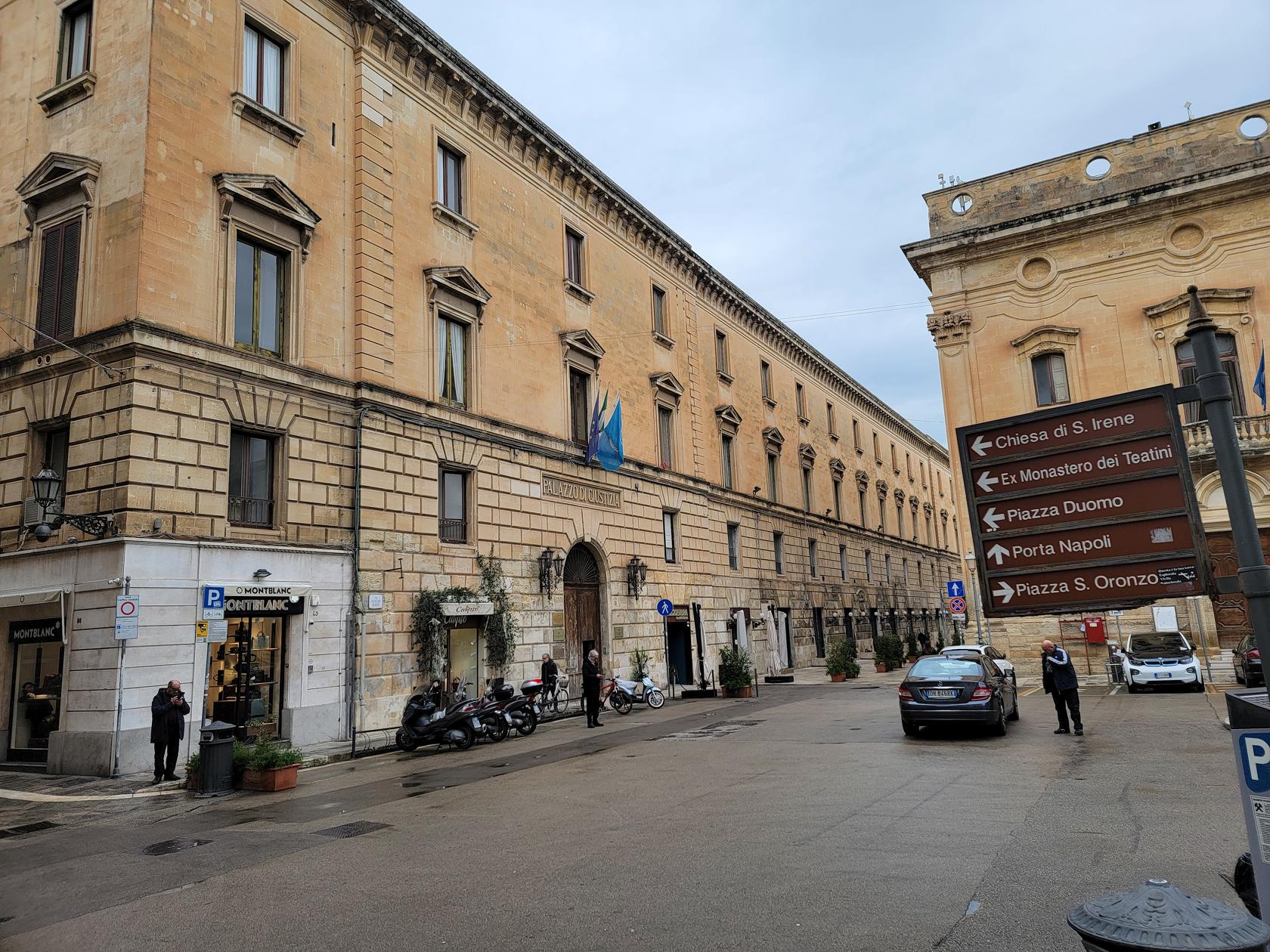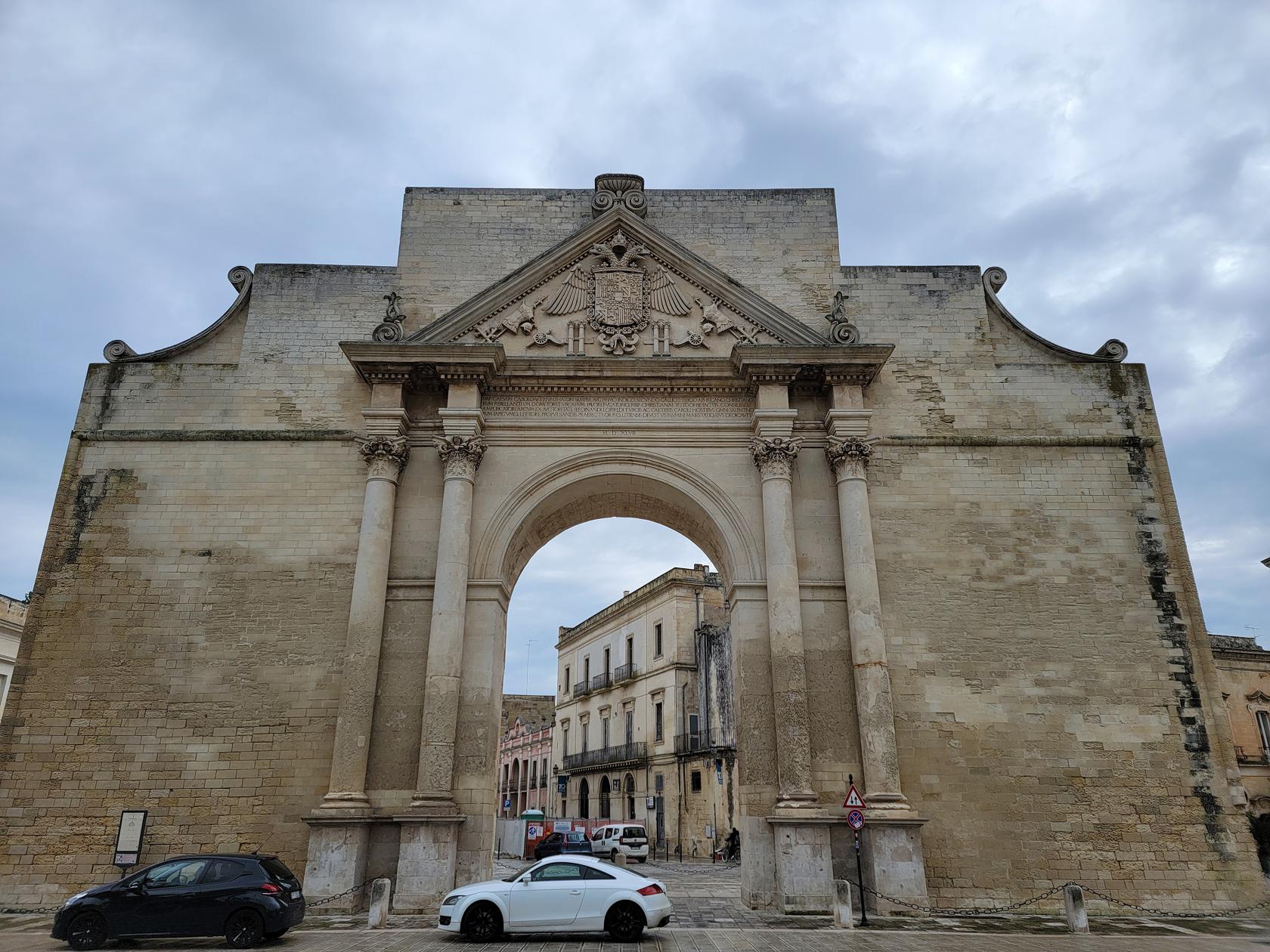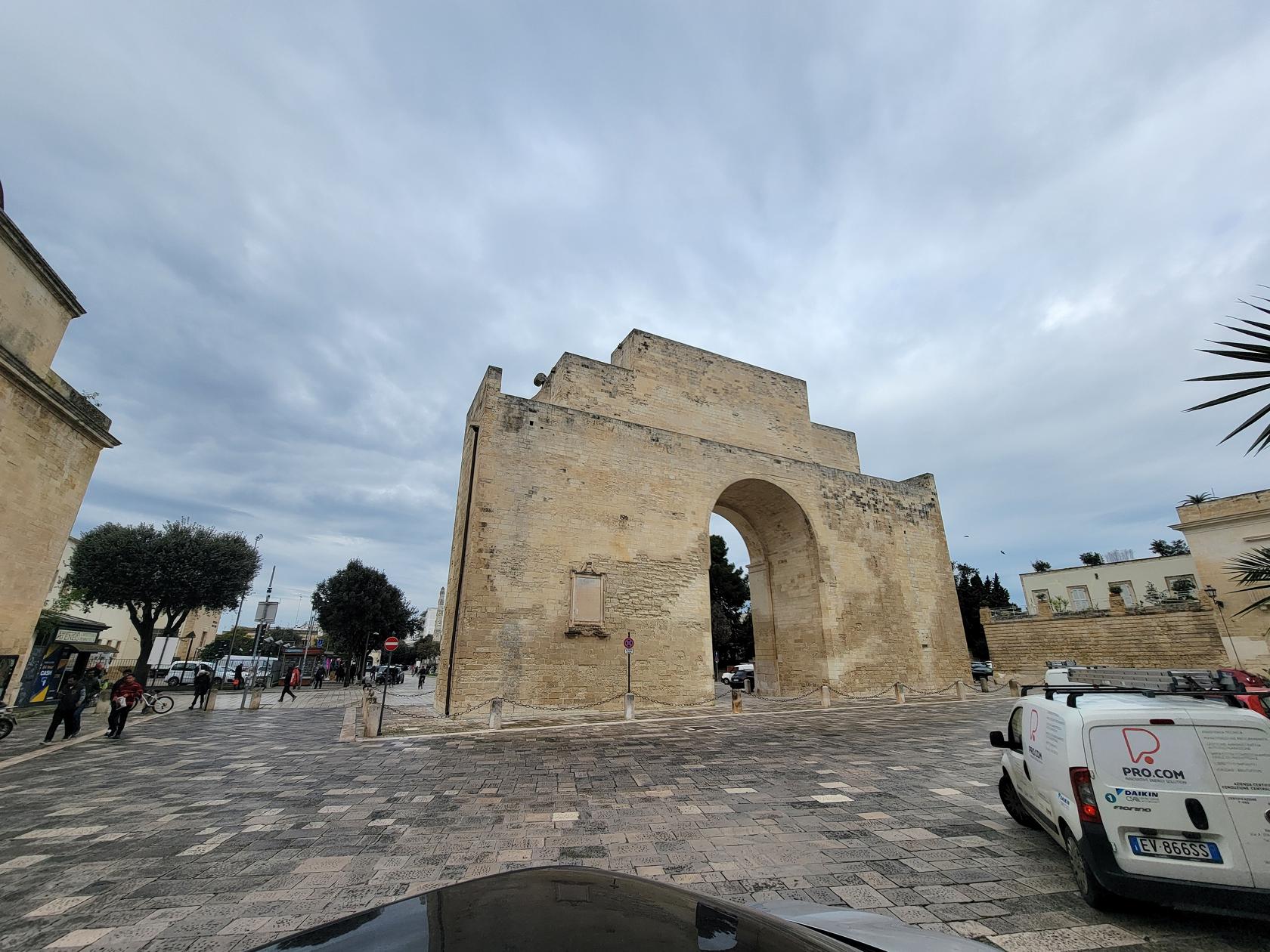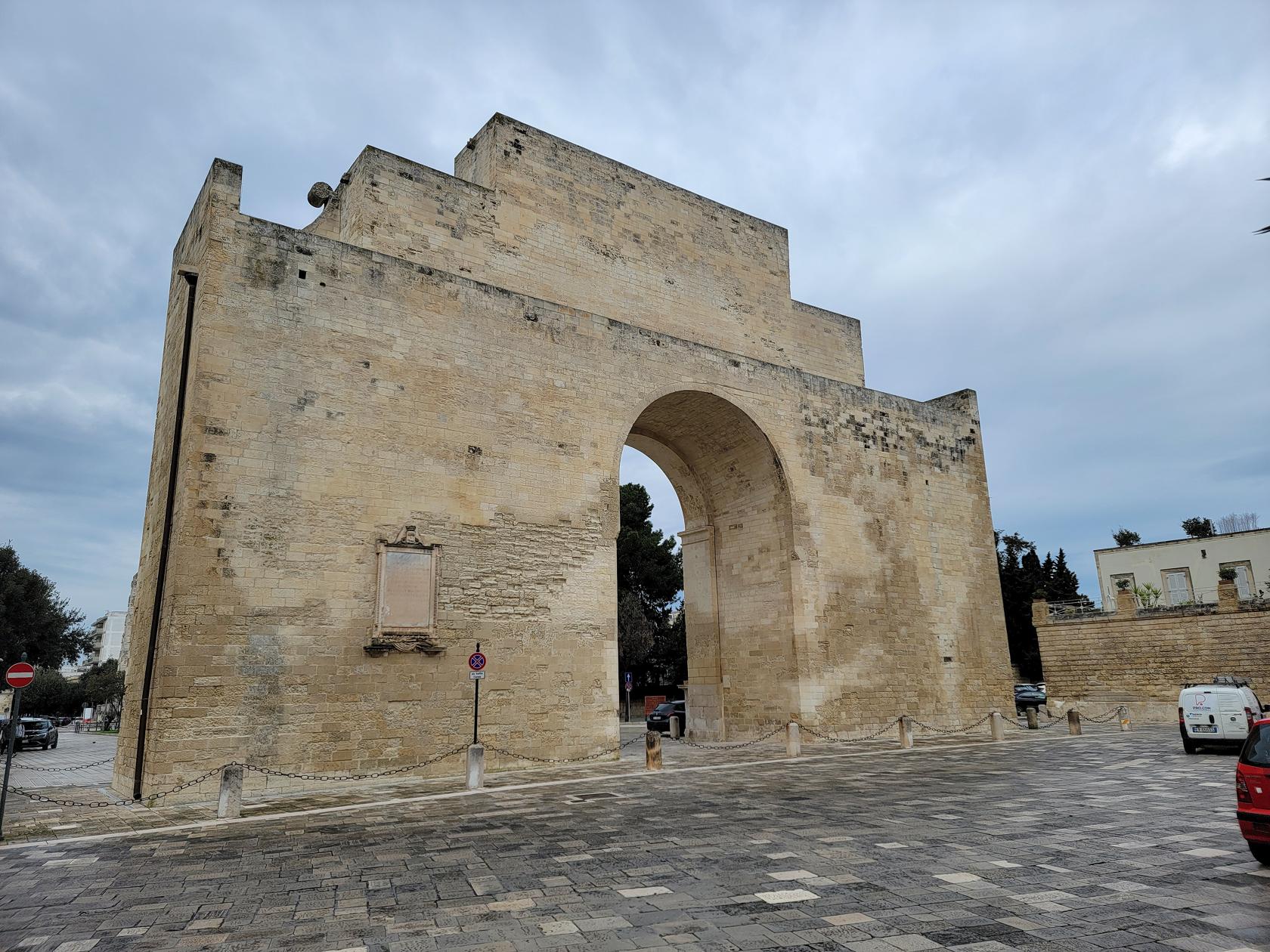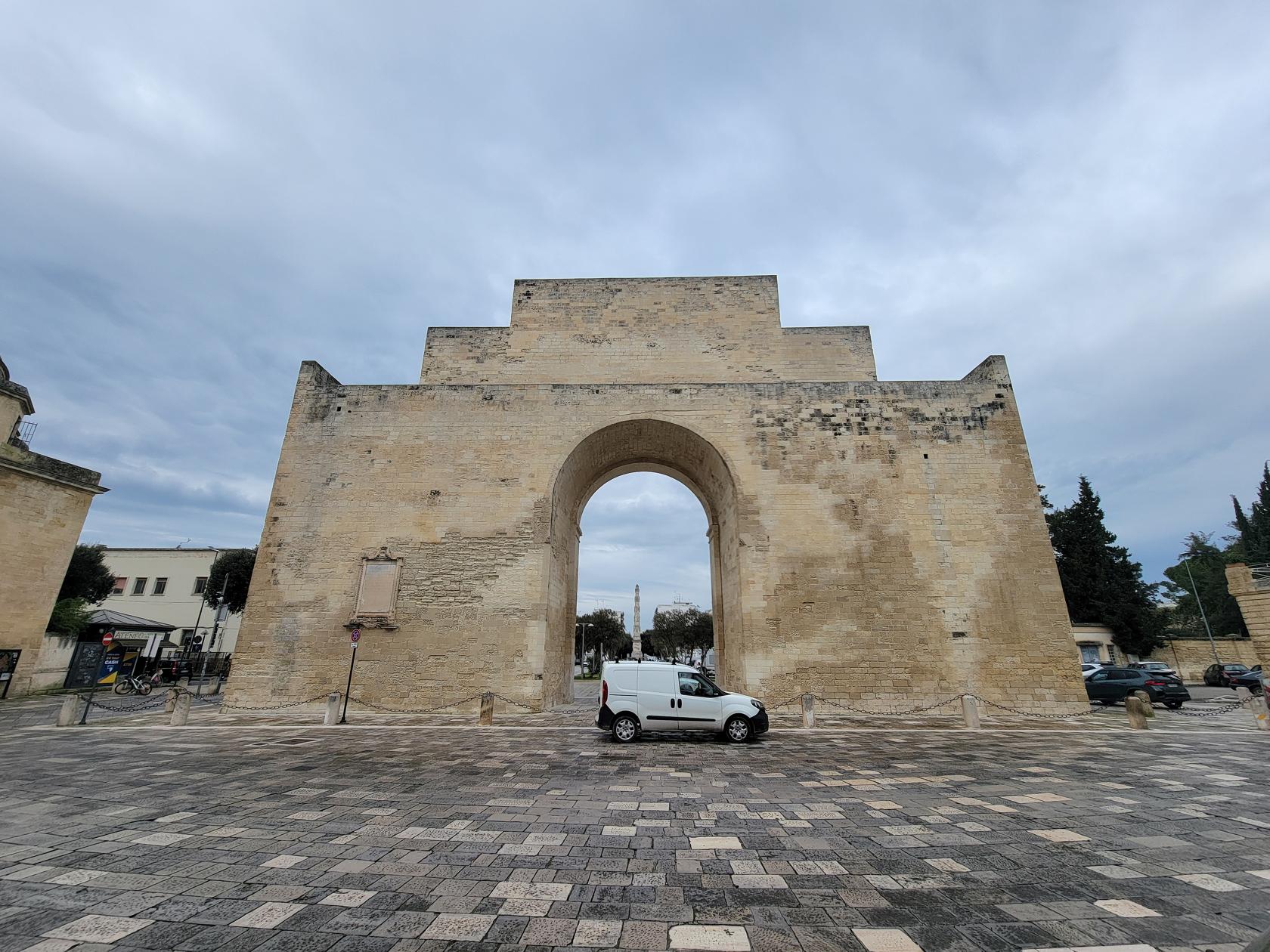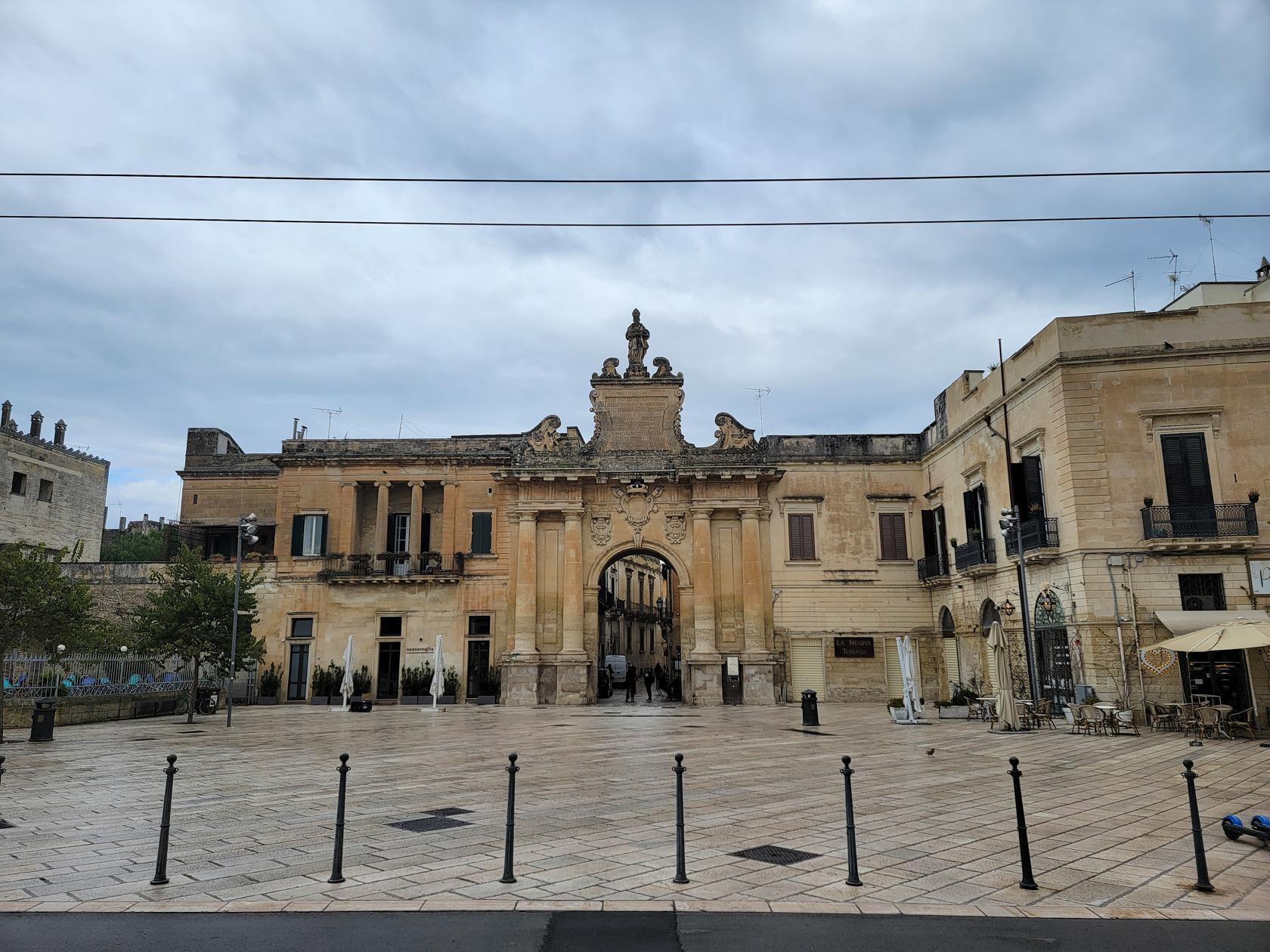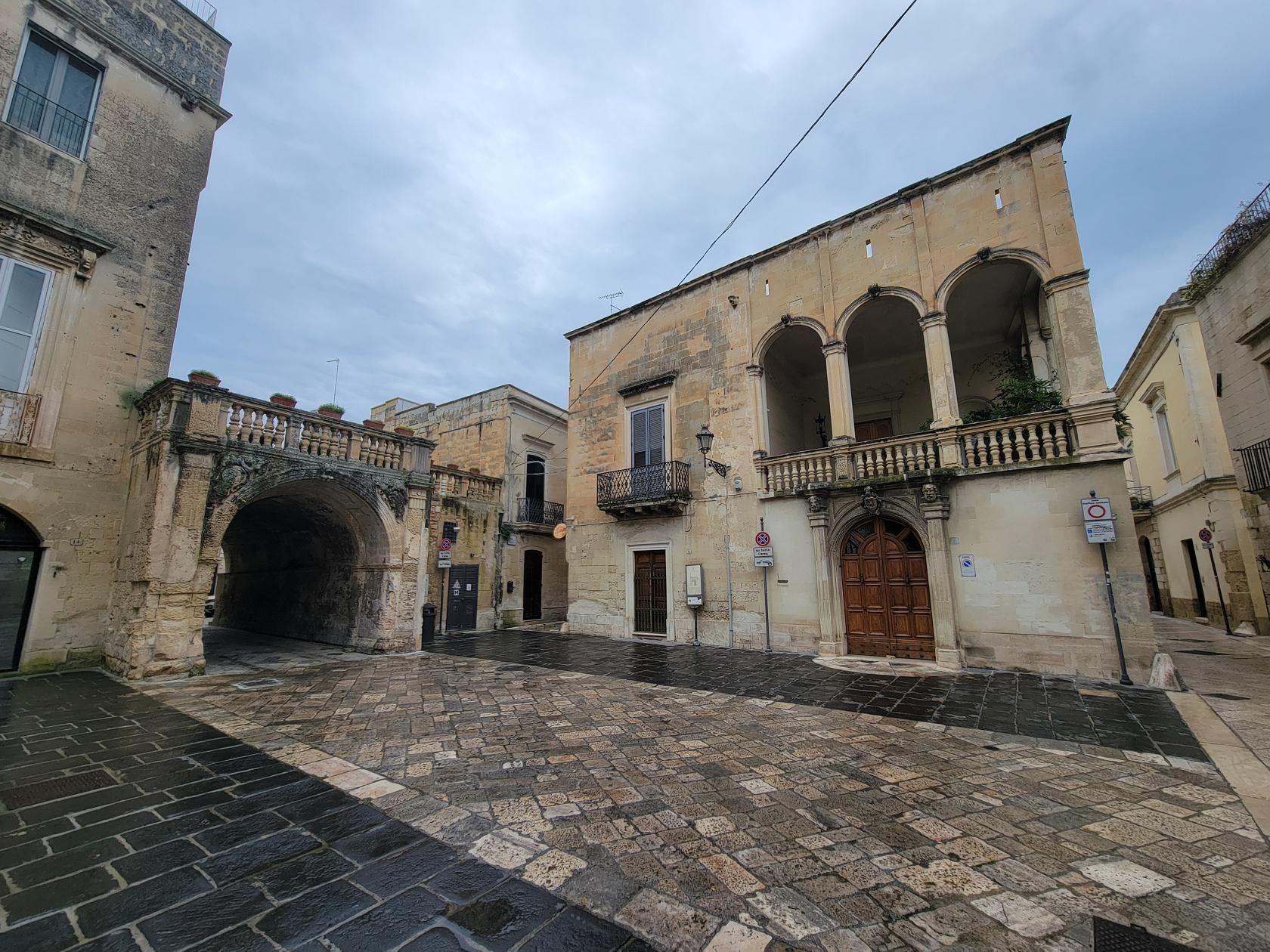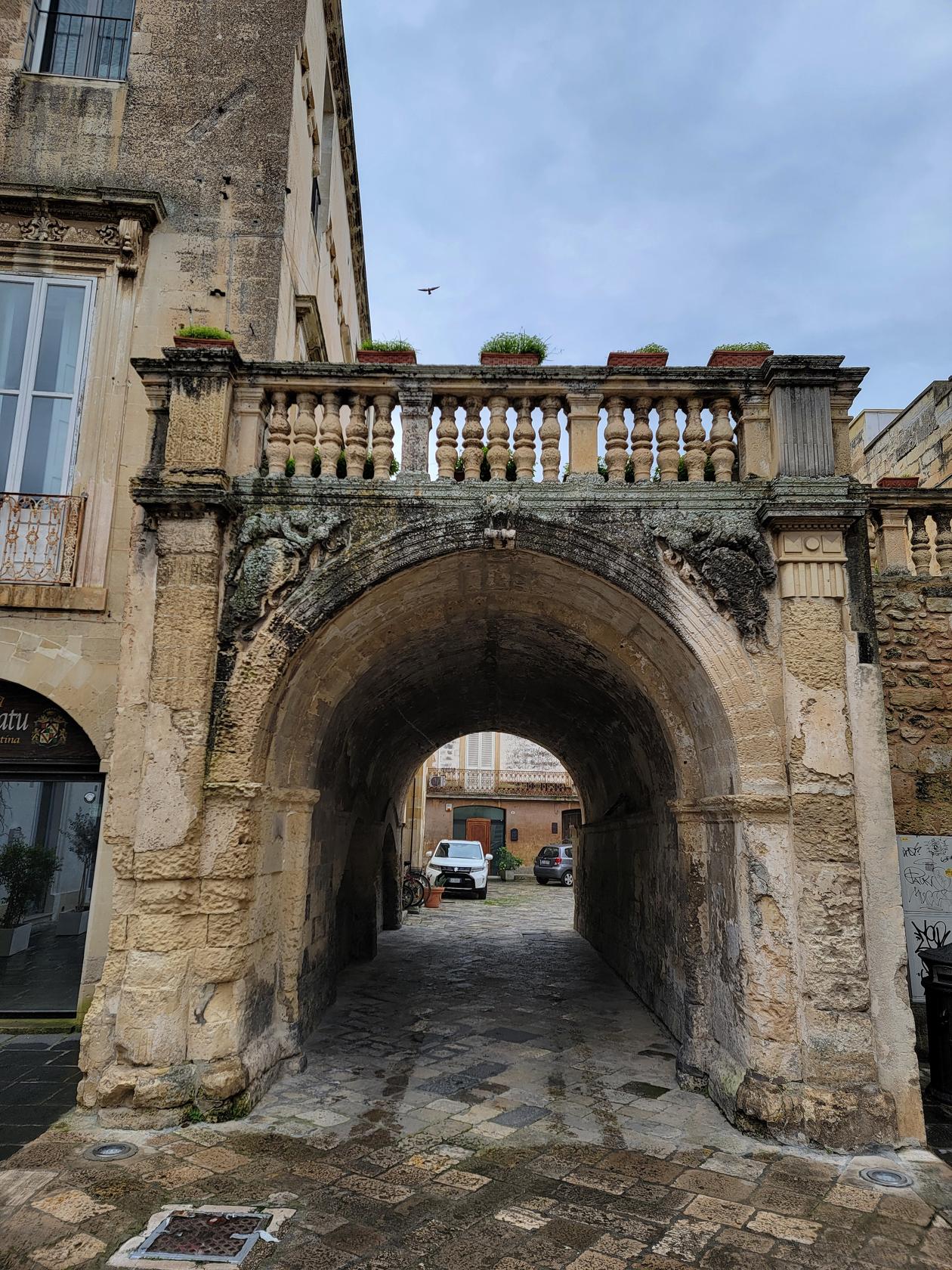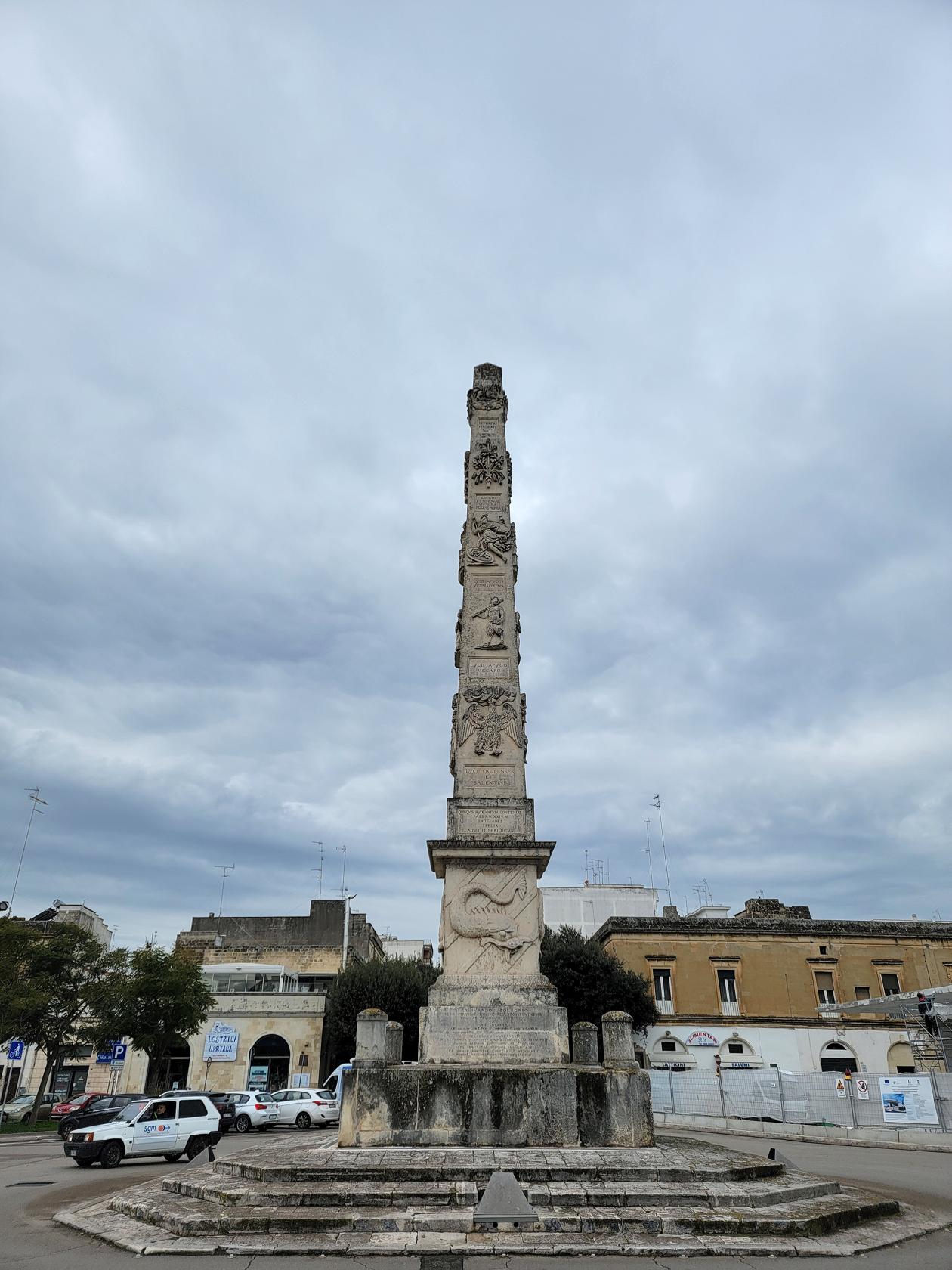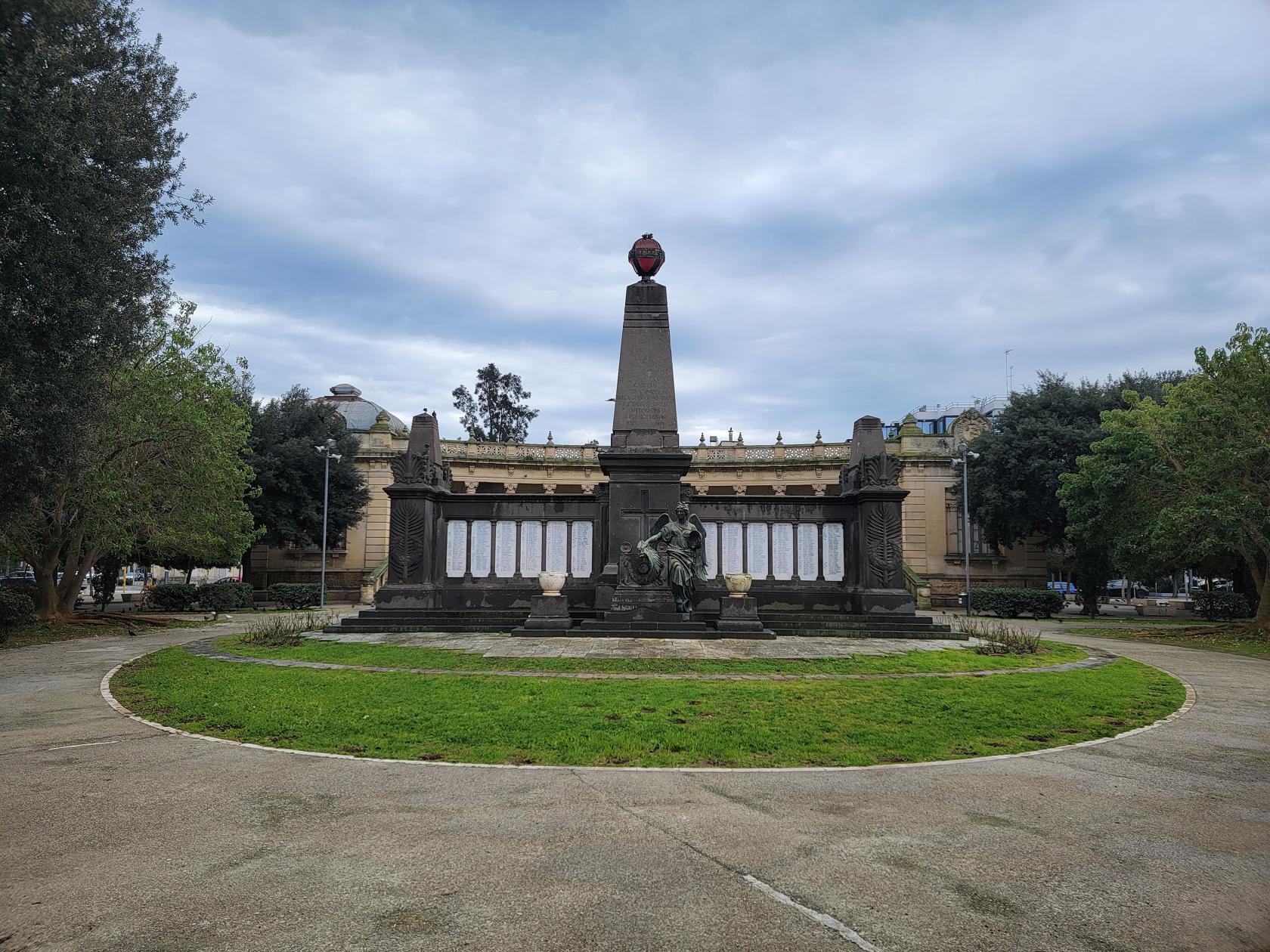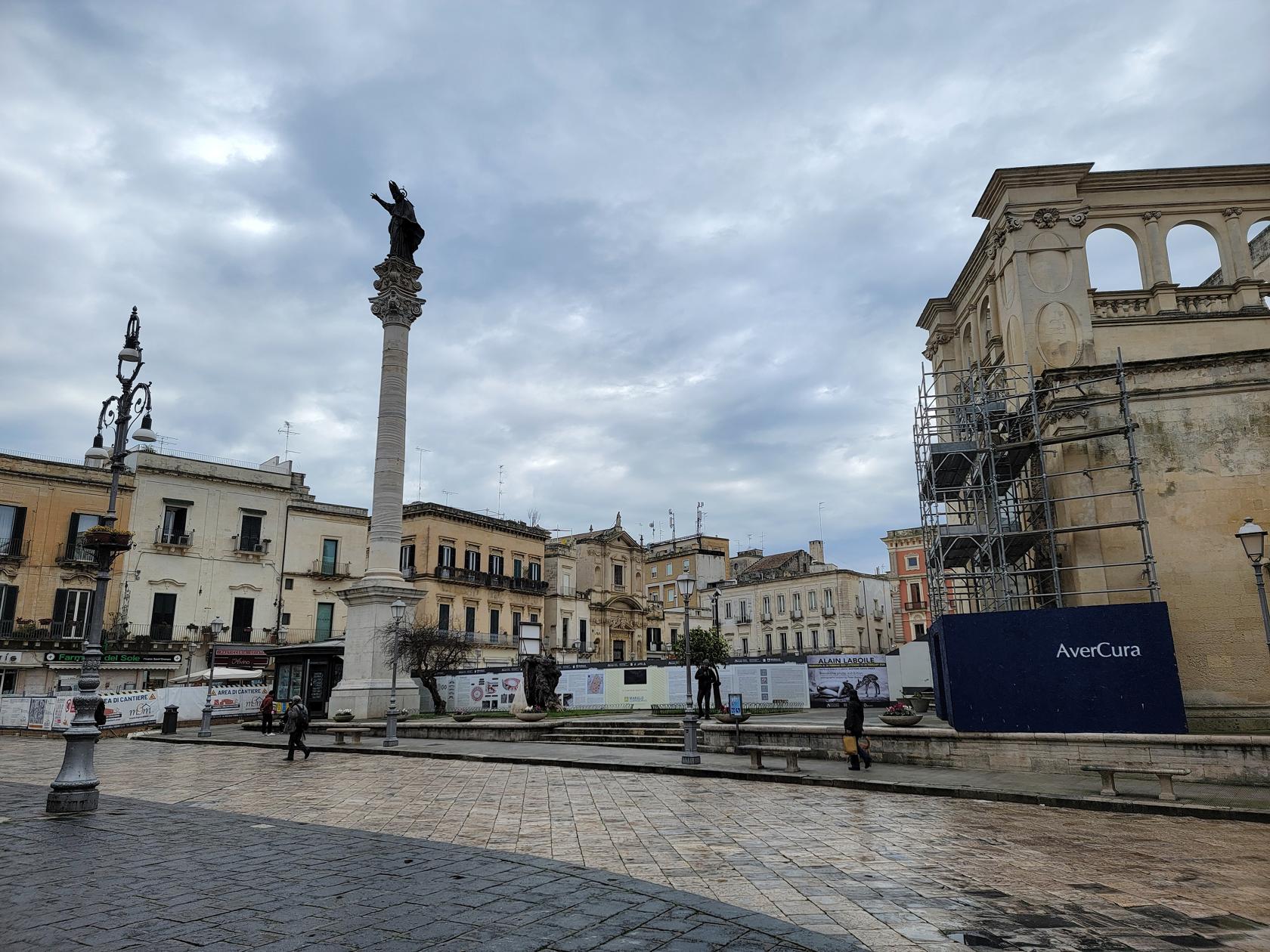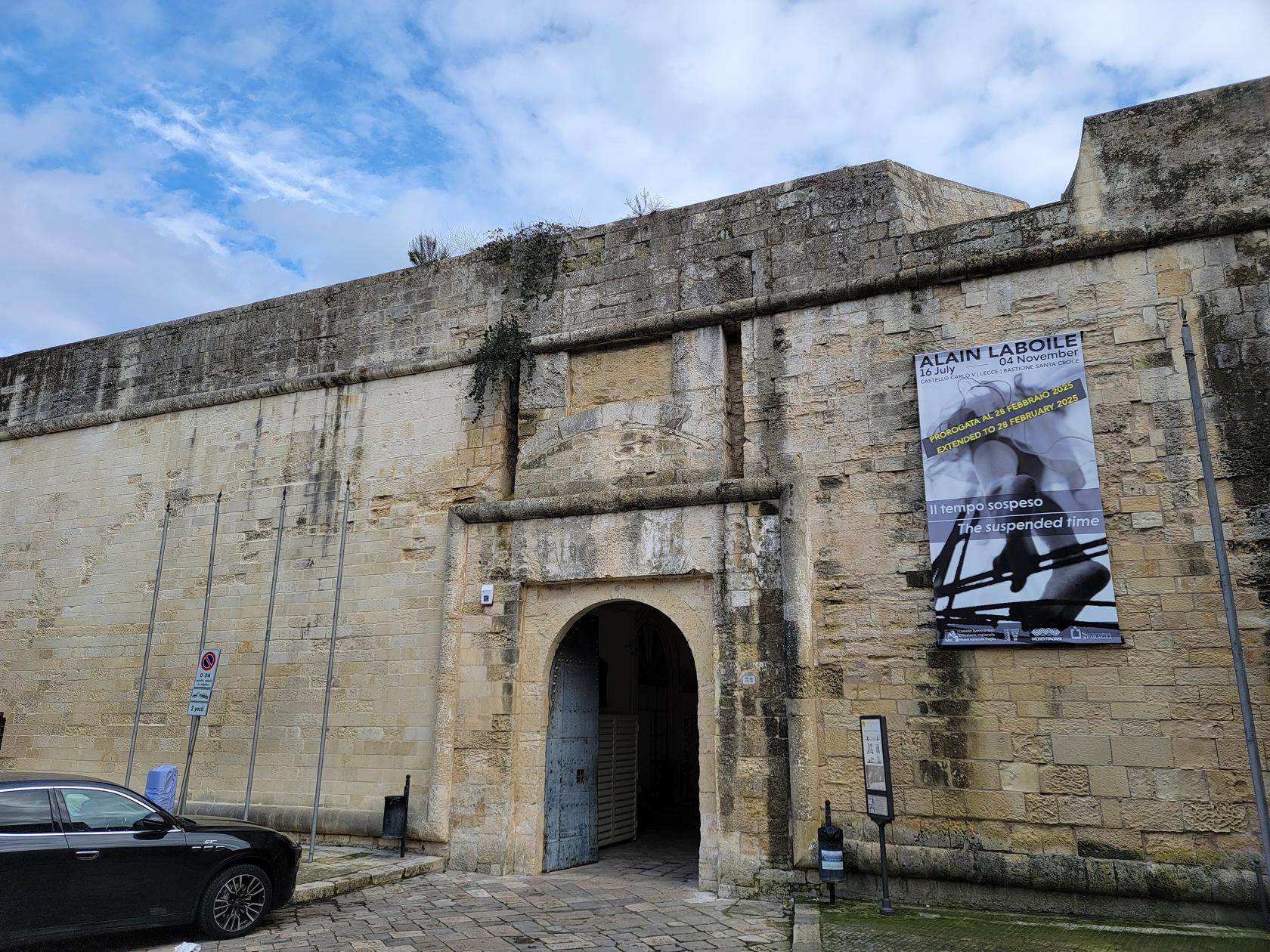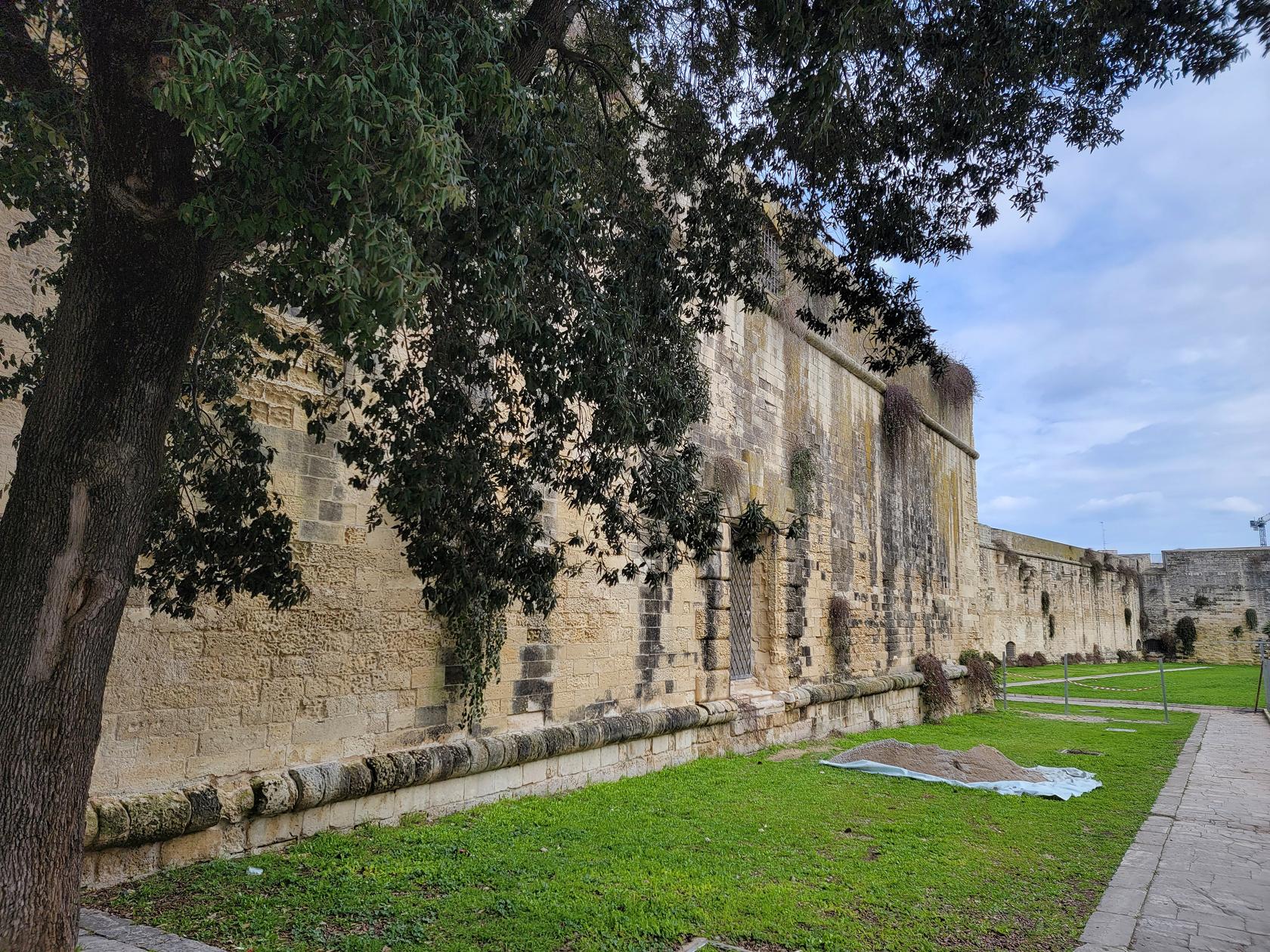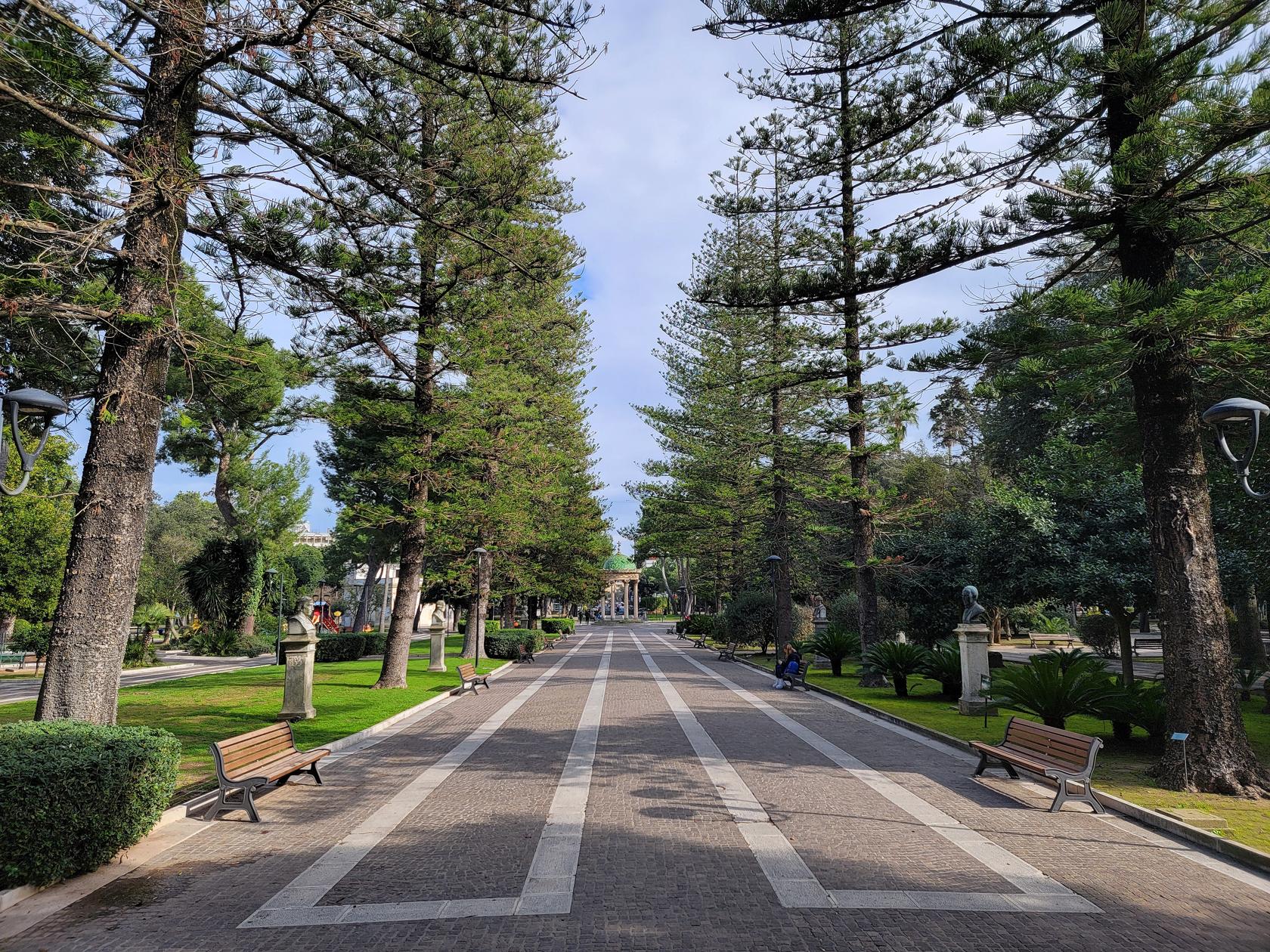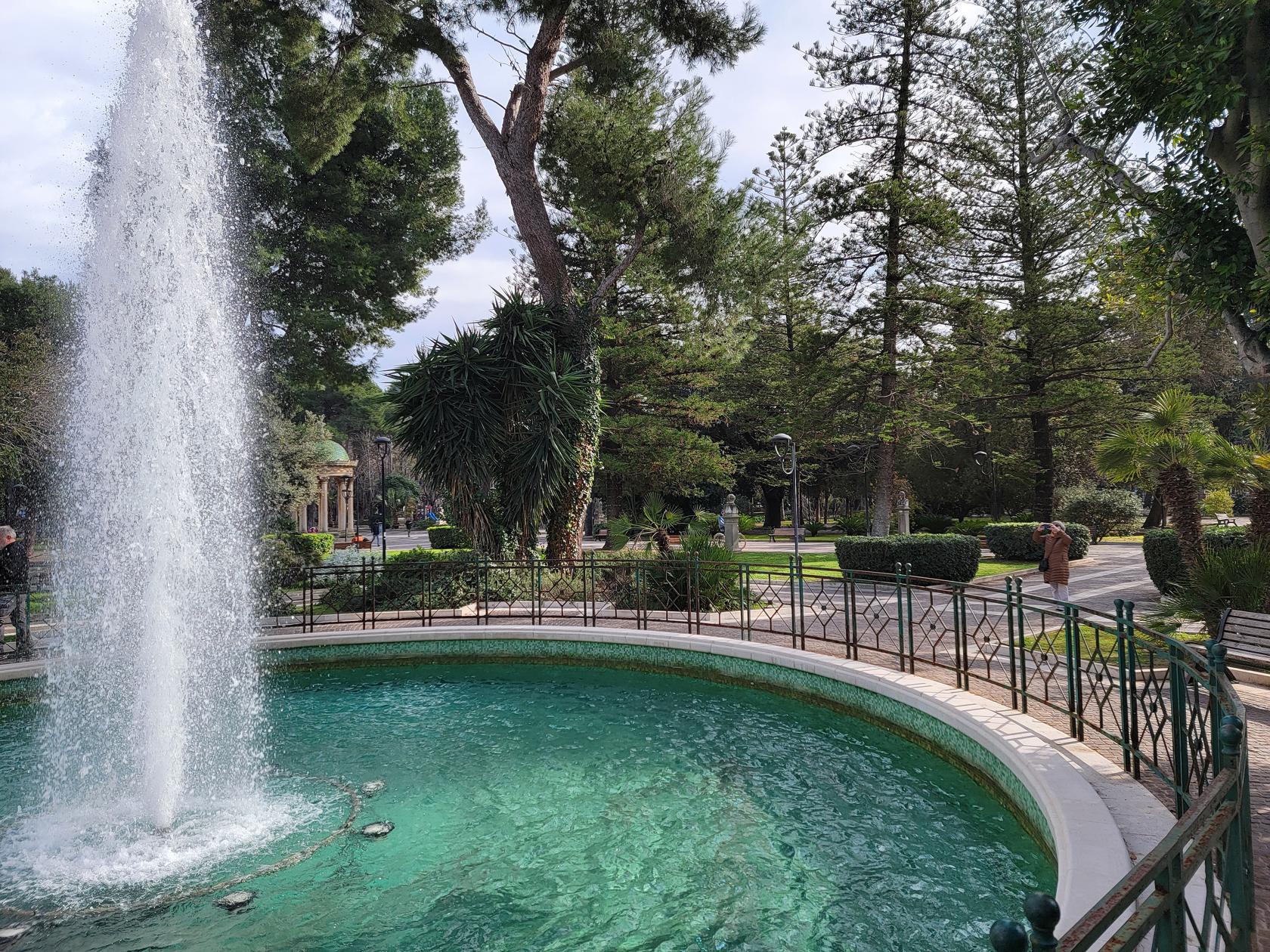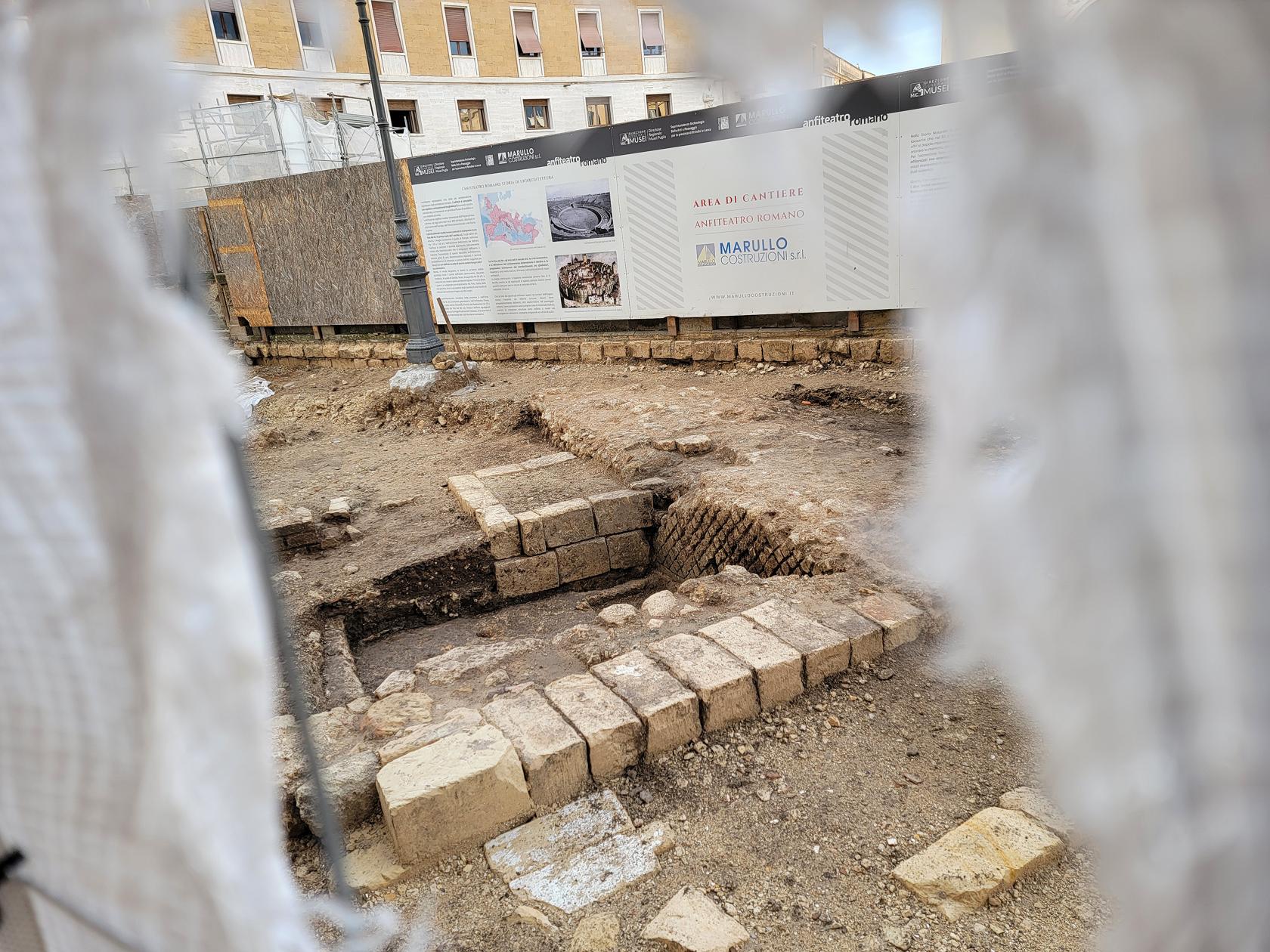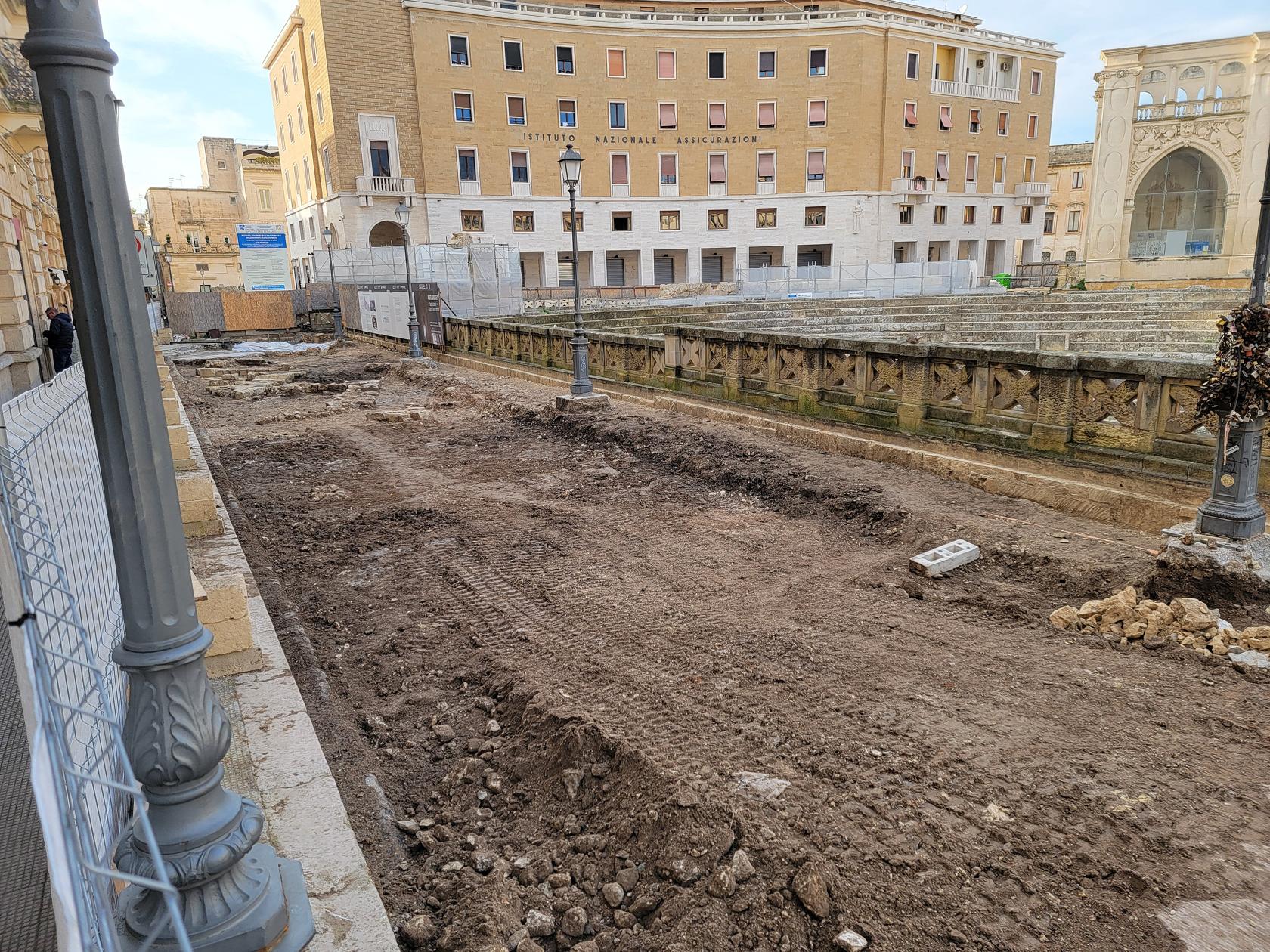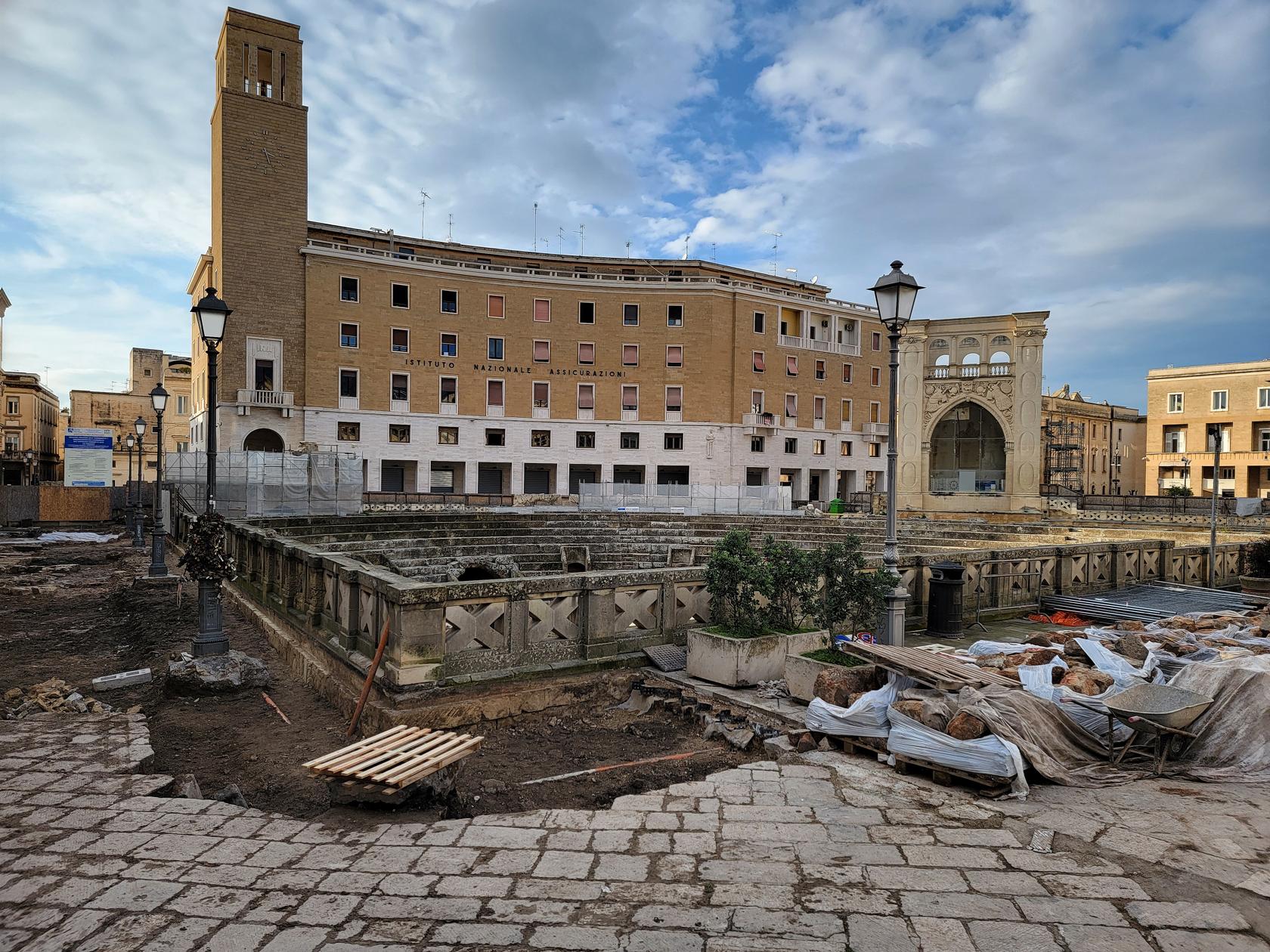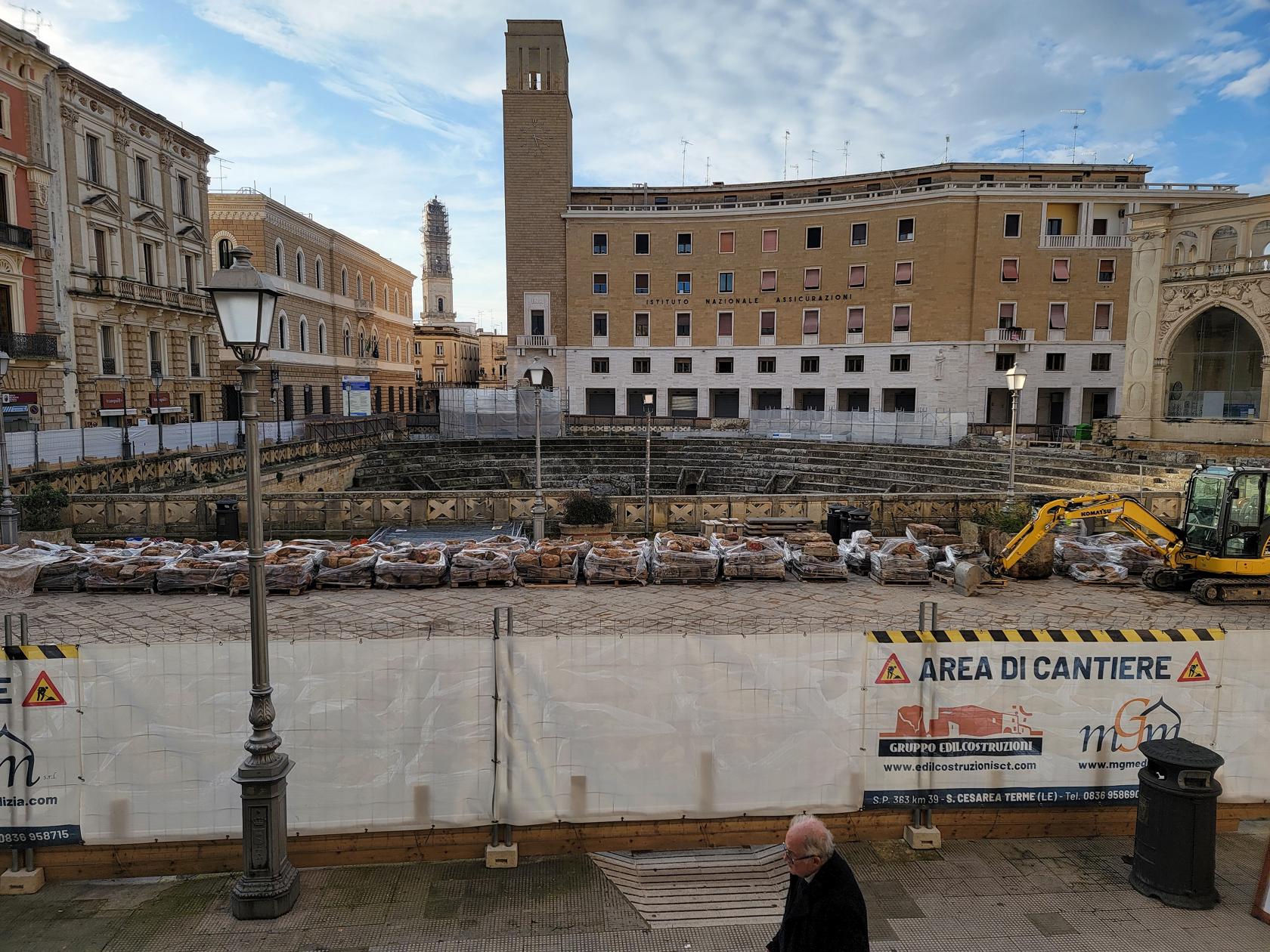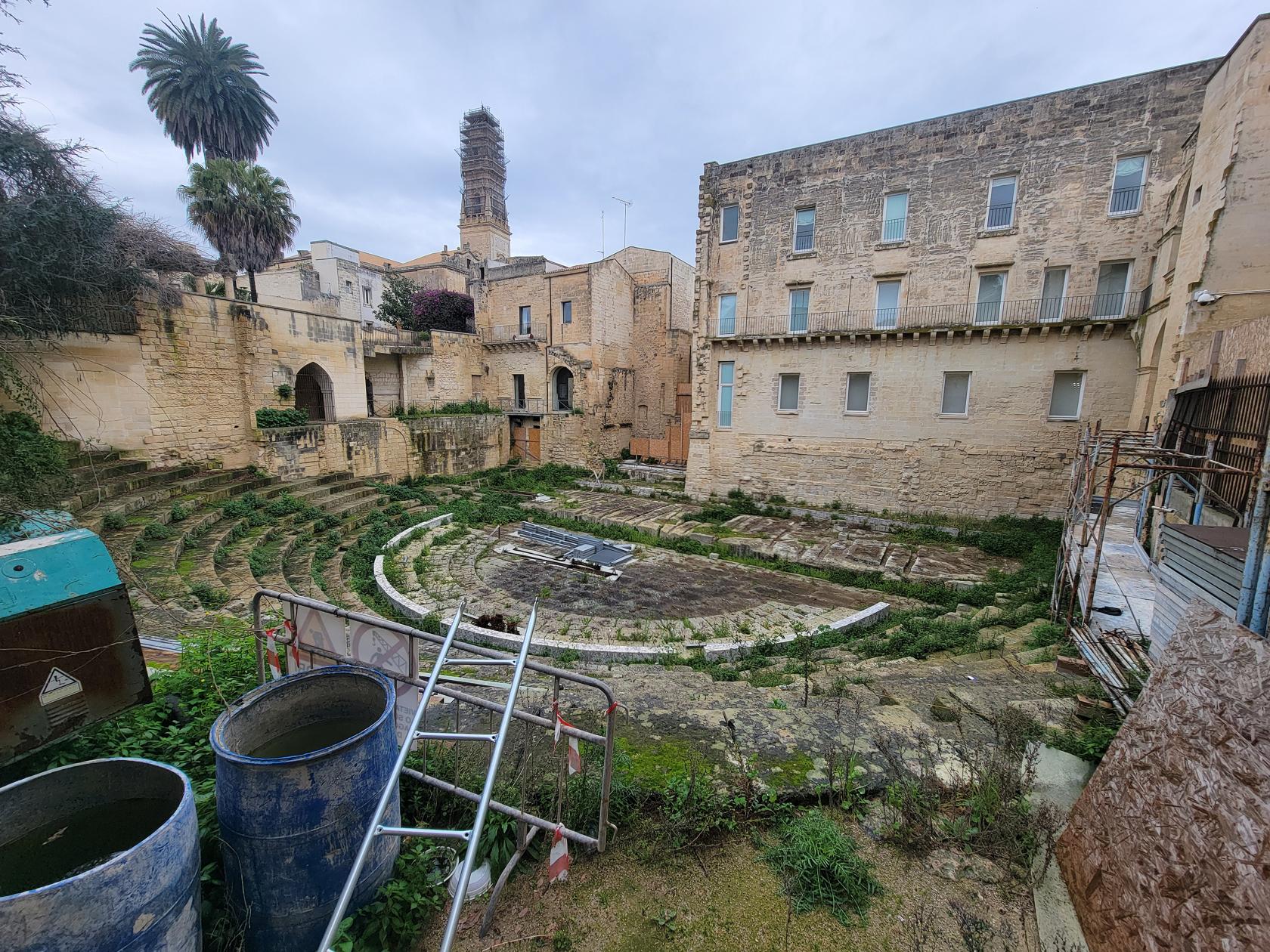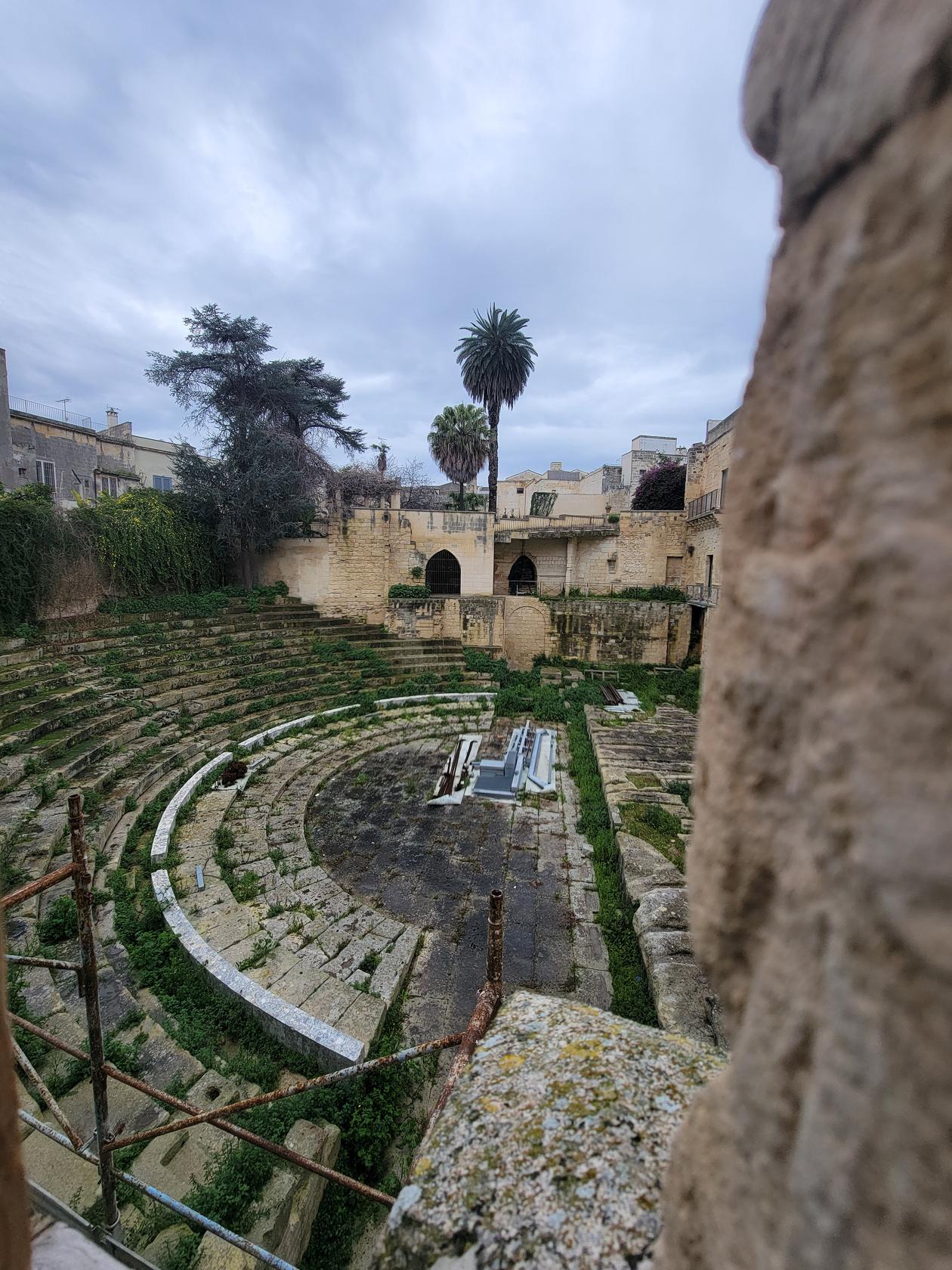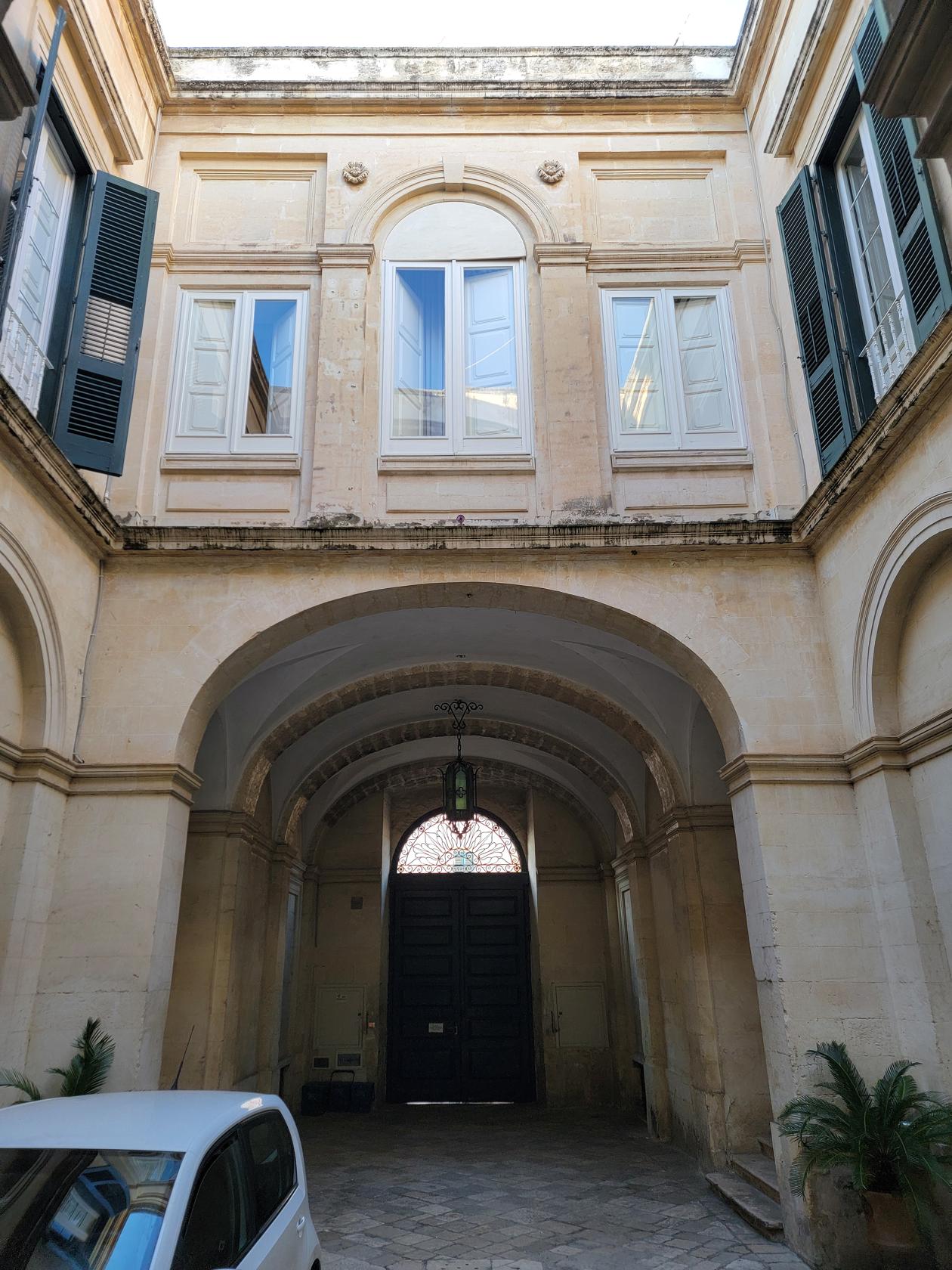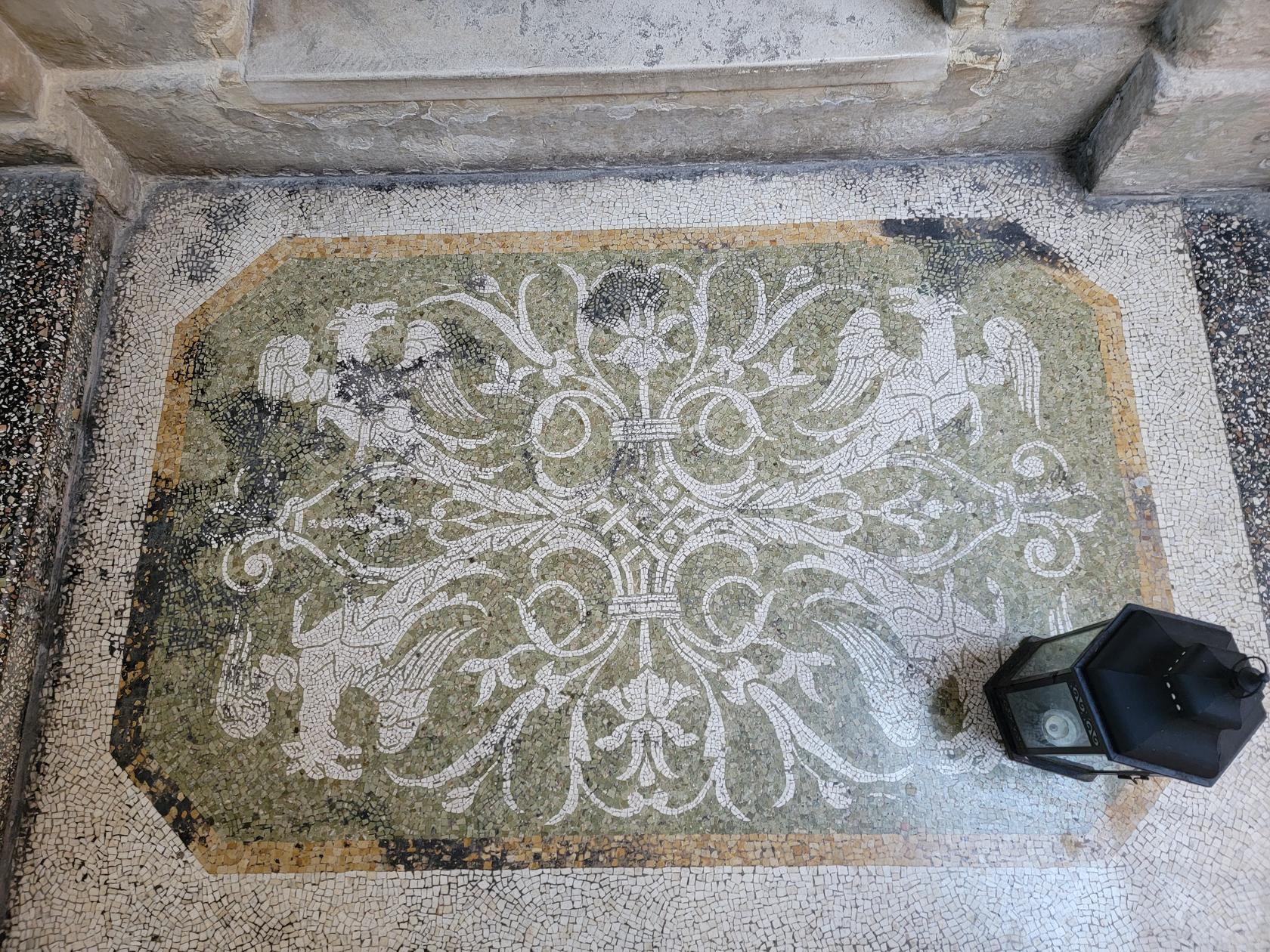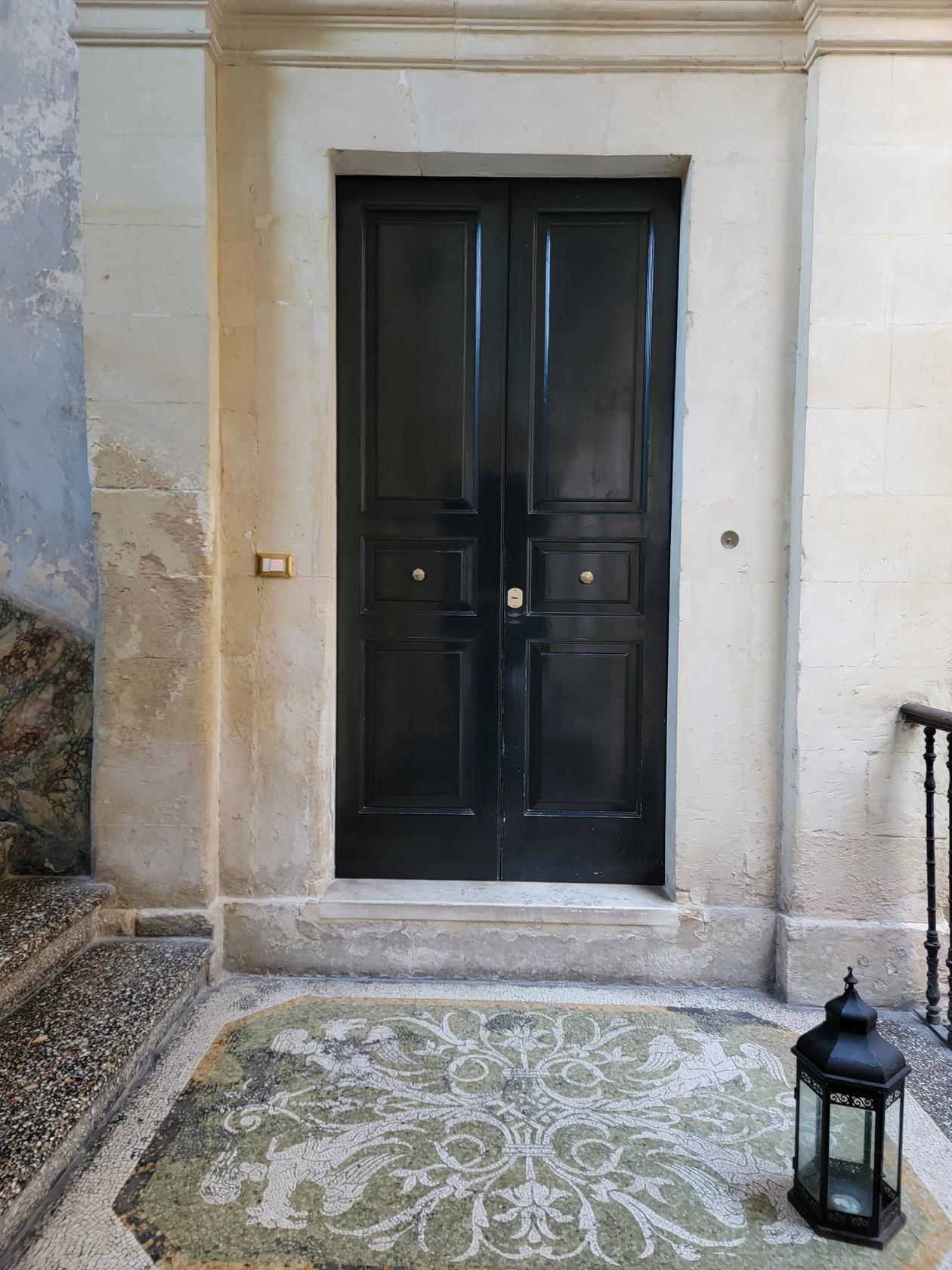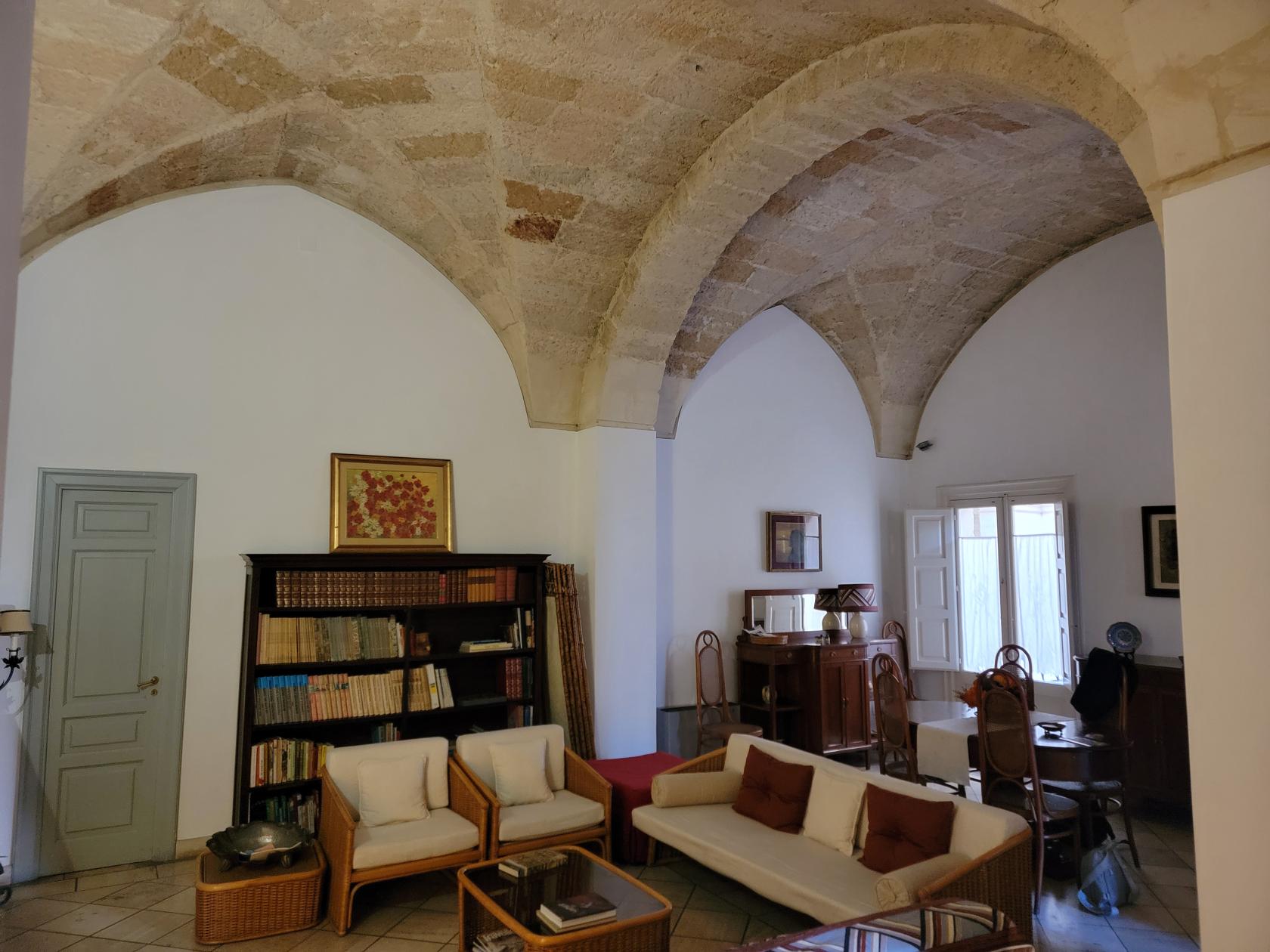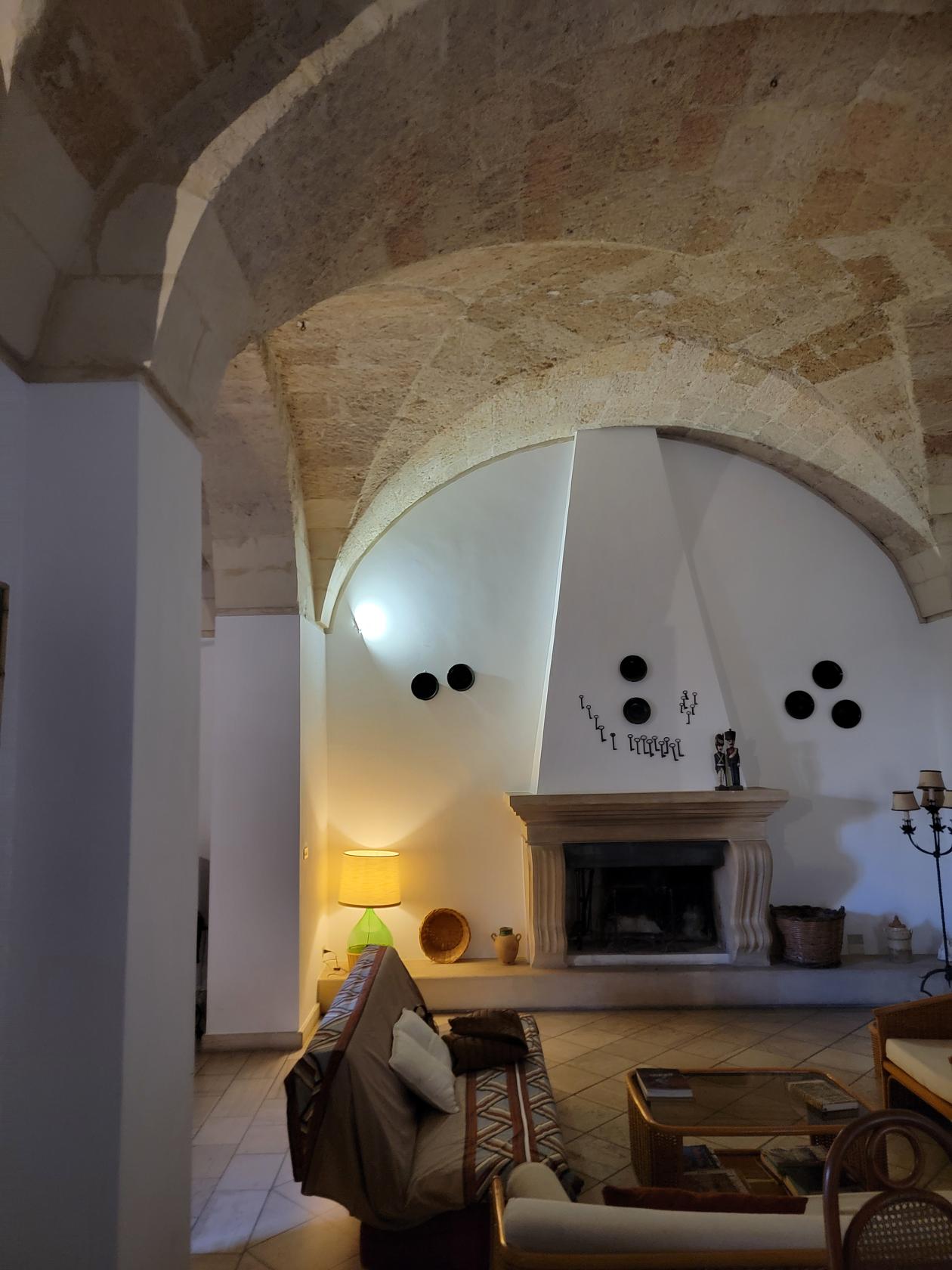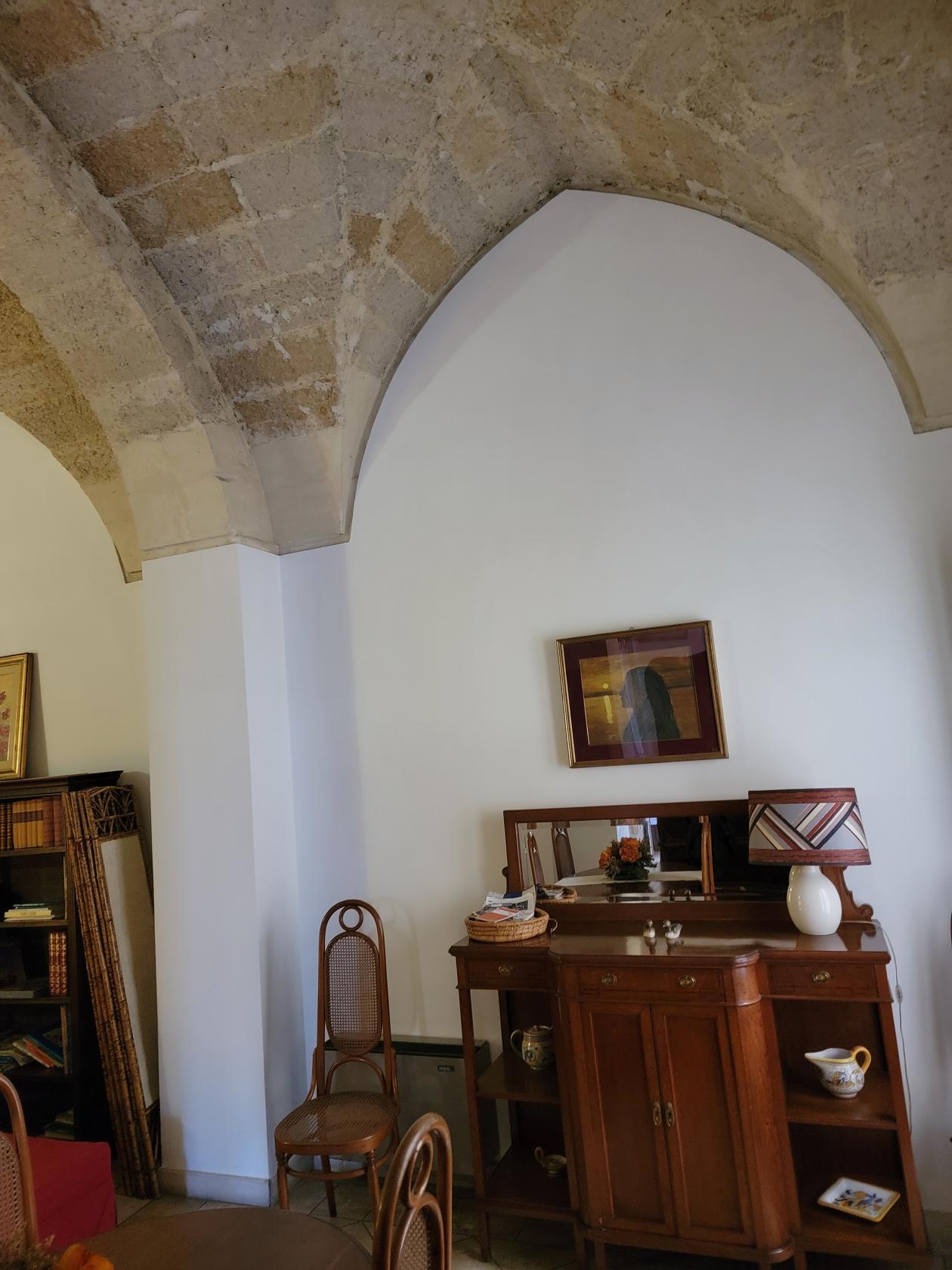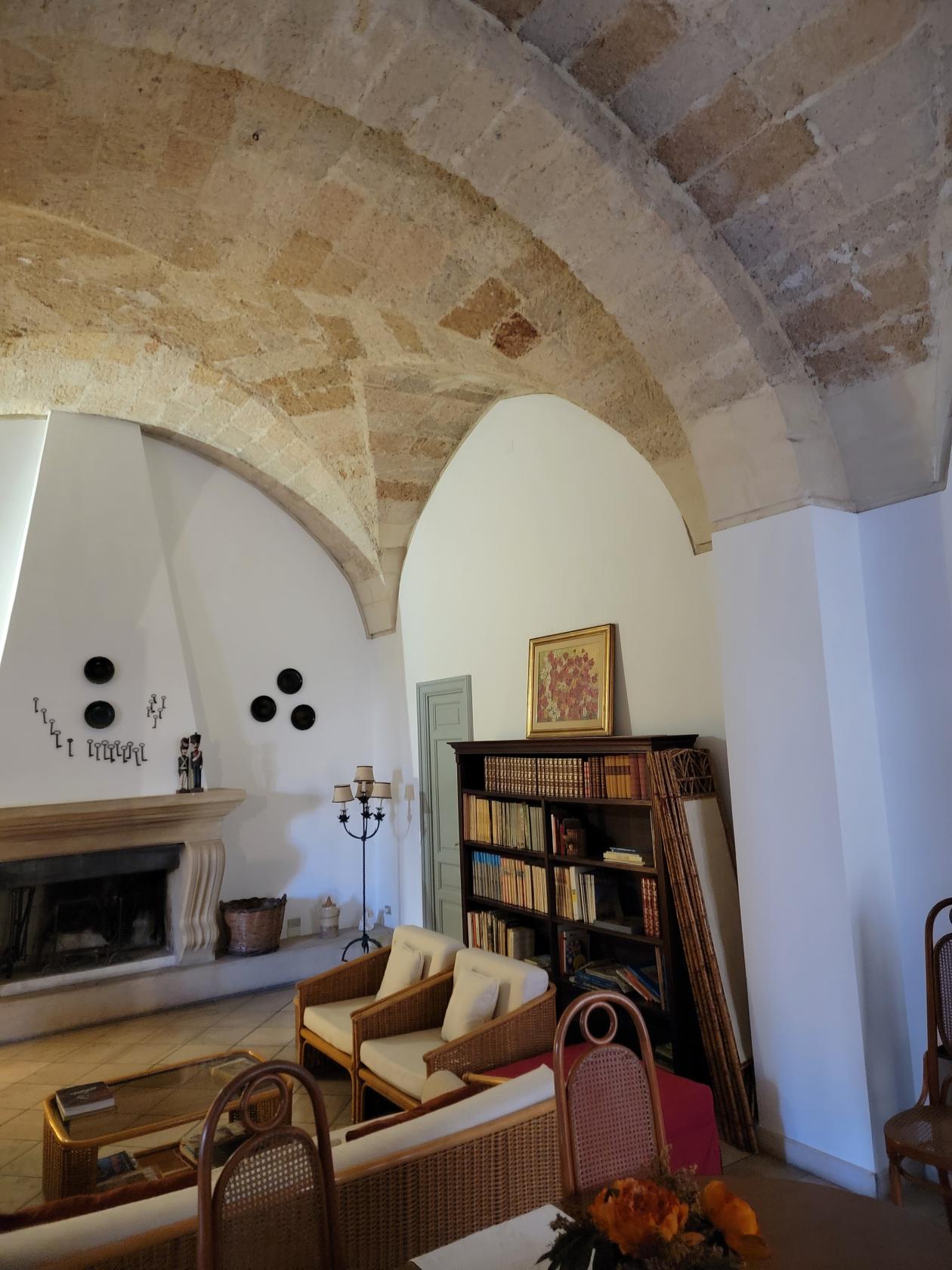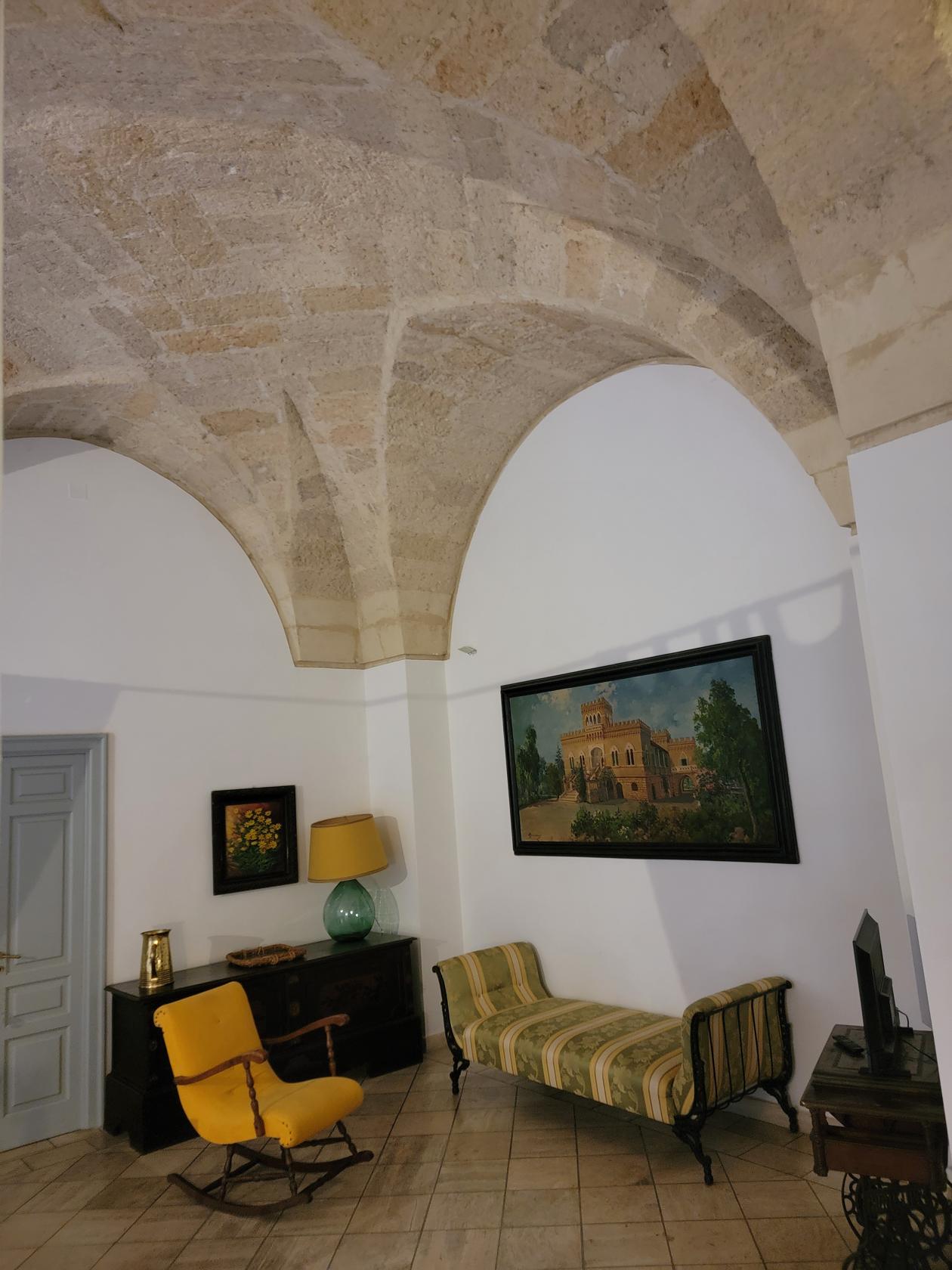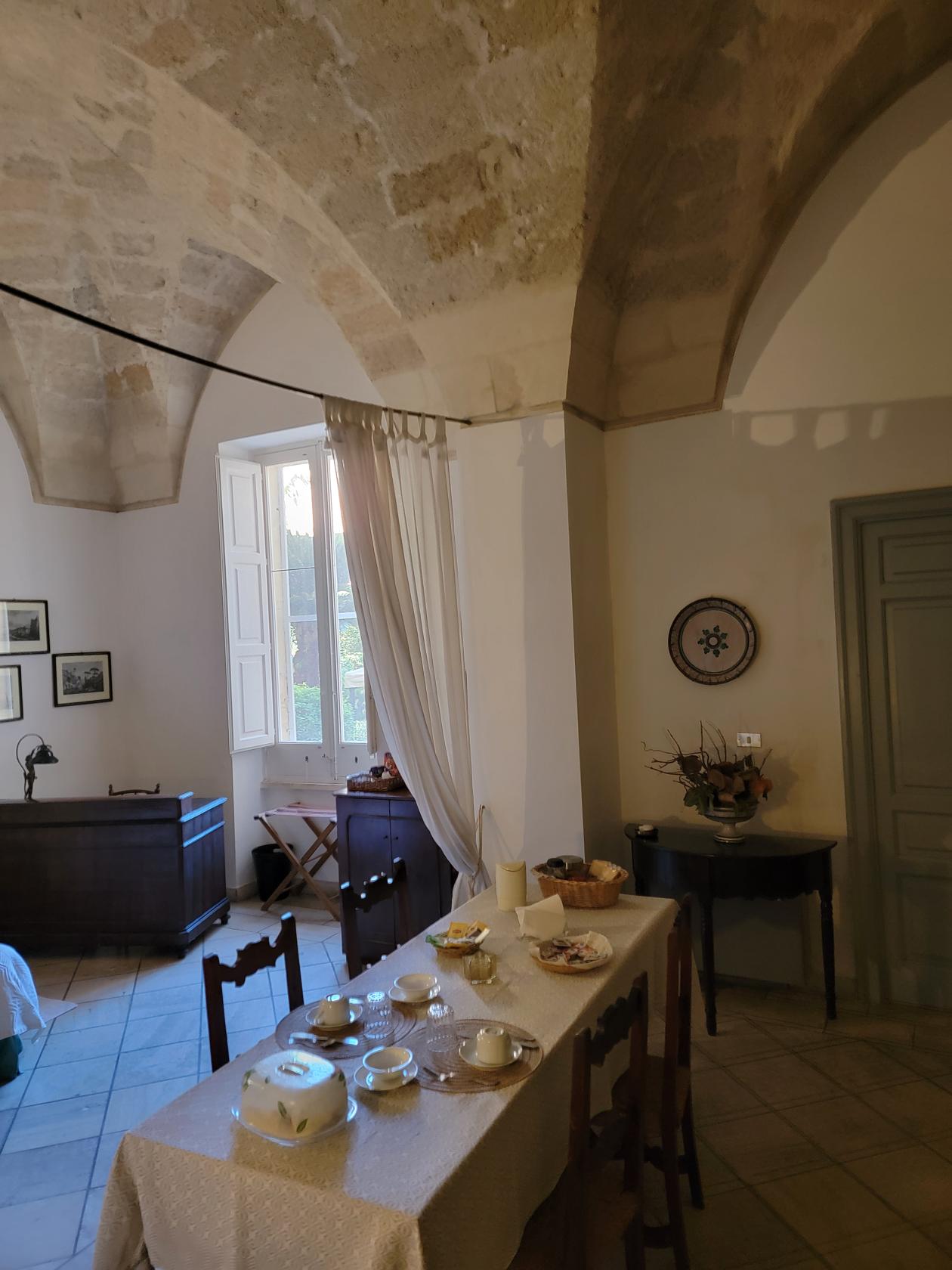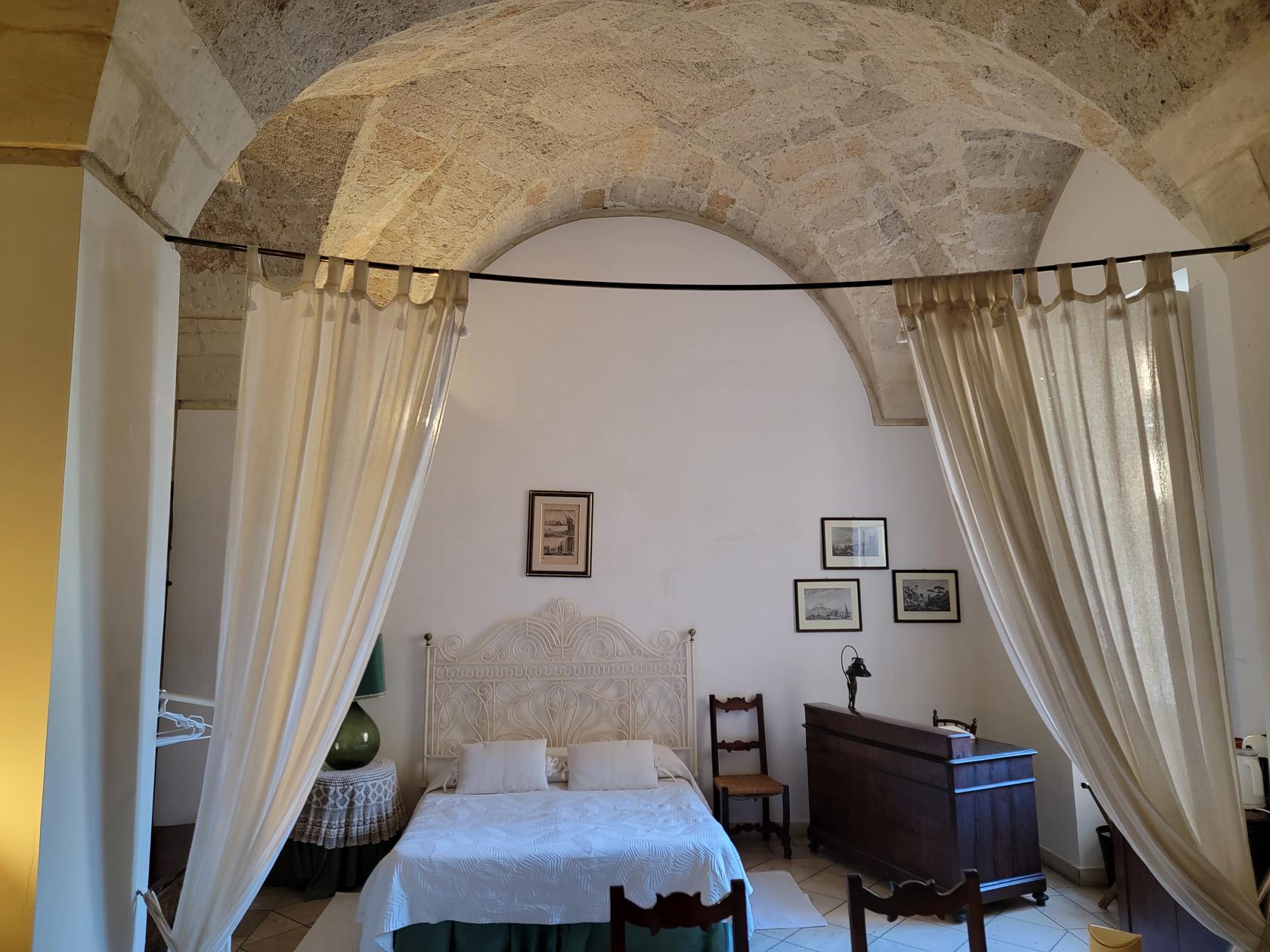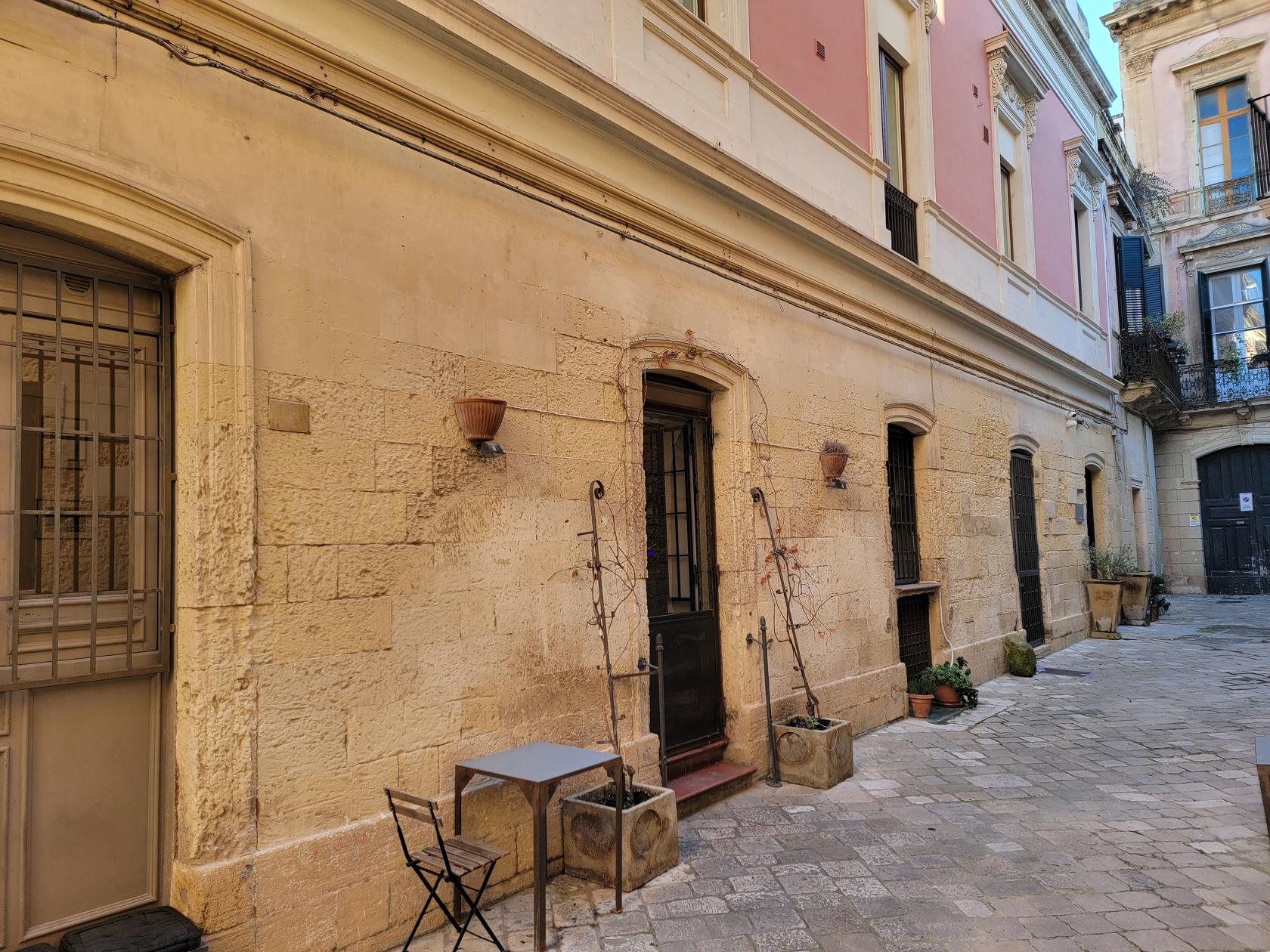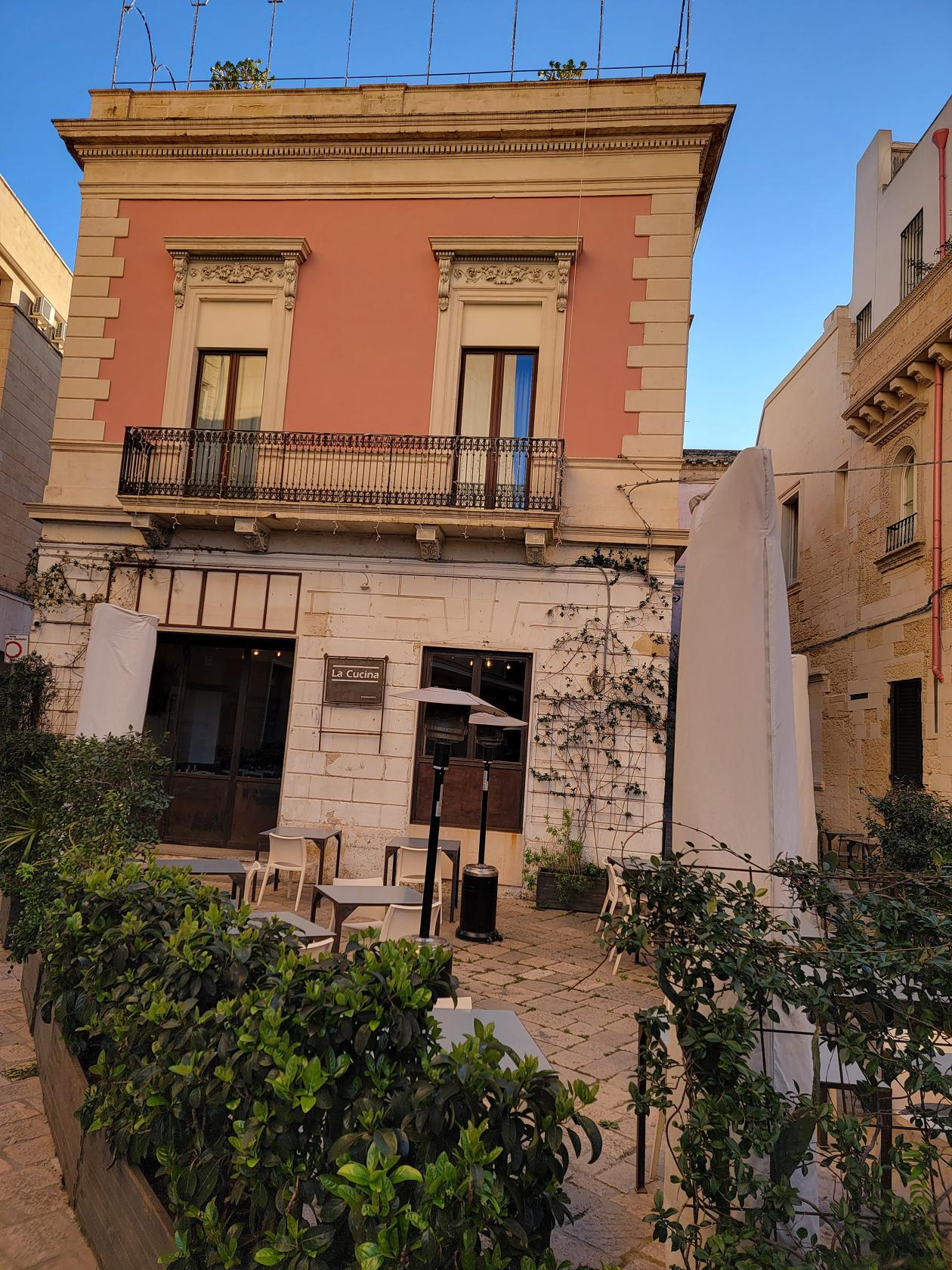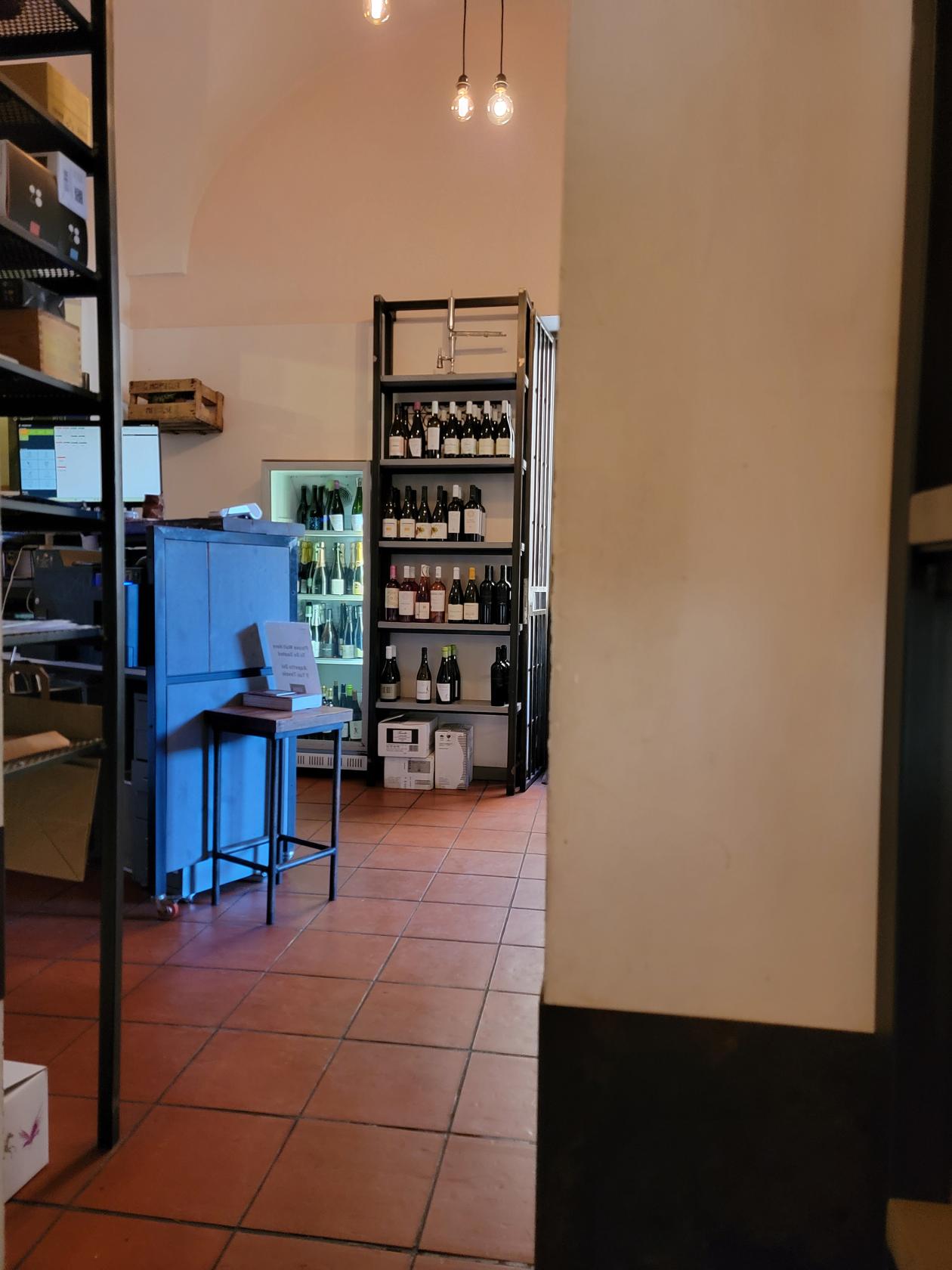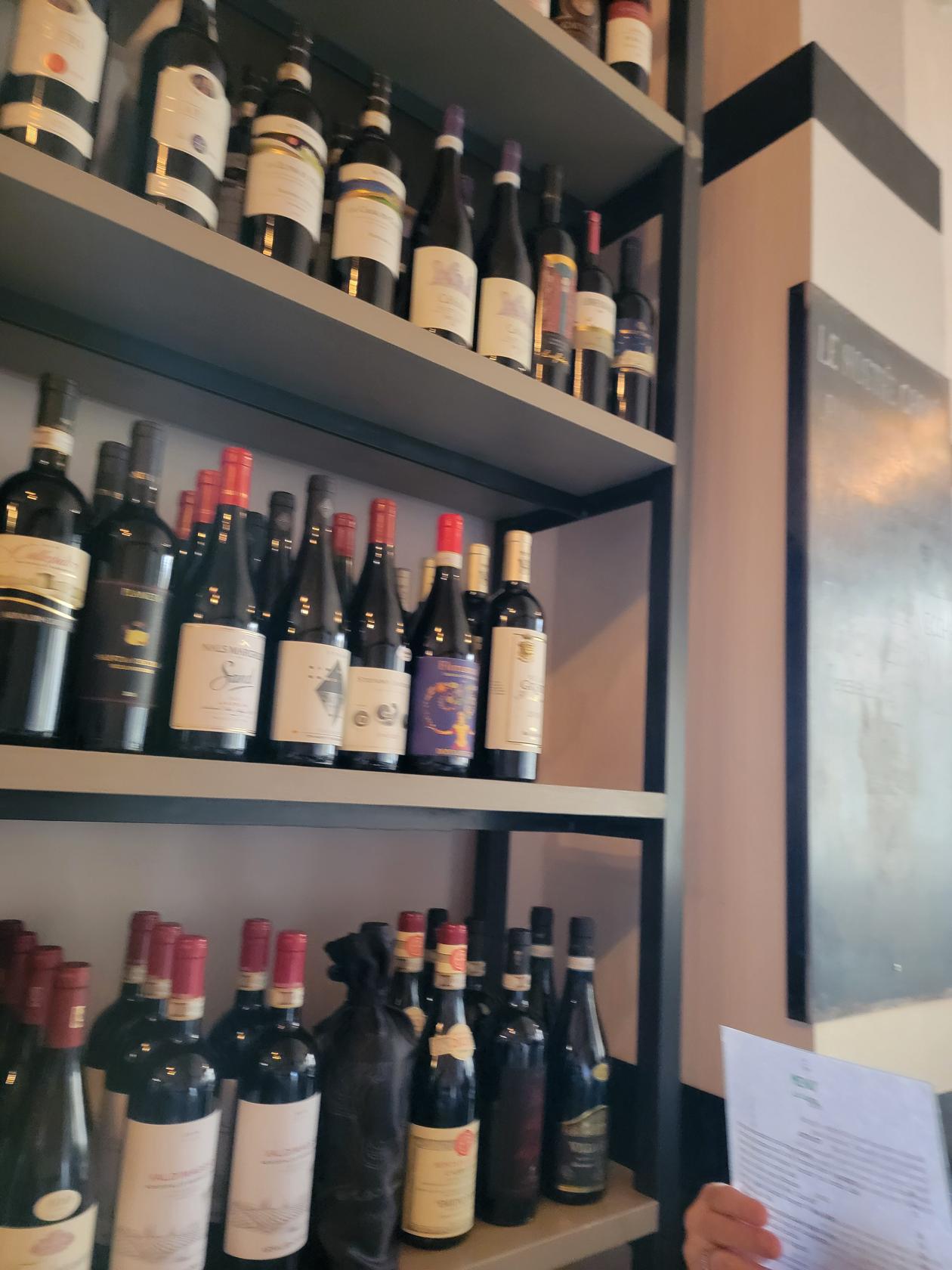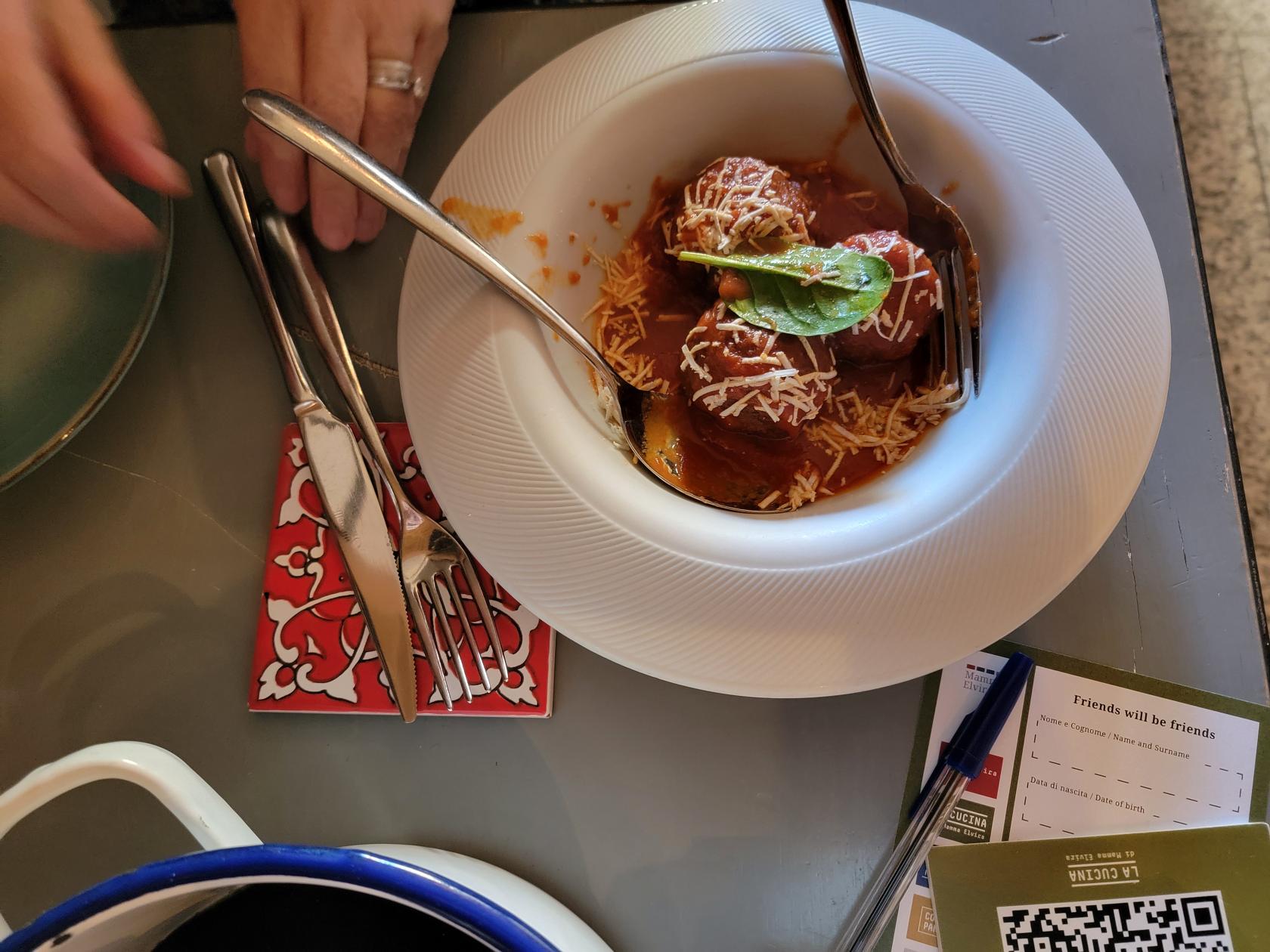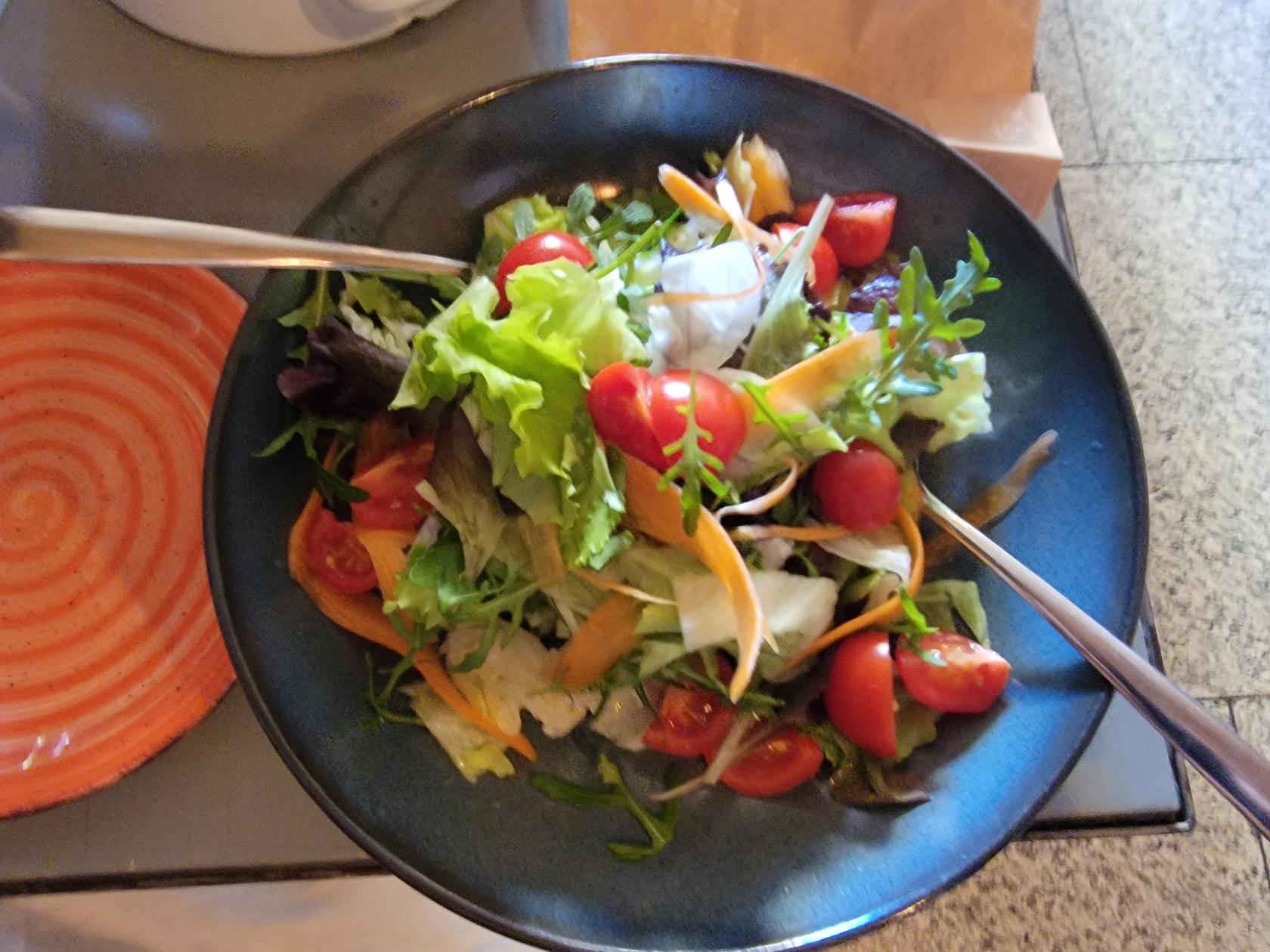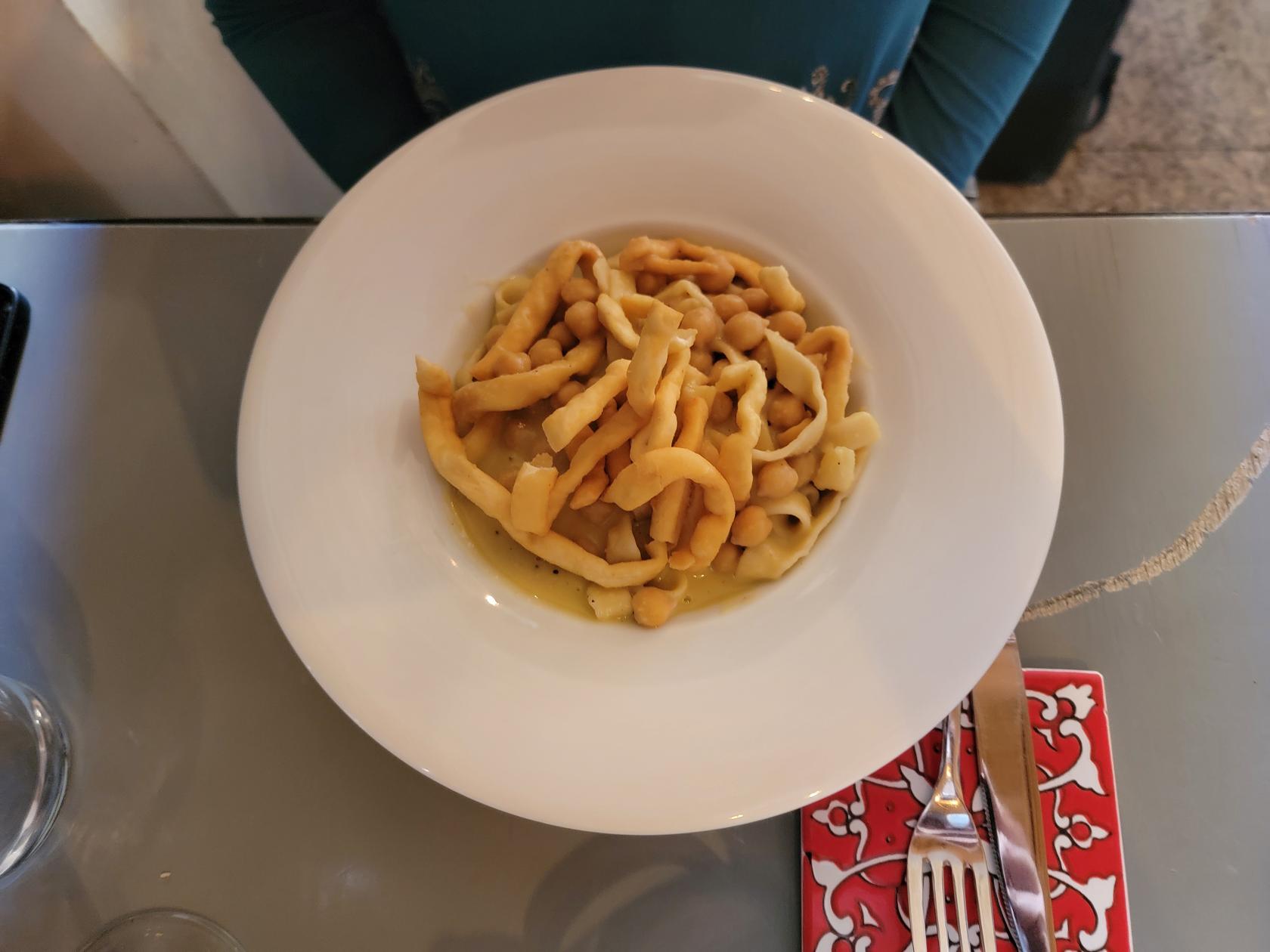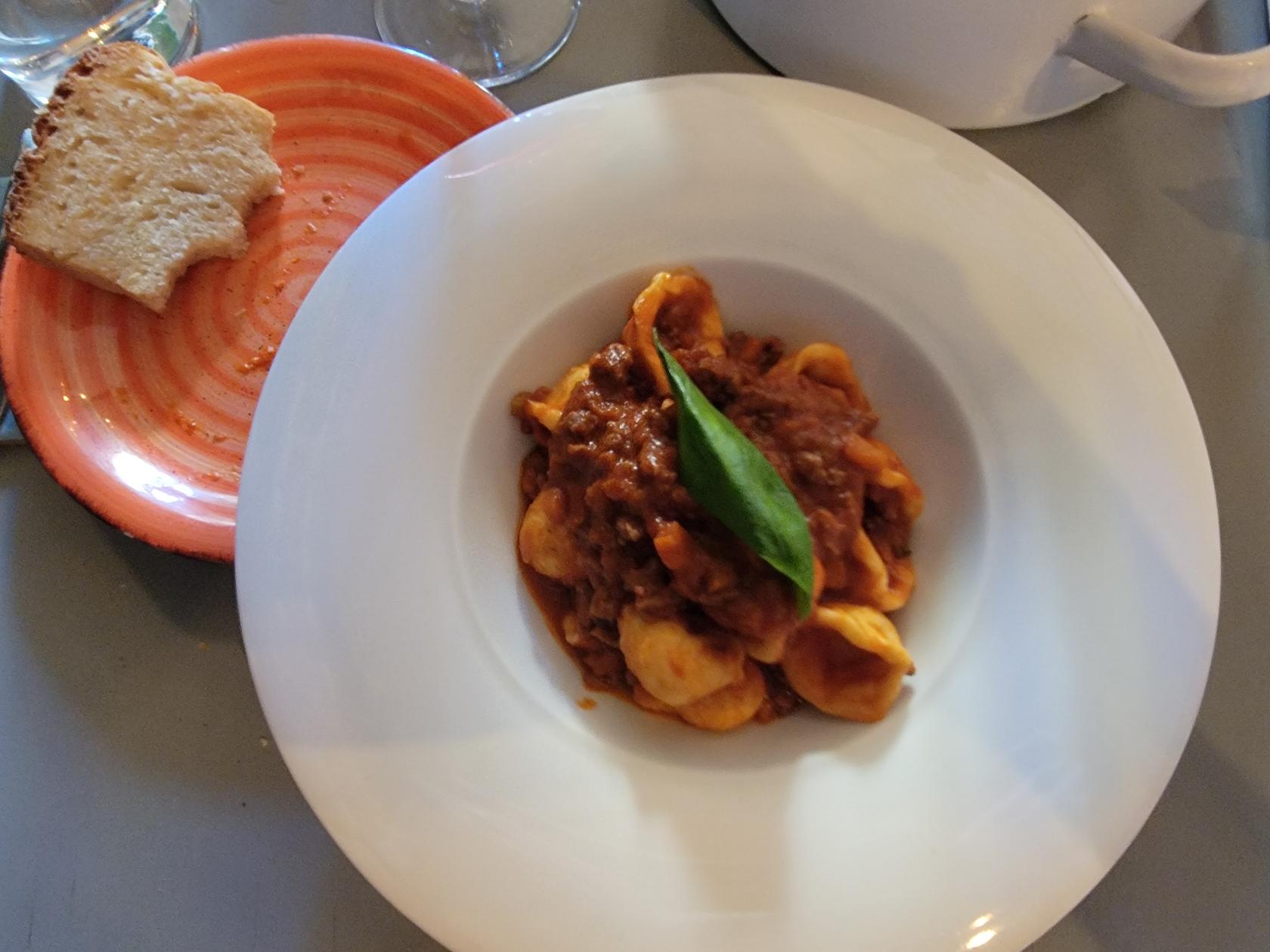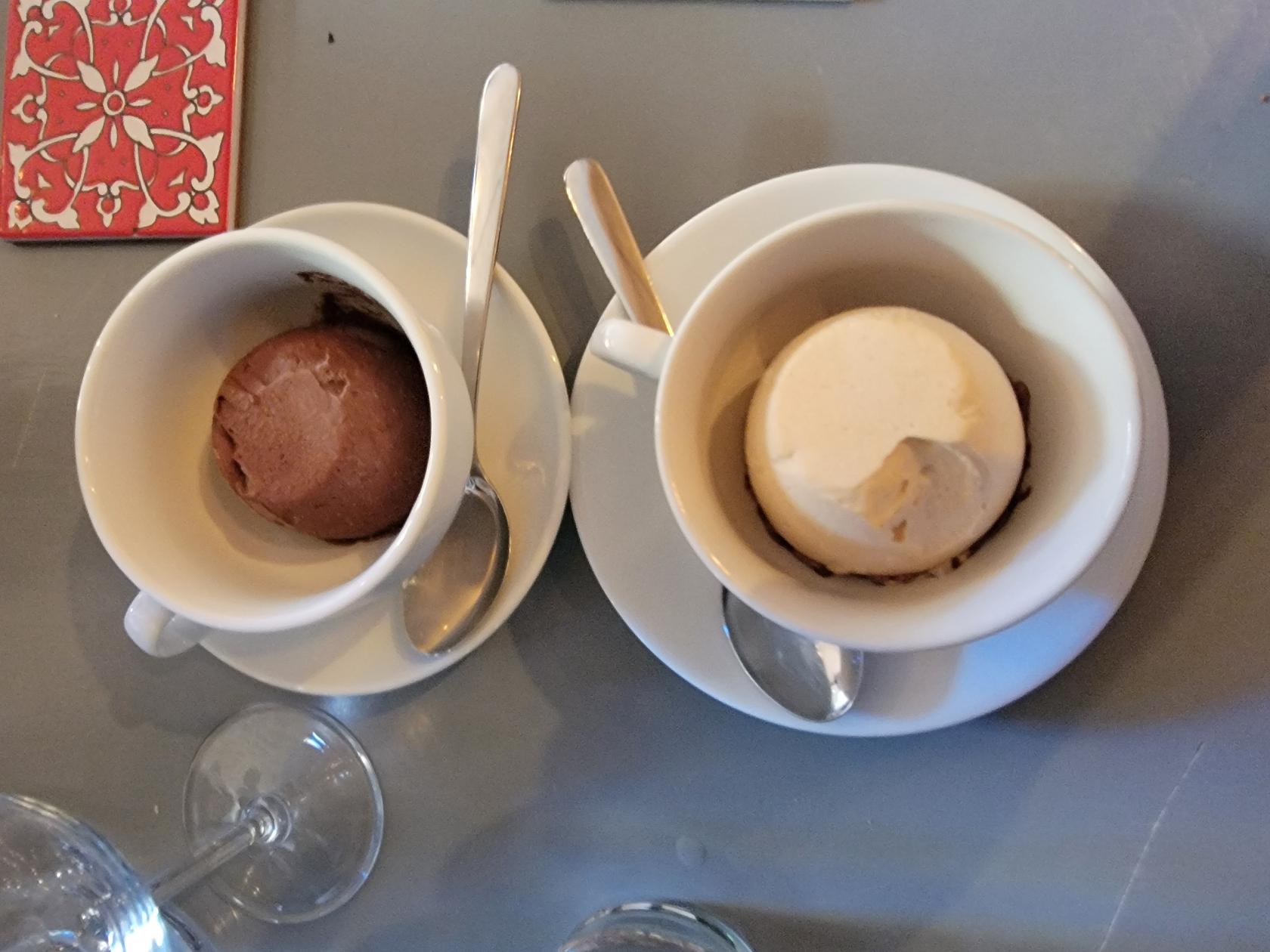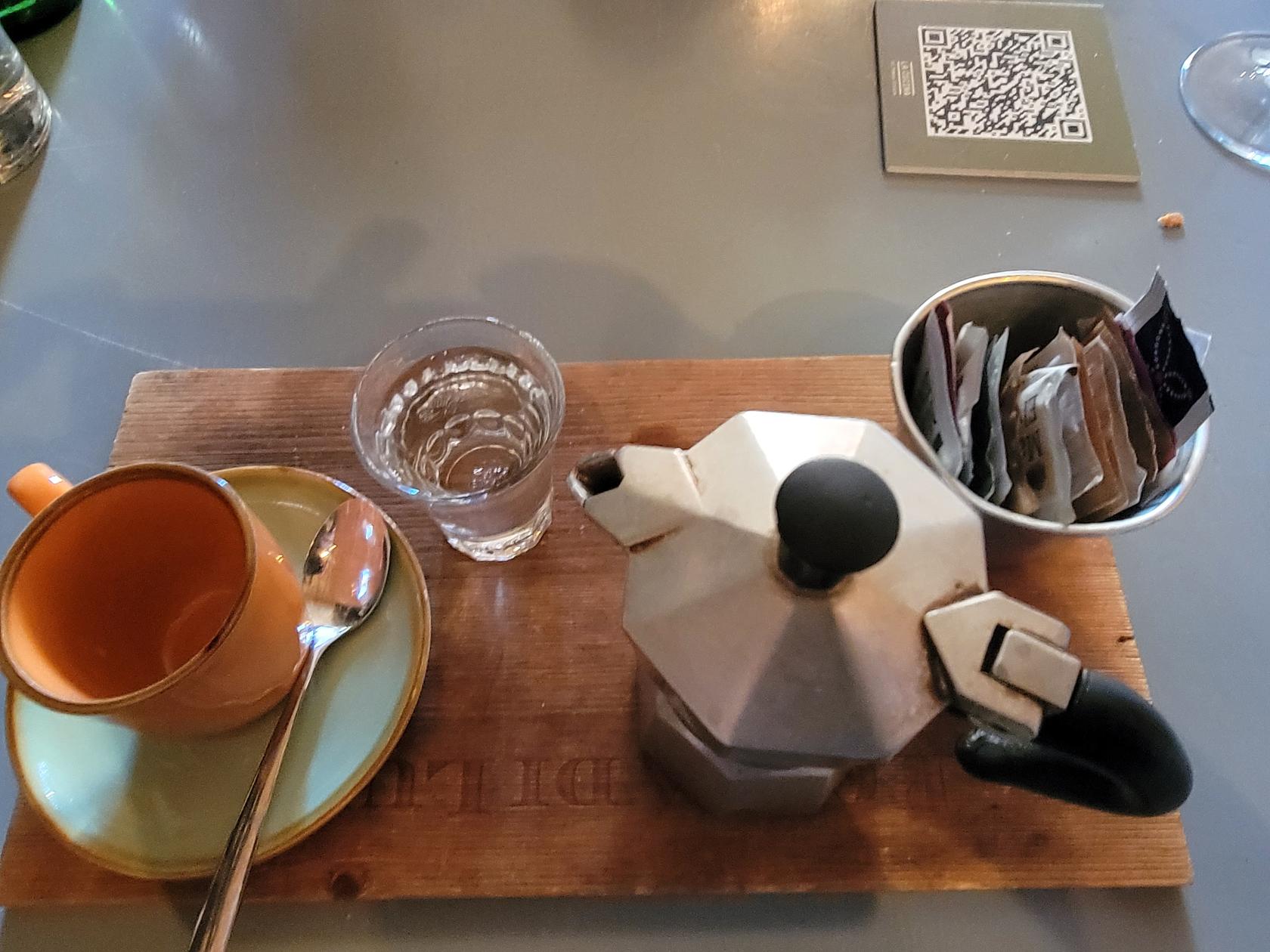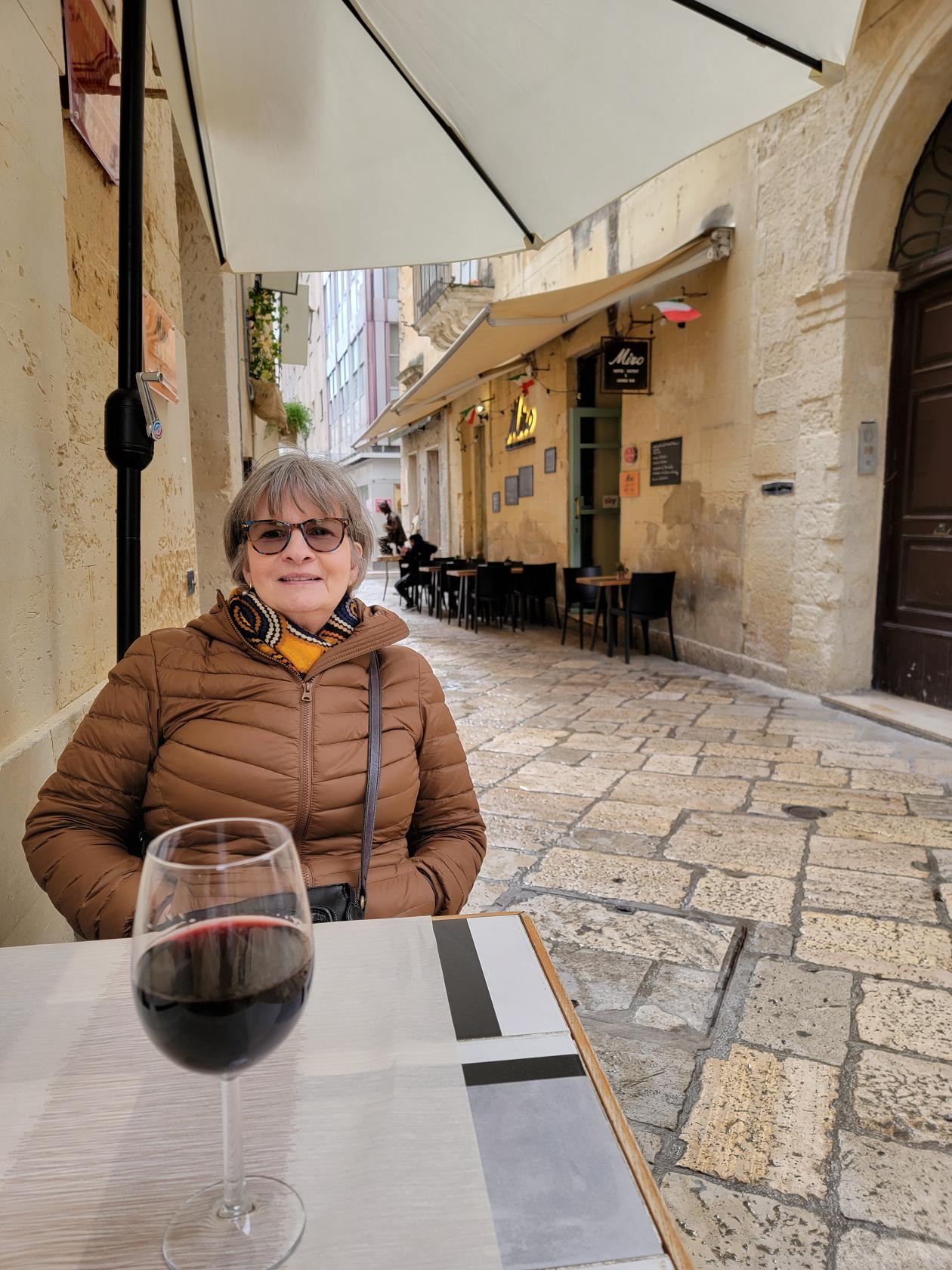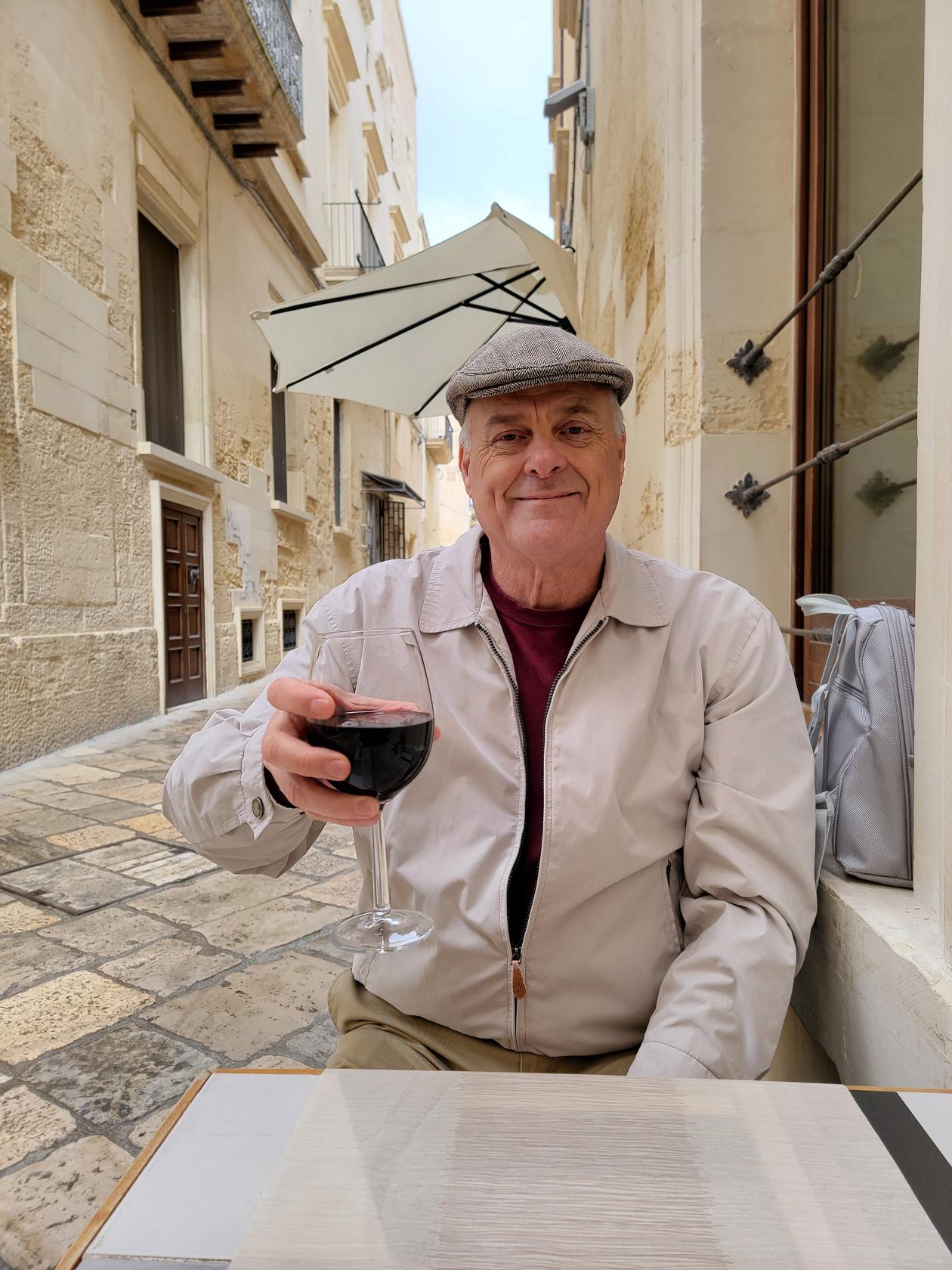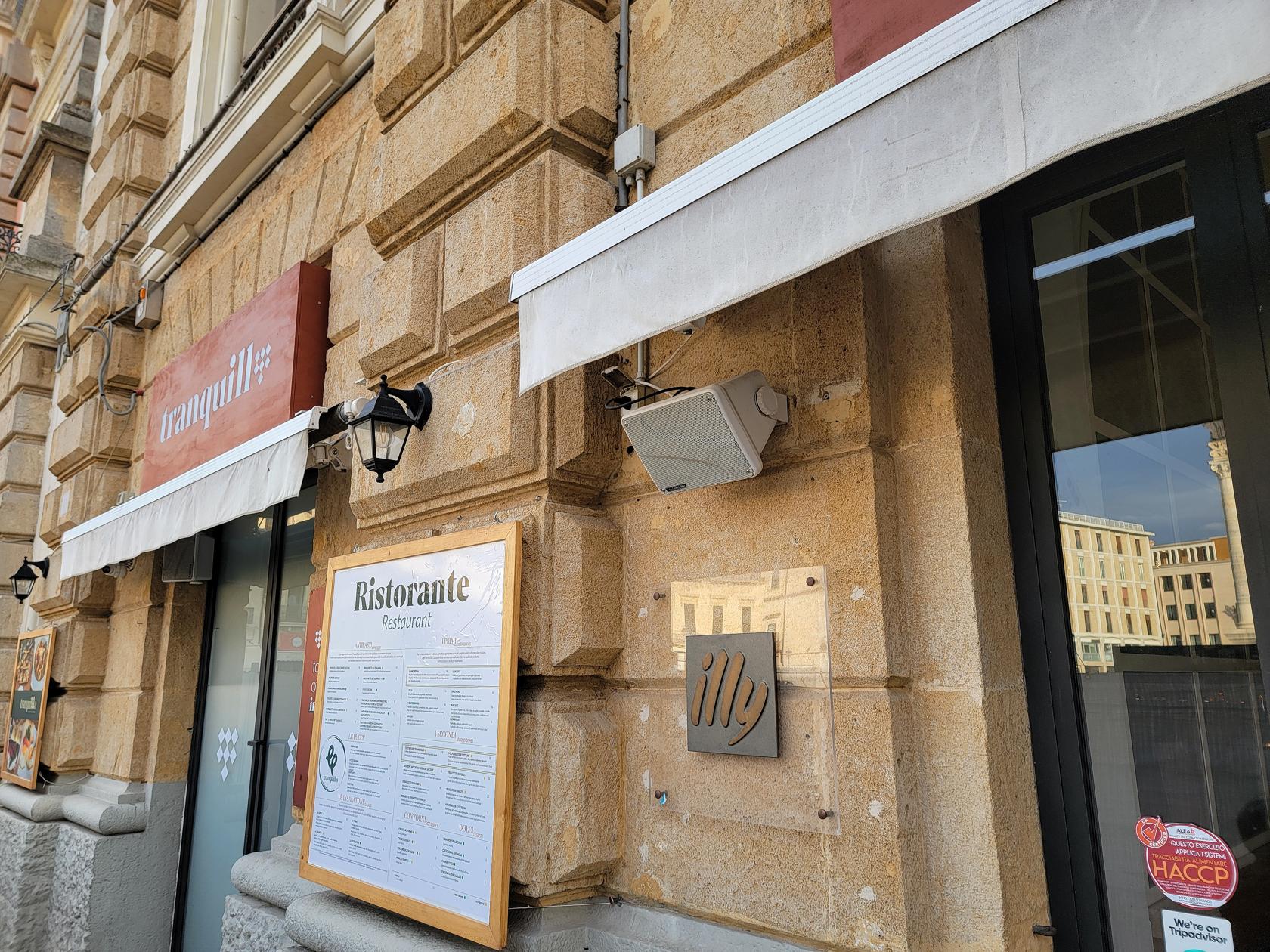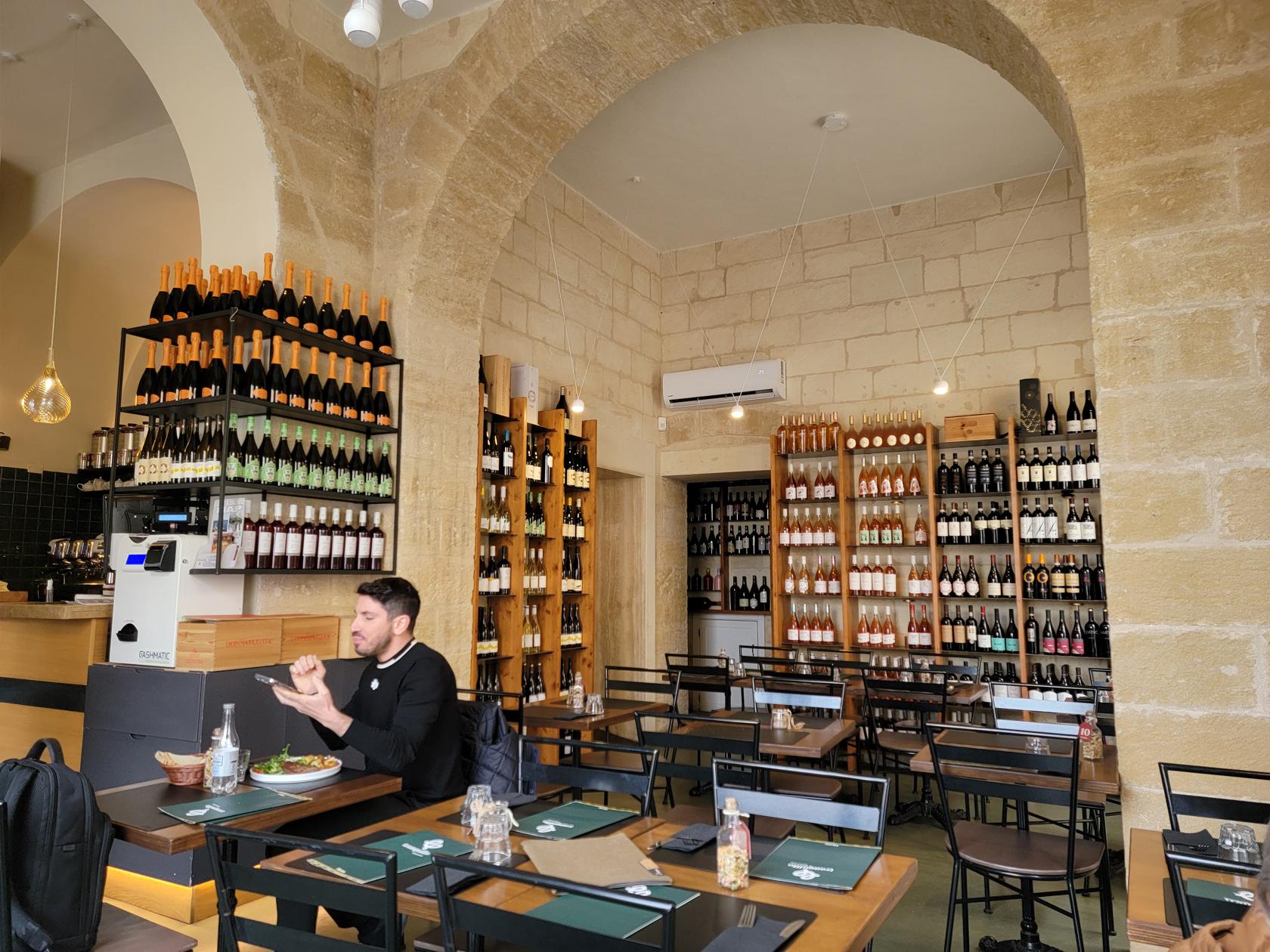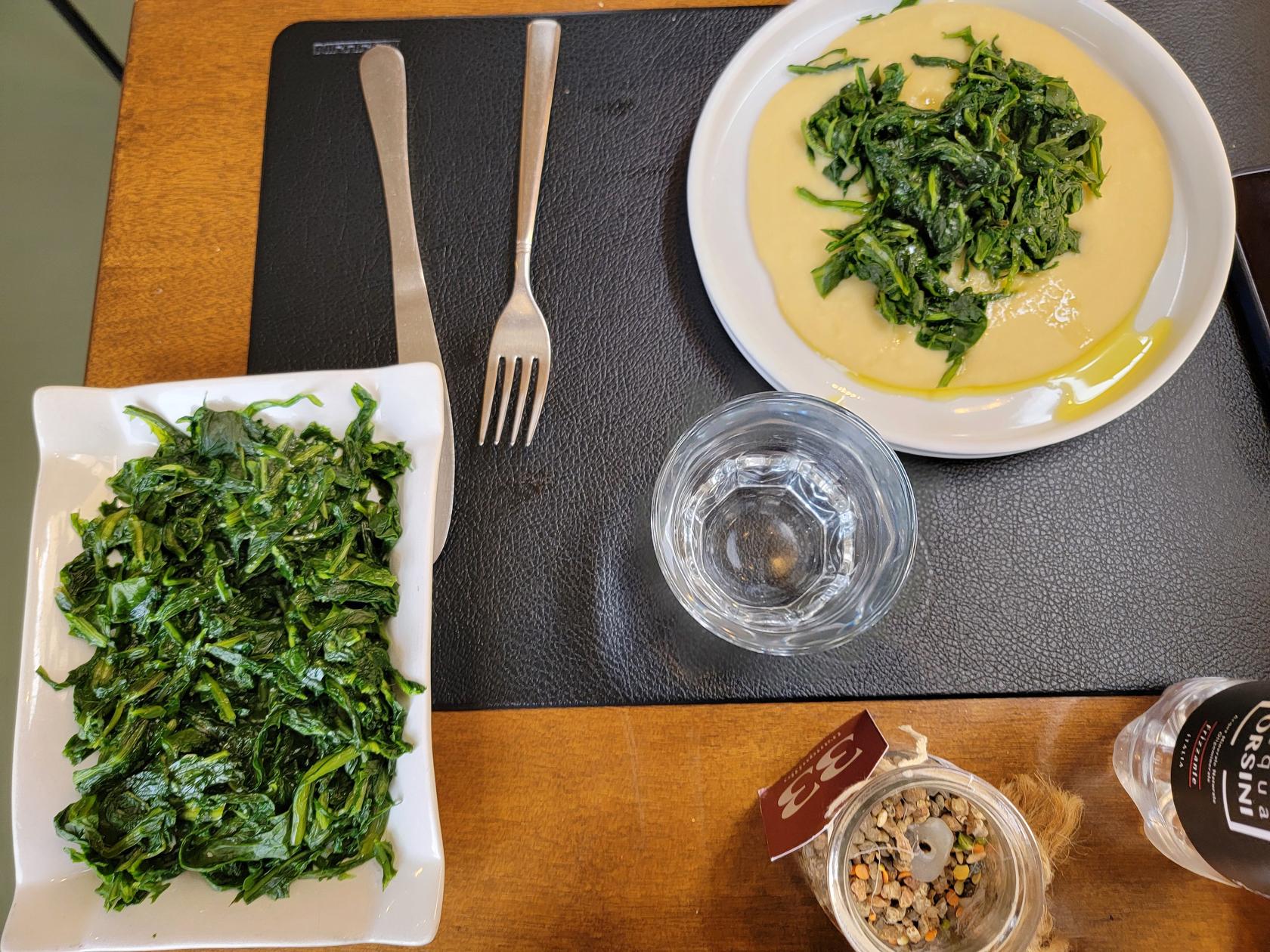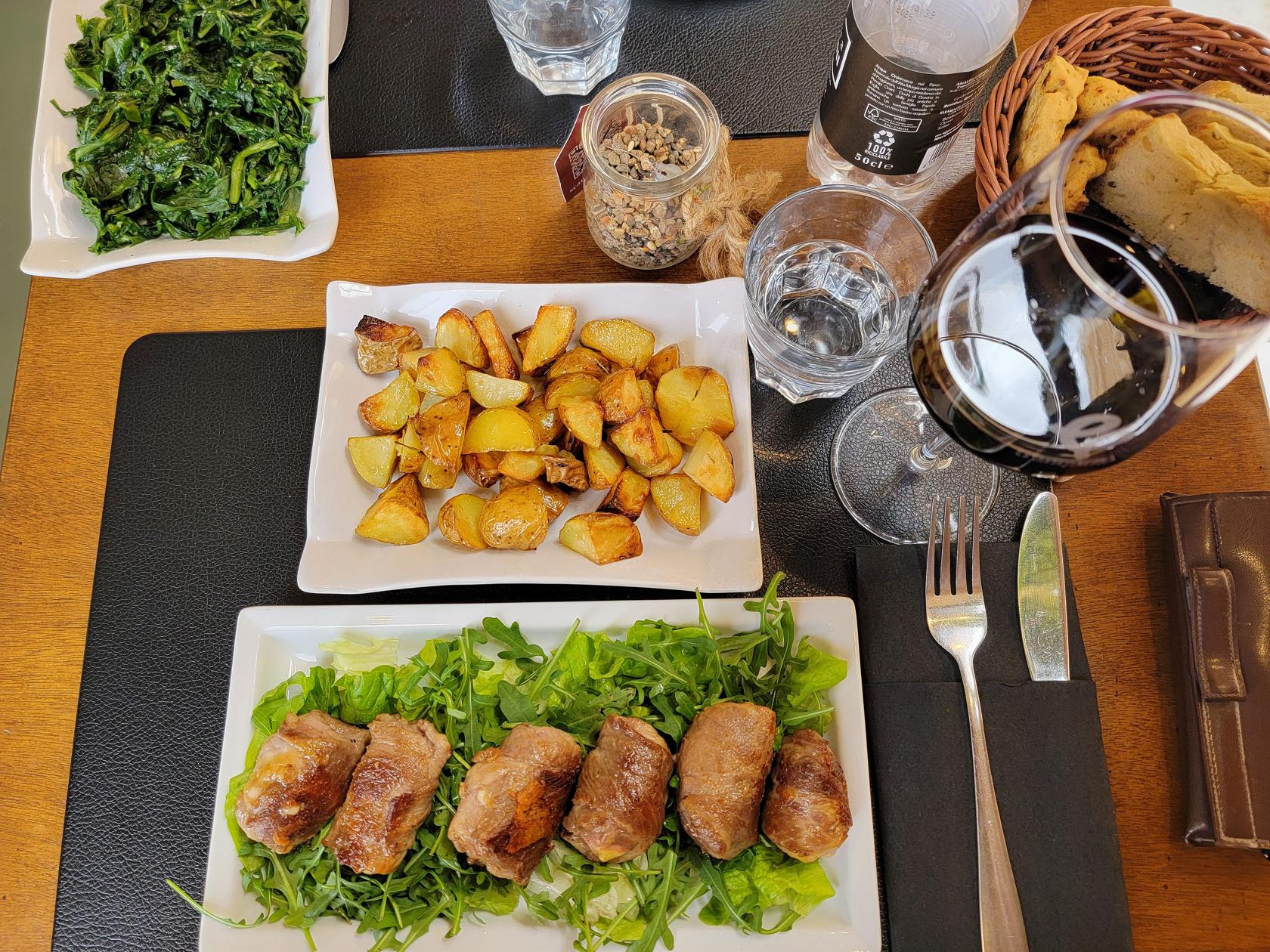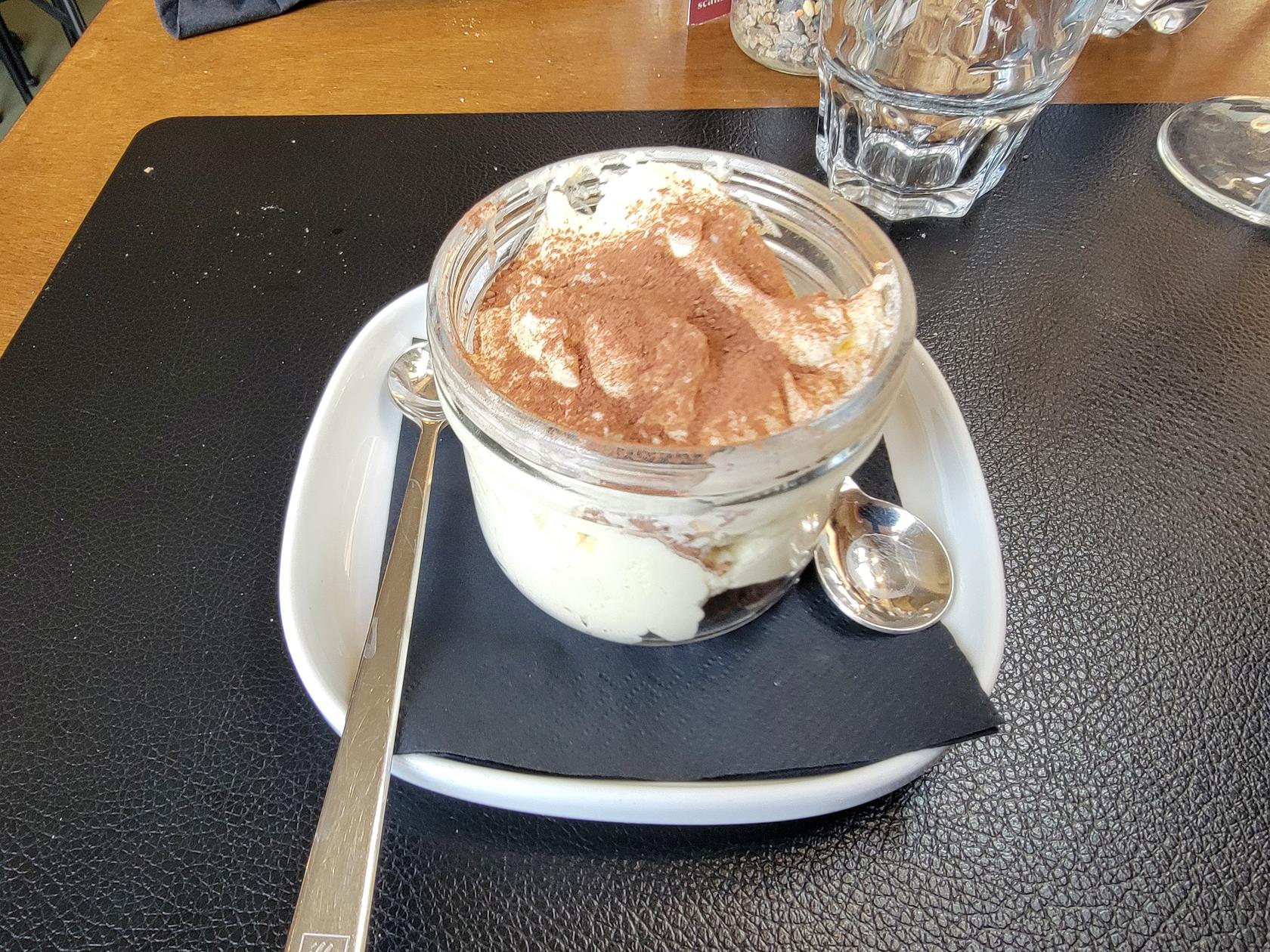Lecce, Italy – Florence of the South – Part Two
Though some people choose to ignore basilicas, cathedrals and churches for whatever reason, Lecce is home to more than just a few. It seems that with almost every bend in the street, there is another one waiting to be entered by the faithful or curious. The truth probably is, that most visitors are just that, visitors and tourists.
Lecce’s Basilicas, Cathedrals And Churches
The Basilica di Santa Croce was the first basilica or church we visited, only because that is where we purchased our tickets. Yes, the most significant basilicas and churches in Lecce have a fee, 10€ per person, which gives you two weeks of access to all the places listed on the ticket. As of this writing, the following were accessible[1]please note: the names may appear slightly different or abbreviated on your ticket:
-
-
- Basilica di Santa Croce
- Il Duomo – Cattedrale di Maria Santissima Assunta e Sant’Oronzo
- Cripta della Cattedrale
- Chiesa di San Matteo
- Chiesa di Santa Chiara
- Basilica di Santa Croce
- Museo Diocesano di Arte Sacra
- Museo Sigismondo Castromediano
- Biblioteca Bernardini – Convitto Palmieri
- Chiostro Antico Seminario – Palazzo del Seminario
-
Basilica di Santa Croce
The Basilica di Santa Croce is located on via Umberto I and was the first one church on the list that we visited, only because that is where we purchased our tickets.
Il Duomo – Cattedrale di Maria Santissima Assunta e Sant’Oronzo
The Duomo in Lecce is also referred to as the Cattedrale di Maria Santissima Assunta e Sant’Oronzo, or the Cathedral of Saint Mary of the Assumption and Saint Orontius, or simple the Lecce Cathedral, and is laid out like a proper Latin cathedral.
The impressive nave, crossing and transepts are in the Baroque style and do not resemble other more impressive Gothic Cathedrals you will find in Europe, nonetheless there are things to see!
There a multiple radiating chapels, altar and two rather elegant transepts that one should admire for some time.
The ceiling is also a marvel. Built from wood, it is intricately woven into a grand geometric pattern for anyone to enjoy.
Cripta della Cattedrale
The Cripta della Cattedrale, or the Crypt of the Cathedral, was restored in 2017 to its present condition. However, archaeological activities are still ongoing and work appears in some areas to have only started. The rest of the crypt, with the exception of a few painting, appears rather sterile.
Chiesa di San Matteo
The Chiesa di San Matteo, or Church of Saint Matthew, is small and very ornate and well decorated inside for its size. The marble was unquestionably carved by master craftsmen on top of their game.
Chiesa di Santa Chiara
The Chiesa di Santa Chiara , or Church of Saint Claire, is a beautiful Baroque church in Piazza Vittorio Emanuele II in Lecce. It has some marvelous side altars honoring some of the important saints from the area.
Museo Diocesano di Arte Sacra
The Museo Diocesano di Arte Sacra, or Sacred Art Museum, has a unique collection of religious artifacts of Catholic origins from the area.
Other Basilicas, Cathedrals And Churches
There are a number of other cathedrals and churches worth your attention. Most map applications and a good map from a hotel, B&B or rental may have them marked. As of this writing, none of these cathedrals or churches required any entry fee or donation.
Basilica Del Rosario E Di San Giovanni Battista
The Basilica Del Rosario E Di San Giovanni Battista, or the Basilica of the Rosary and of Saint John the Baptist, was under restoration when we visited. The outside appears to be falling the street and they have erected scaffolding to protect the public. Inside, the entire roof trusses under the crossing were under reconstruction. Aside from that, the inside was rather bare and actually looked like a construction site, so aside from the alters which are still in place, there is not must else to see.
Chiesa di Santa Maria della Grazia
Located directly across from the Roman amphitheater on via Ernesto Alvino and near the Castello Carlo V di Lecce (Castle Charles of Lecce) , is another excellent choice to visit.
Chiesa Del Gesu Del Buon Consiglio
Another church that you may enter for no fee is the Chiesa Del Gesu Del Buon Consiglio which is on the Strada Romana, or the Roman street, referred to today as Via Francesco Rubichi. The ornate altar and backdrop of the Apse is worth a stop. This along with the amazing wooden ceiling, these two things are demand some consideration and adoration.
Chiesa Di Santa Maria Della Provvidenza O Delle Alcantoarine
The Chiesa Di Santa Maria Della Provvidenza o Delle Alcantoarine, or the Church of Saint Mary of Providence or the Alcantoarine has a beautiful altar and wonderful Morena Glass chandelier along with a very simple interior.
Chiesa Di Santa Maria Della Porta O Di San Luigi Gonzaga
The Chiesa Di Santa Maria Della Porta O Di San Luigi Gonzaga, or the Church of Saint Mary of the Gate or of San Louis Gonzaga is another free church that you can stop in and admire very near to the Porta Napoli. Simple for its layout, its architecture is developed around a dome, rather than the traditional church layout.
Chiesa di San Niccolo dei Greci
Unable to enter, we were only able to take a photograph of the facade or outside of the church.
Cappella di San Gregorio Taumaturgo
The small chapel of Cappella di San Gregorio Taumaturgo is located very near to the Museo Diocesano di Arte Sacra, or Sacred Art Museum; in fact, it right at the end of that tour.
References
| ↑1 | please note: the names may appear slightly different or abbreviated on your ticket |
|---|
